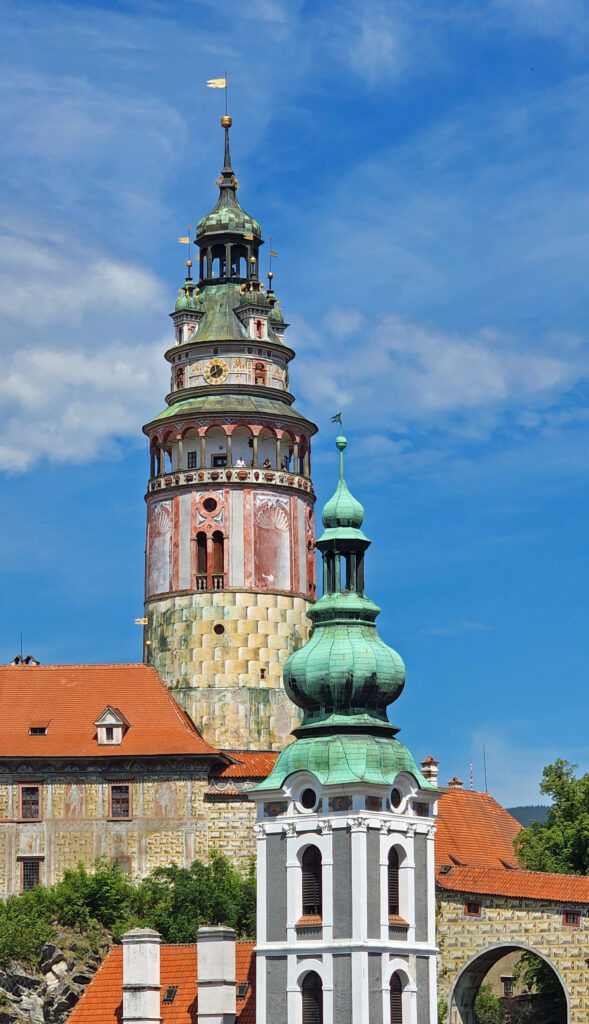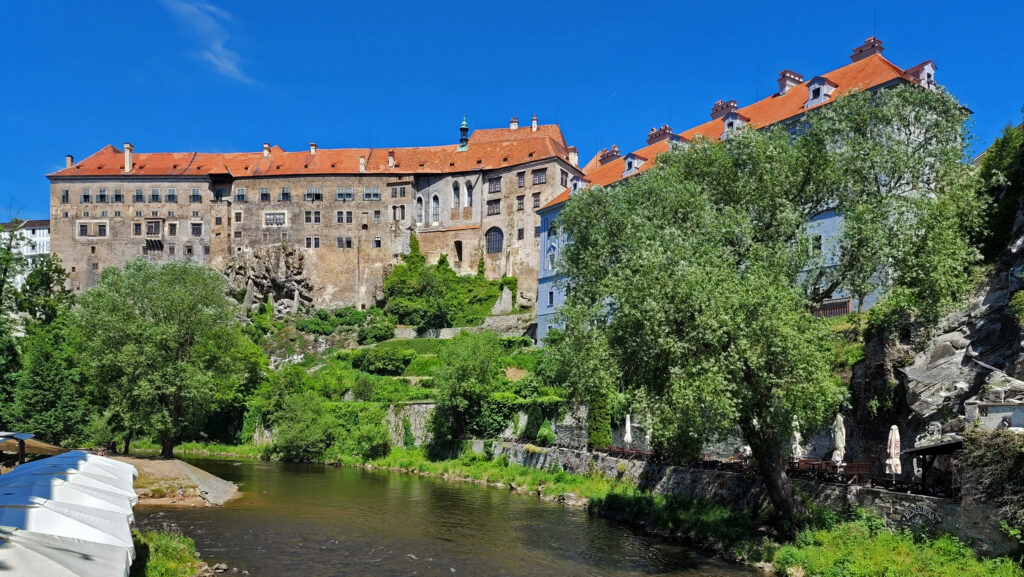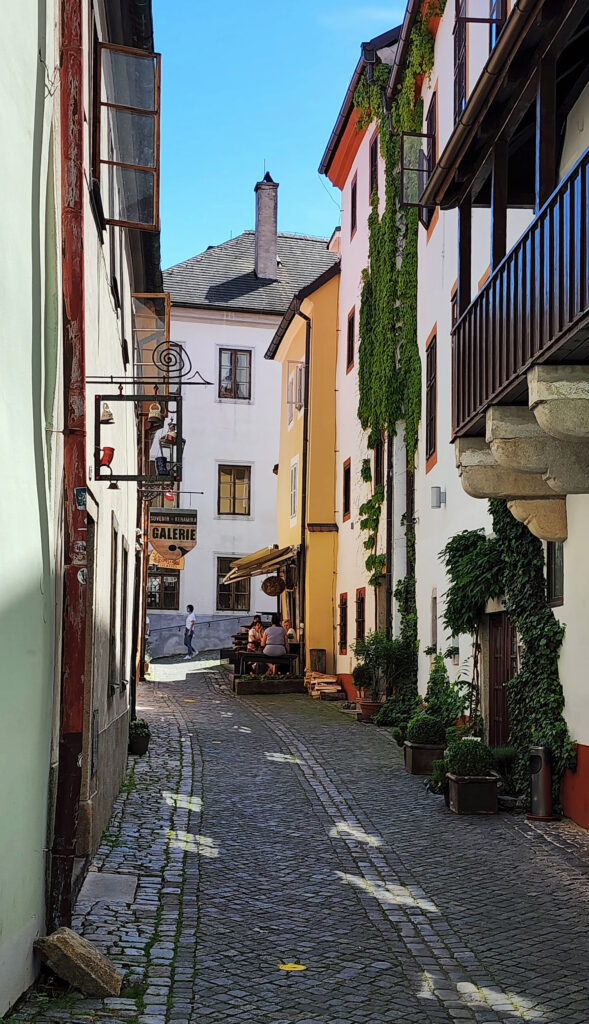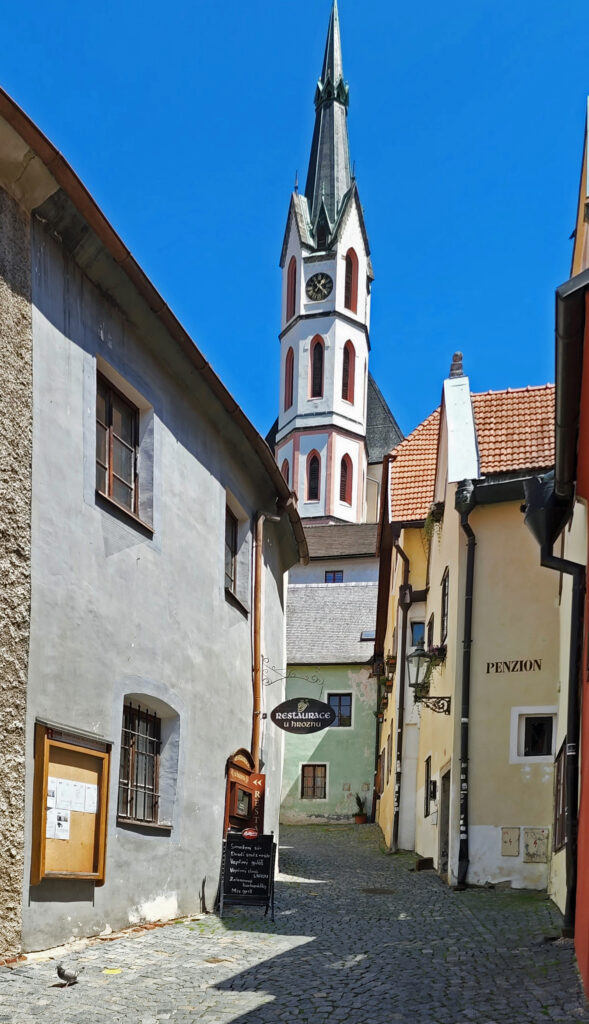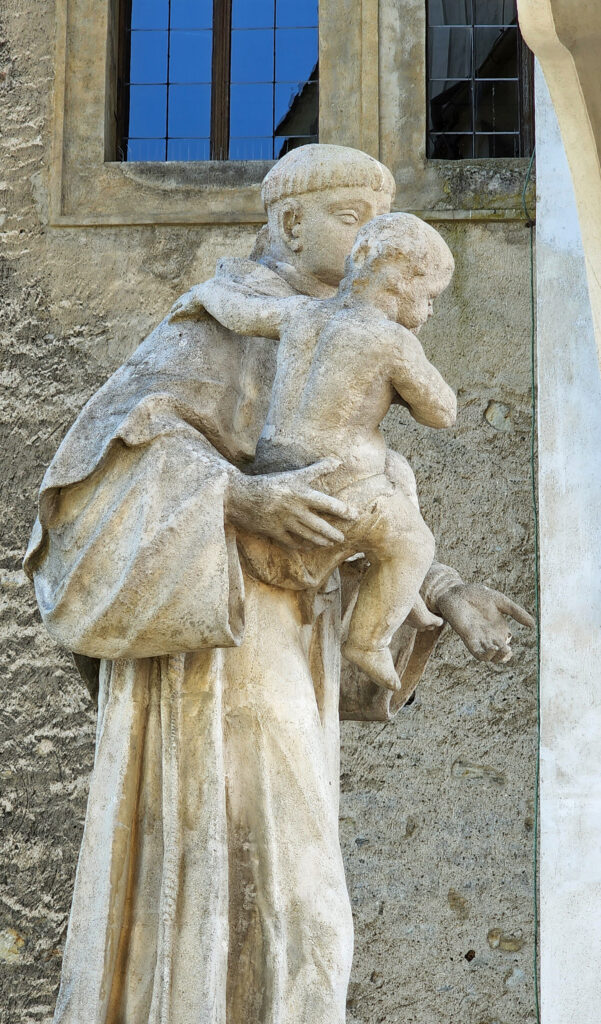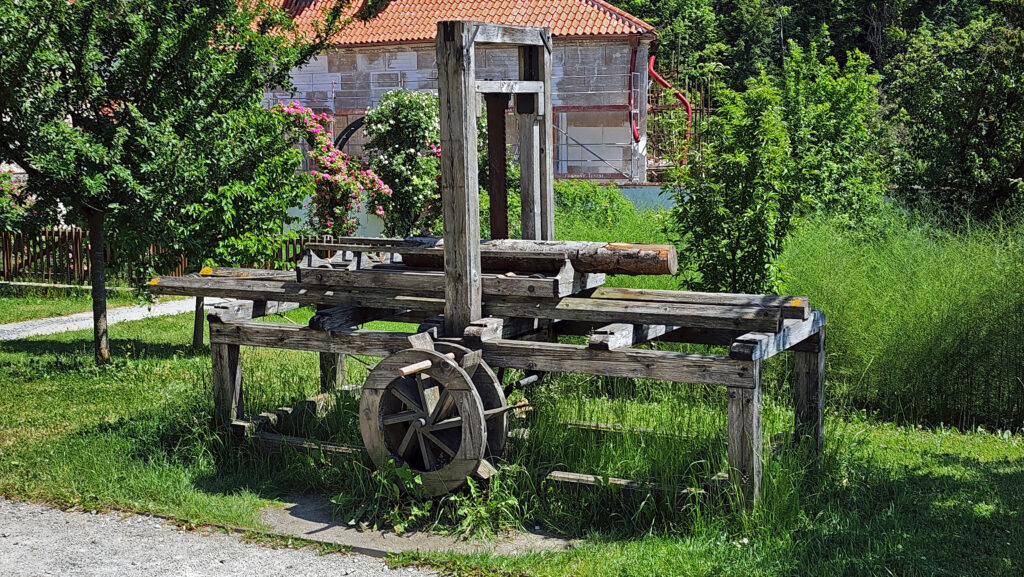by Alan K. Lee

Introduction
A TV travel show about ten or twelve years ago was my first introduced to Ronda, Spain. The spectacular canyon that splits the town made a memorable and lasting impression, and I was happy that my wife and I were able to fit a day trip to Ronda into our itinerary when we visited the Andalusia region of Spain last spring. Ronda is only about 40 miles (as the crow flies) west of Malaga, and since we were flying back from Malaga at the end of our trip, it only made sense to include a side trip to Ronda. Our day trip to Ronda also included a bonus stop in Setinel de las Bodegas.
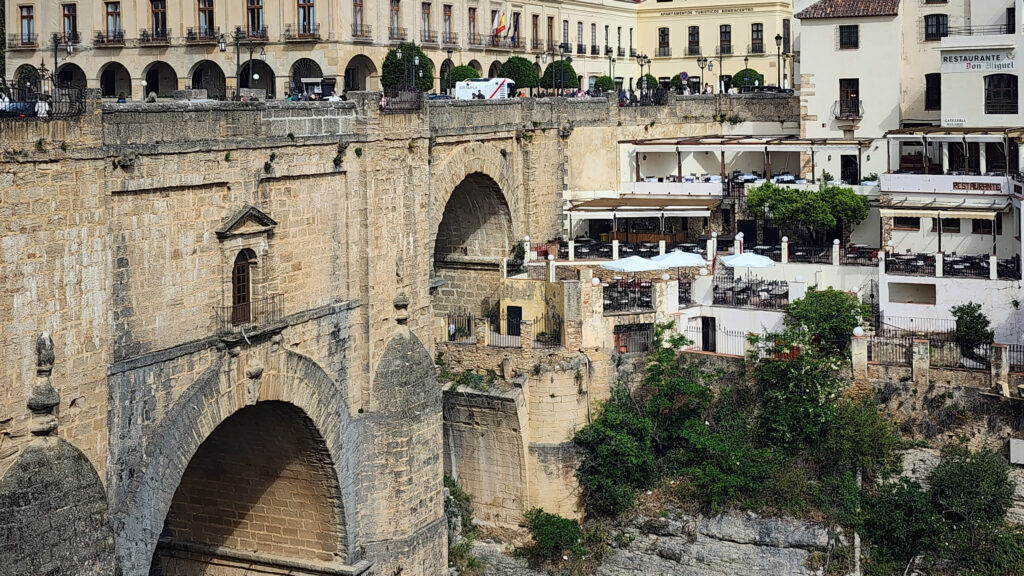
Ronda
Ronda is divided into two sections by the 400 foot deep El Tajo Canyon of the Guadalevin River. This deep, narrow, gorge is spectacular. There’s more to the city than that, of course, but El Tajo is the main tourist draw in Ronda.
If you arrive in Ronda by car, most on-street parking is free (per Rick Steves) but empty spaces may be hard to find near the New Bridge area. There is a parking garage just north of the Alameda de Tajo and an underground parking garage at the Plaza Socorro, a block east of the bullfighting ring.

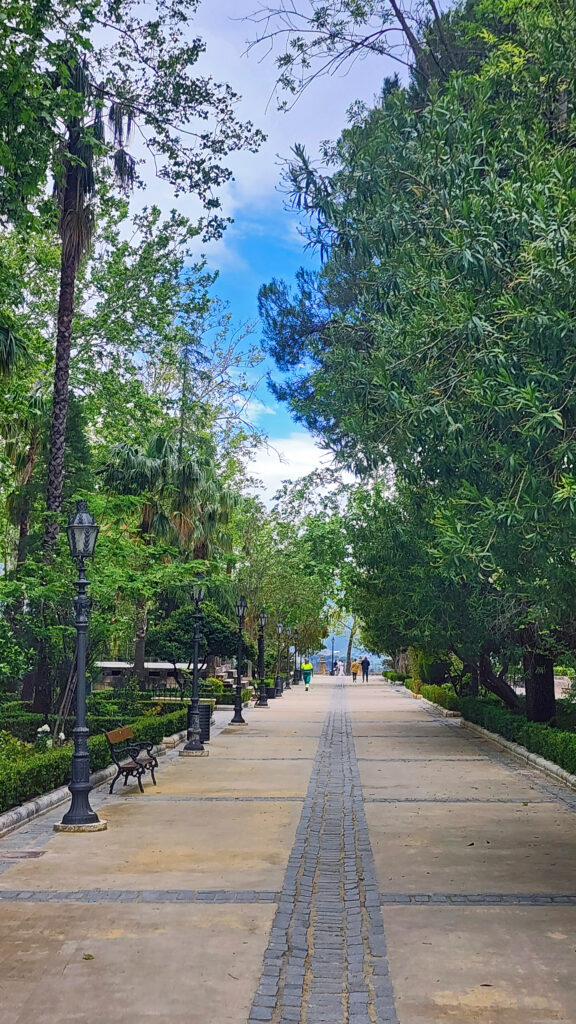
Most travelers arrive in Ronda by train or bus. From the train station it is a 15 minute walk to the New Bridge. After exiting the station, turn right onto the Avenida de Andalusia. In about a quarter of a mile, you’ll see the bus station on the right. Continue straight (the street becomes the Calle San Jose at that point), then turn left on Calle Jerez. You’ll pass the Church of Our Lady of Mercy on your right in the first block. Just beyond that, look for the Alameda del Tajo on your right. You’ll want to walk through the park to the edge of the Tagus Escarpment, a 400-foot high, nearly vertical cliff, where you’ll find your first of many viewpoints.
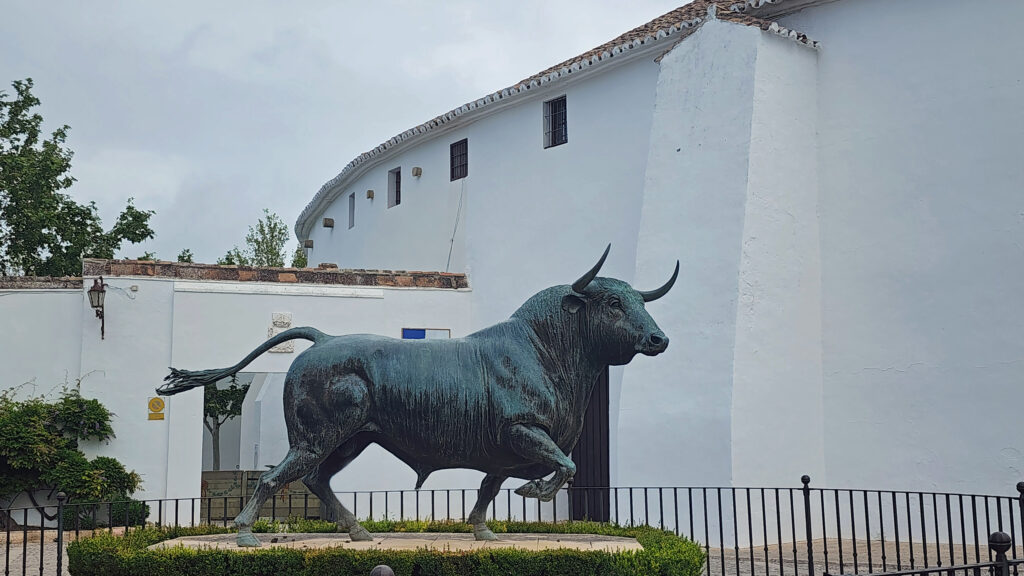
Follow the walkway along the edge of the cliff to the Bullring of the Royal Cavalry of Ronda (officially the Plaza de Toros de la Real Maestranza de Caballeria de Ronda), the oldest bullring in Spain (constructed in 1793). Adult admission to the bullring and the small museum there is 9€.
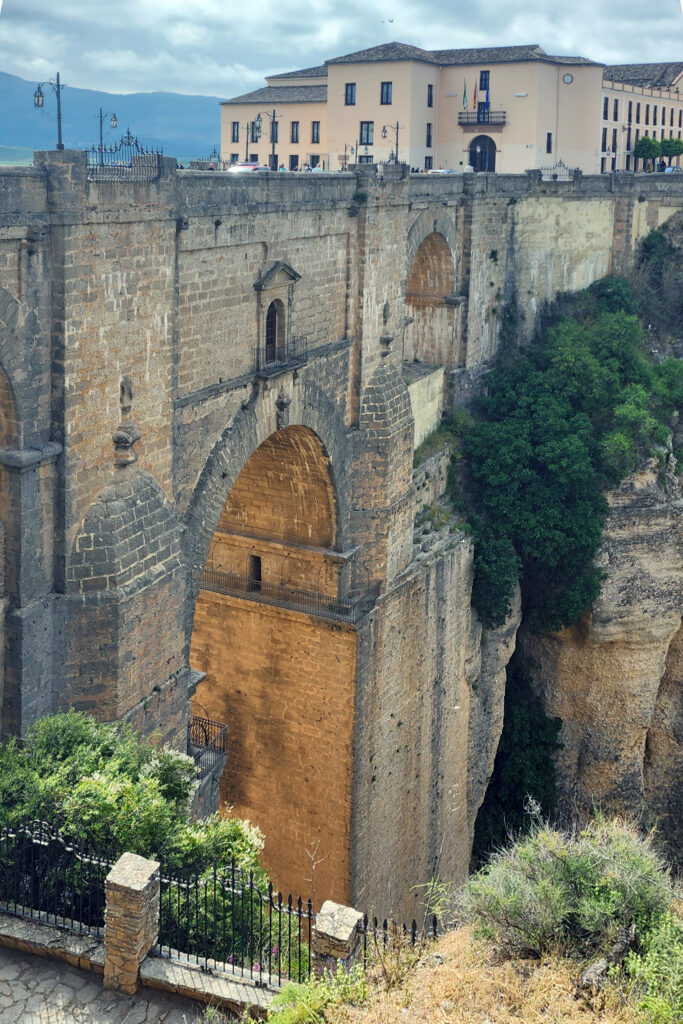
Past the bullring, take a right to the Mirador de Ronda, the second viewpoint you’ll encounter, and then make your way to the New Bridge. Approaching the New Bridge on the Calle Arminand, you’ll pass the Parador de Ronda, the old town hall, now a hotel, on your right. Just beyond the Parador, there is a walkway to the Paseo de Kazunori Yamauchi where you can see the west end of the El Tajo Canyon and the New Bridge. For a small fee, you can also descend a stairway into the structure of the bridge itself.
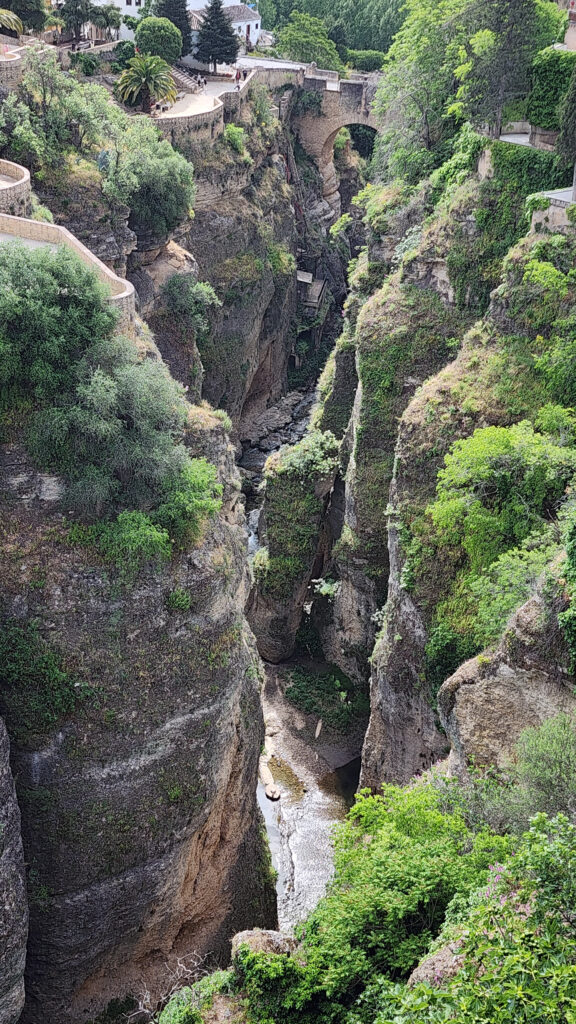
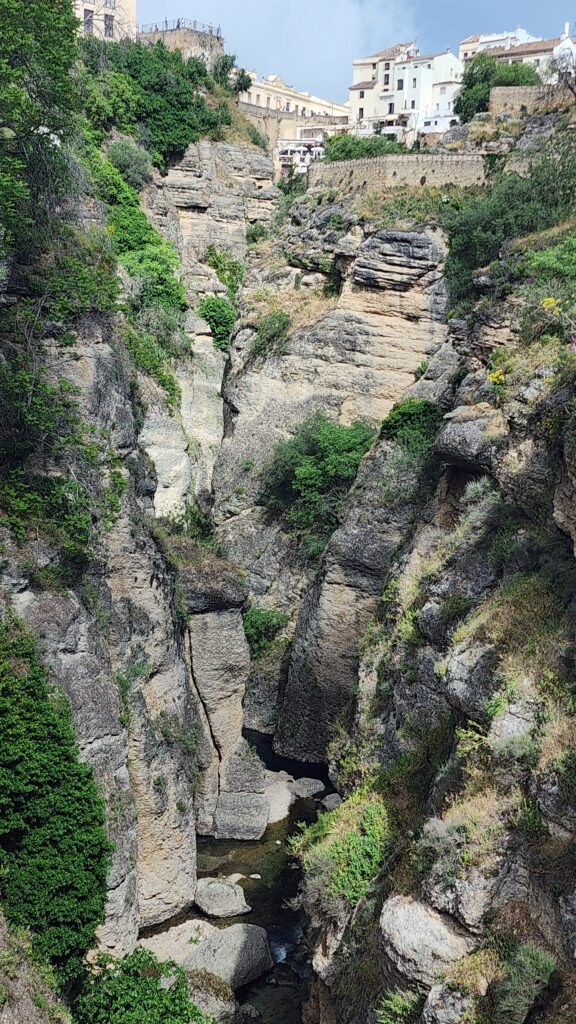
Cross the street and walk across the bridge, then take a left to another spectacular viewpoint, this one looking upstream and down into the canyon. If you want to descend into the canyon, which my wife and I did and which I recommend, provided you are in good enough condition to climb the 400 feet back up to the top, take the first left on the south side of the bridge and follow Calle Cuesta de Santa Domingo steeply downhill.
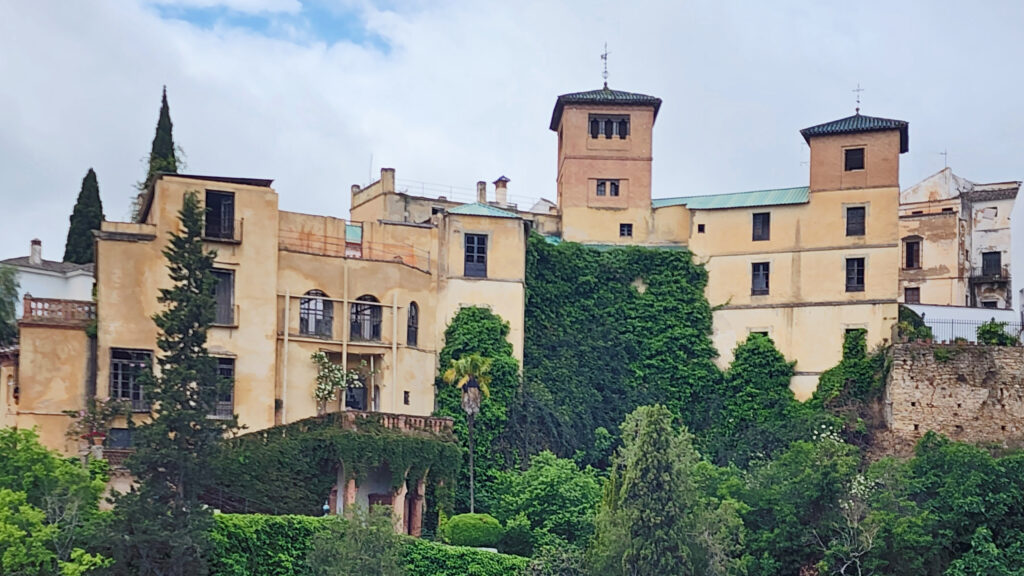
In about 300 feet you’ll come to the misnamed Casa del Rey Moro (House of the Moorish King). The house was built long after the Moors were driven out of Spain. Here you can pay a 10€ entrance fee to get to a set of 260 steps leading down to what is called the “water mine” at river level. (The house itself is closed to the public). Or do as we did, continue on the street down to the Old Bridge.
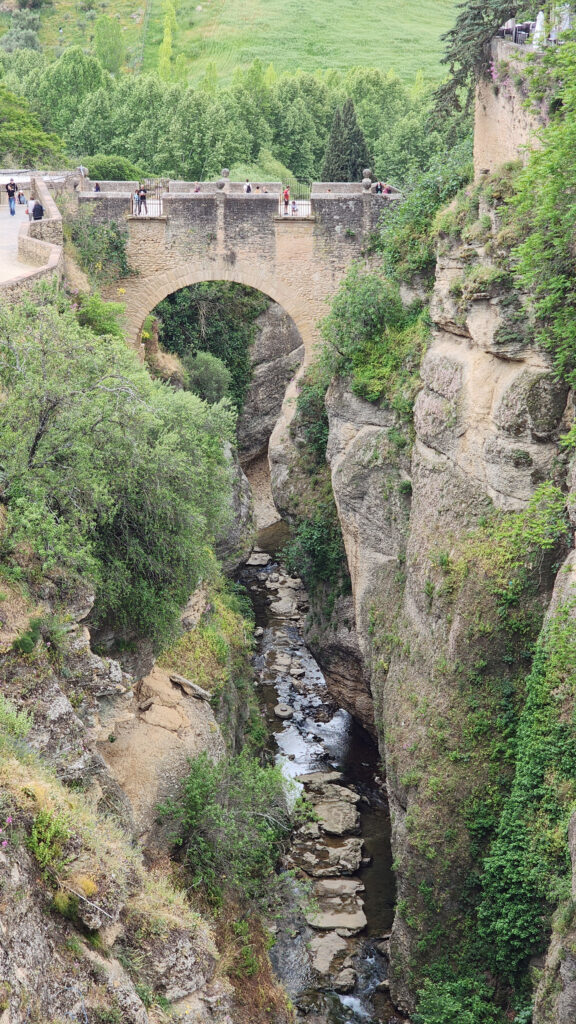

There are three bridges crossing the Guadalevin River. The lowest of the three, the Roman Bridge (Puente Romano) is almost at river level and is also the oldest. It is also called the Arab Bridge (Puente Arabe) and Puente San Miguel. The foundation of the bridge is Roman and the rebuilt structure of the current bridge dates to the Islamic era. The middle, or Old Bridge (Puente Viejo), spans the canyon about 100 feet above the river and provides good views into the canyon. Despite being called the Old Bridge, it was built in 1616, making it much newer than the Roman Bridge.

The most spectacular of the three, the New Bridge (Puente Nuevo) spans the top of the canyon, 390 feet (120 meters) above the river. The canyon here is twice as deep as it is wide. The bridge was completed in 1793, so “New Bridge” is also a bit of a misnomer.
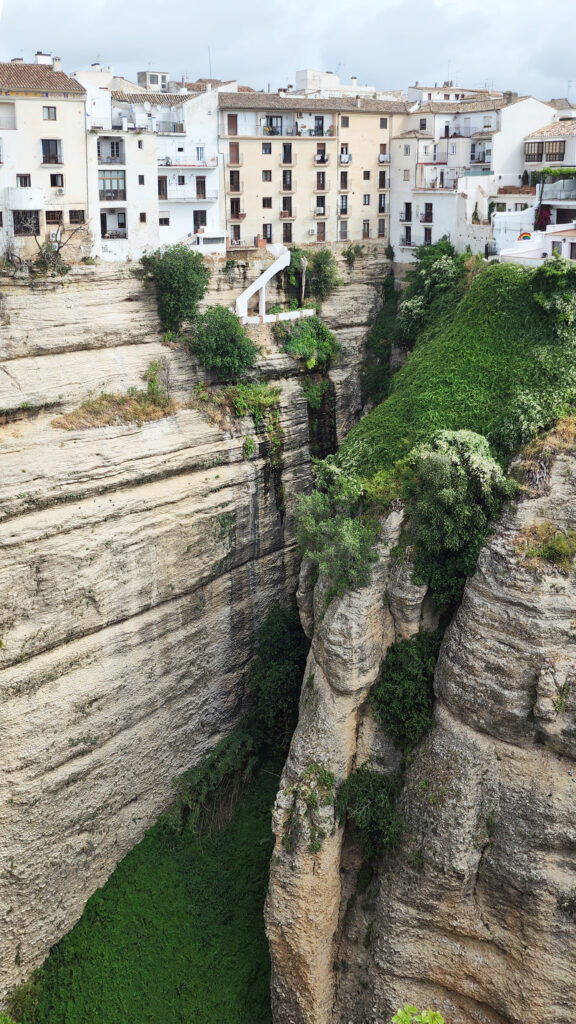
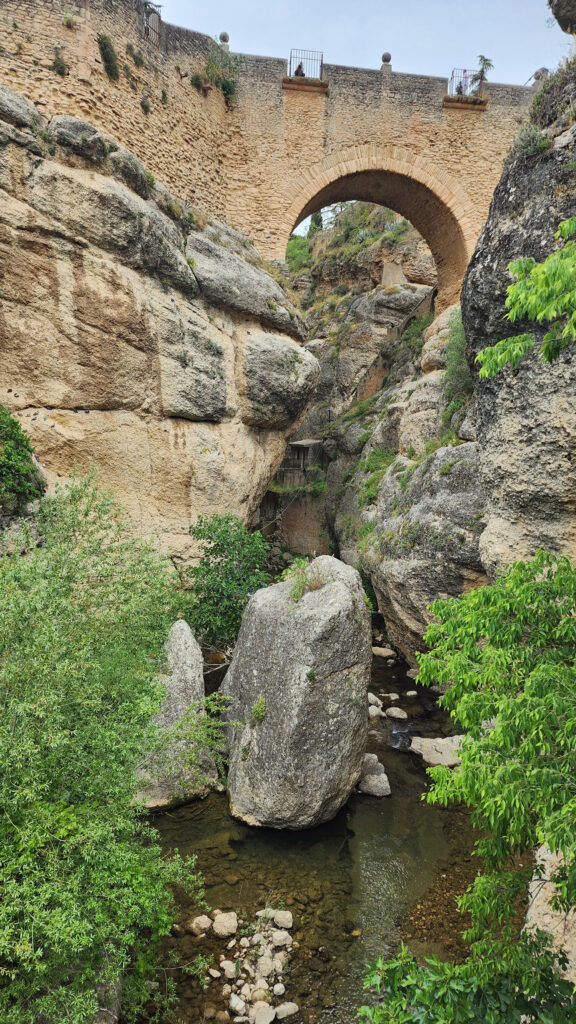
From the Old Bridge, you can return to the New Bridge on a stairway and walkway on the opposite side of the canyon. We continued down to the Roman Bridge, though. At the bottom, you’ll find the Arab Baths to your right. Adult admission to this well-preserved archeological site is 4.50€, with discounts for students and seniors, and no charge for children under 14. We did not go in (we had four hours on our own in Ronda, but there’s a lot to see), but if you have an interest in history or architecture, it’s a cheap ticket. From the Roman Bridge, we retraced our steps, crossed the Old Bridge, and climbed back up to the top.
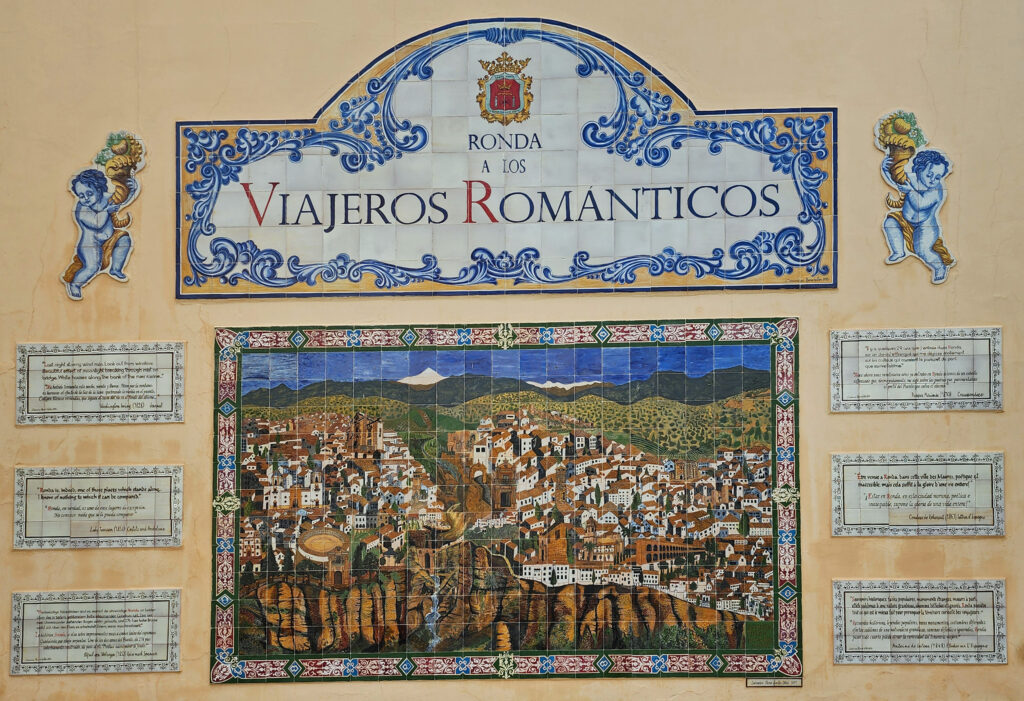
After having lunch at one of the many cafes in Ronda, we crossed back over the New Bridge and made our way to the Plaza de Maria Auxiliadora, where there are stairs and a paved path leading down the face of the escarpment to the New Bridge Viewpoint (Mirador de Puente Nuevo). There is a small charge to get out to the viewpoint, but you can also keep going down a steep trail to the free Giraffe Rock Viewpoint and Arab Arch. The views are well worth the effort required to climb back up.
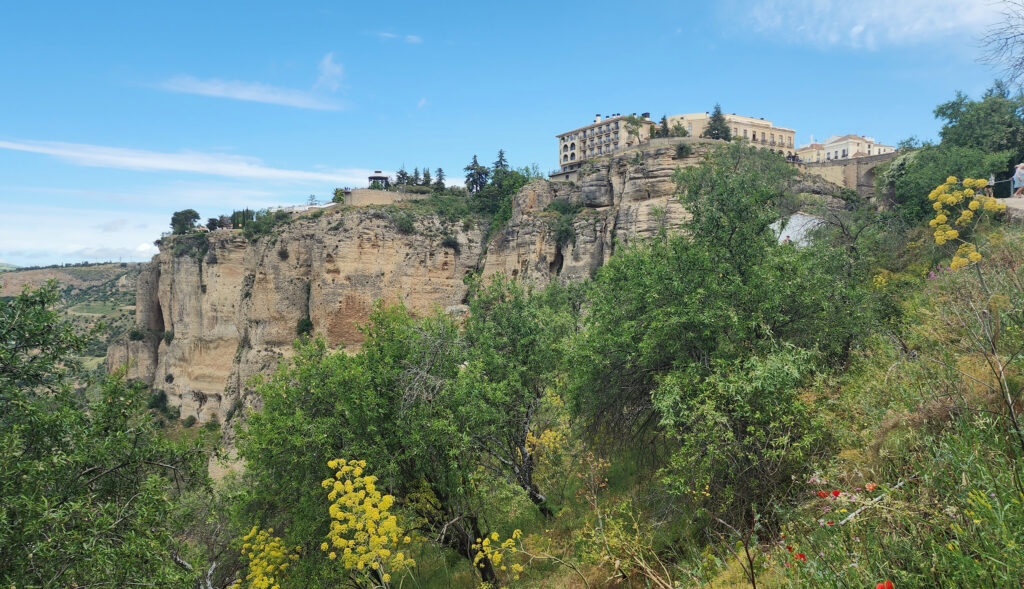
That was all we had time for, so it was back to the bus station from there. All told, our half-day in Ronda was one of the highlights of our trip, but we could easily have spent a whole day, or maybe two, there and not run out of things to see and do. If you’re thinking of visiting Ronda, I’d suggest staying at least one night in the city. If nothing else, you’d have an evening and a morning without the crowds of day-trippers (like us).
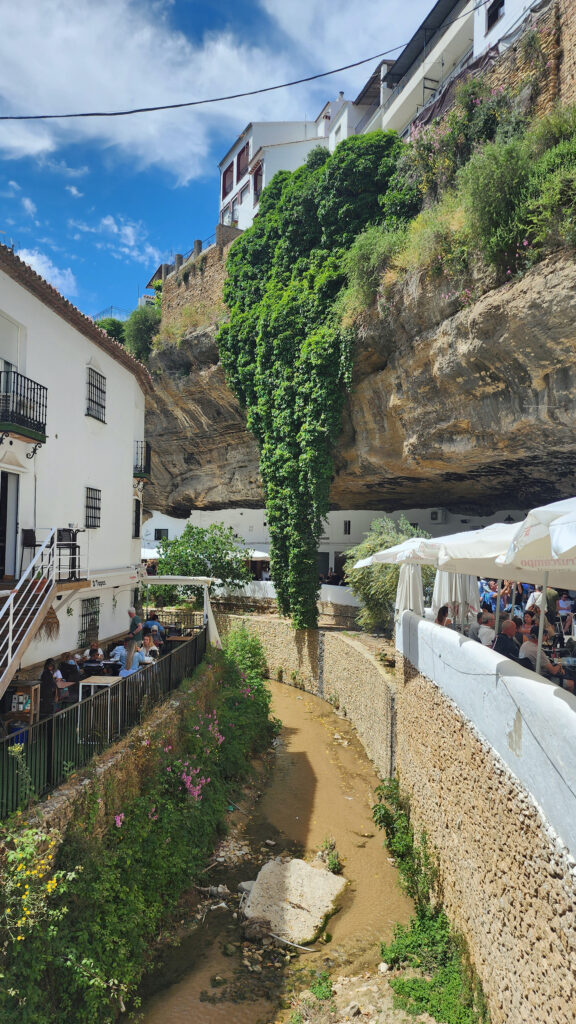
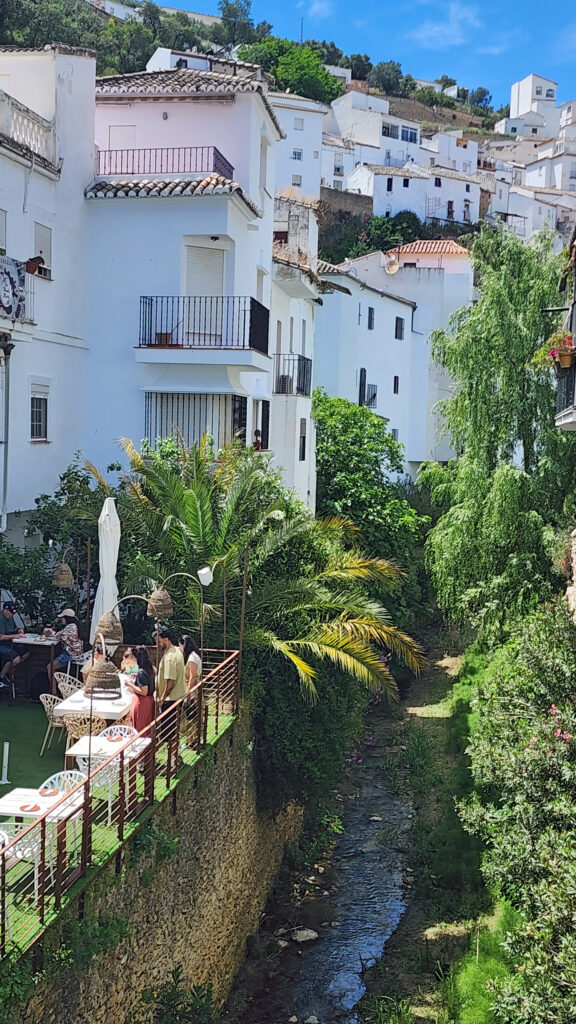
Setinel de las Bodegas
Our tour included a stop at Setinel de las Bodegas on our way back to Malaga. Part of the town is built into the side of cliffs that line the Rio Trejo running through town. The cliff face overhangs the shops and parts of the street along the creek.
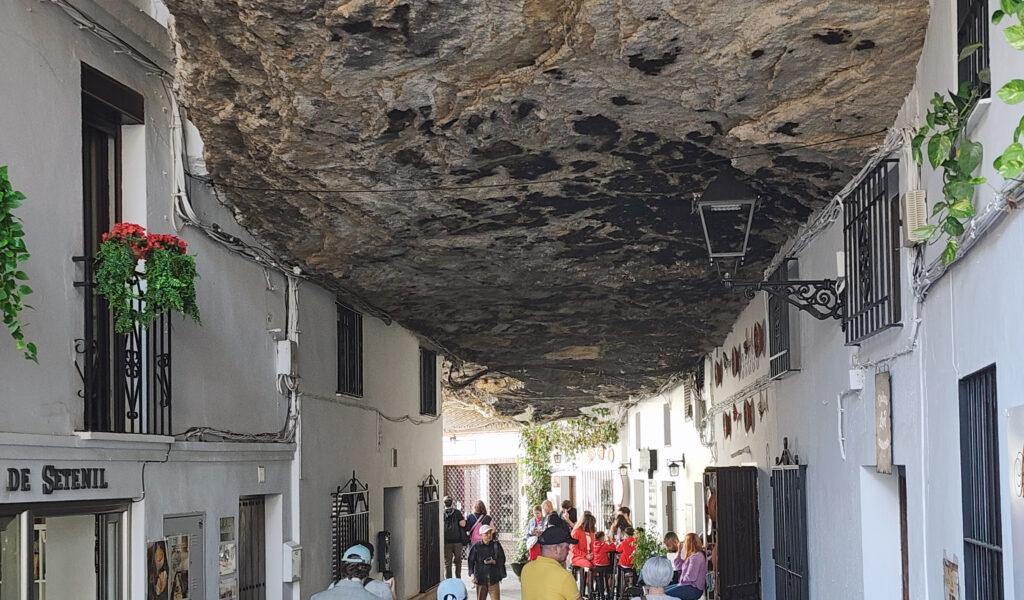
The ceilings and back walls of the shops are solid rock, and the overhang is wide enough that the fronts of the shops on the river side of the street extend up to the overhang in one section, making the street appear to be a tunnel through the cliff face. Quite a unique and interesting place.
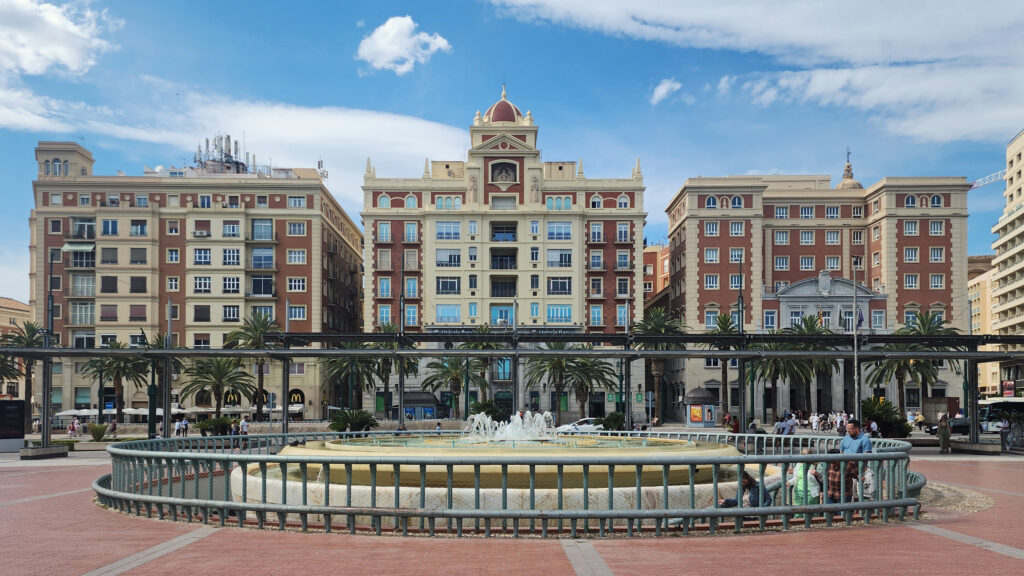
Malaga
We included Malaga on our itinerary only because it has an international airport with easy connections to the US west coast through London. The chief attraction of Malaga is probably its many sun-drenched Mediterranean beaches, but we didn’t make it to any of them. We found the city had enough other attractions, though, to merit spending a couple of nights there even without dipping our toes in the Mediterranean.
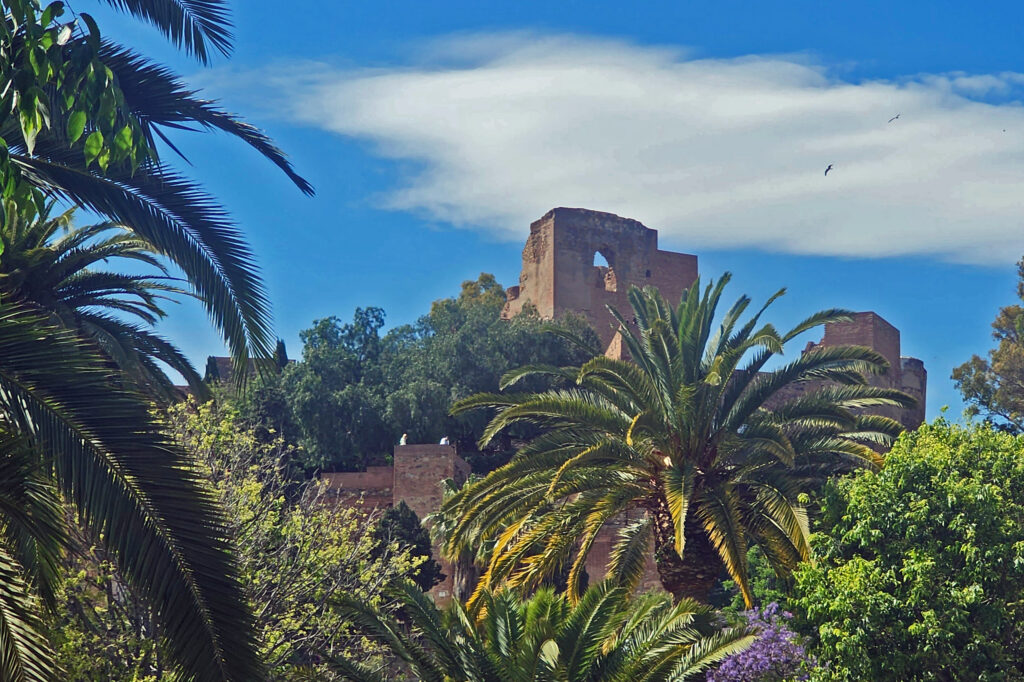
The harbor front is very touristy, but there is a nice city park across the street and the ruins of a hilltop castle overlooking the harbor. We didn’t get up to the castle, but we did find a beautiful old church that we were able to explore and photograph, and the city has some interesting architecture. We found a nice cafe to get a bite to eat and a beer to quench our thirst (even in early May it was quite warm there), and a gelato shop in the downtown area.
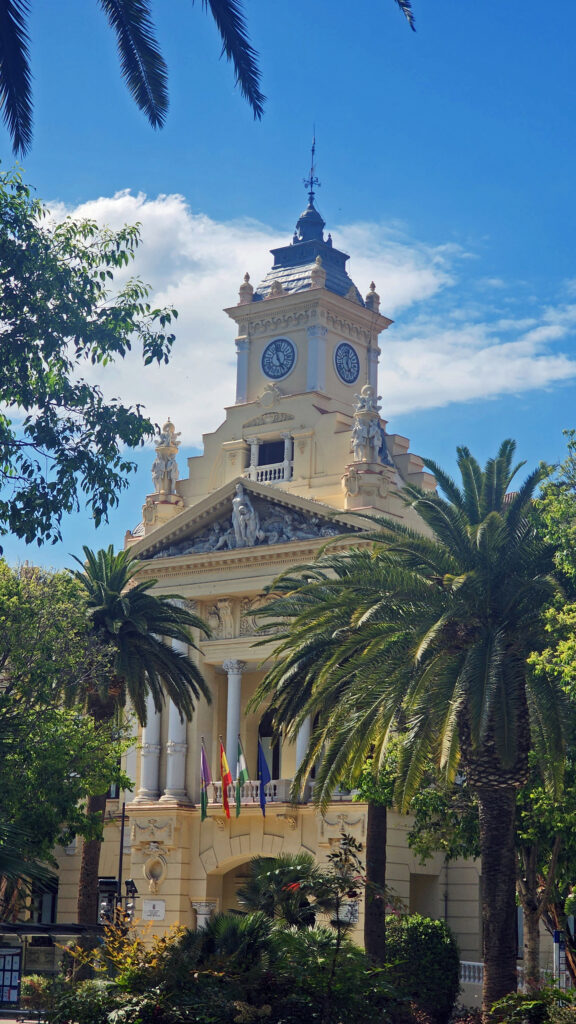
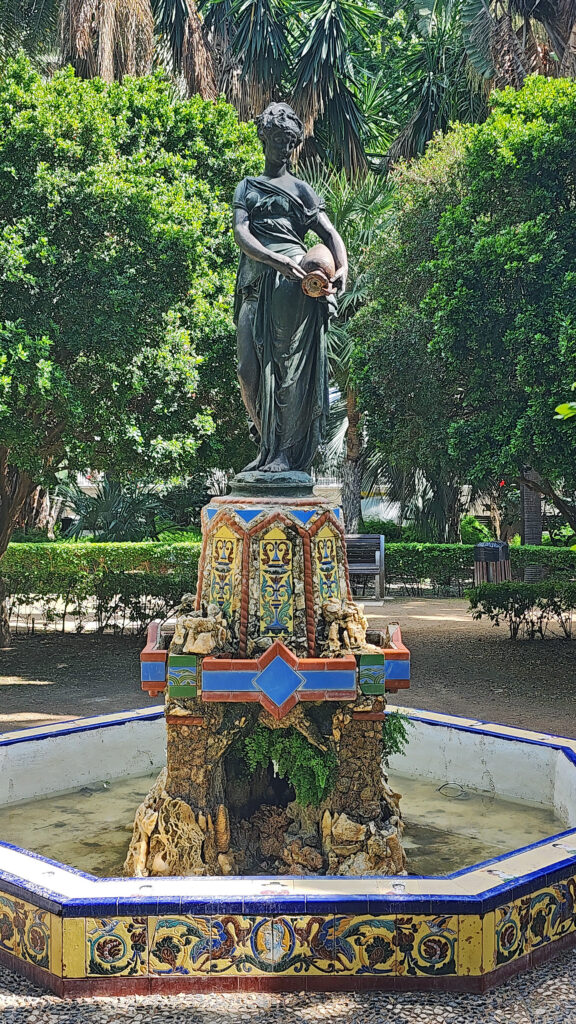
The Parque de Malaga runs for about half a mile along the Paseo de las Curas, the main street along the harbor front. We spent an hour or so wandering the park’s paths and enjoying the flora and the many fountains and sculptures.
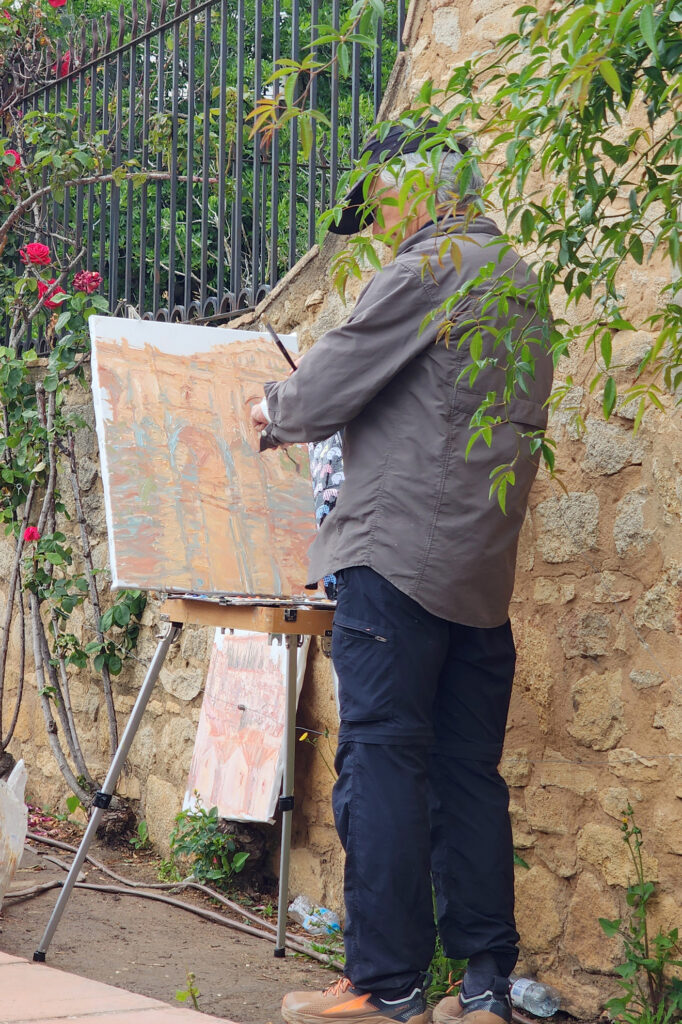
Conclusion
Ronda is an easy side trip from Malaga, Seville, or Cordoba, Setinel de las Bodegas is a nice addition, and Malaga has some attractions of its own beyond the Mediterranean seashore. It was a nice way to end our trip.
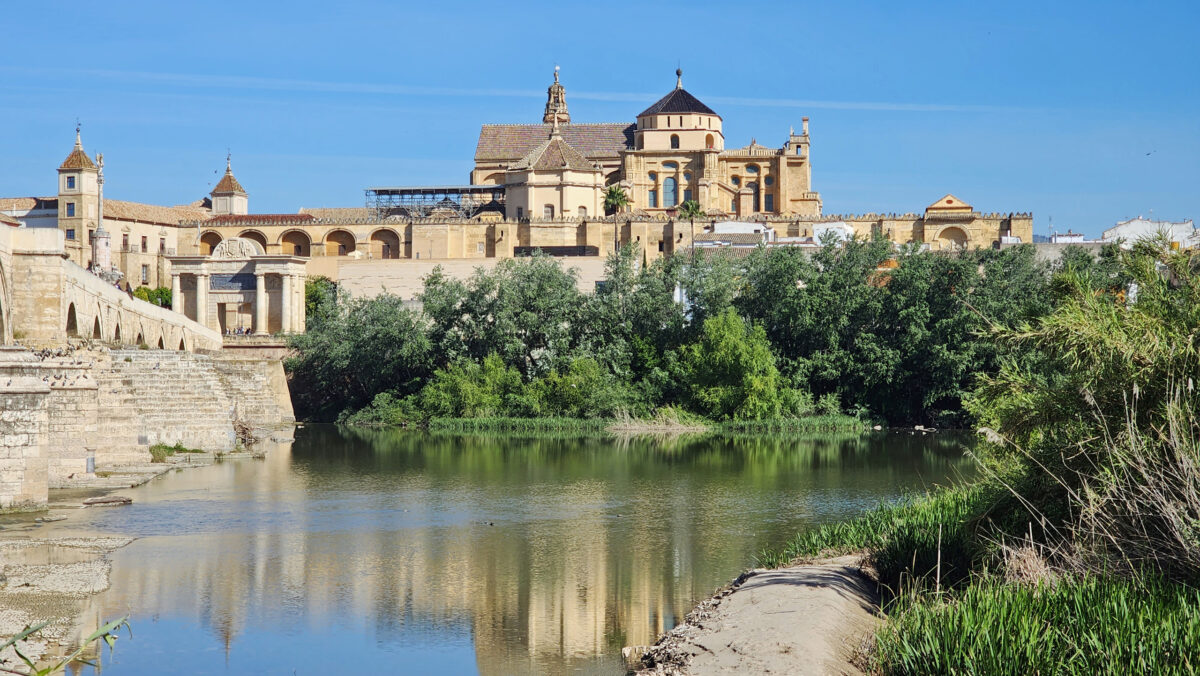
For more on our trip to Portugal and Spain, check out my other posts:
Granada and the Magnificent Alhambra
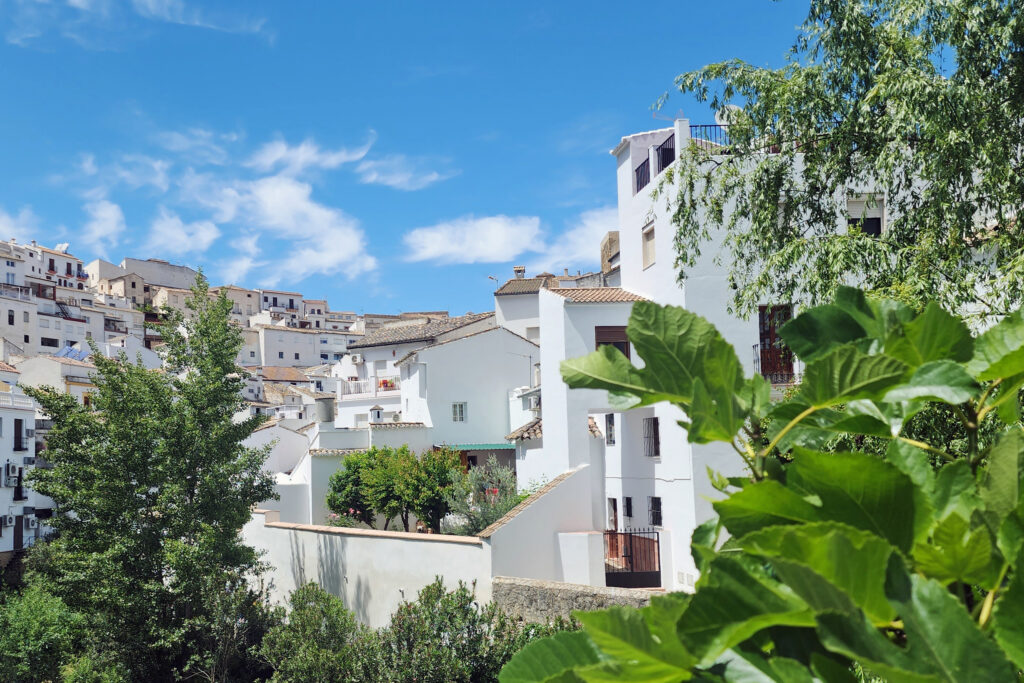
Posted December 14, 2024
All photos © Alan K. Lee

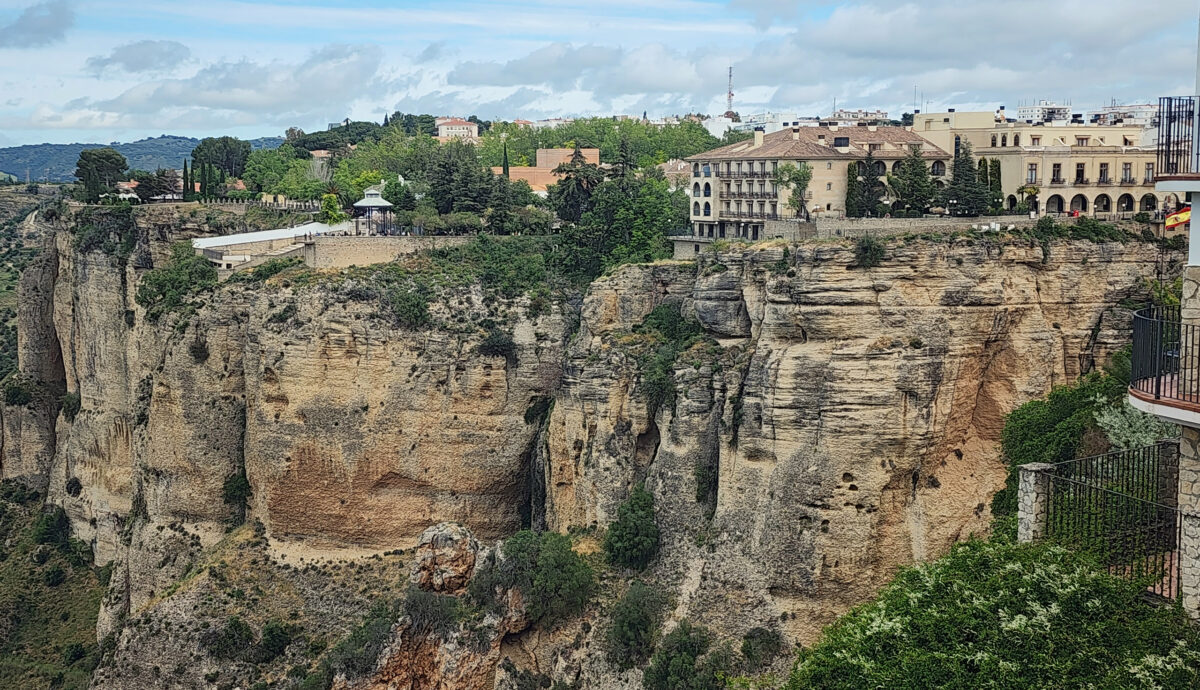

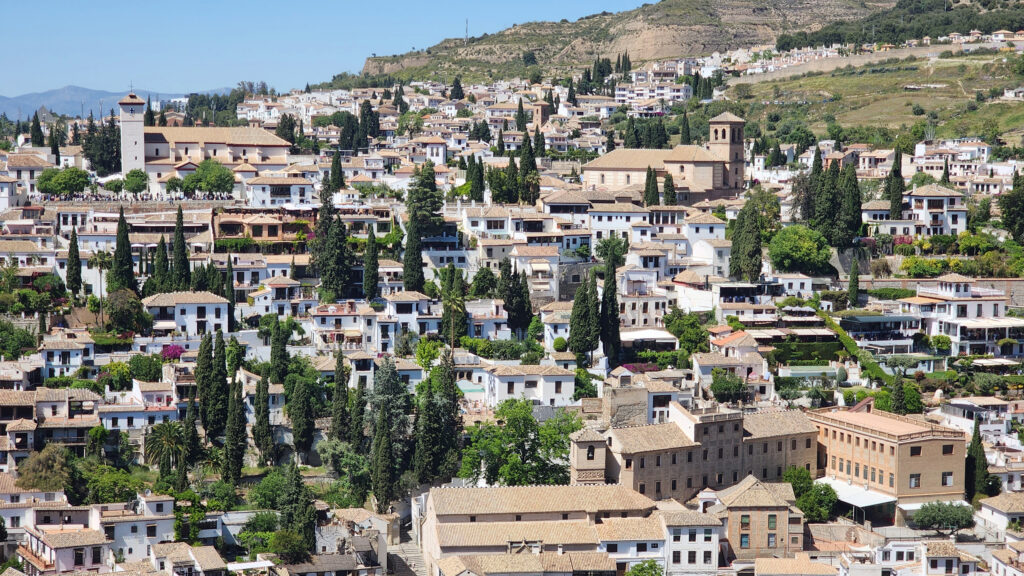
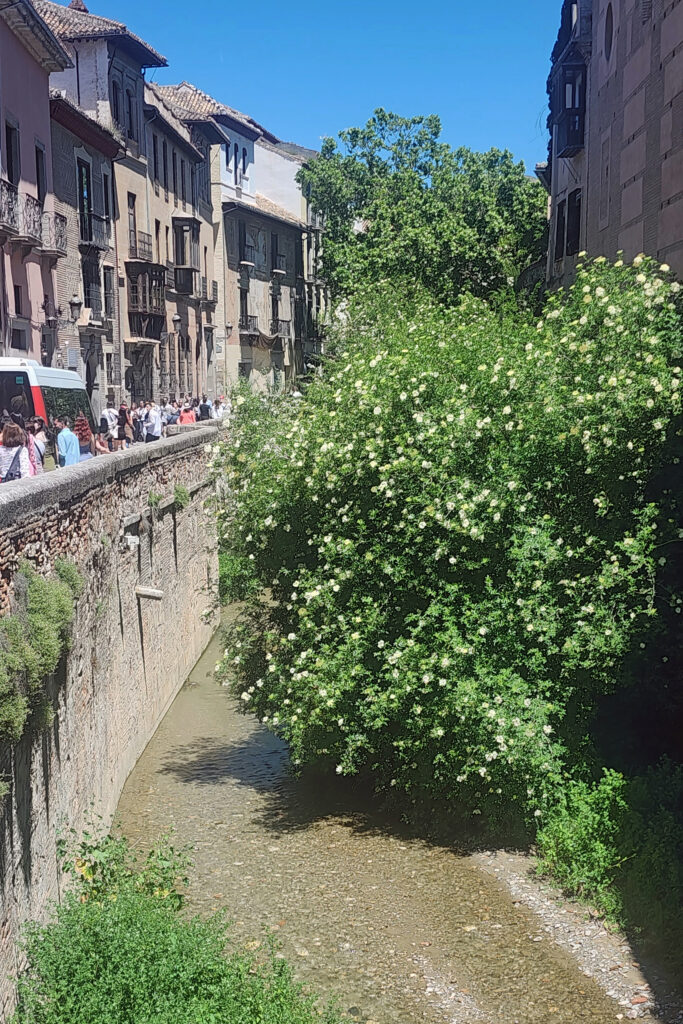
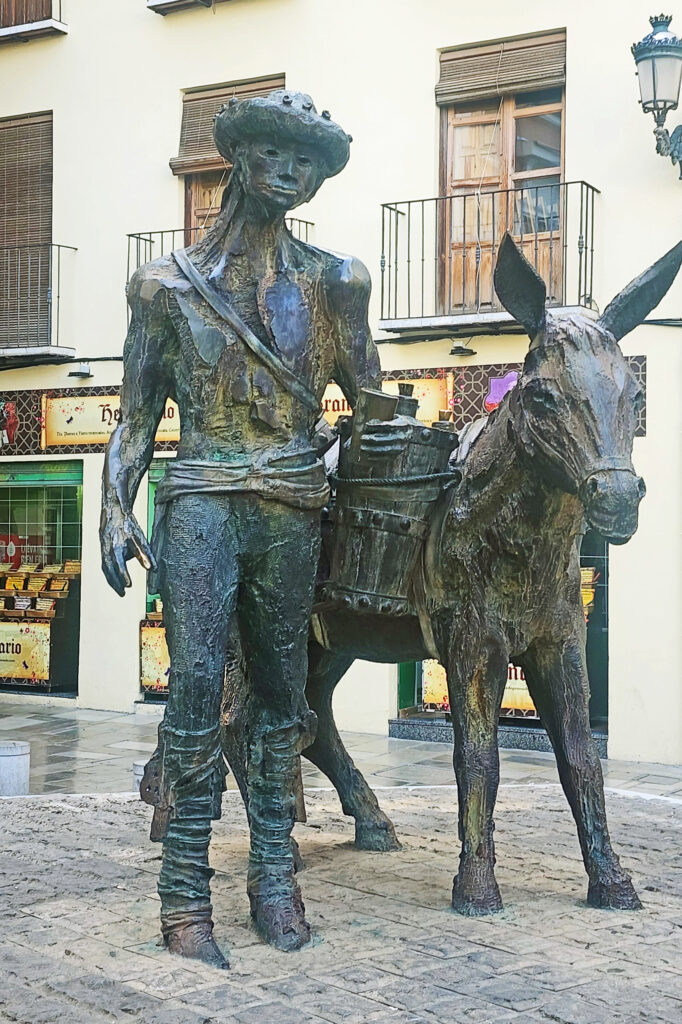
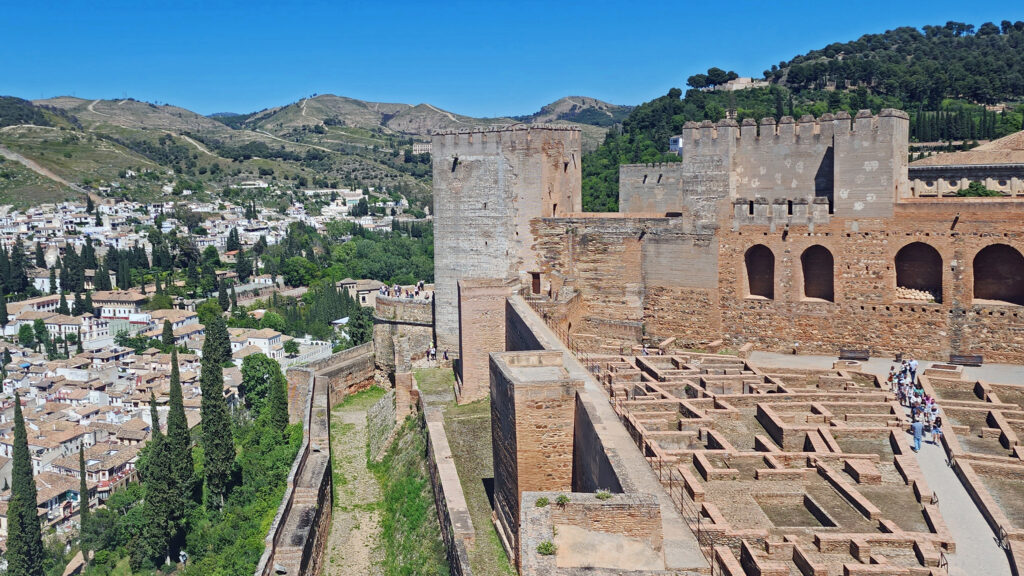
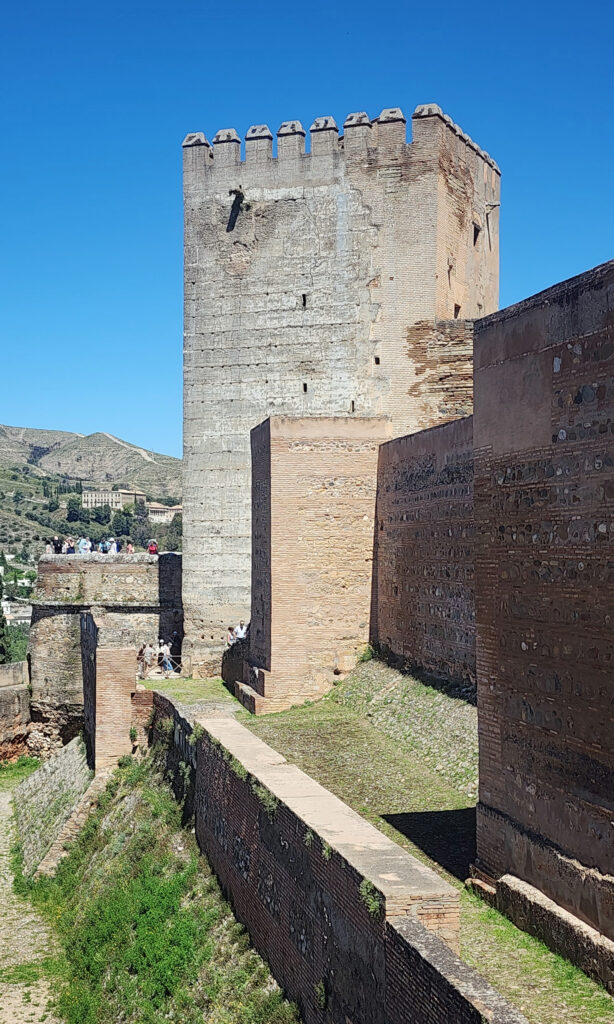
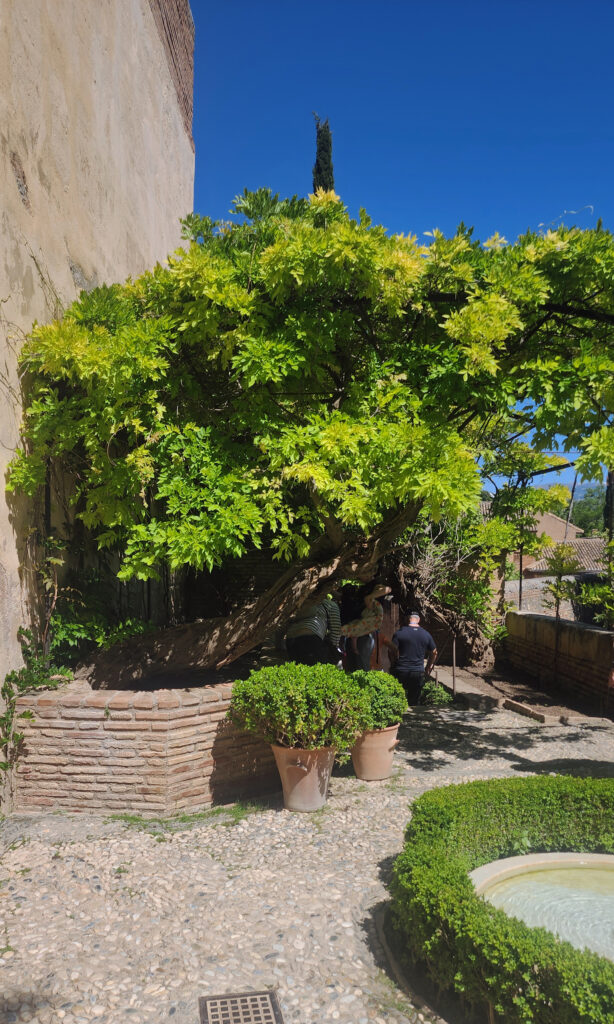
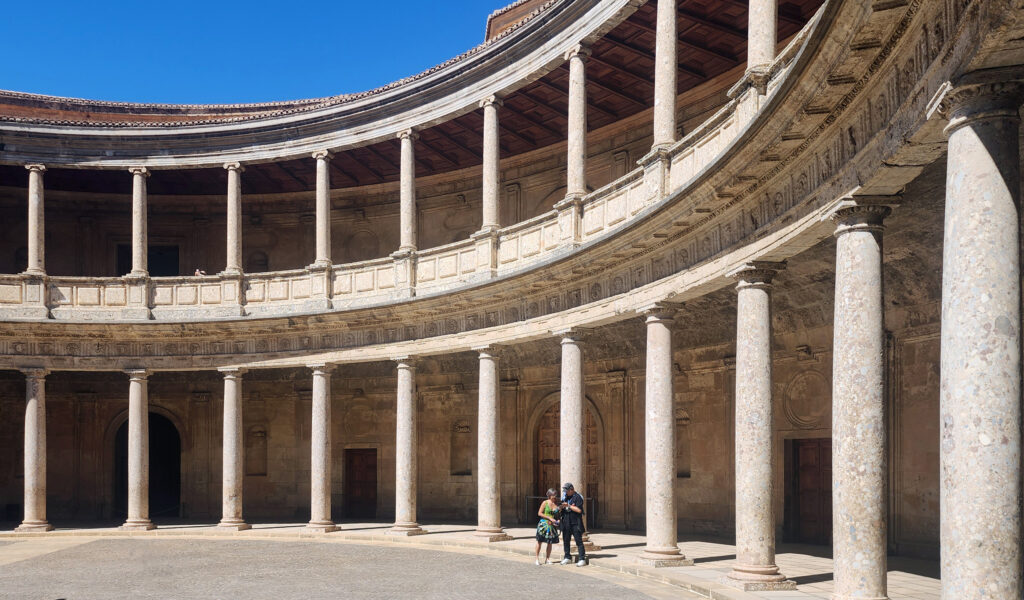
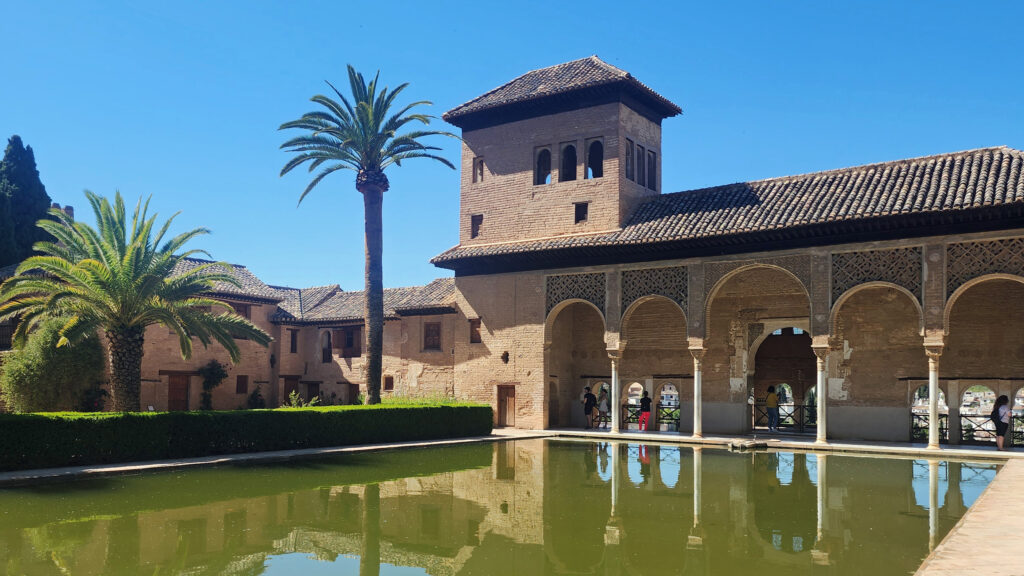
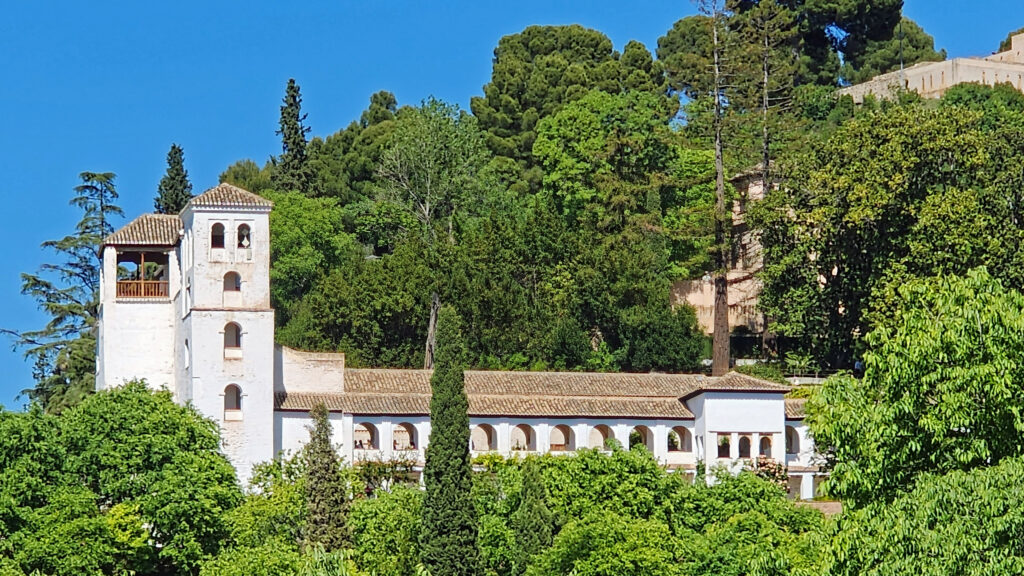
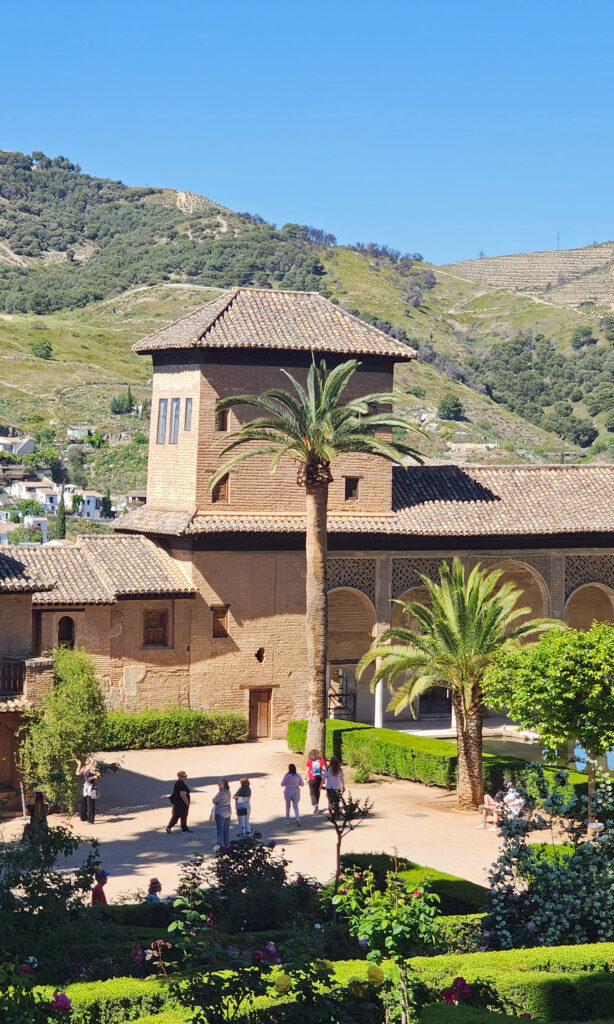
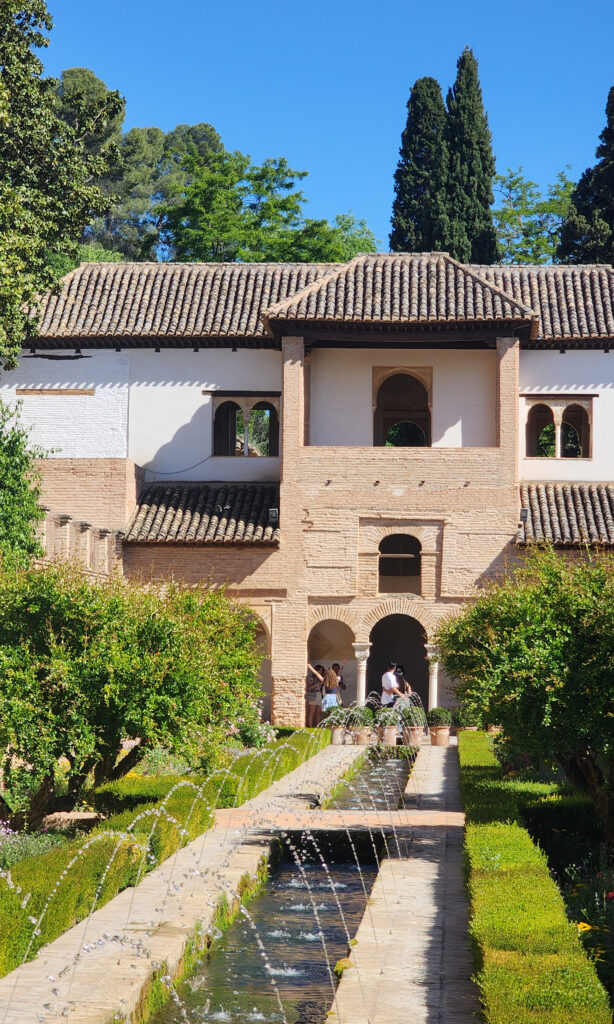
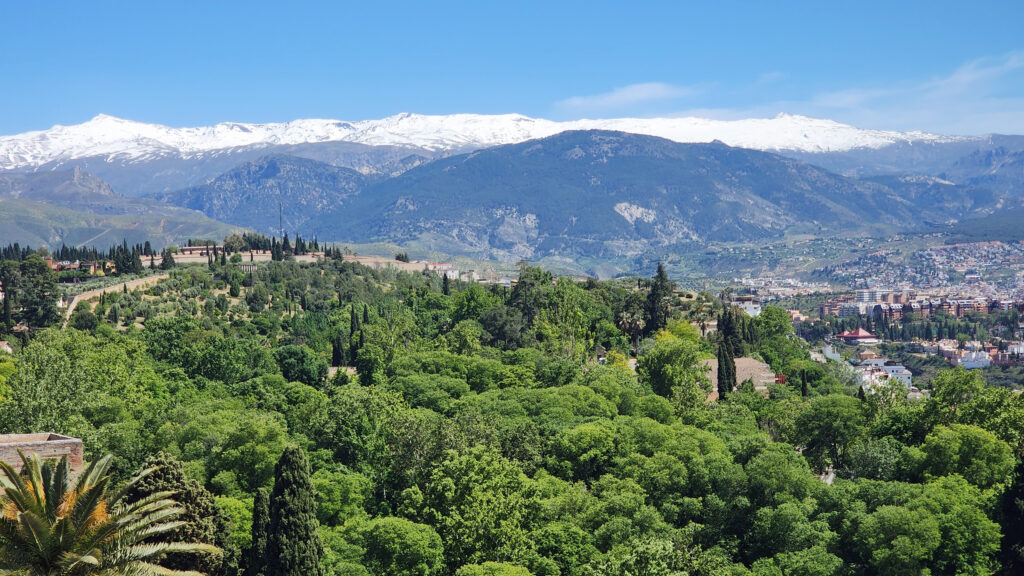

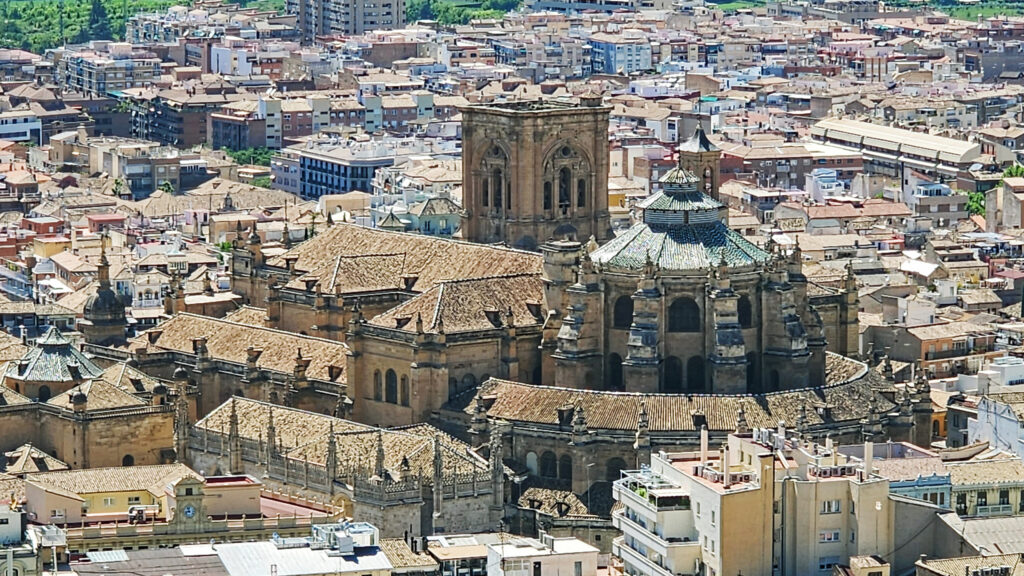
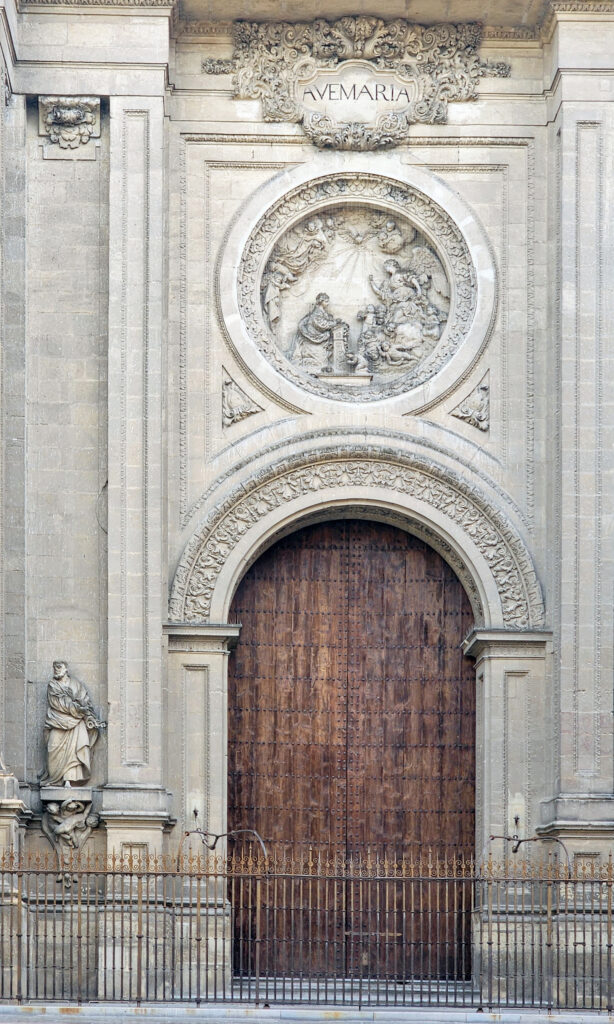
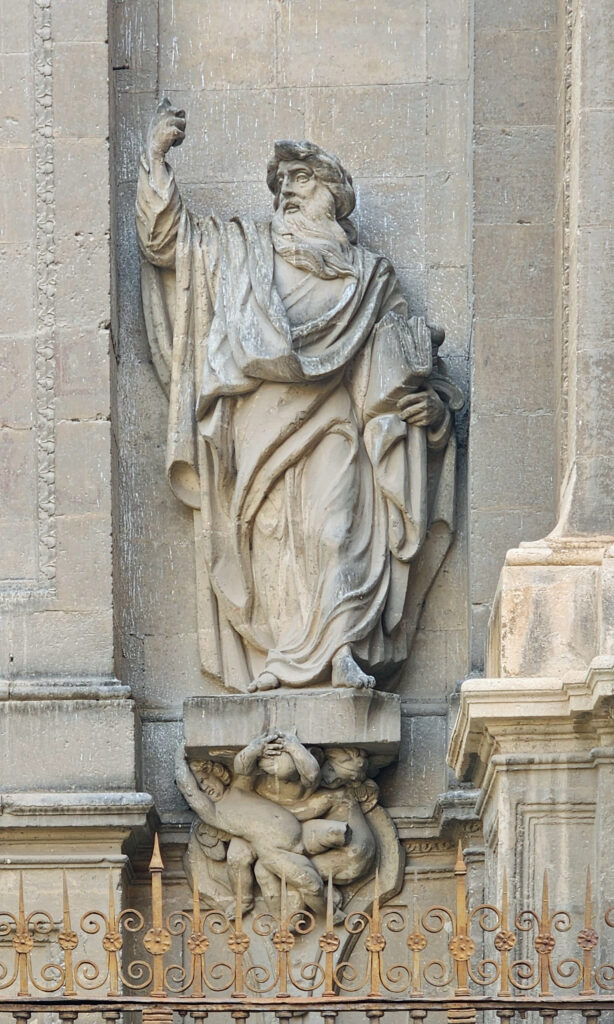
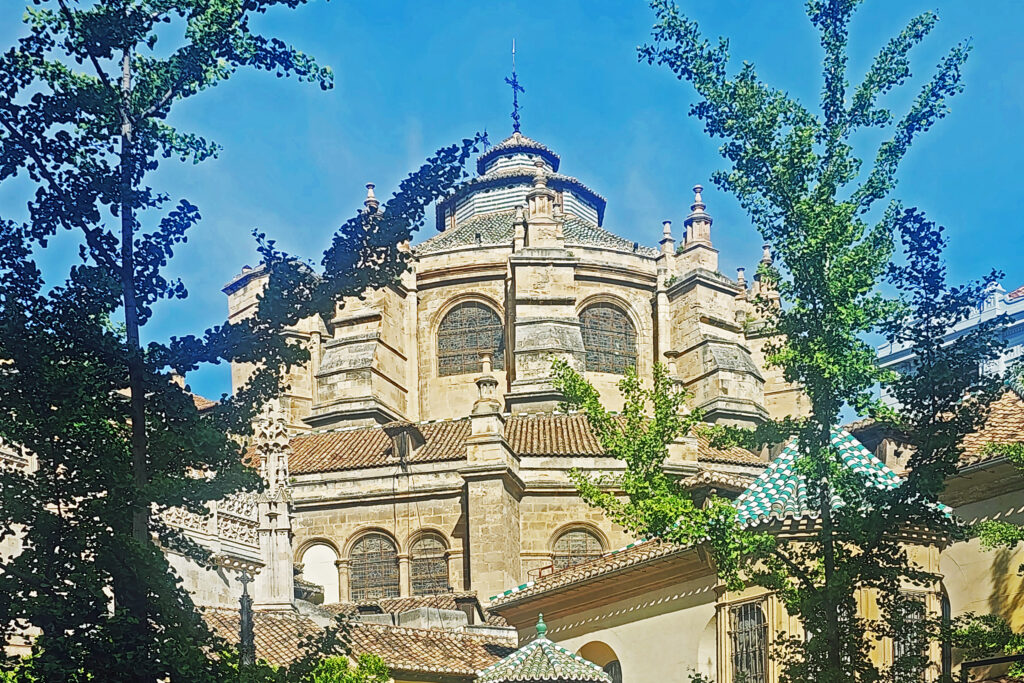
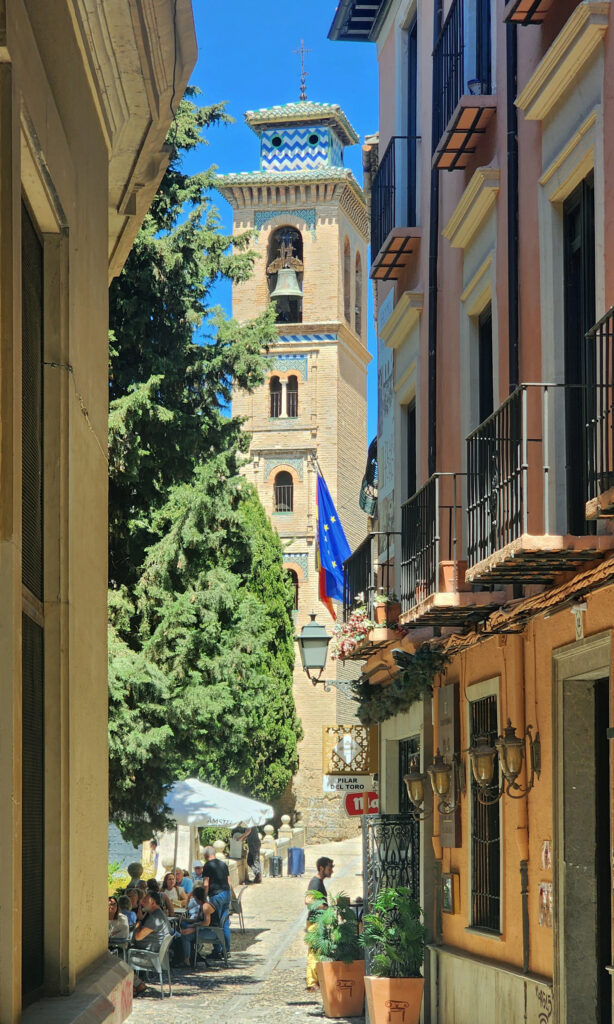
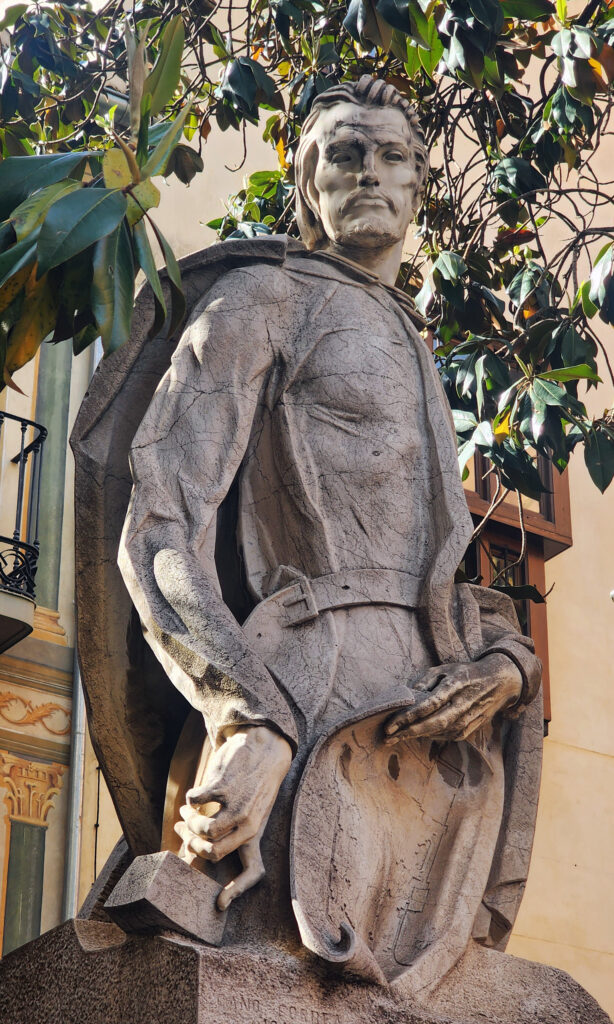
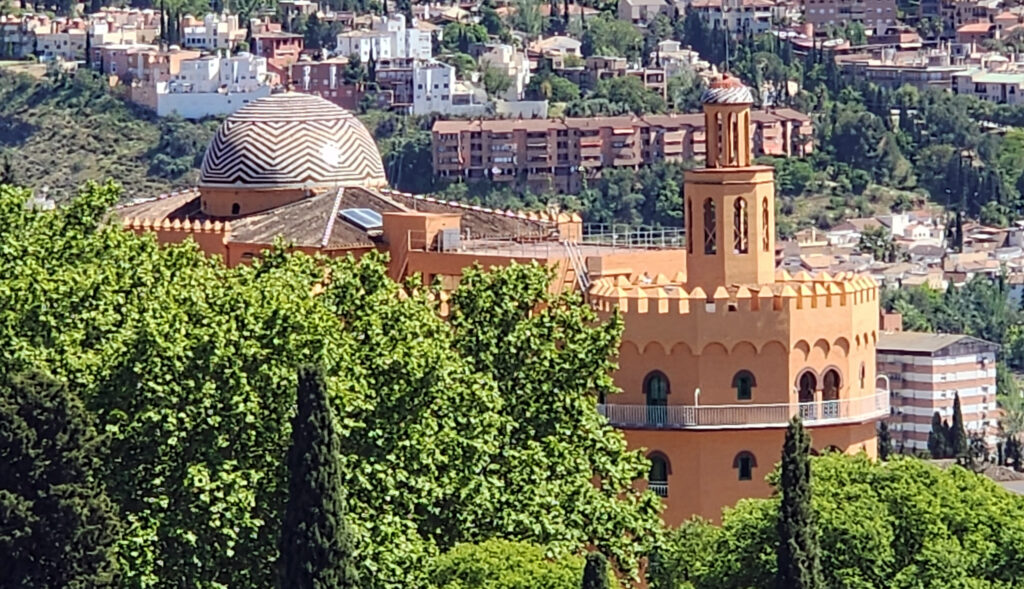
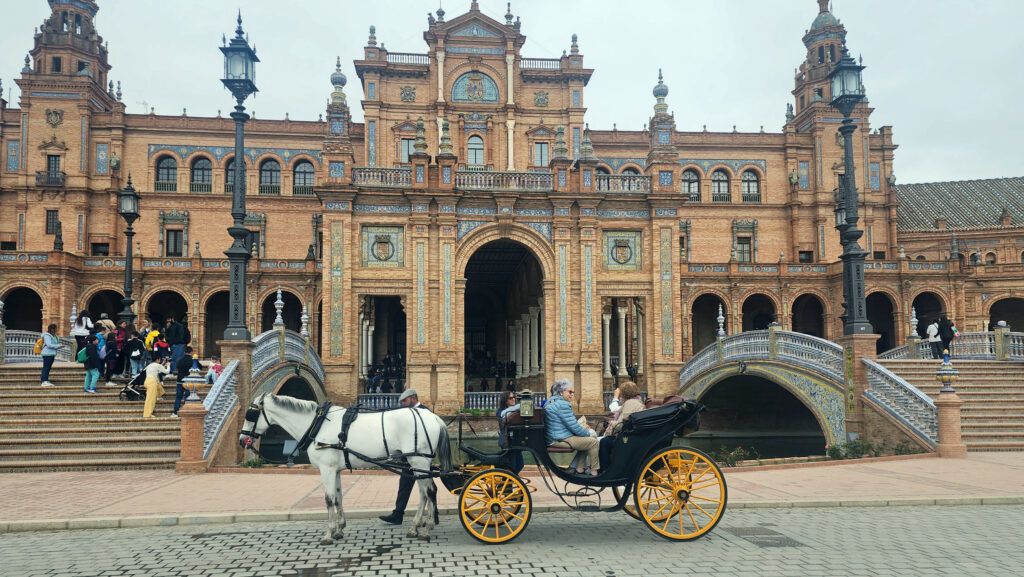
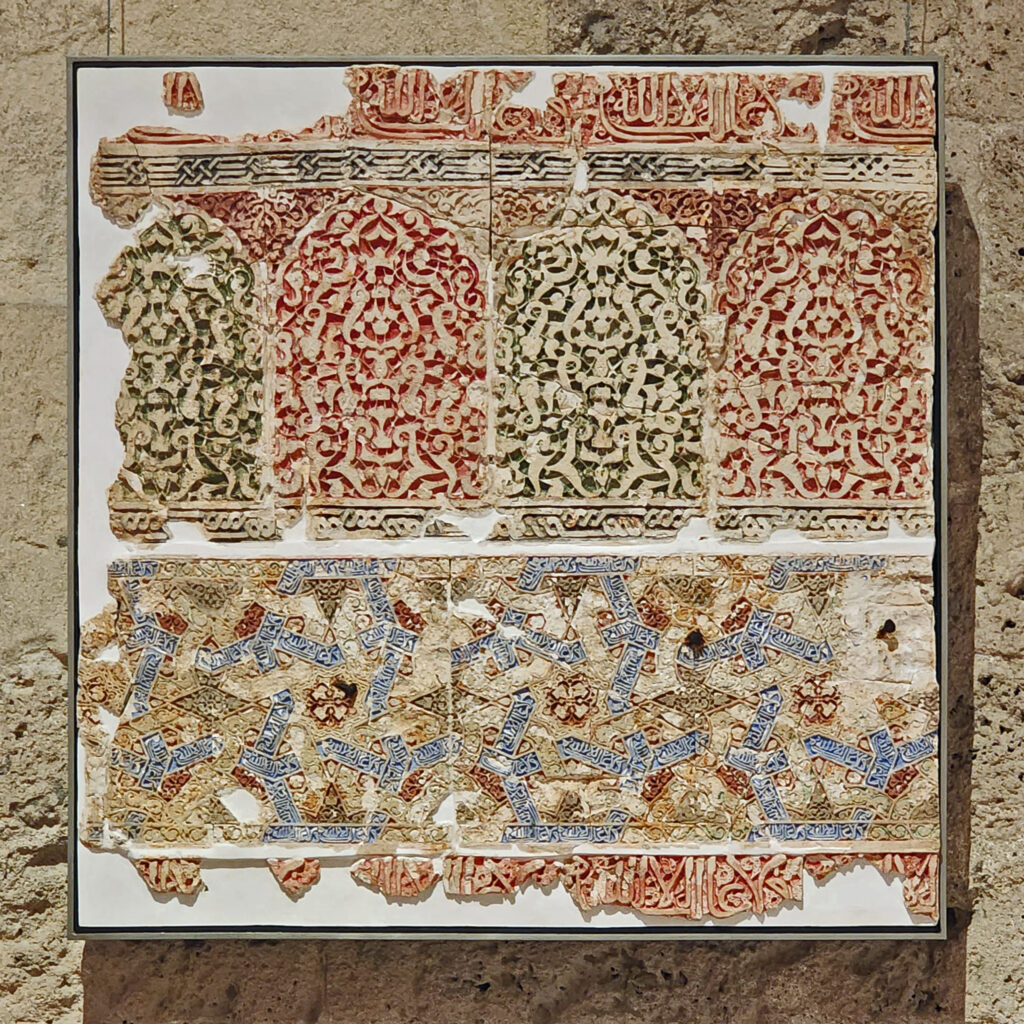
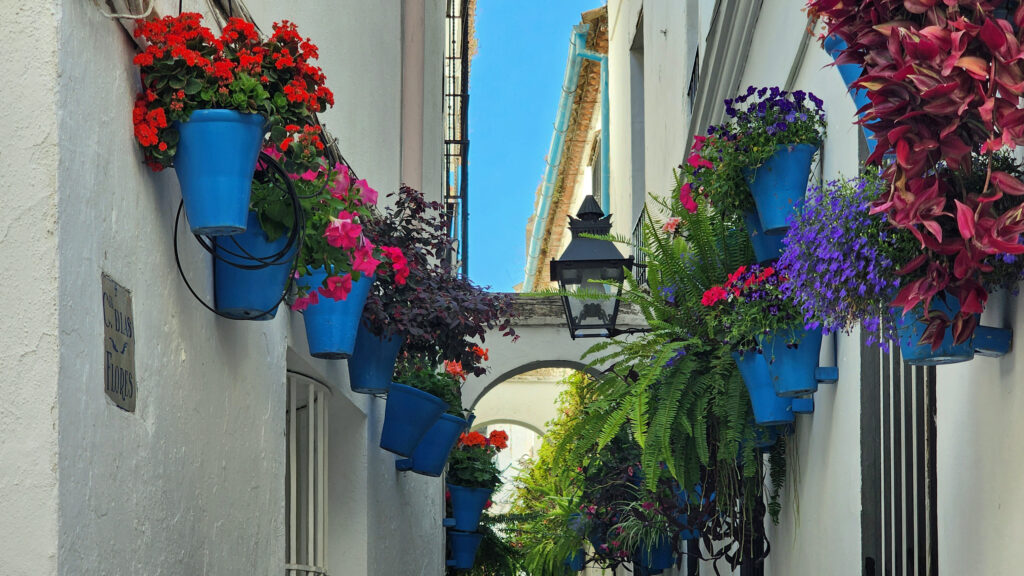
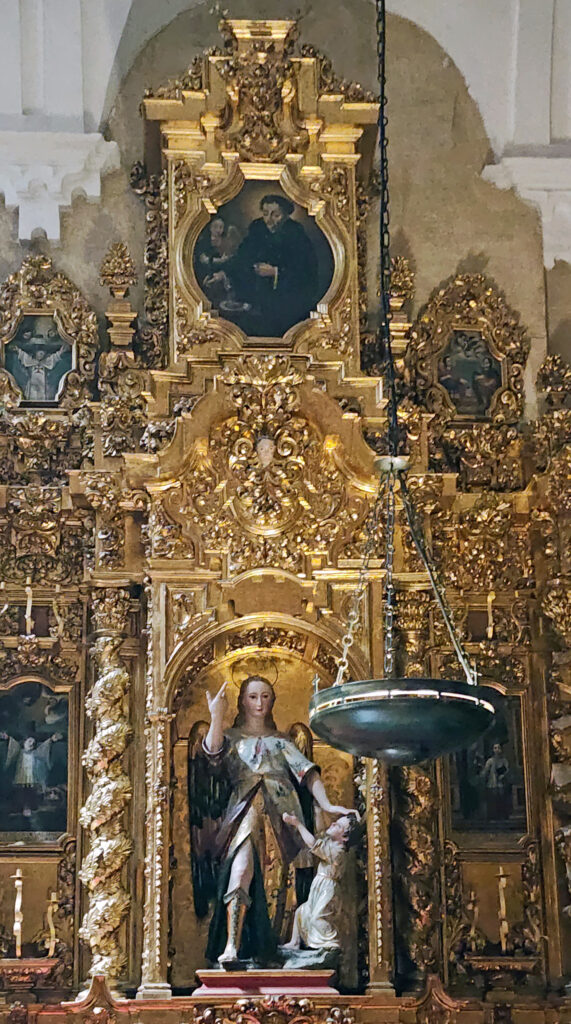
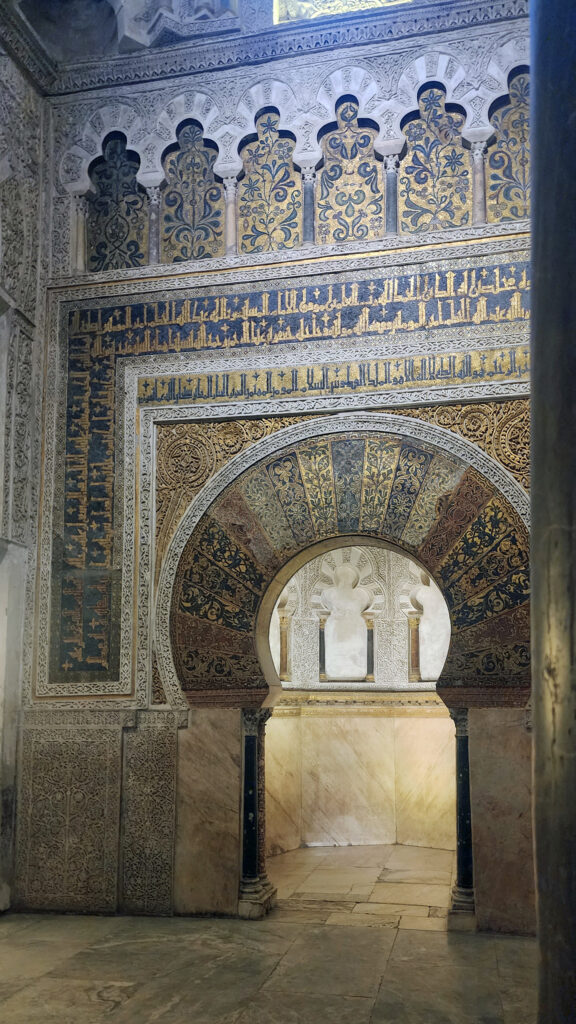
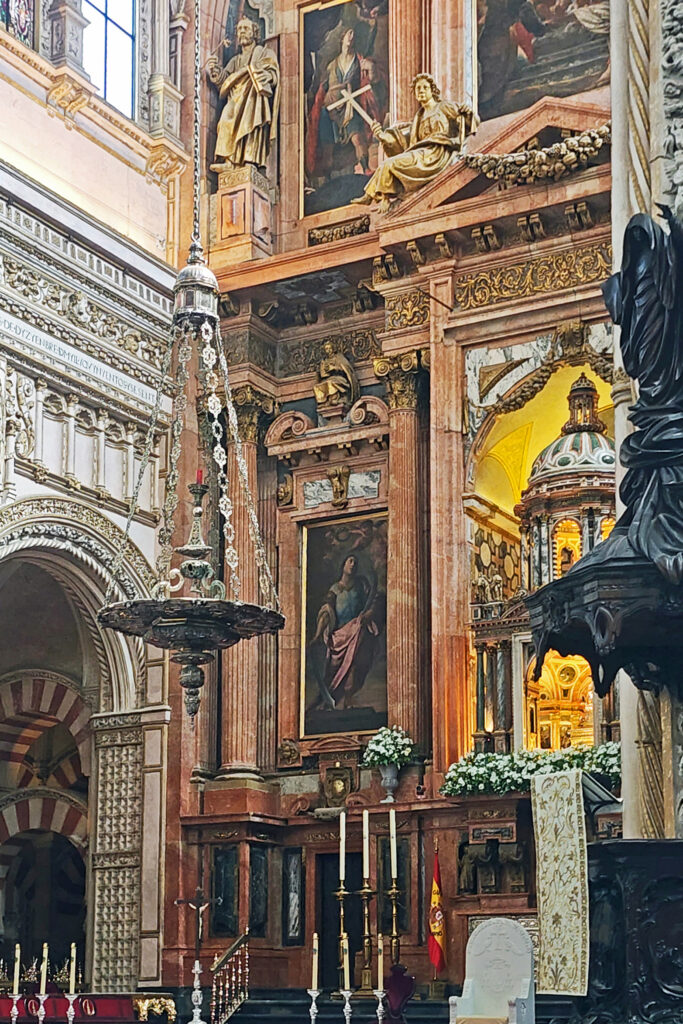
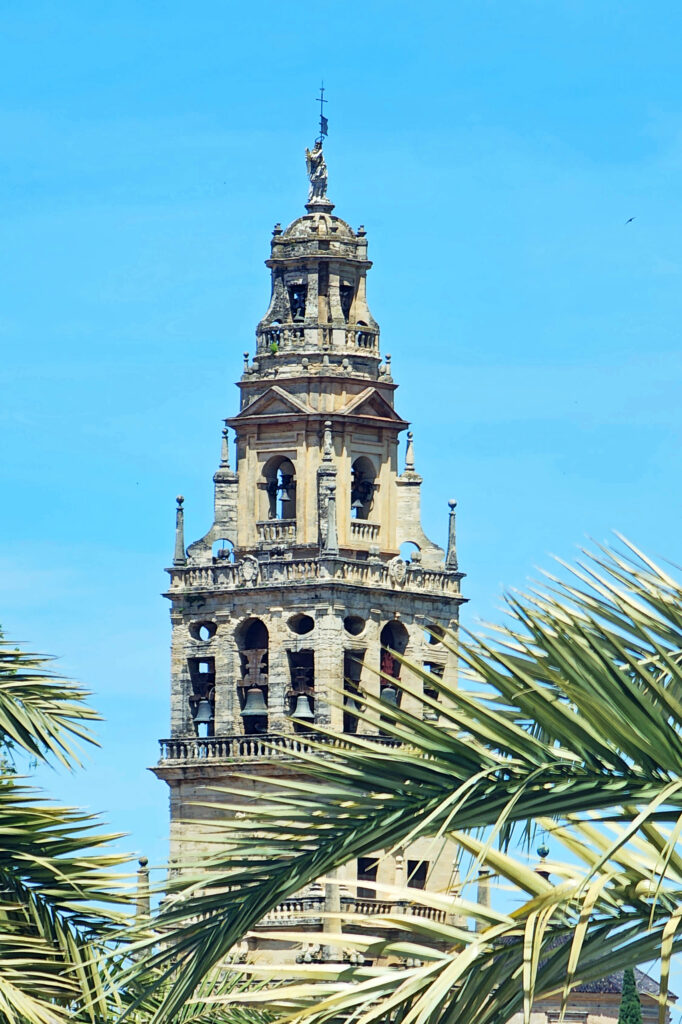
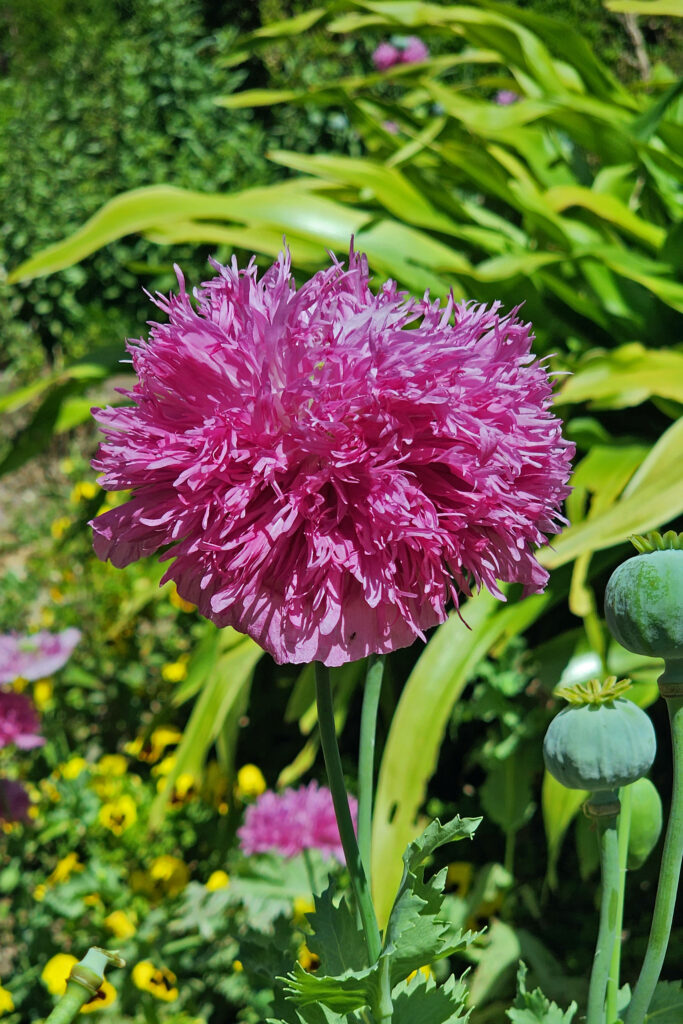
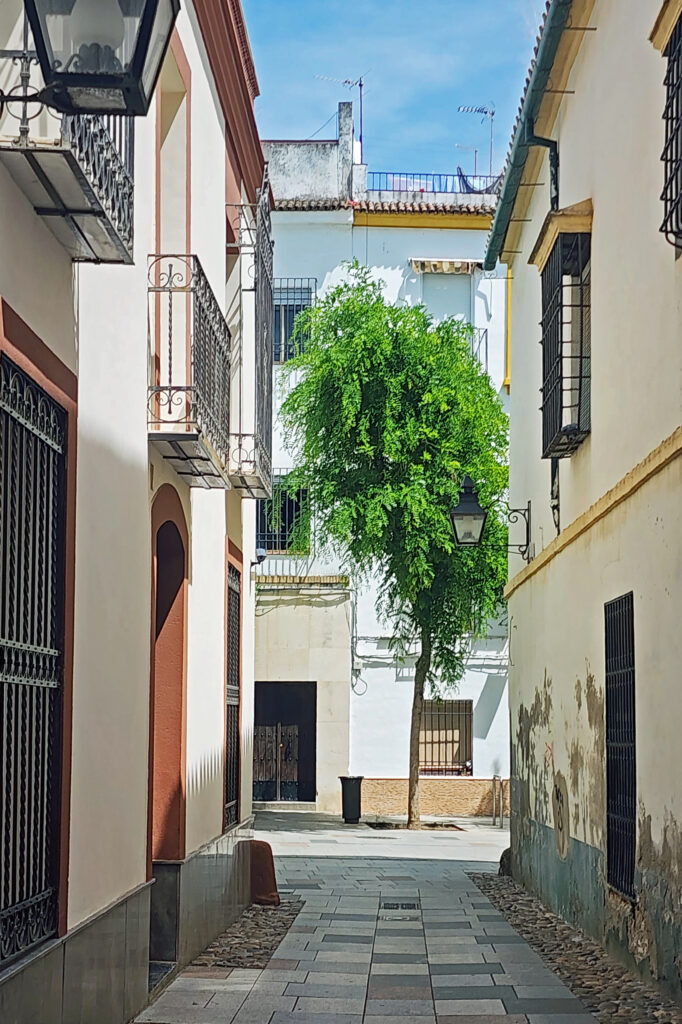
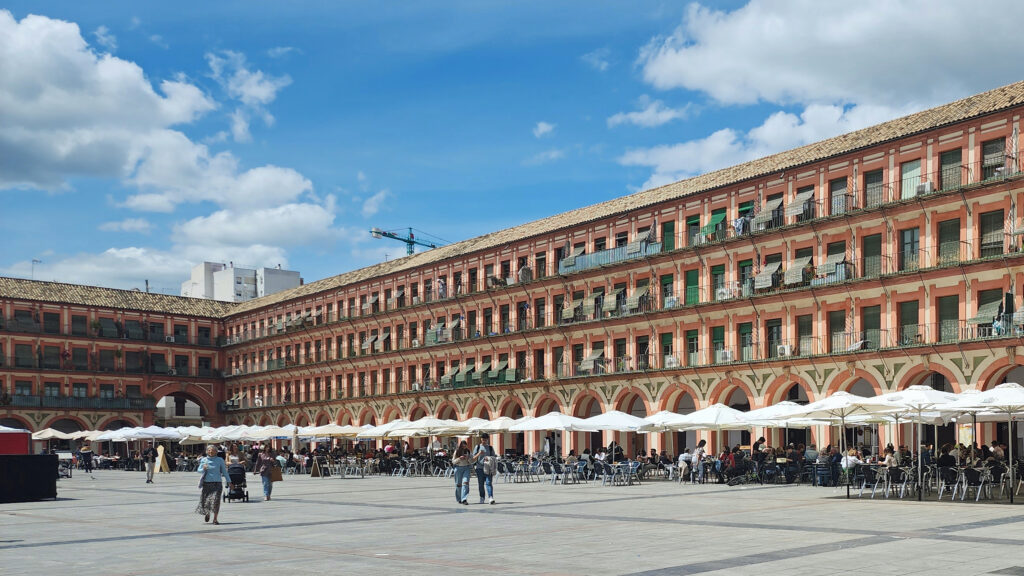
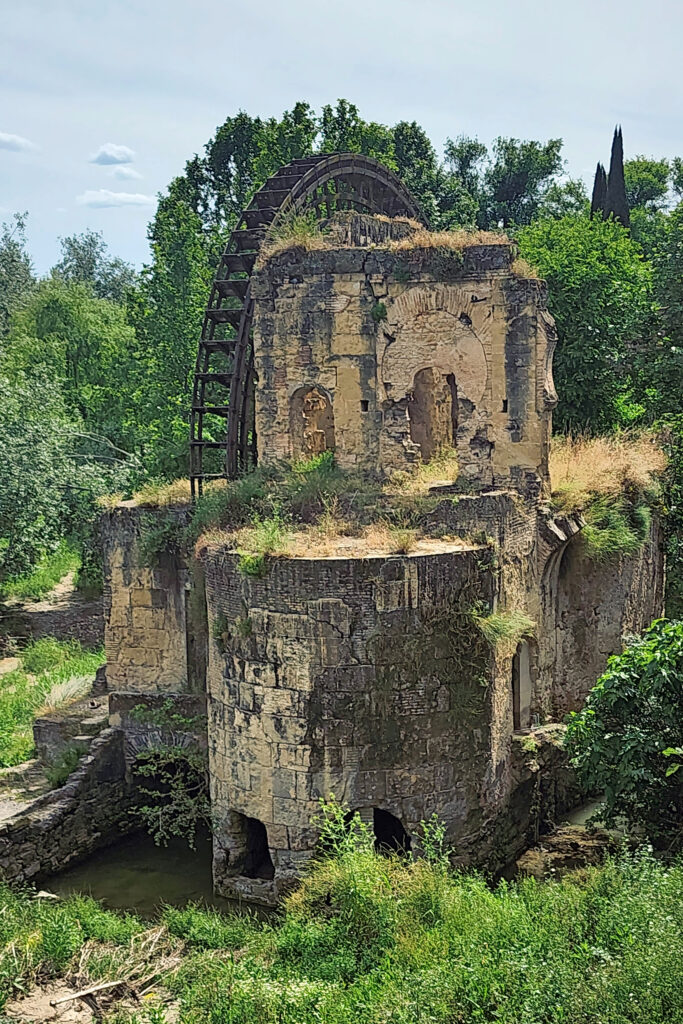
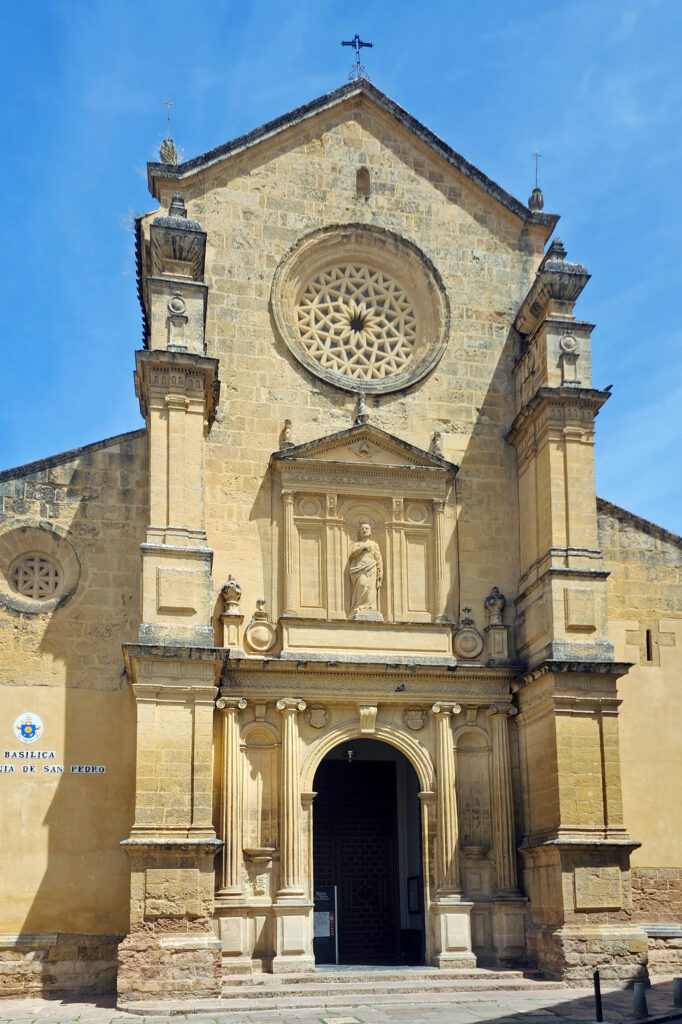
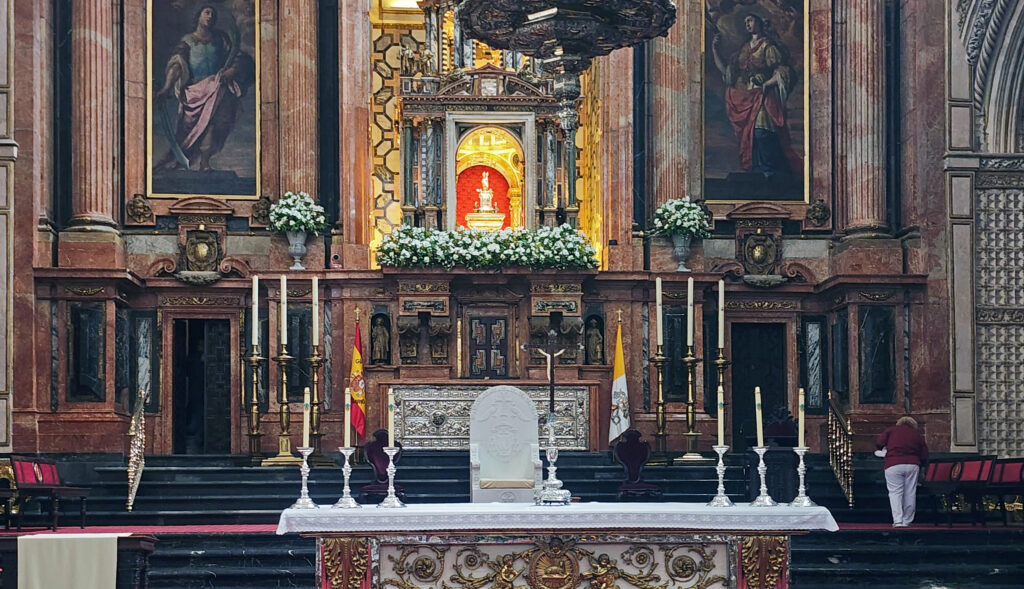
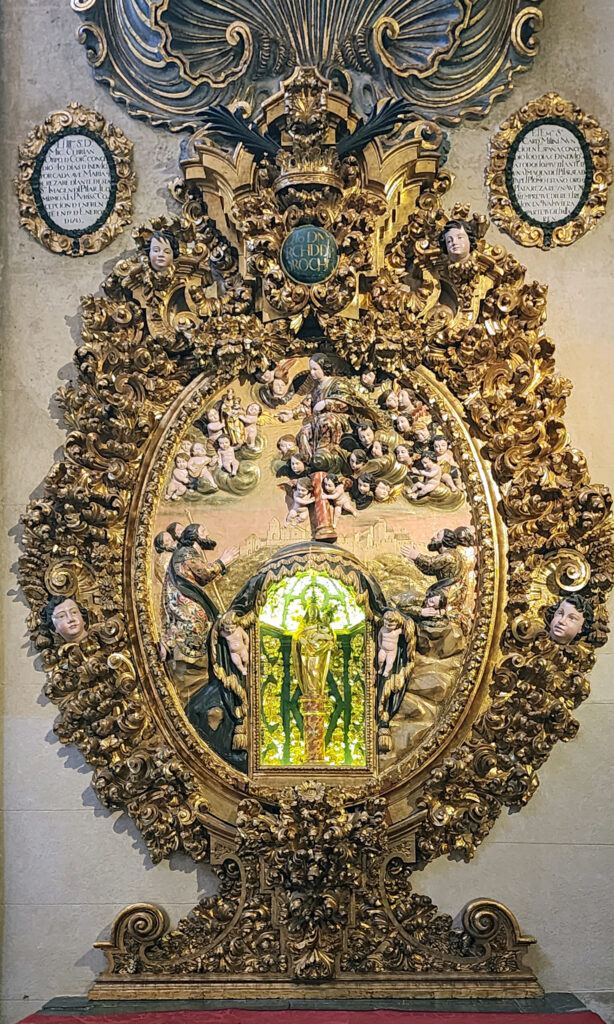

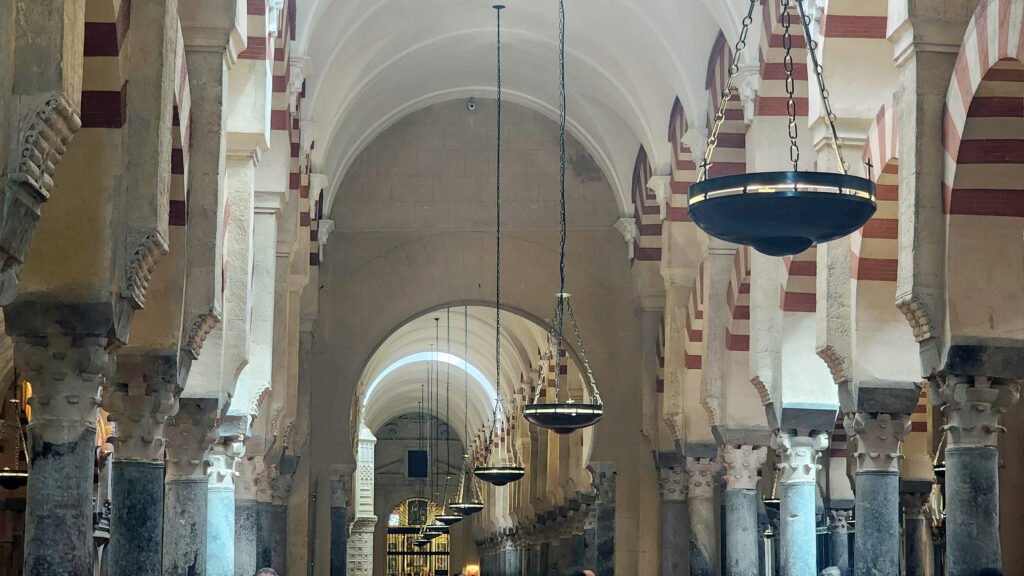
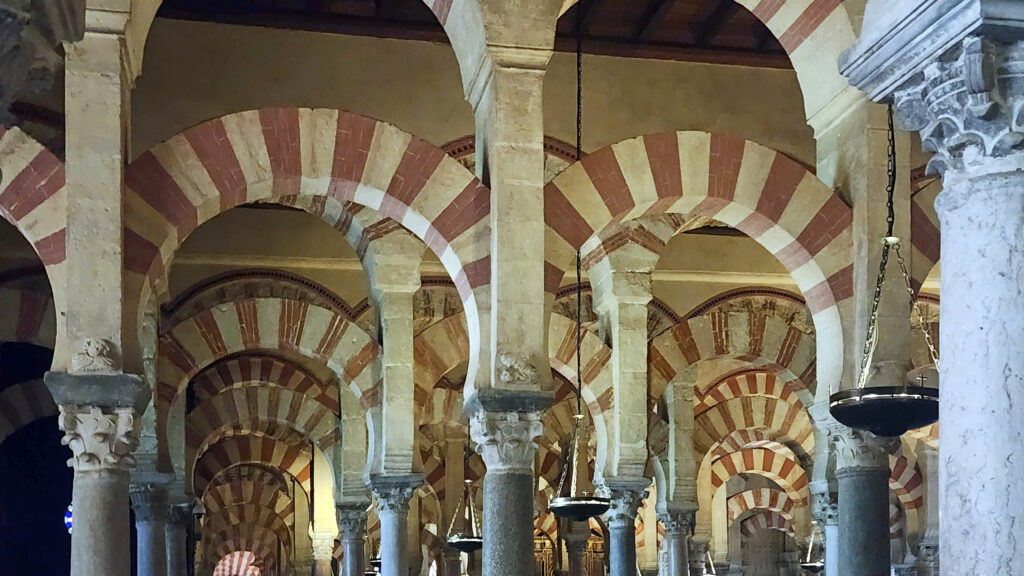
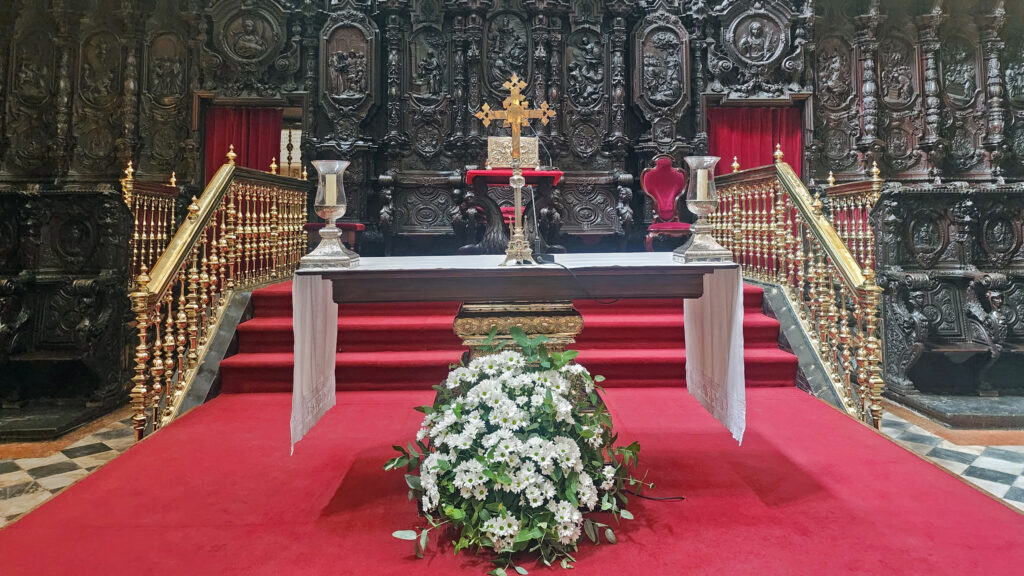
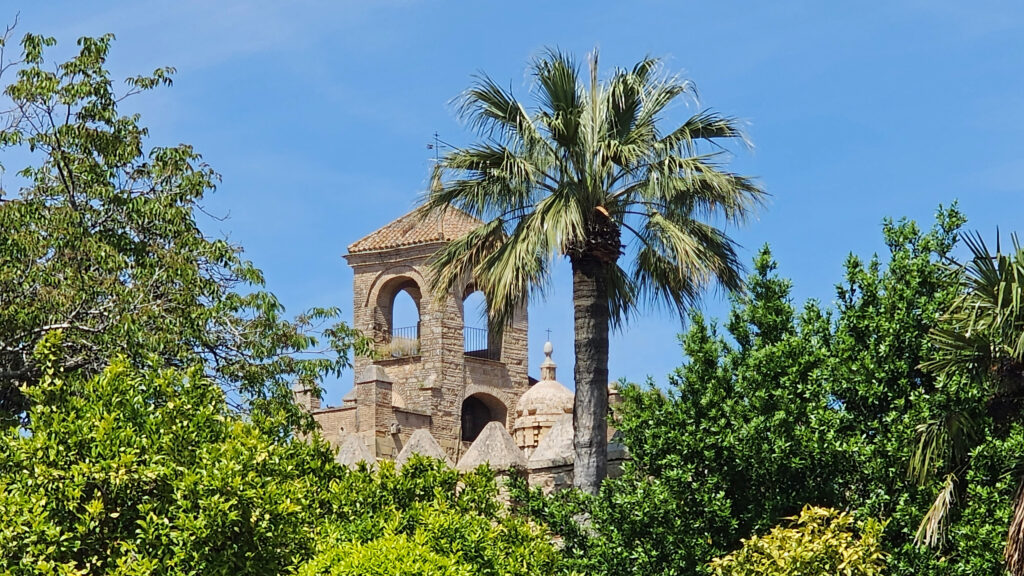
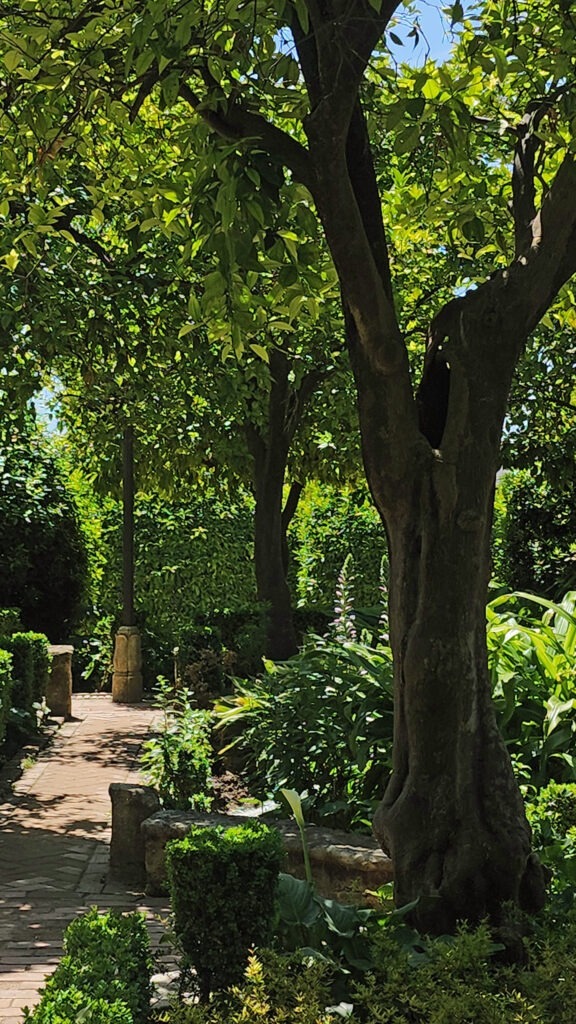
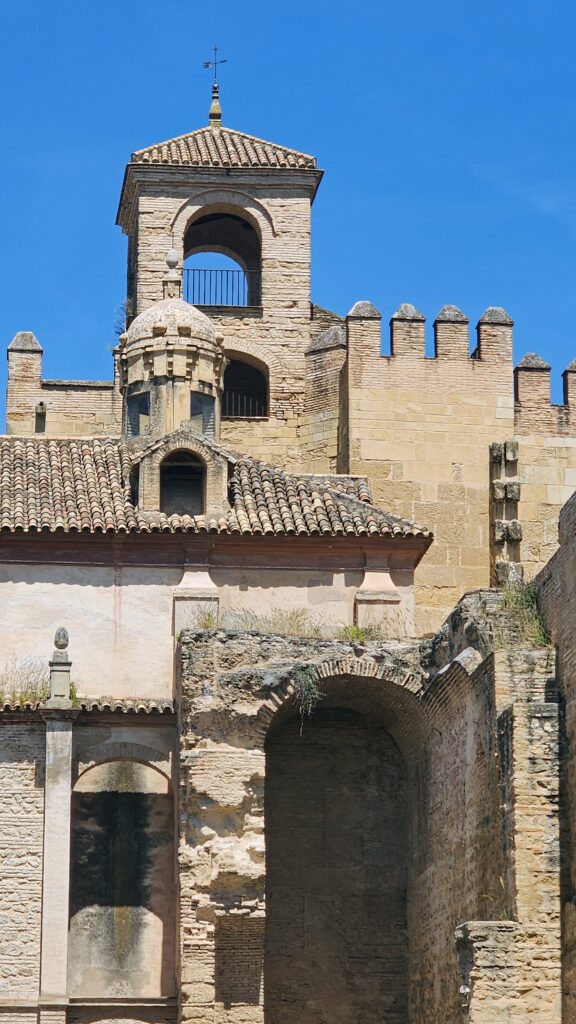
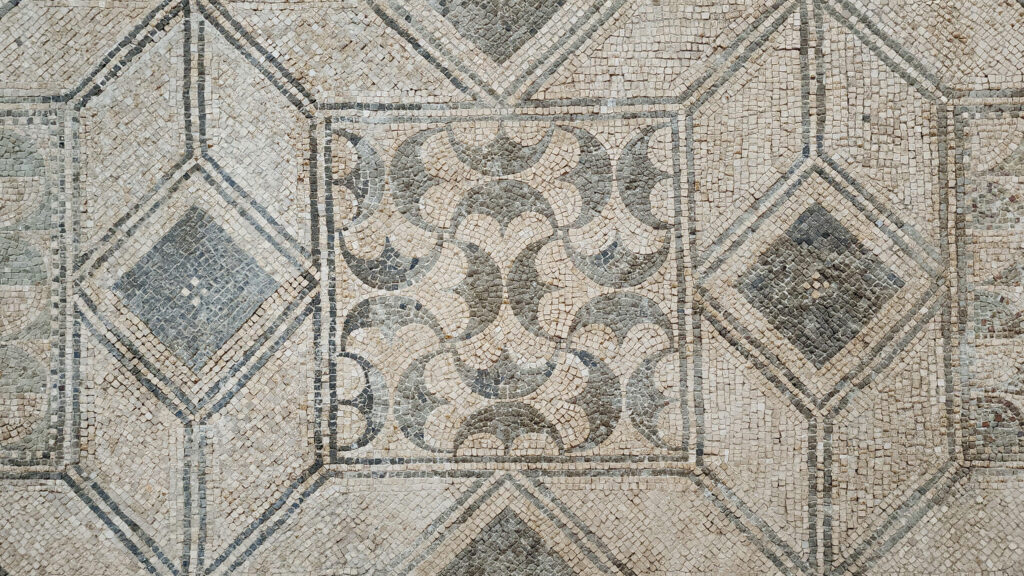
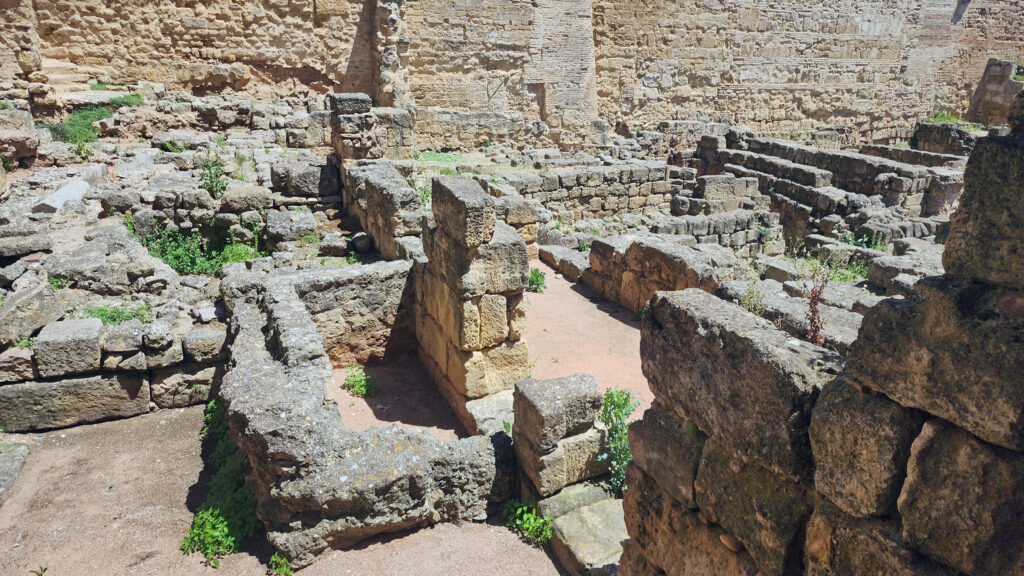

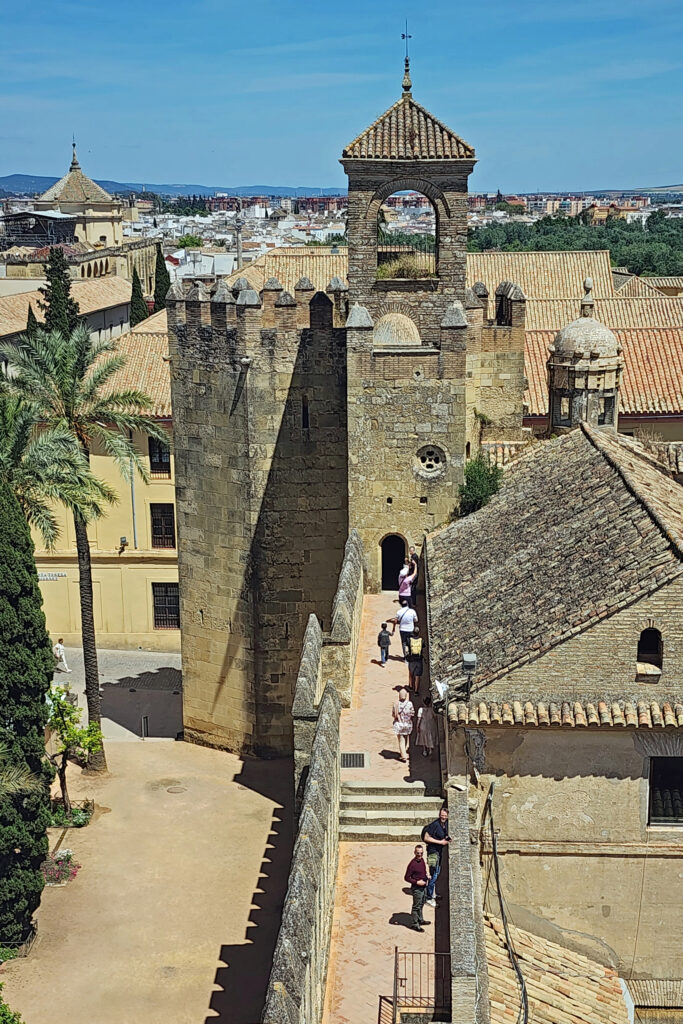
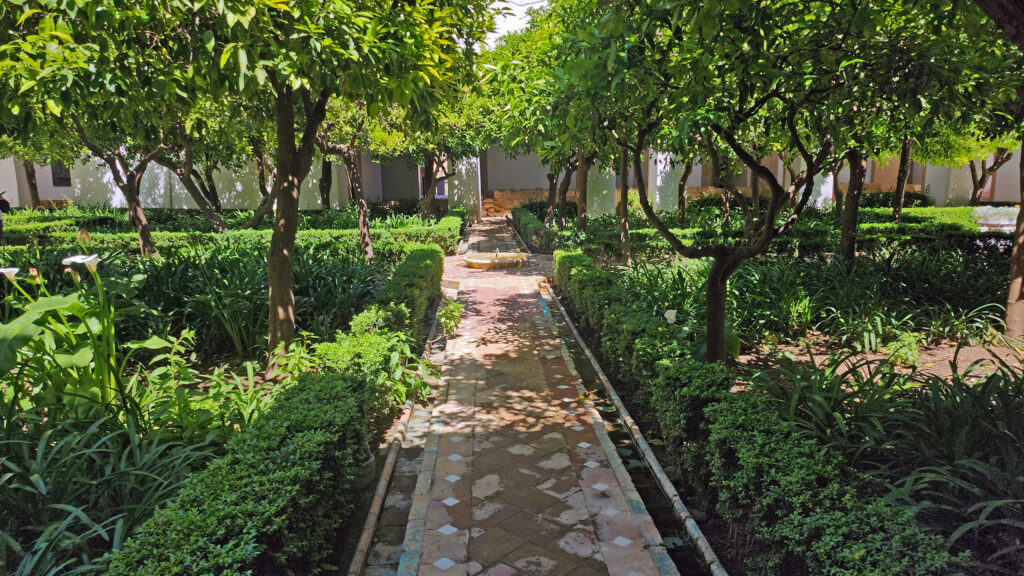
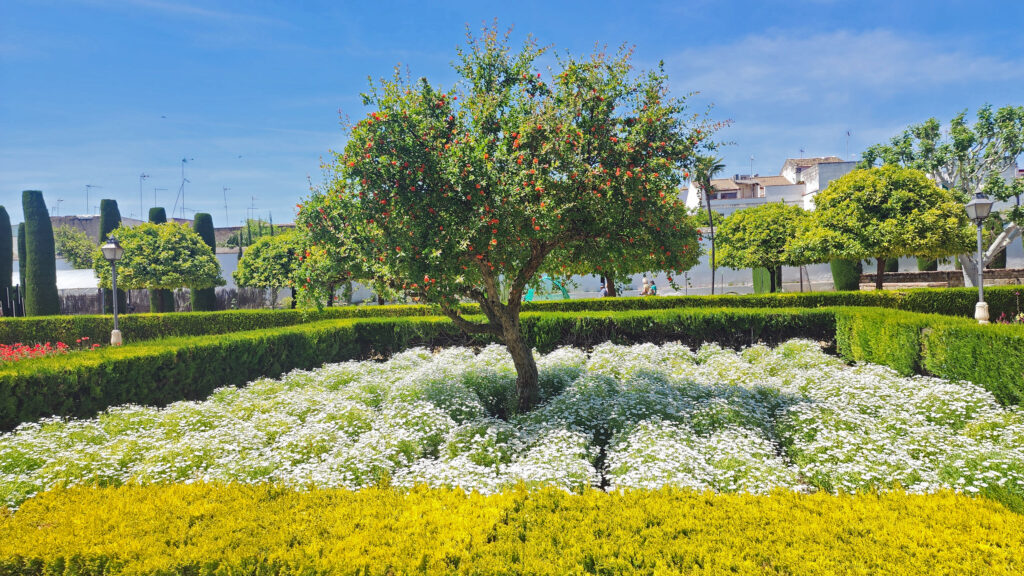
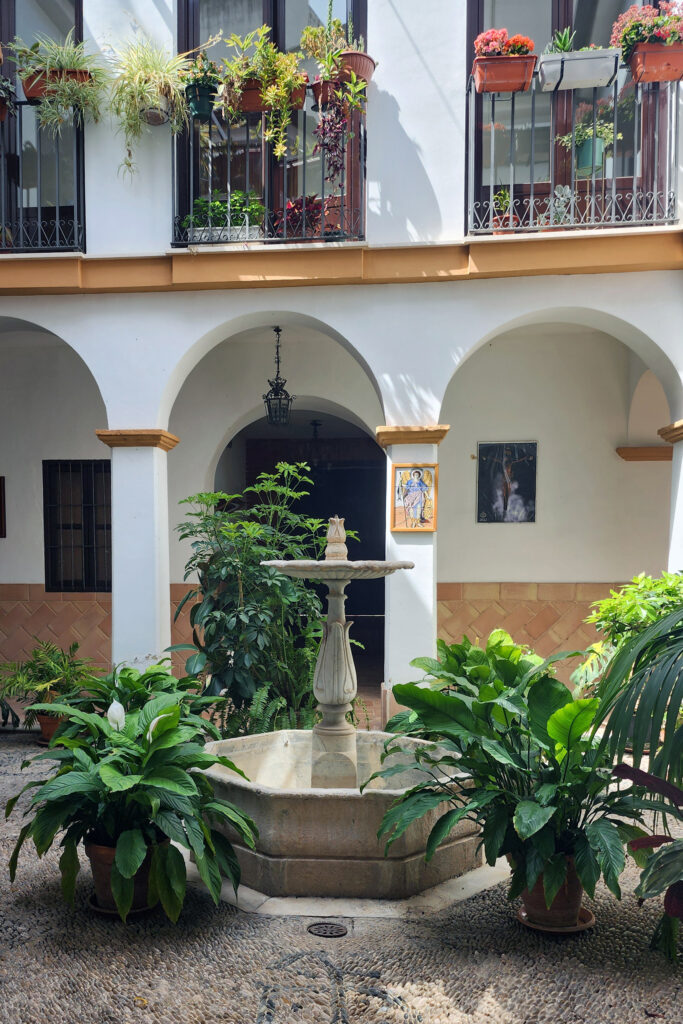
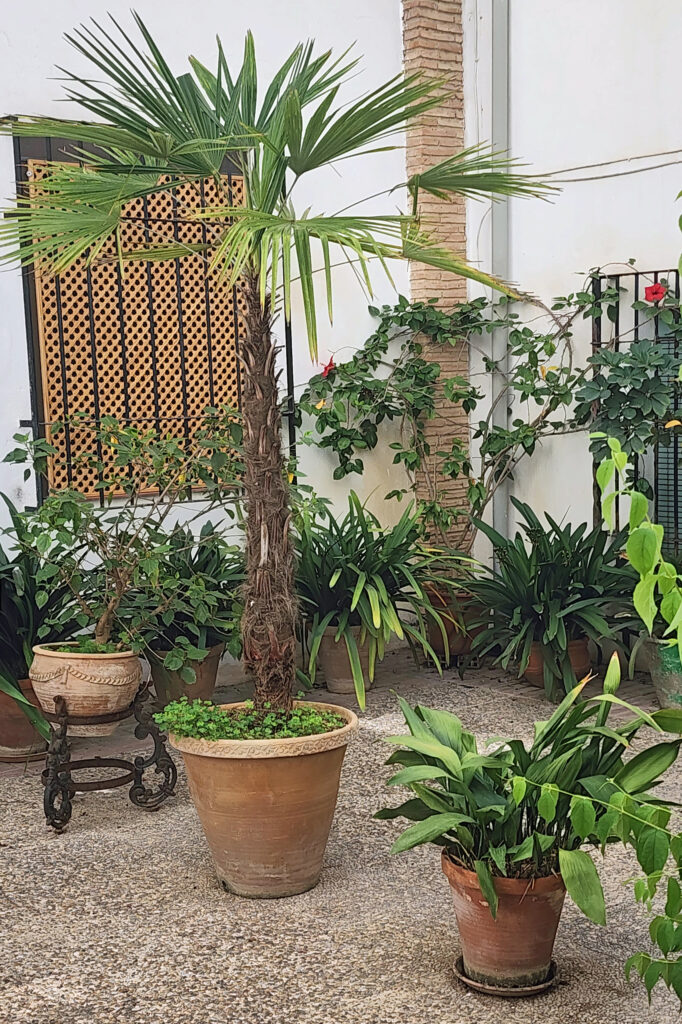
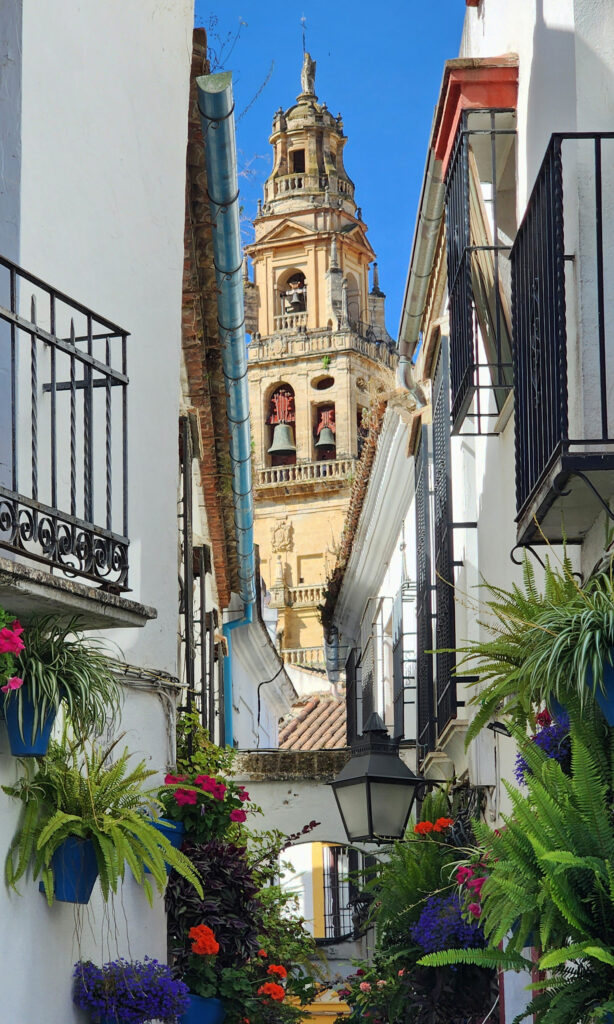
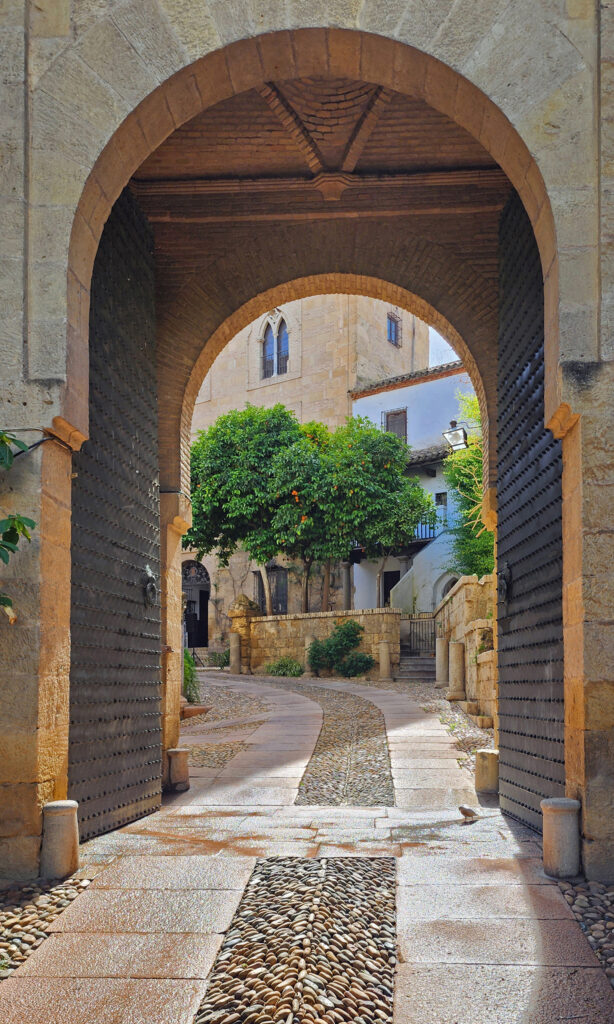
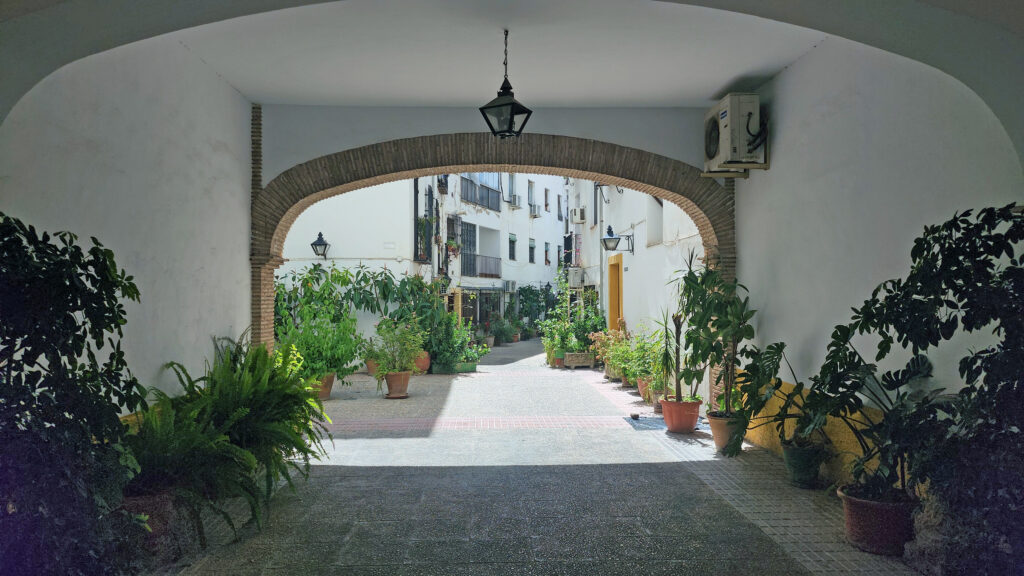


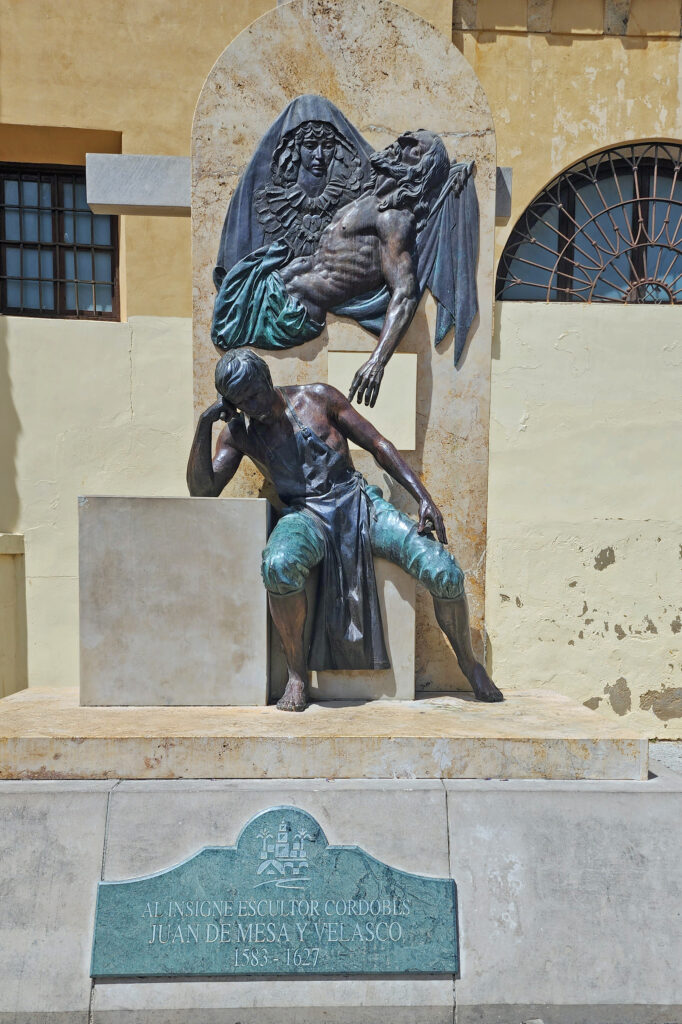
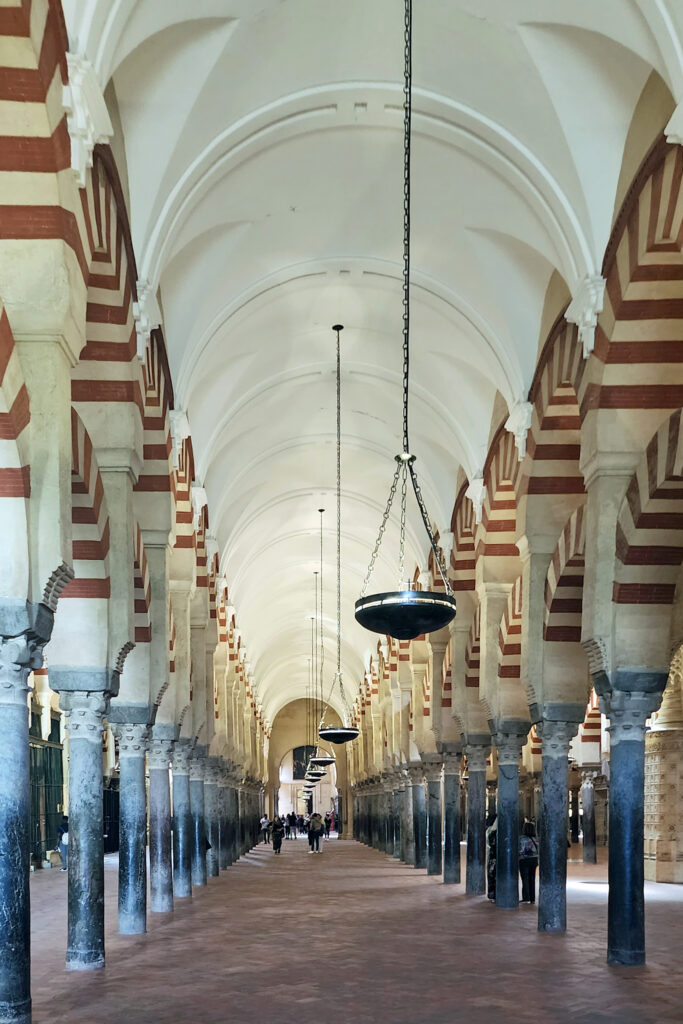

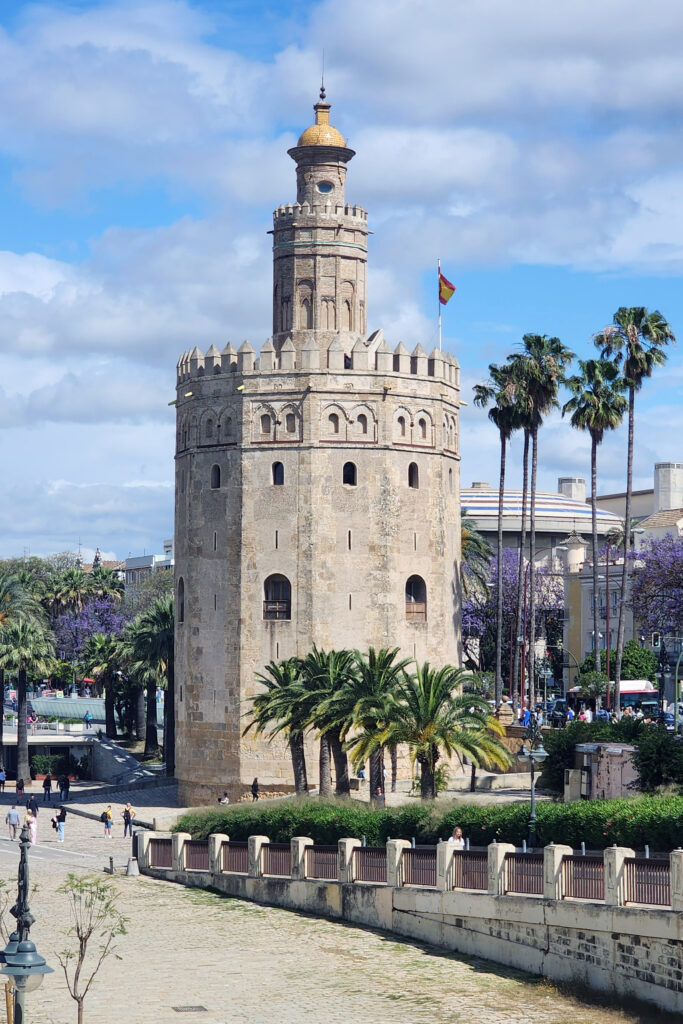
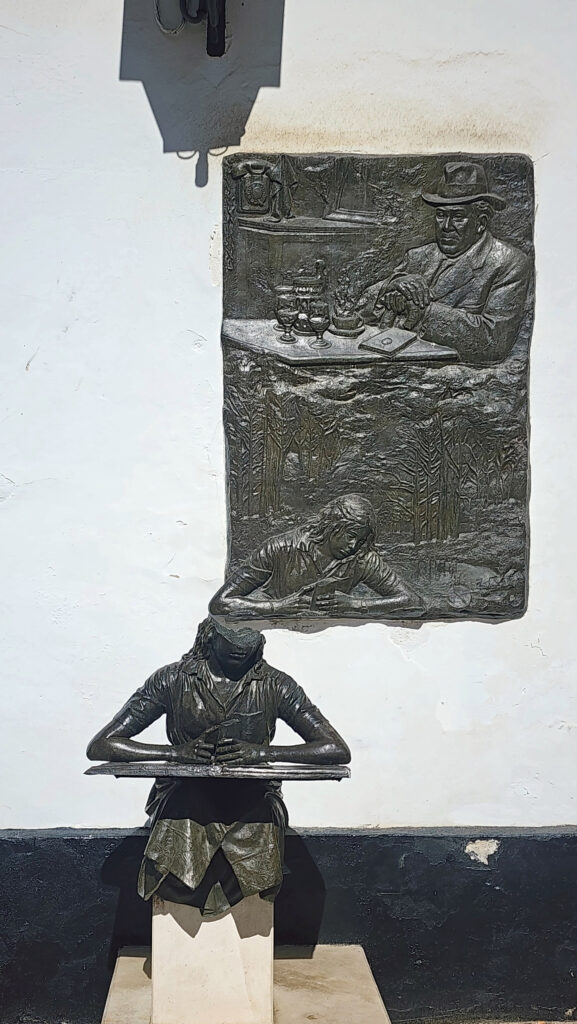
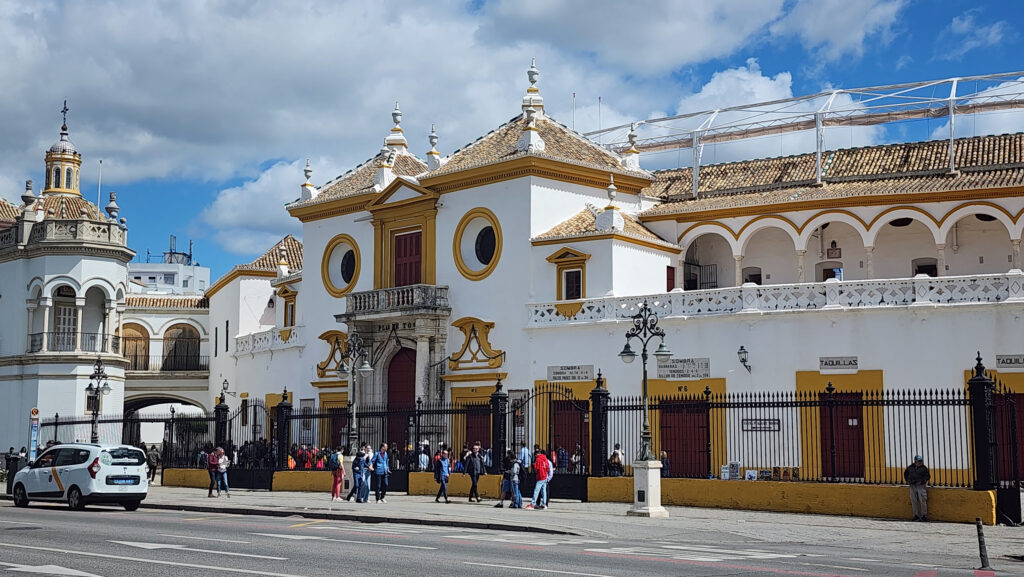
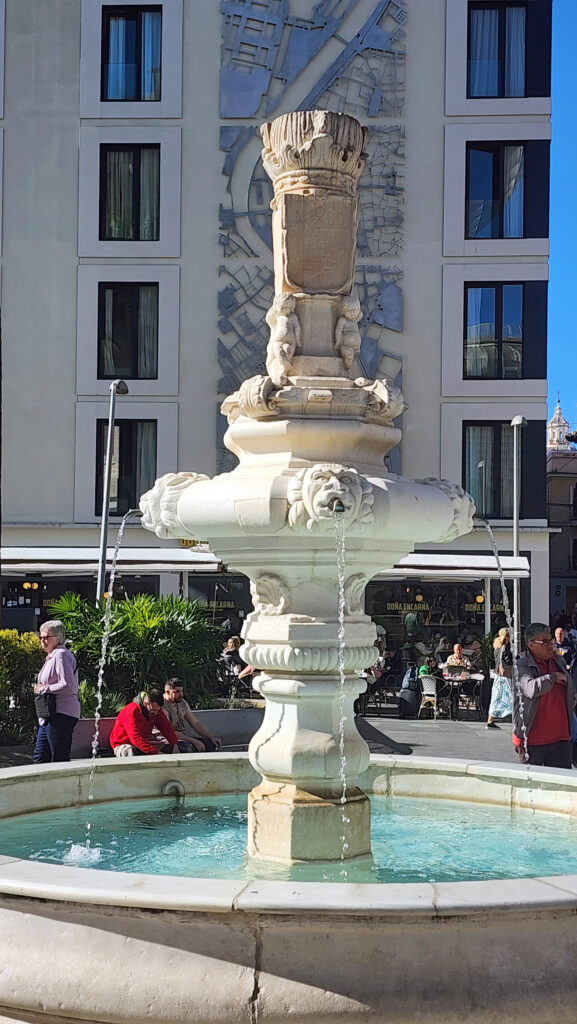
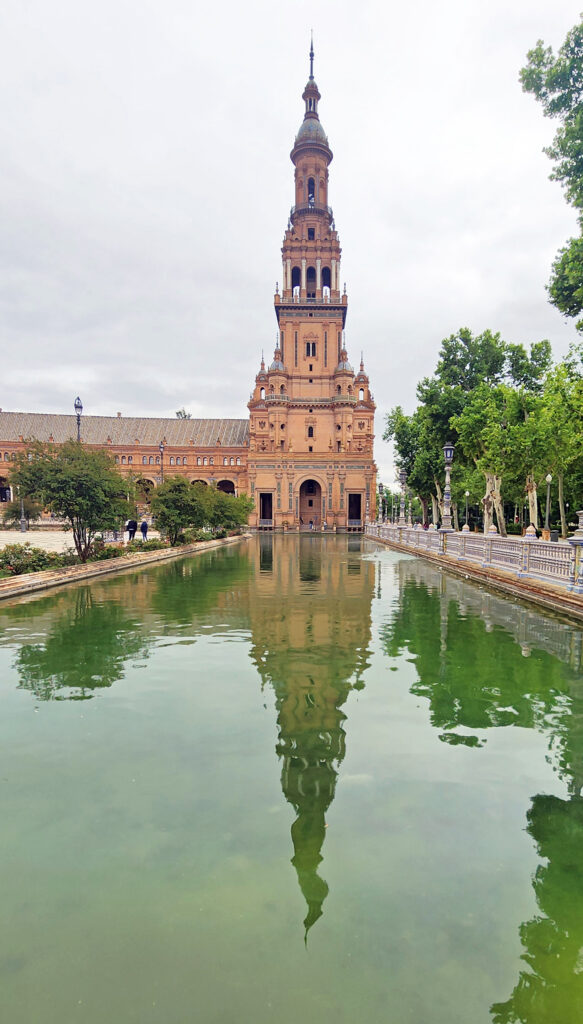

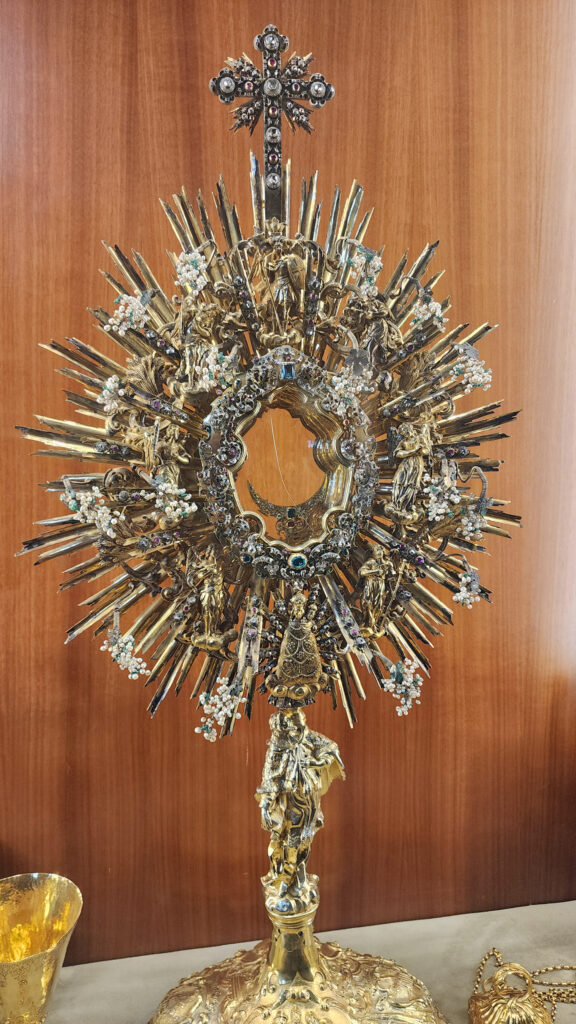
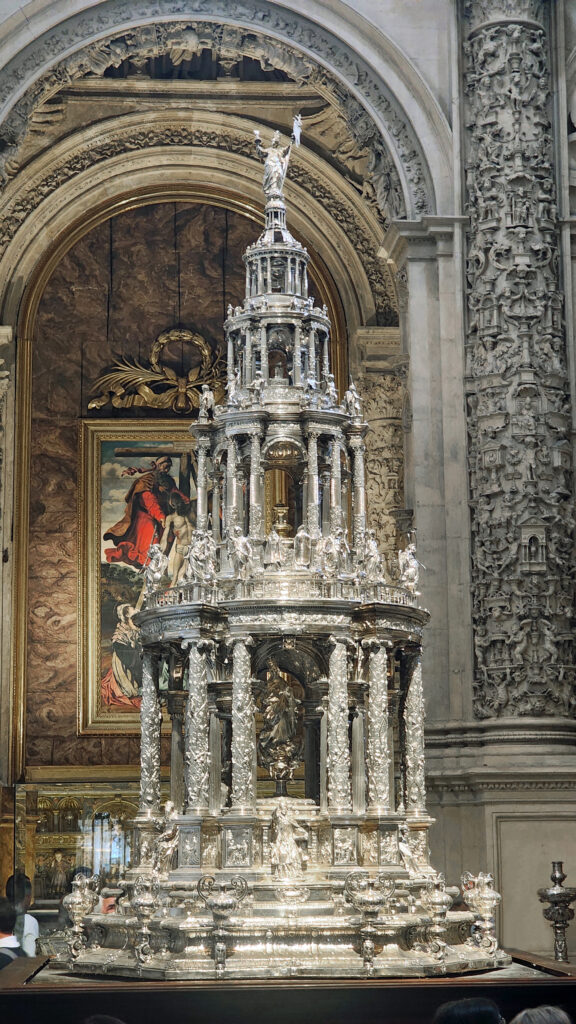
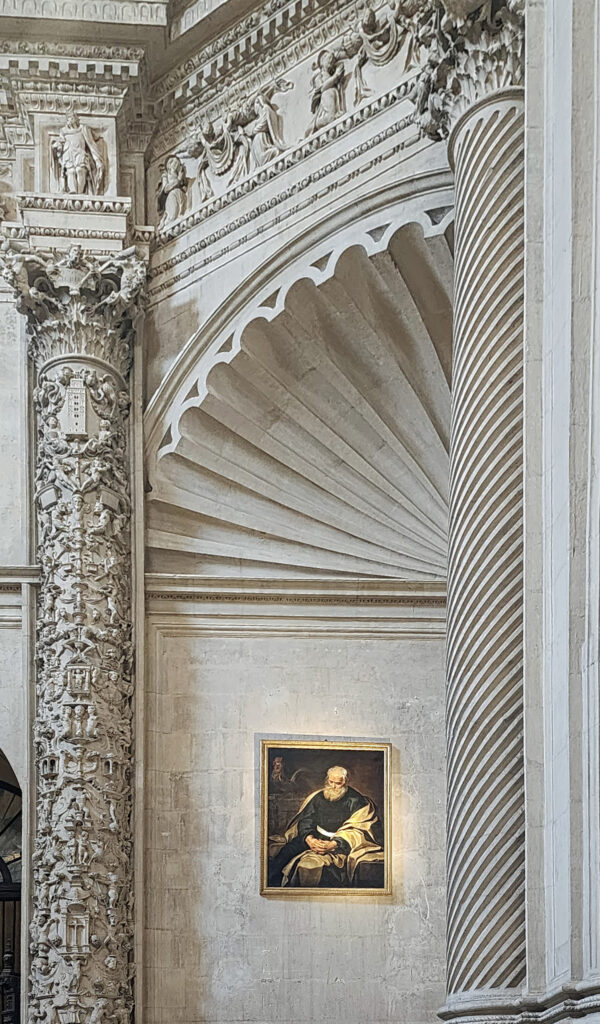
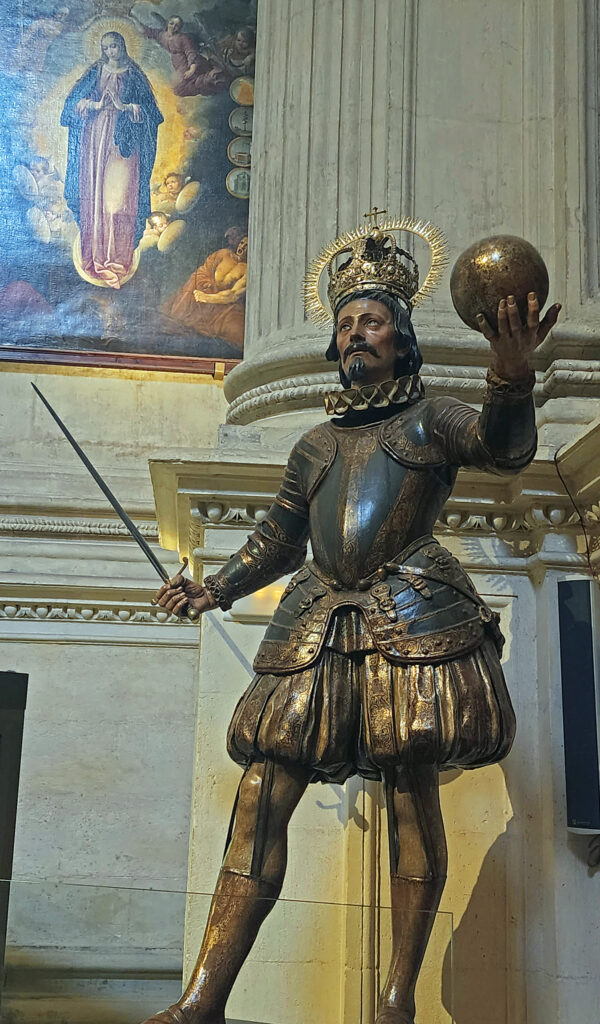
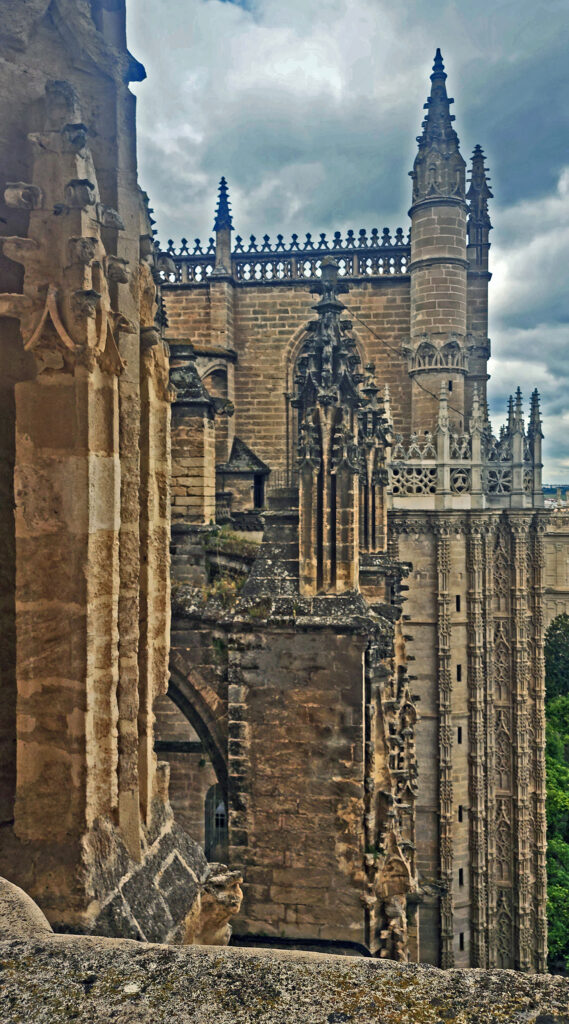

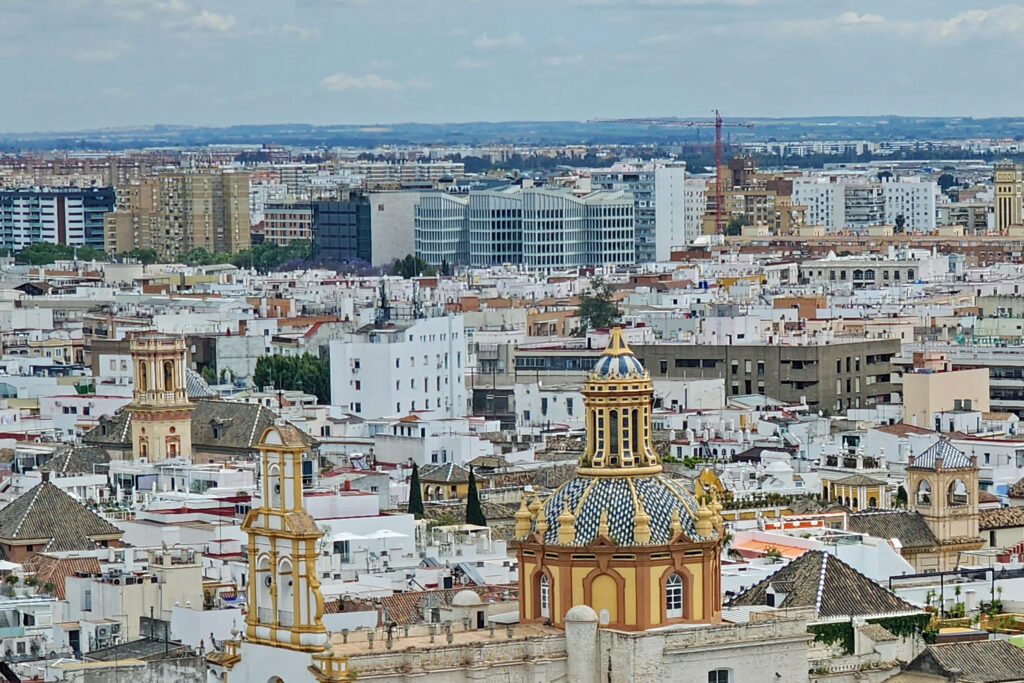

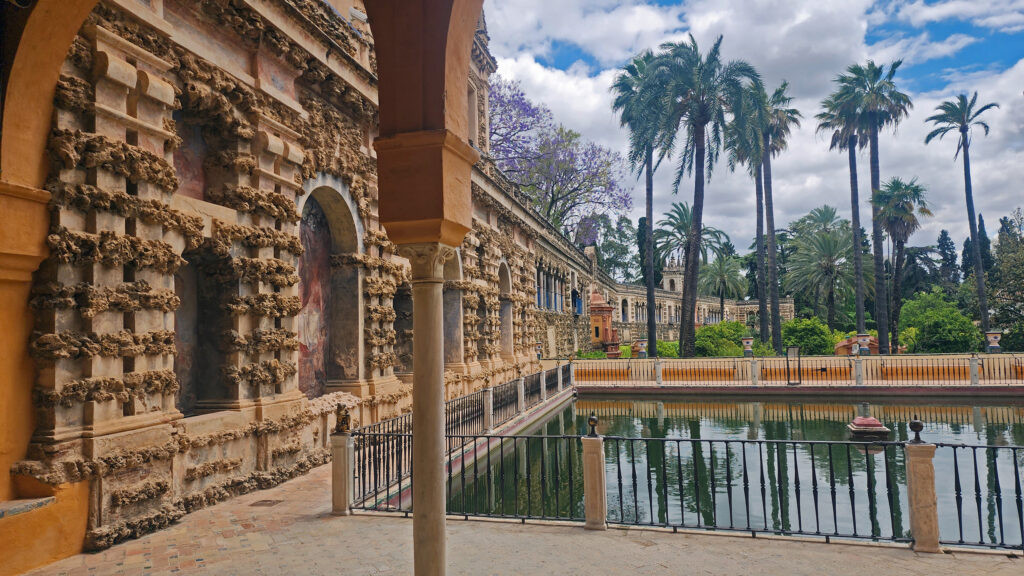
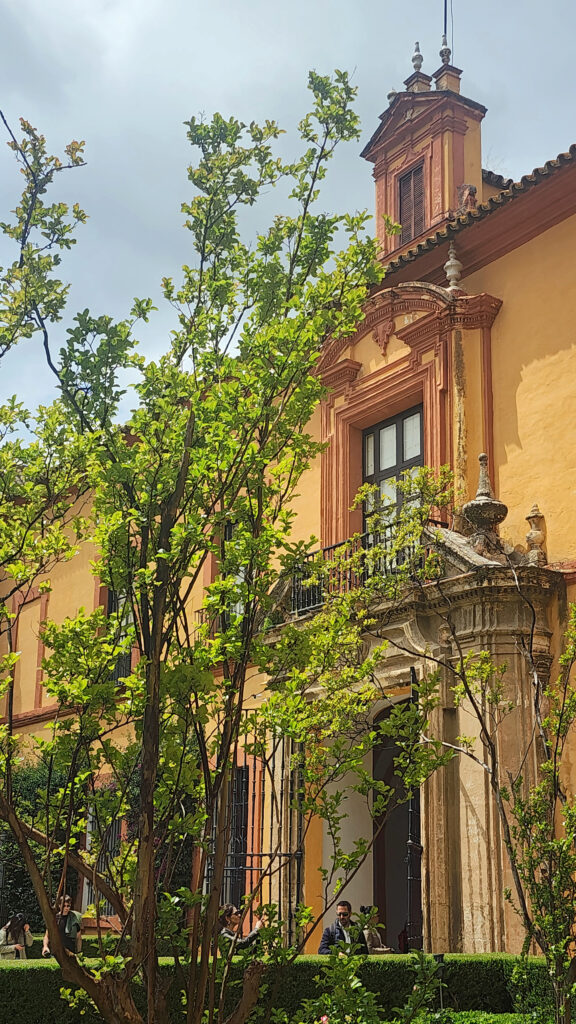
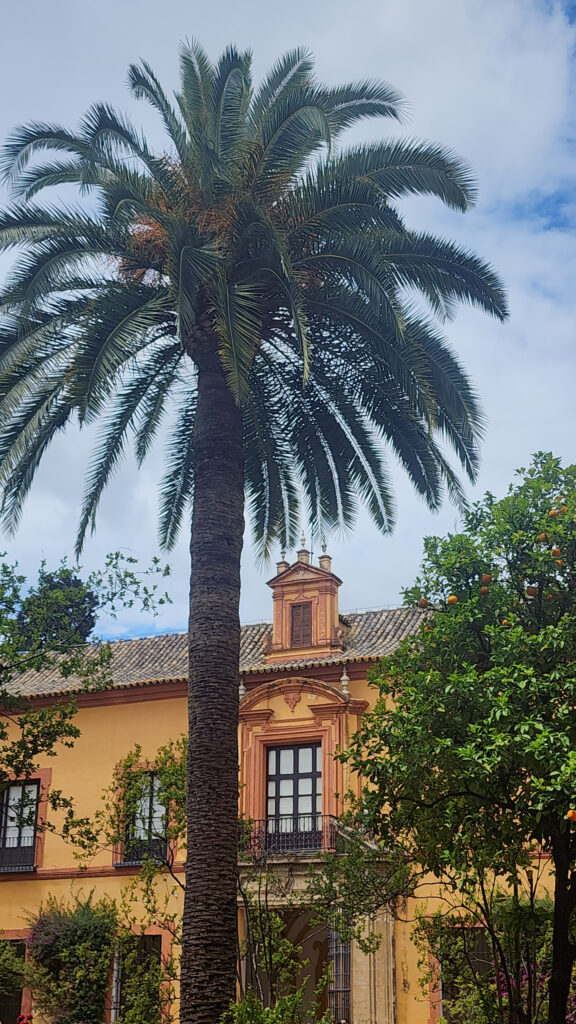
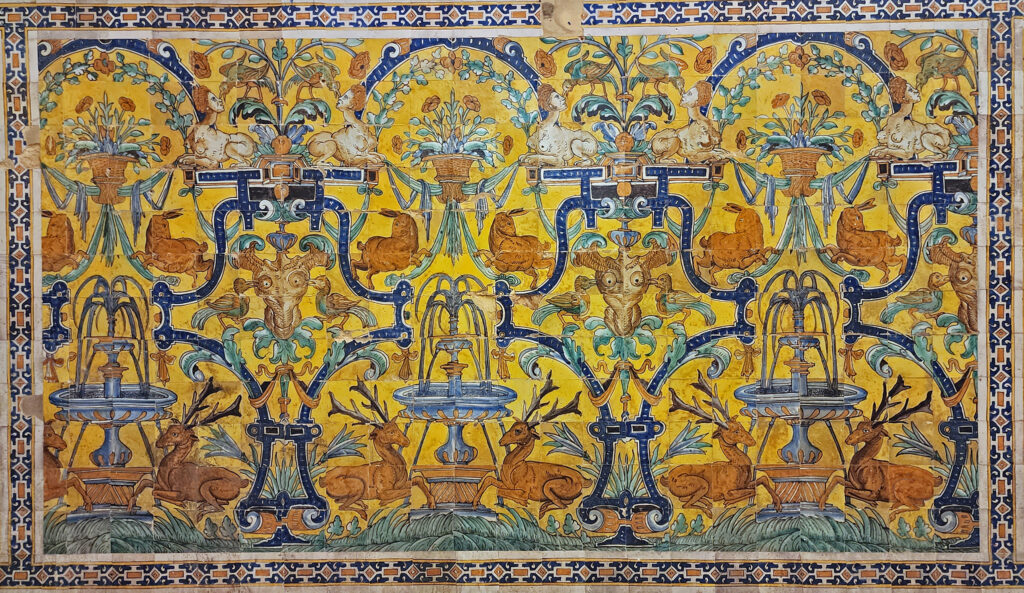
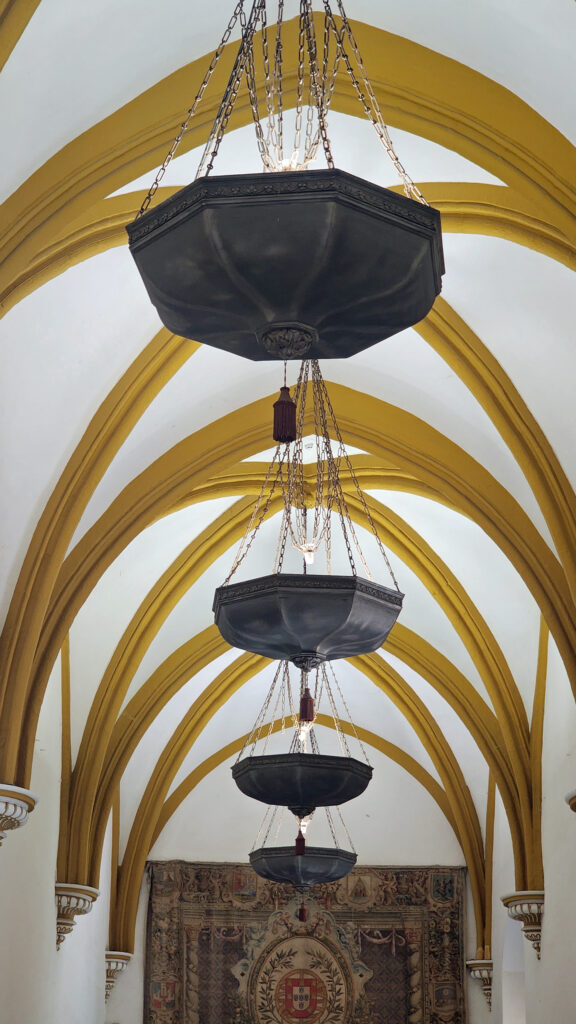
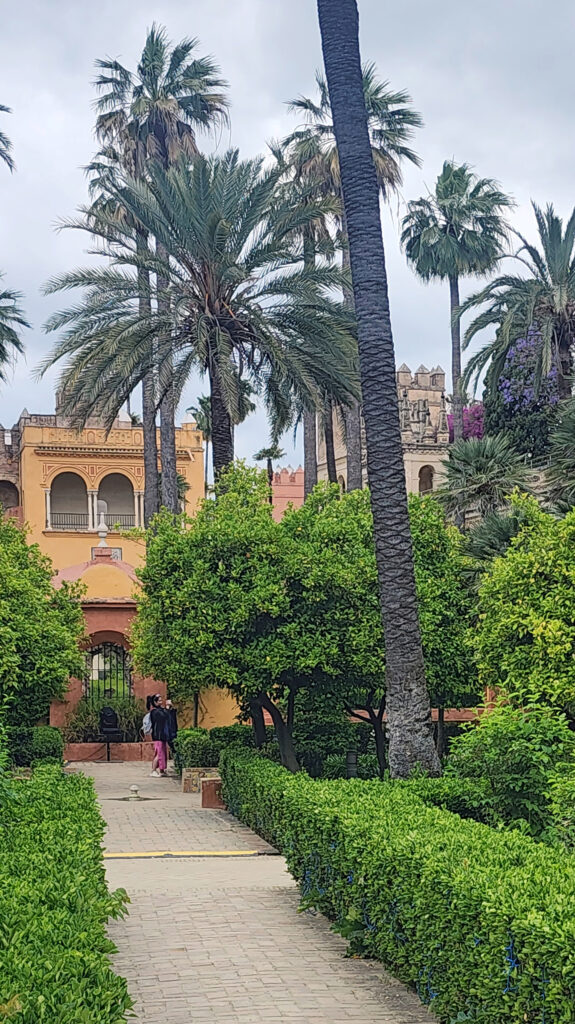
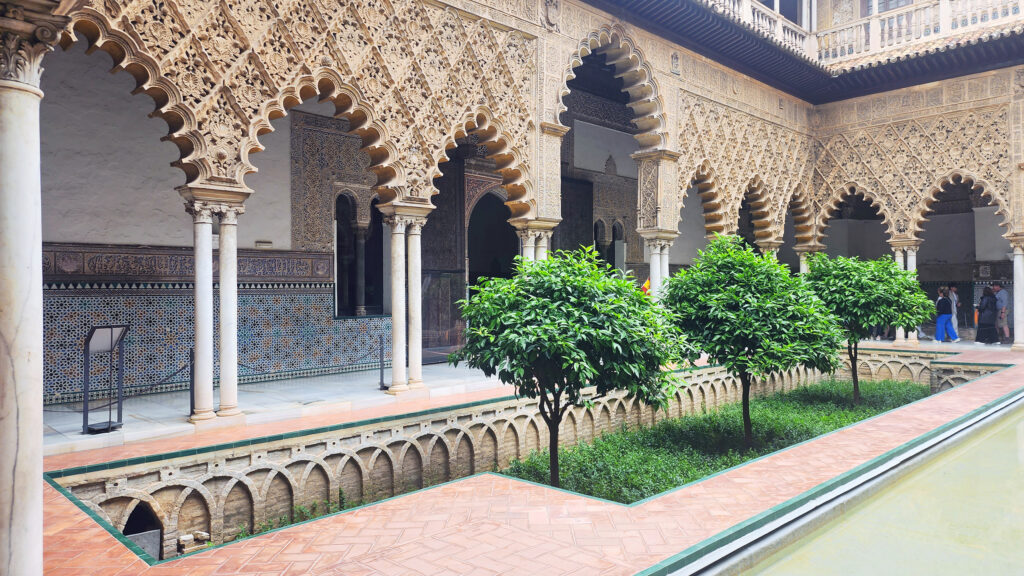
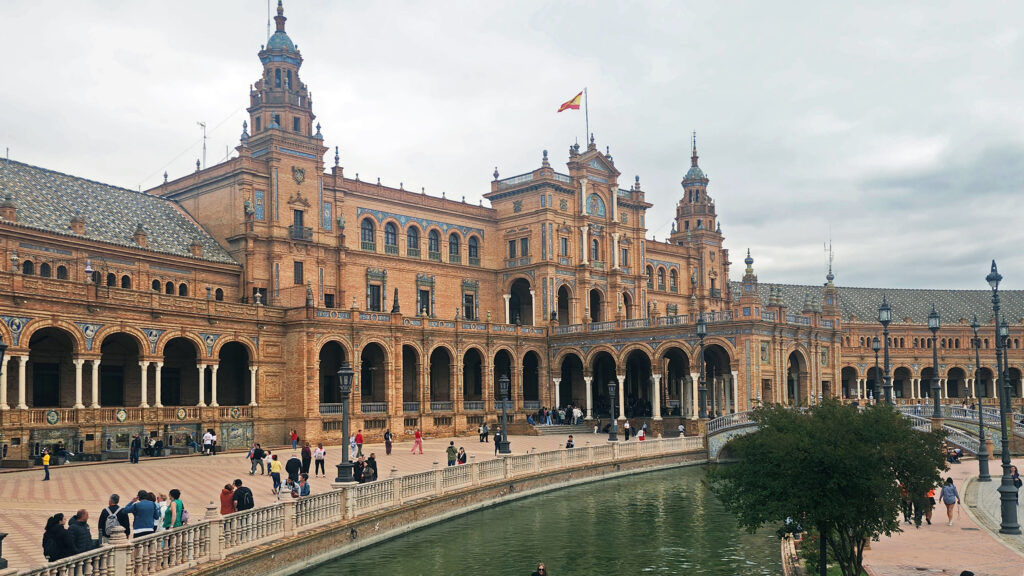
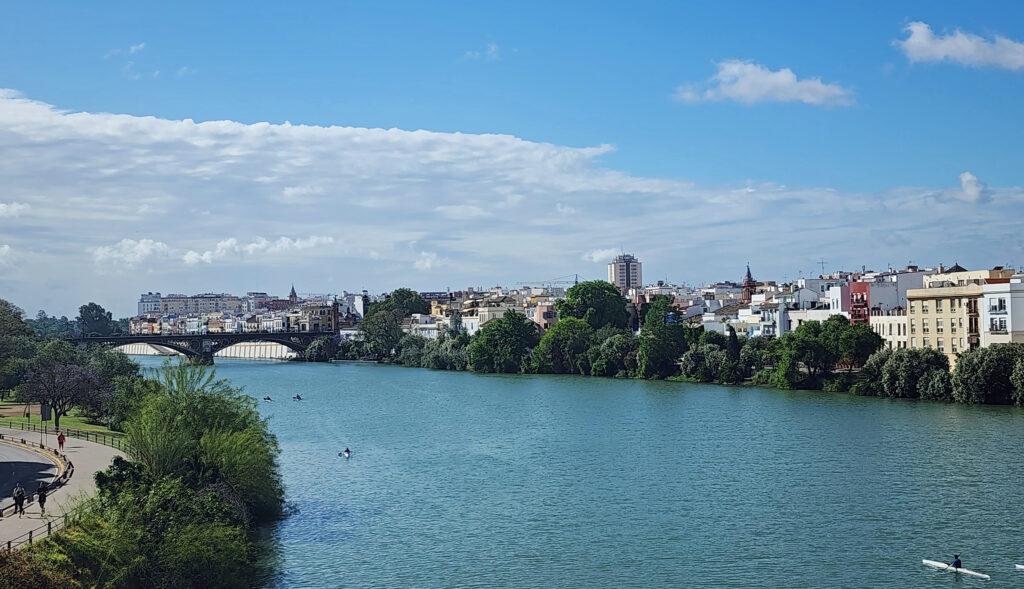
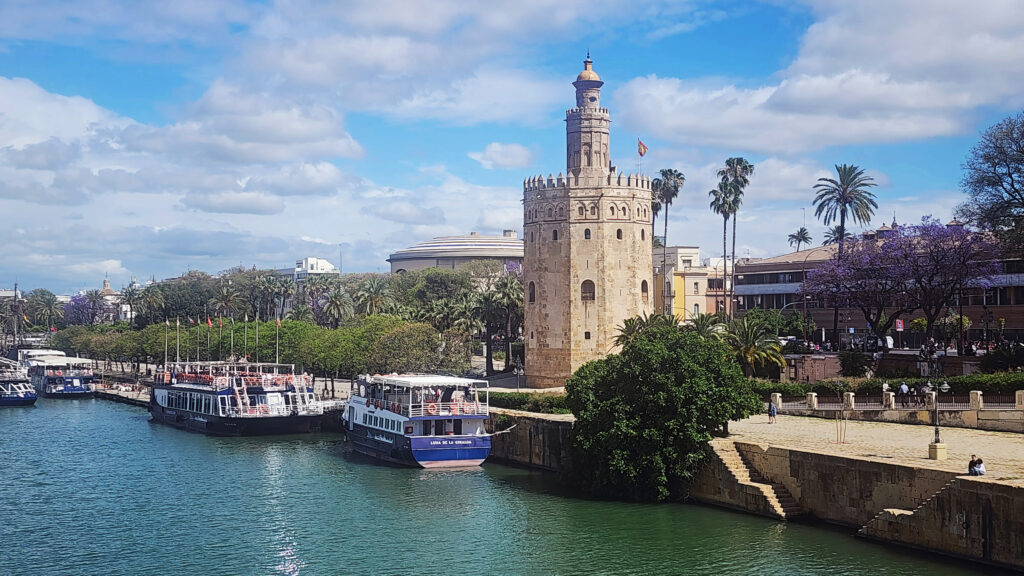

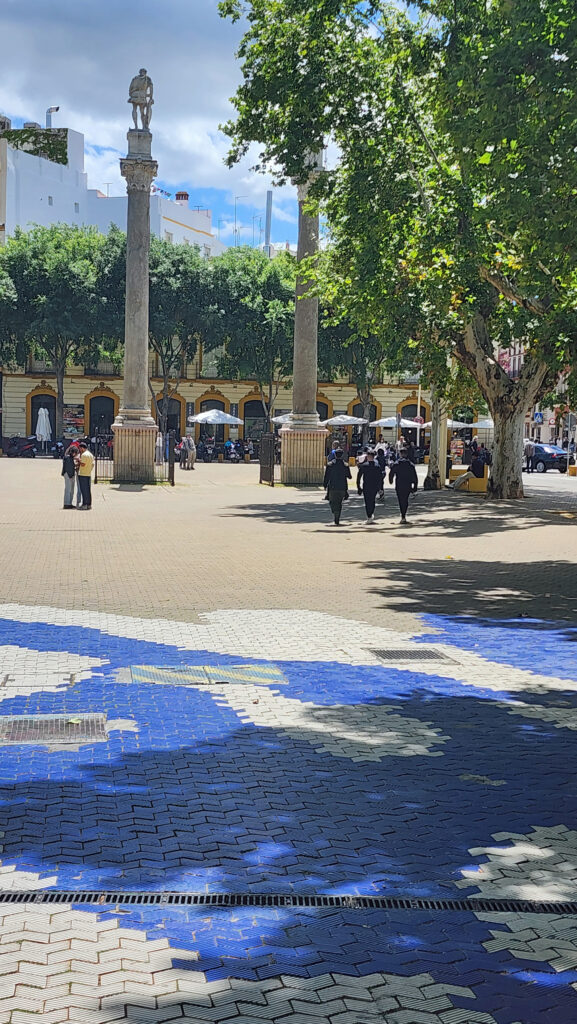


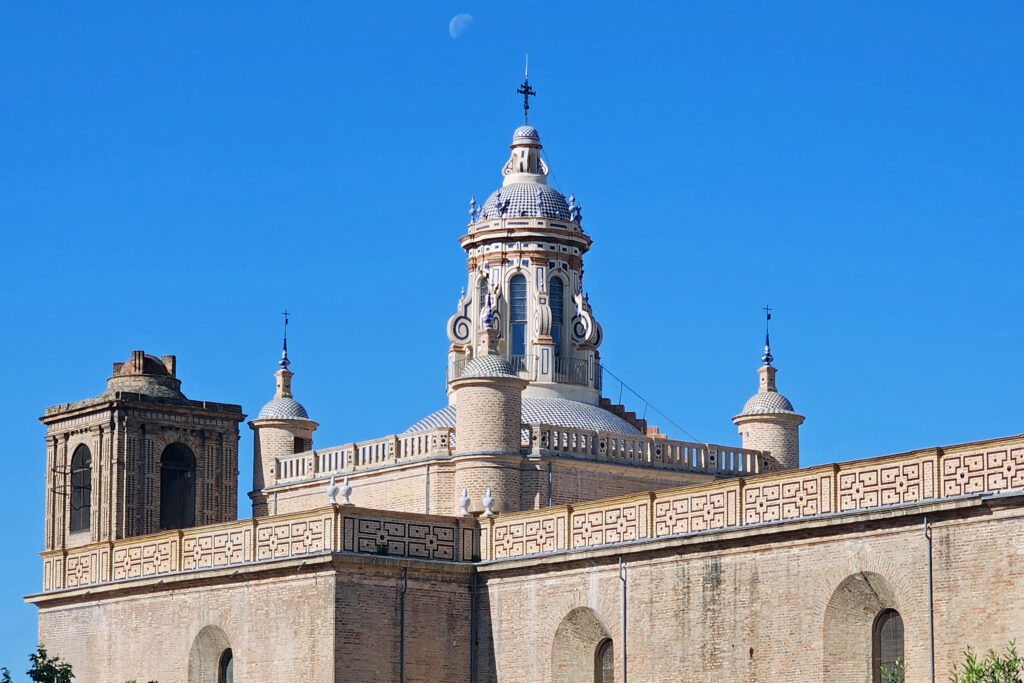
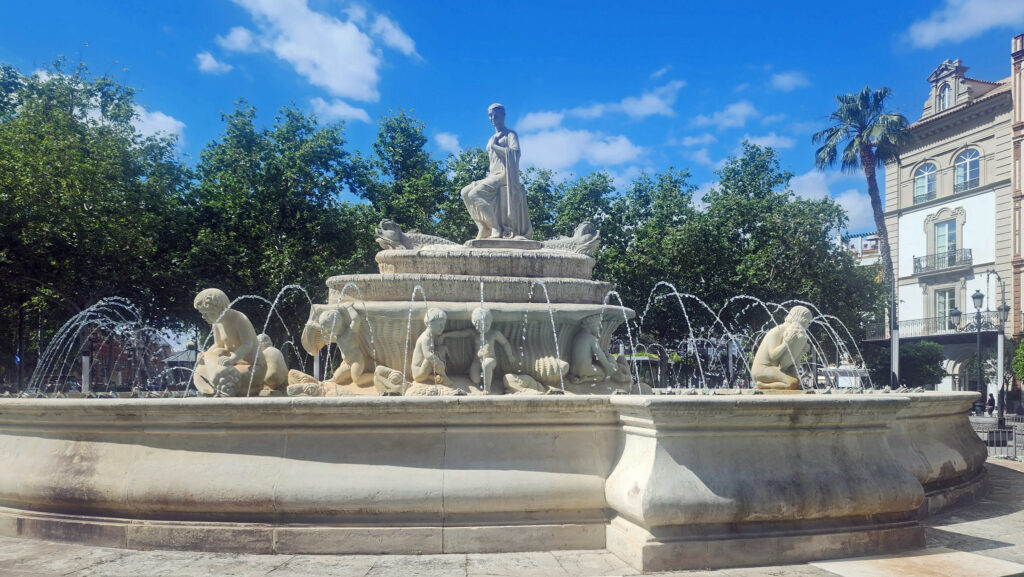
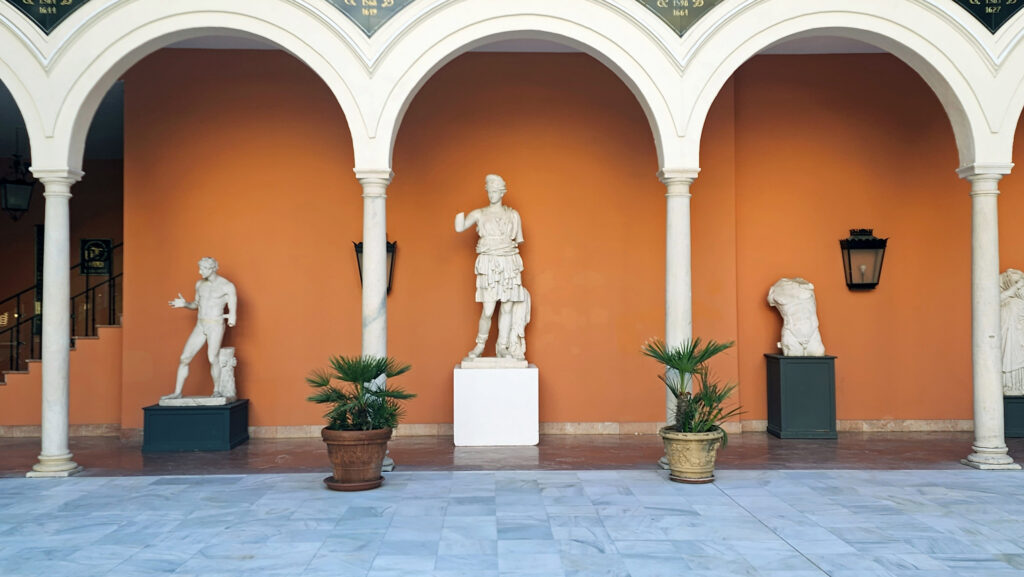
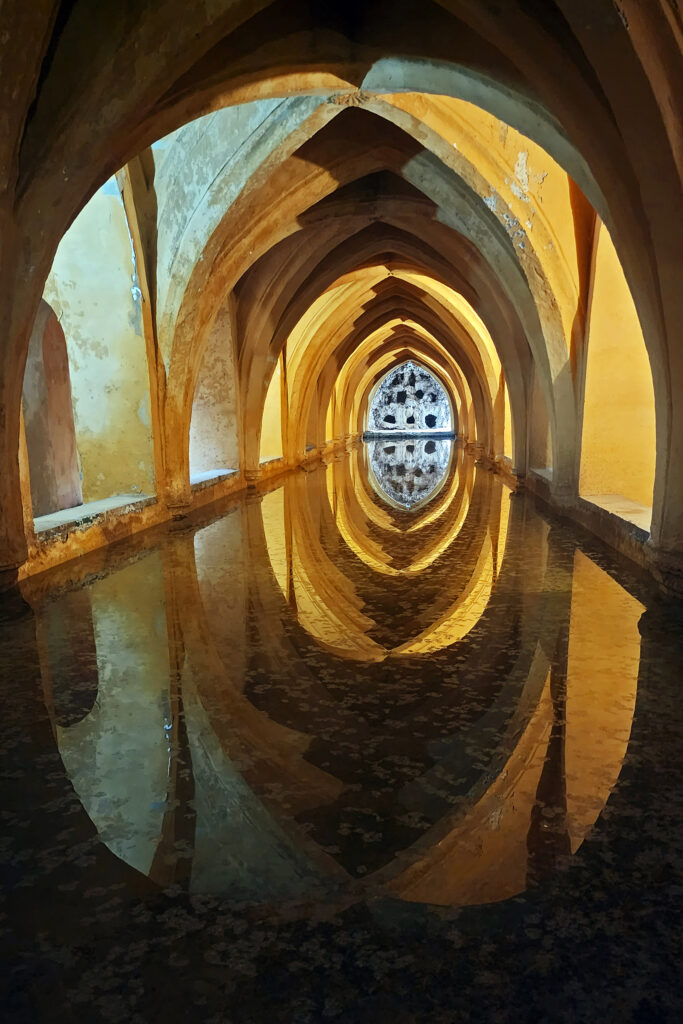
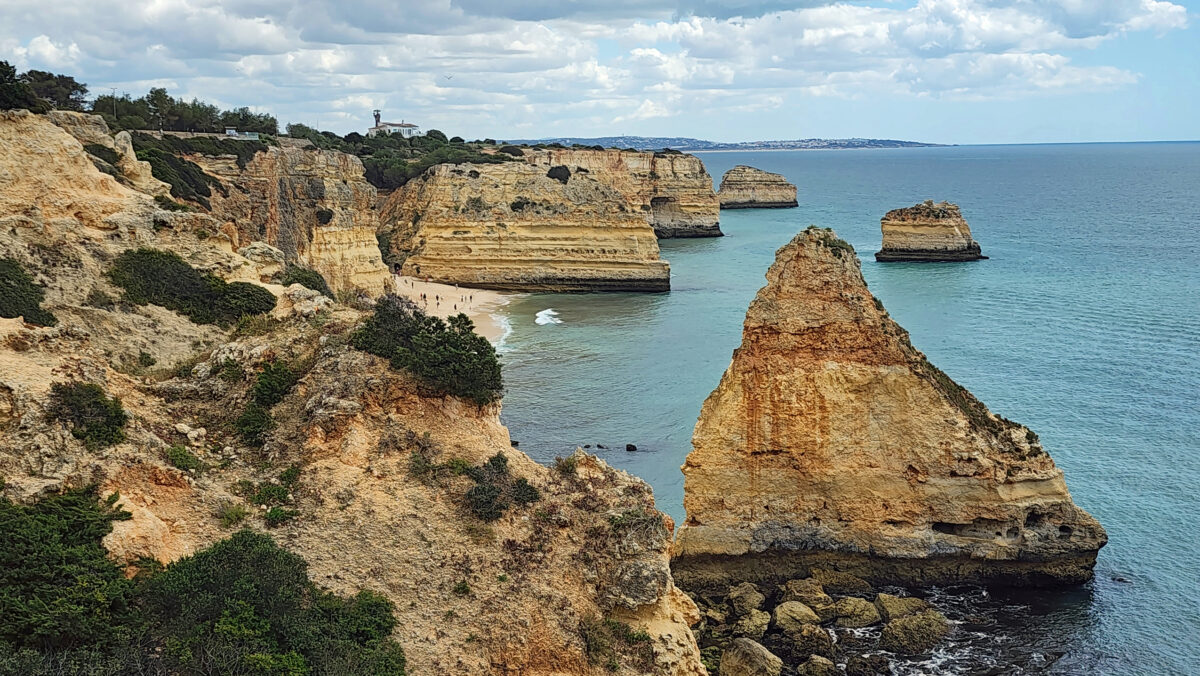

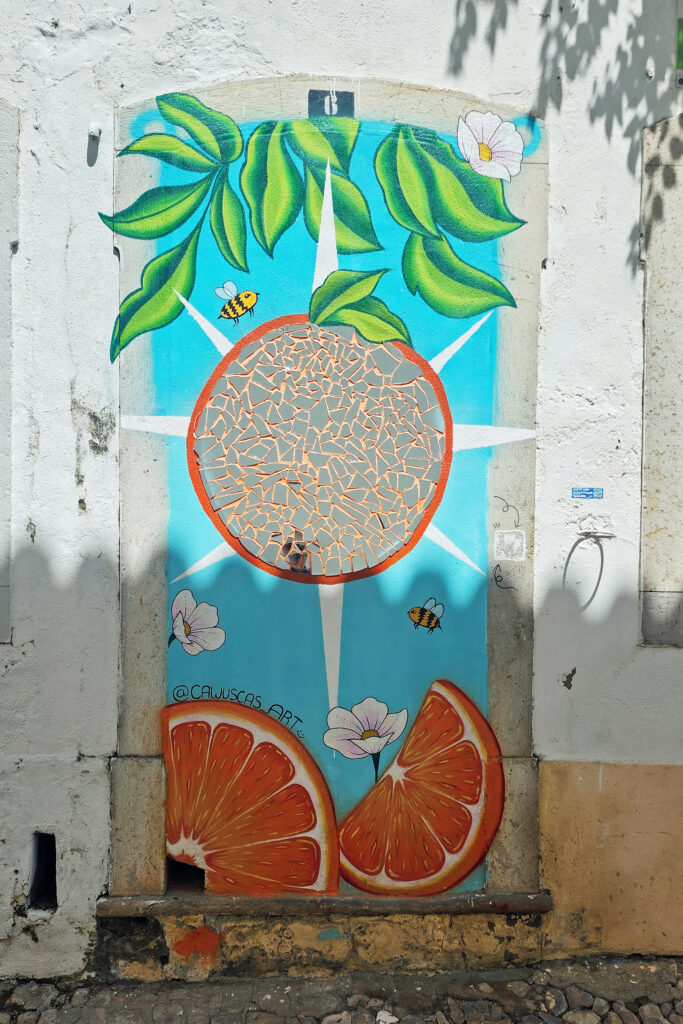
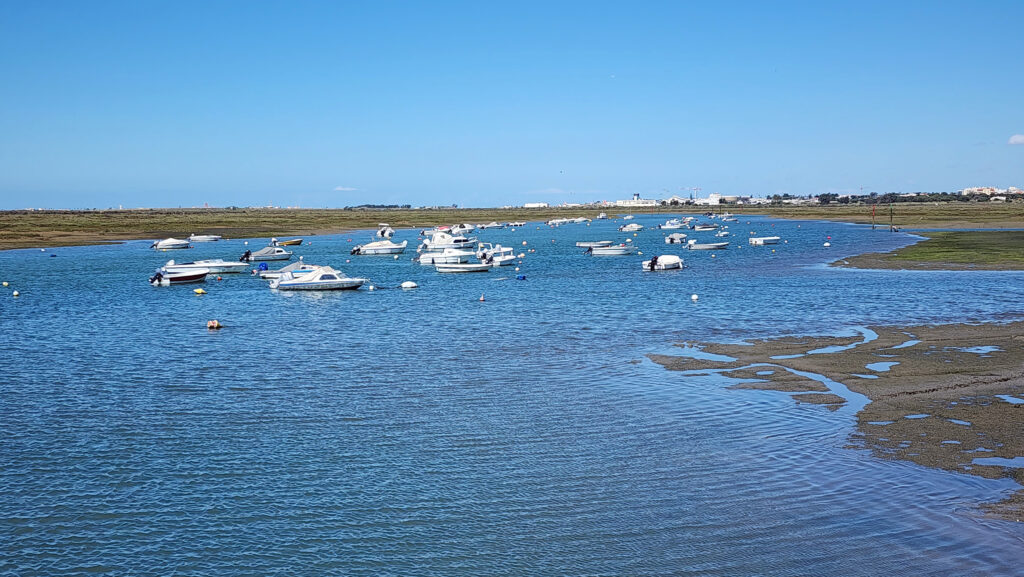
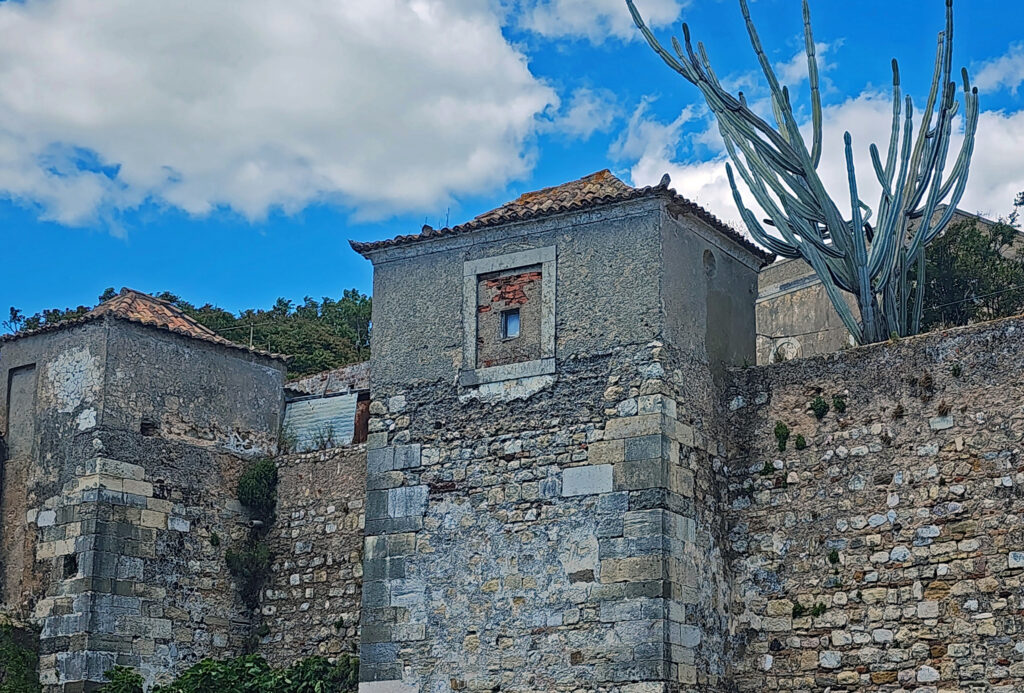
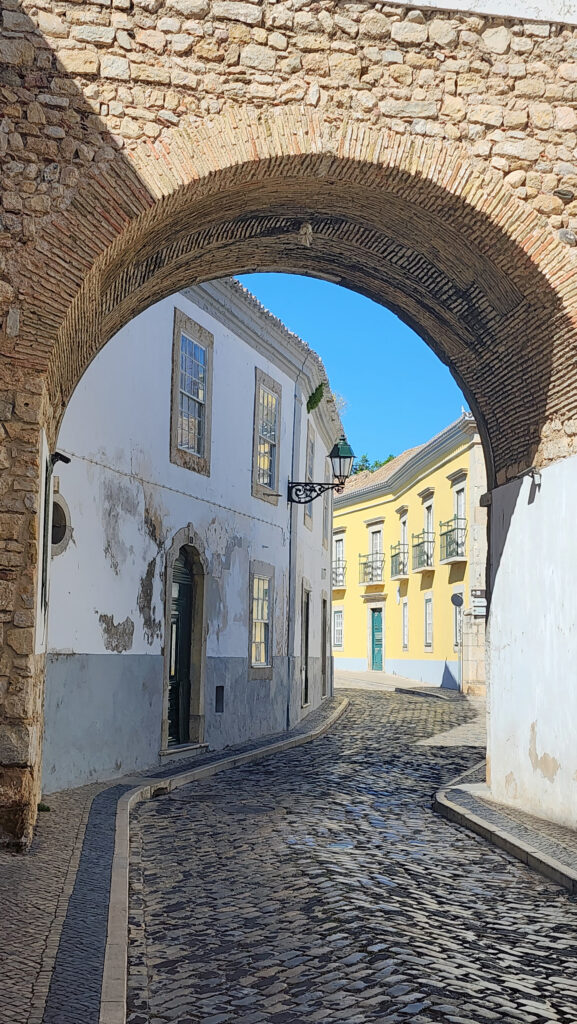
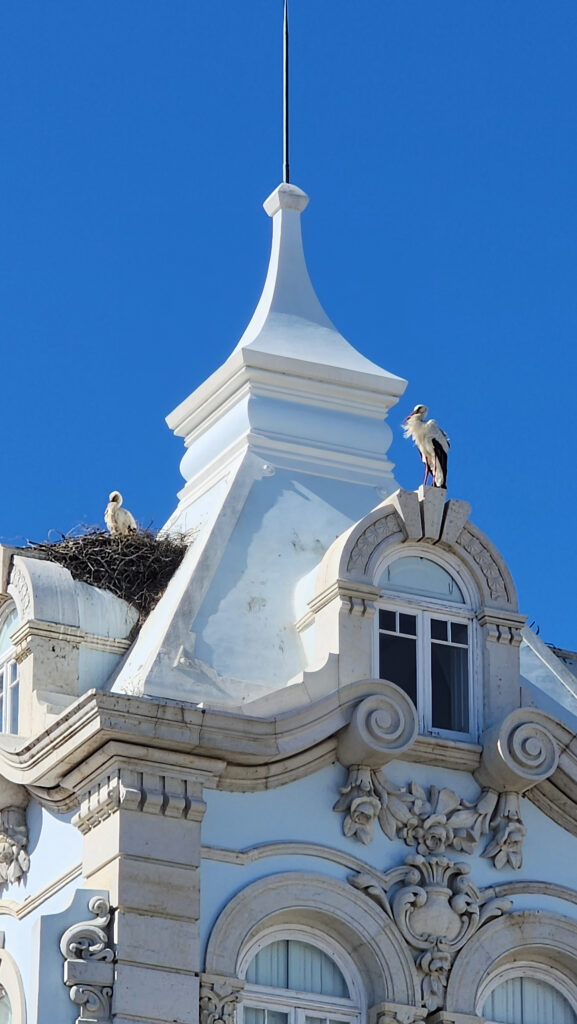

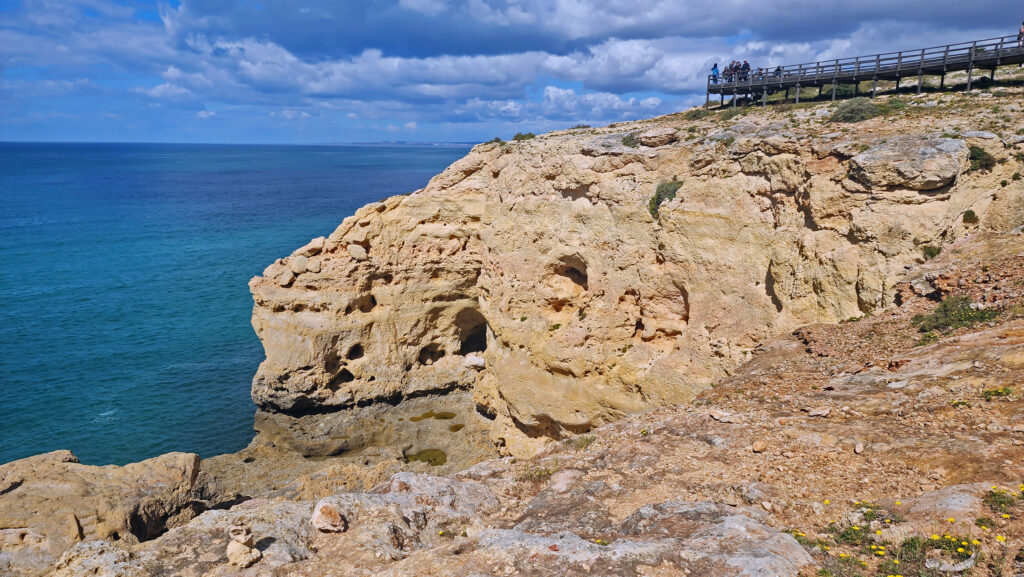
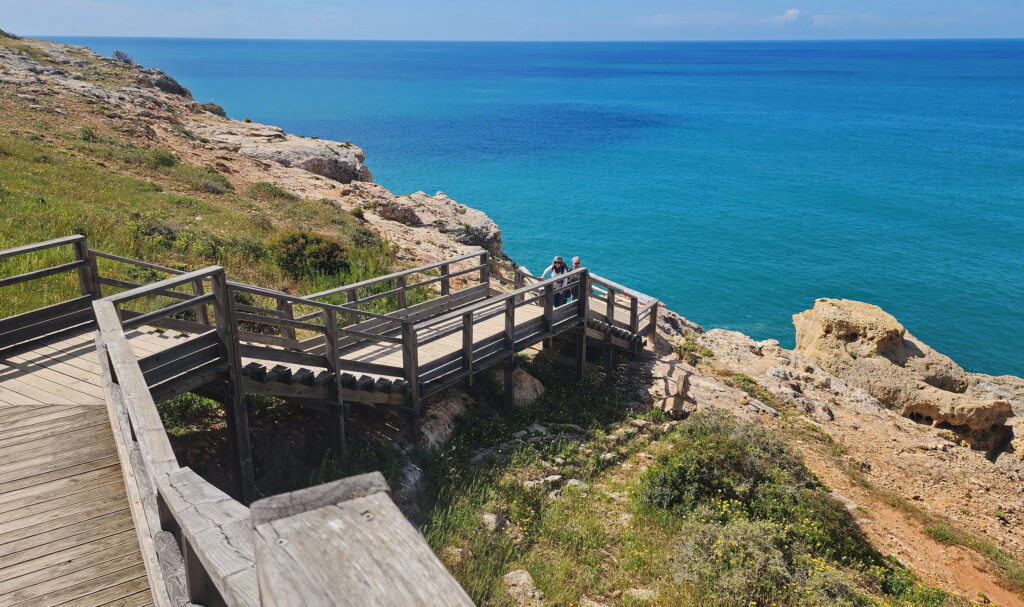
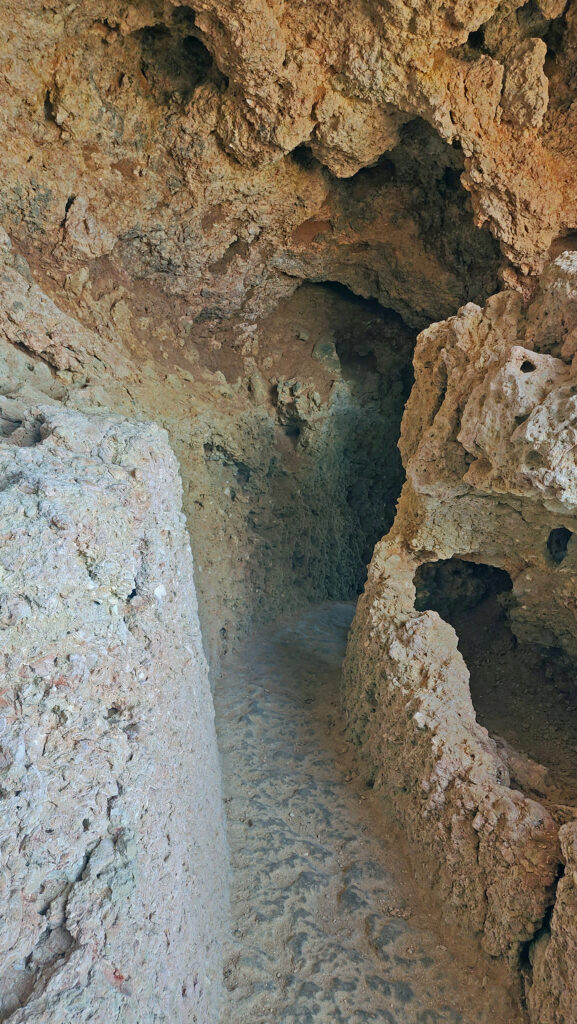
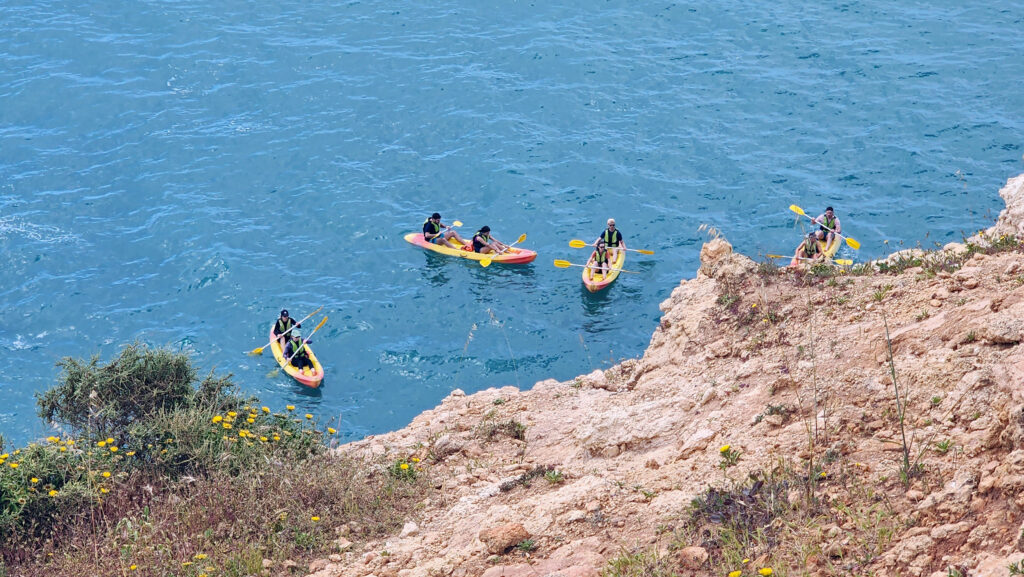
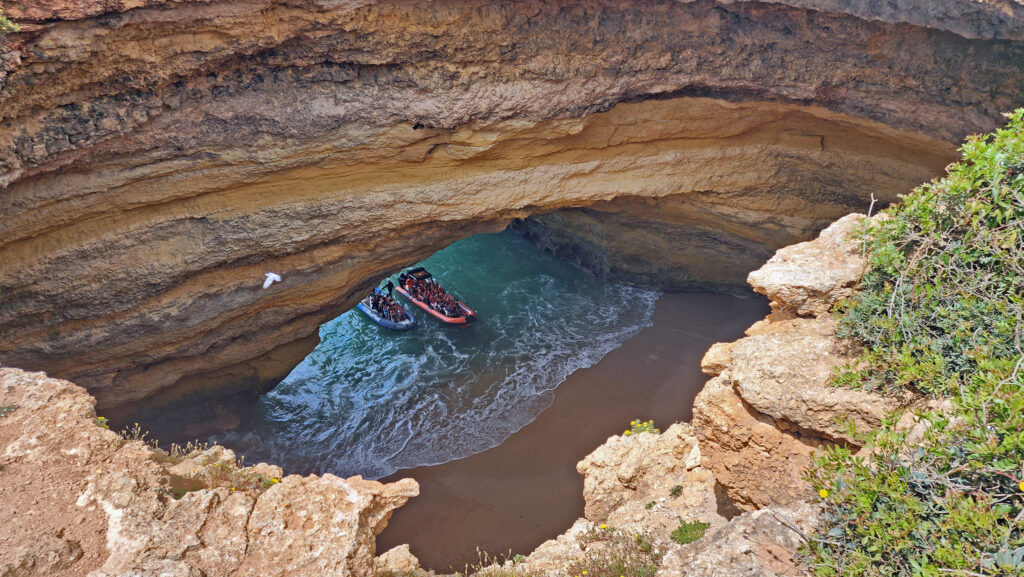
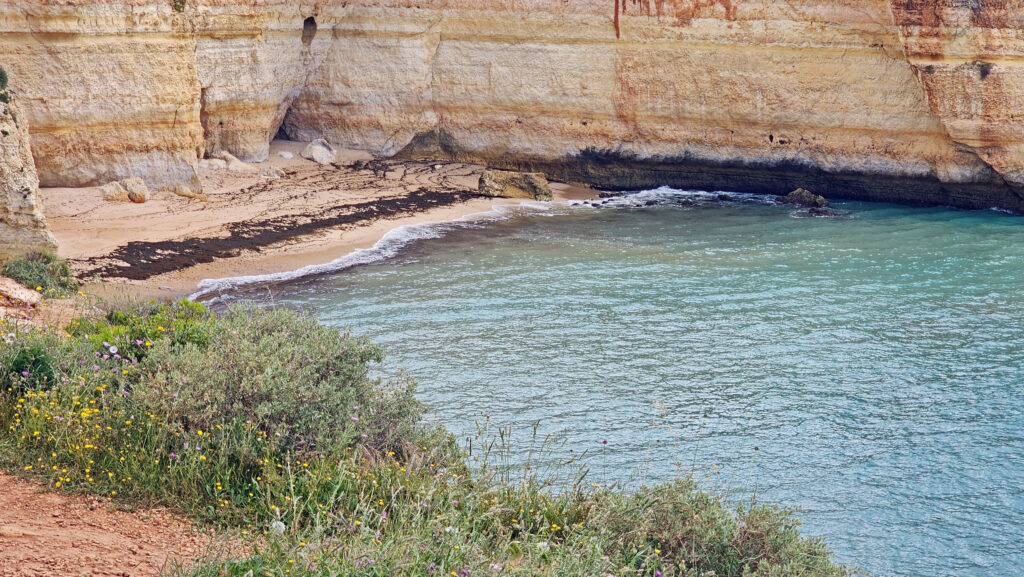


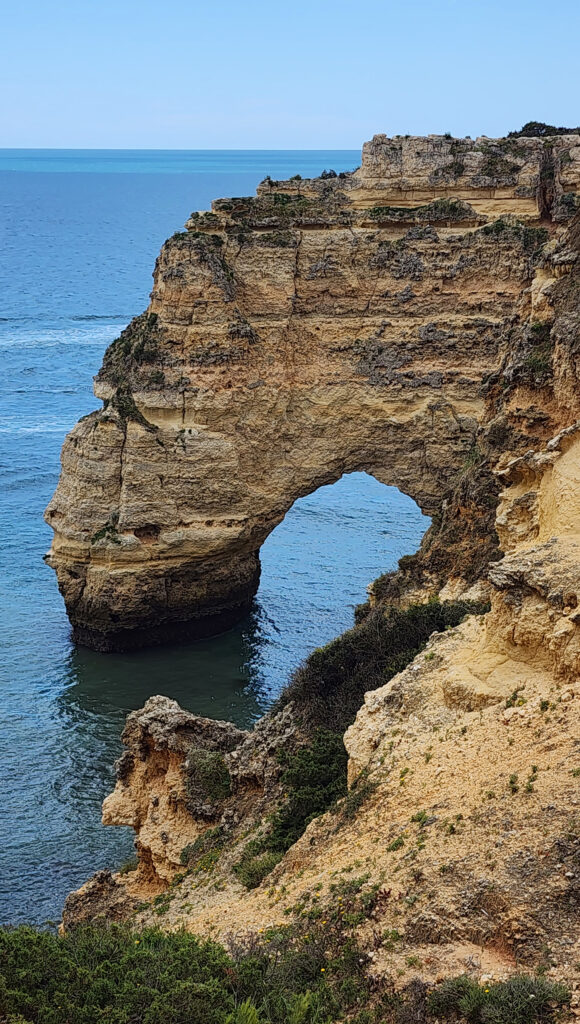
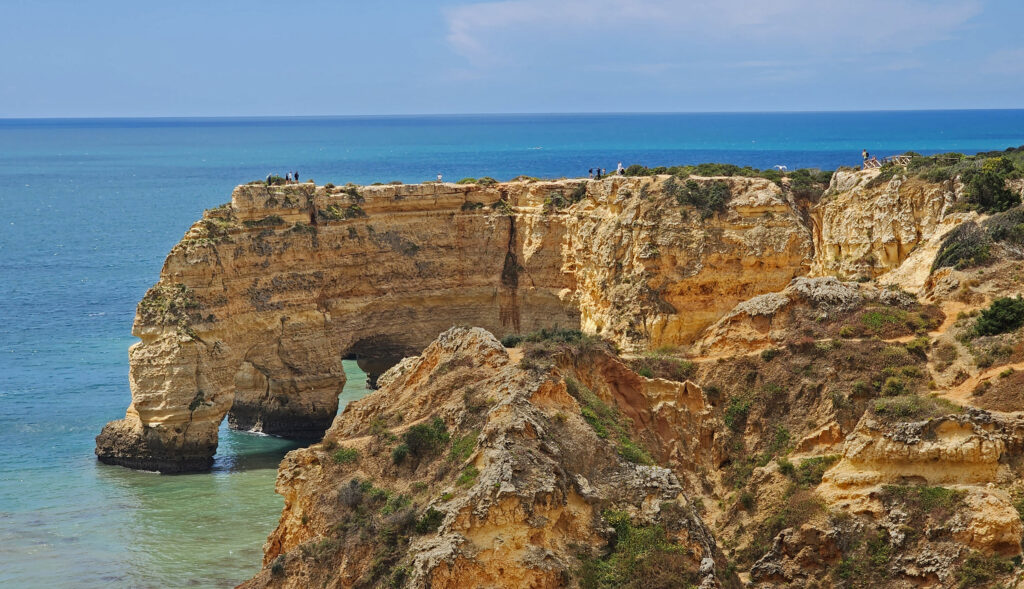
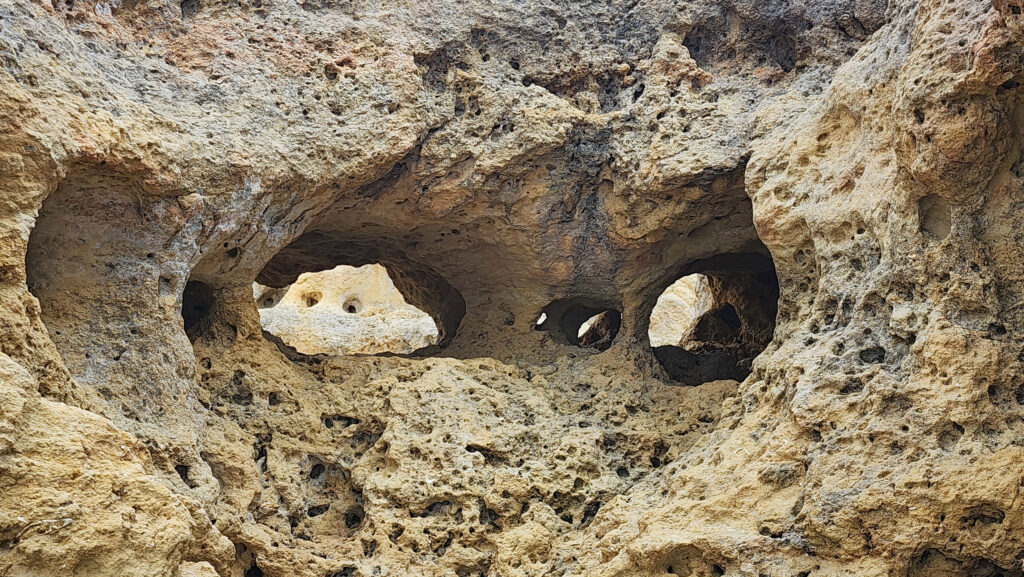
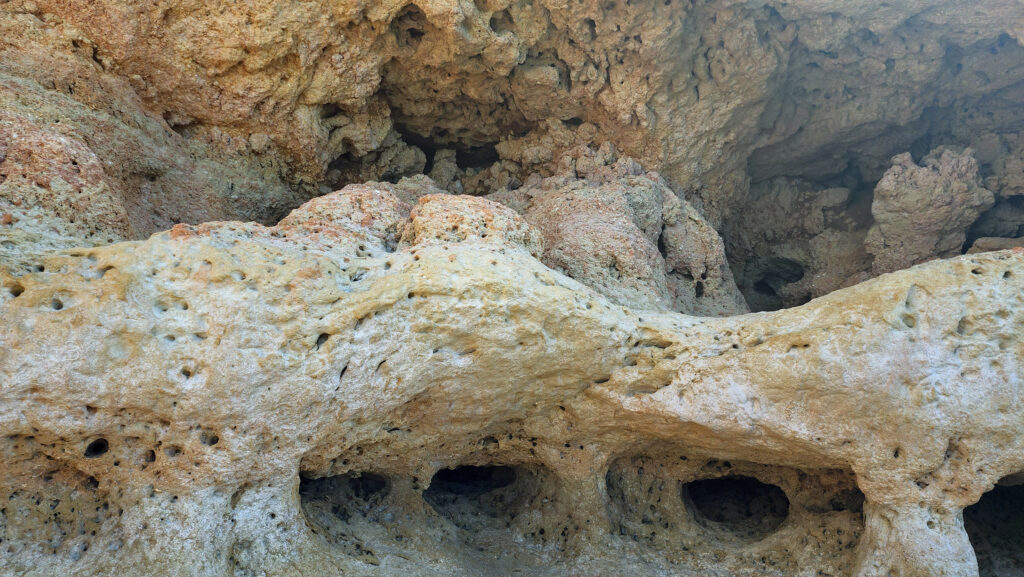
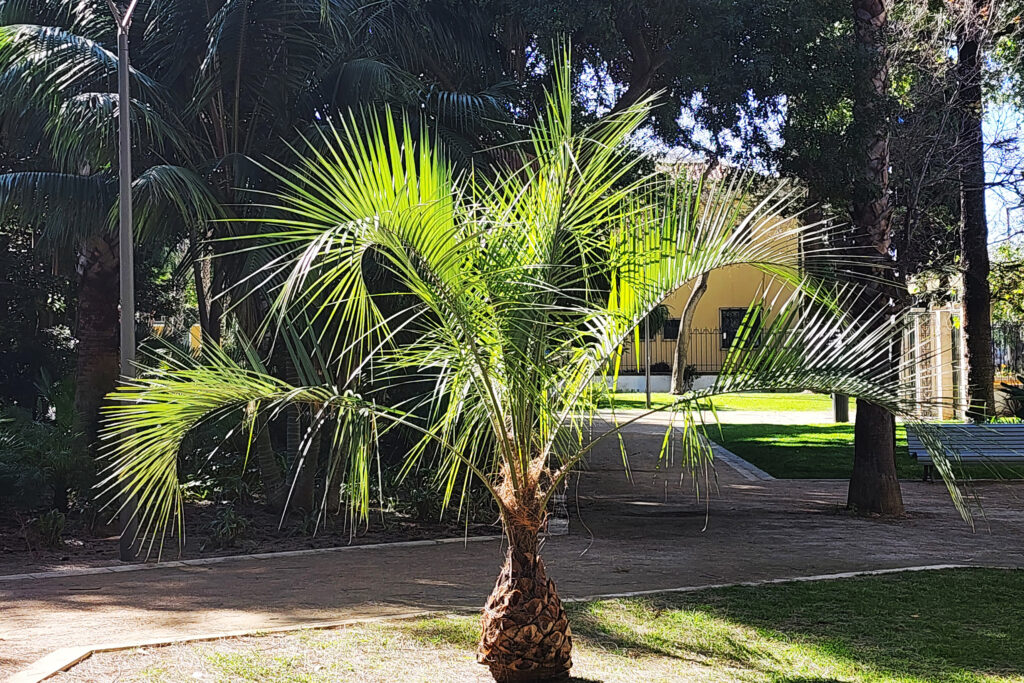
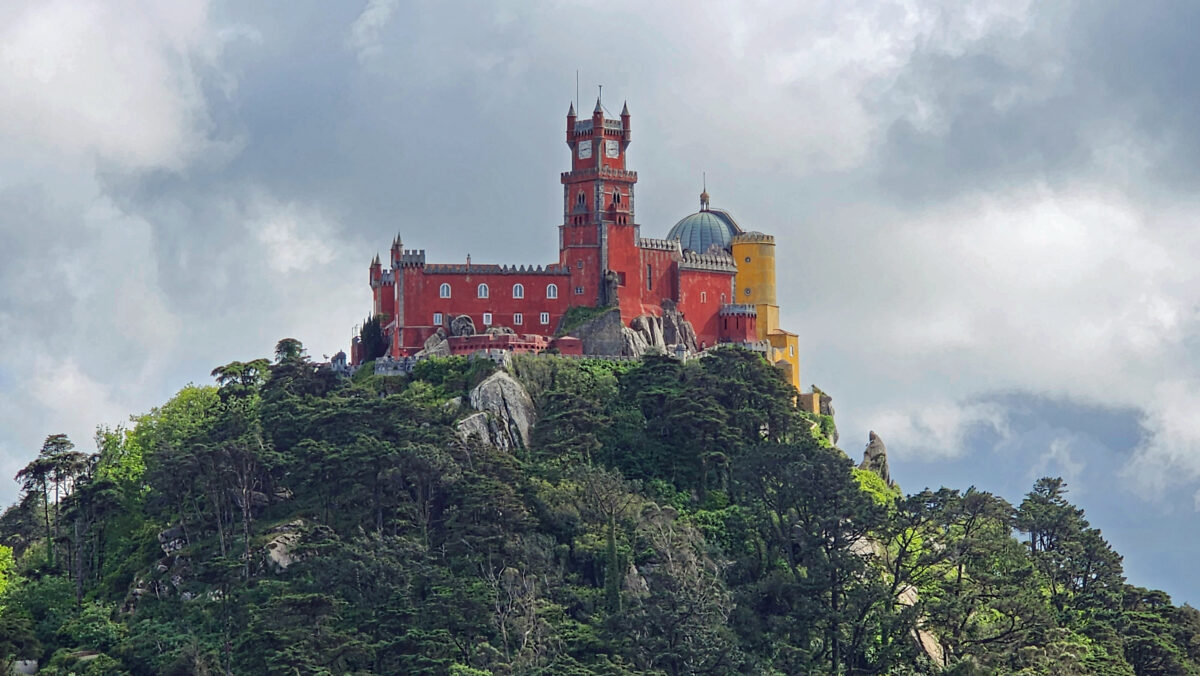
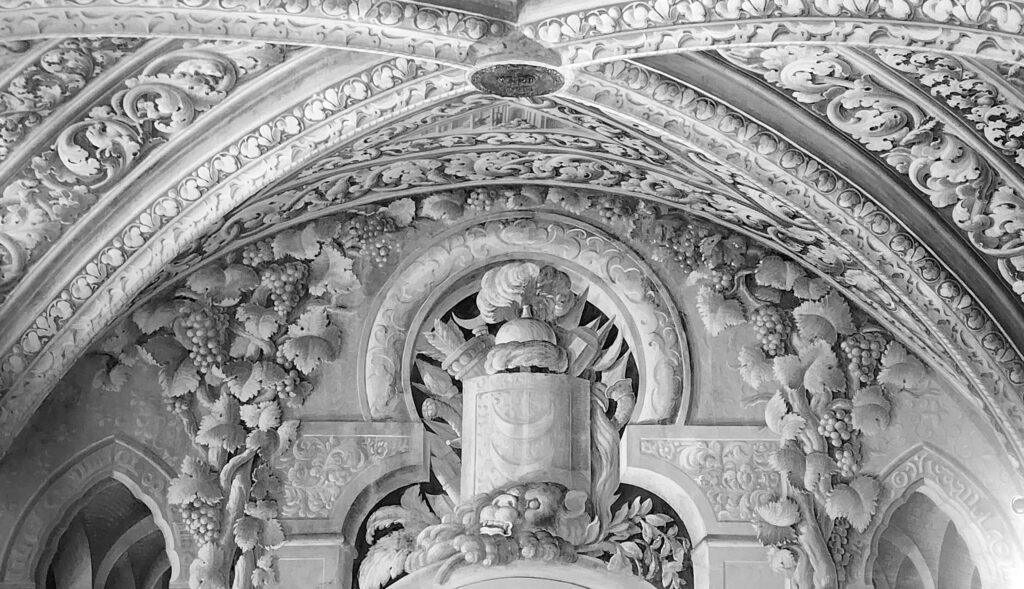
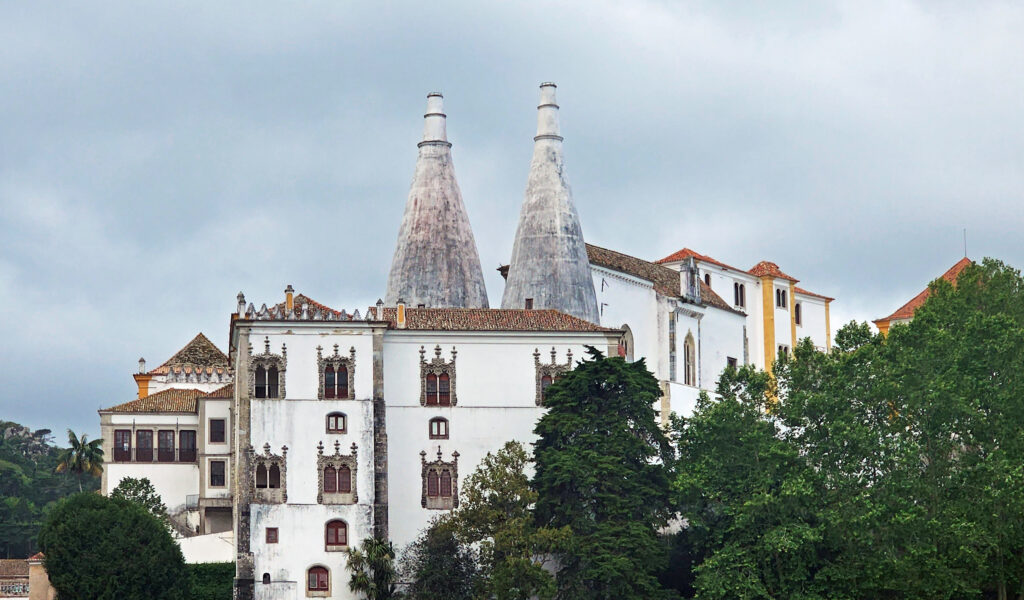
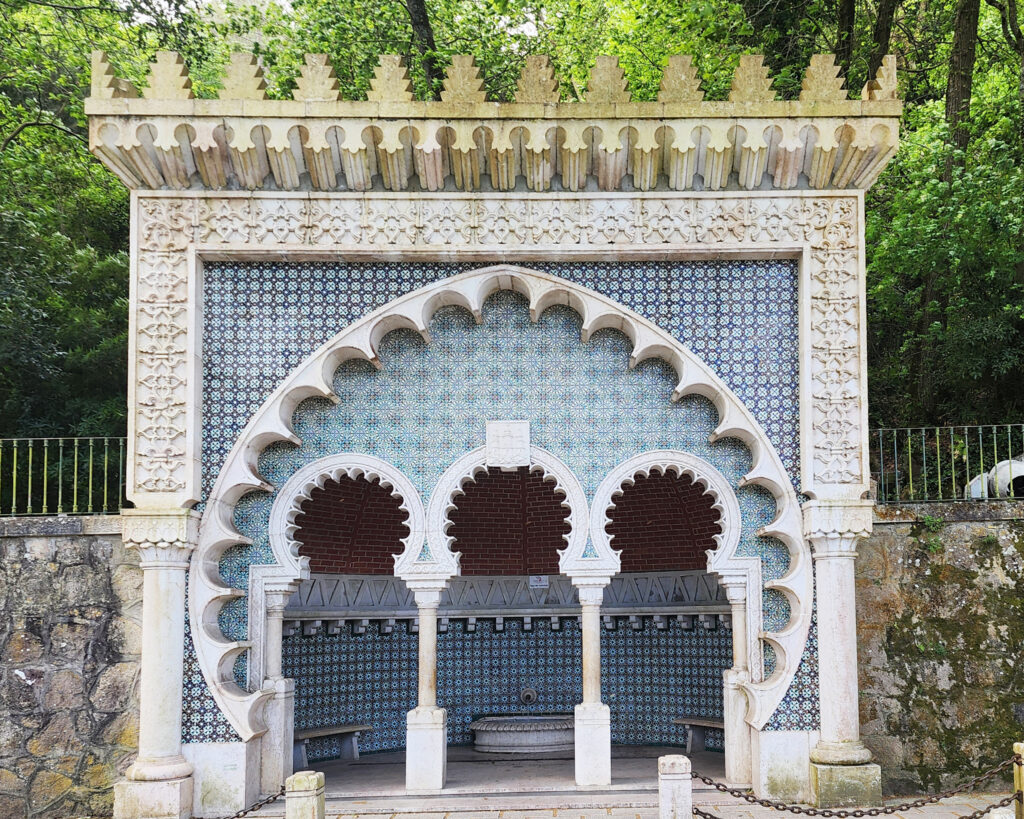
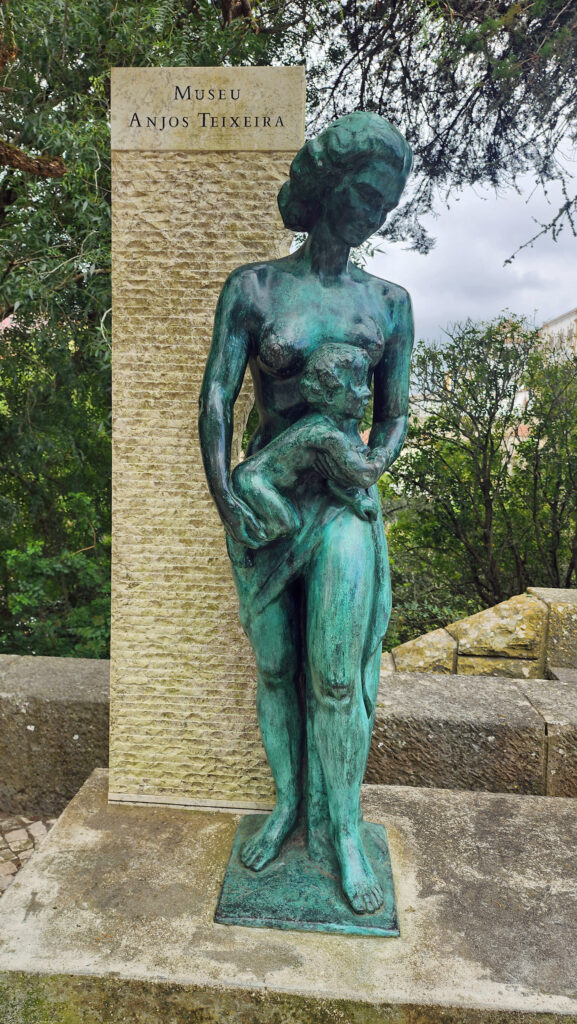
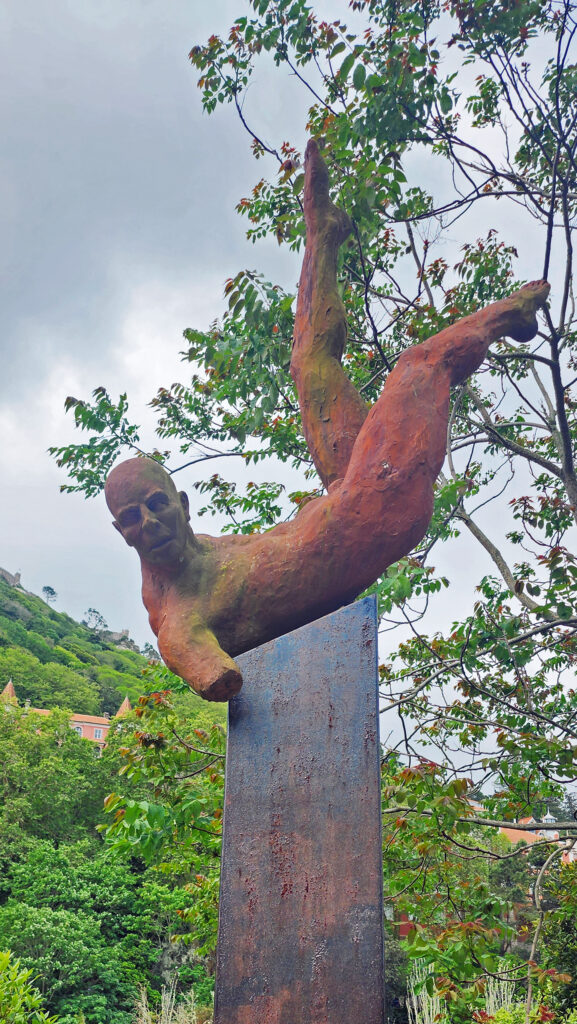

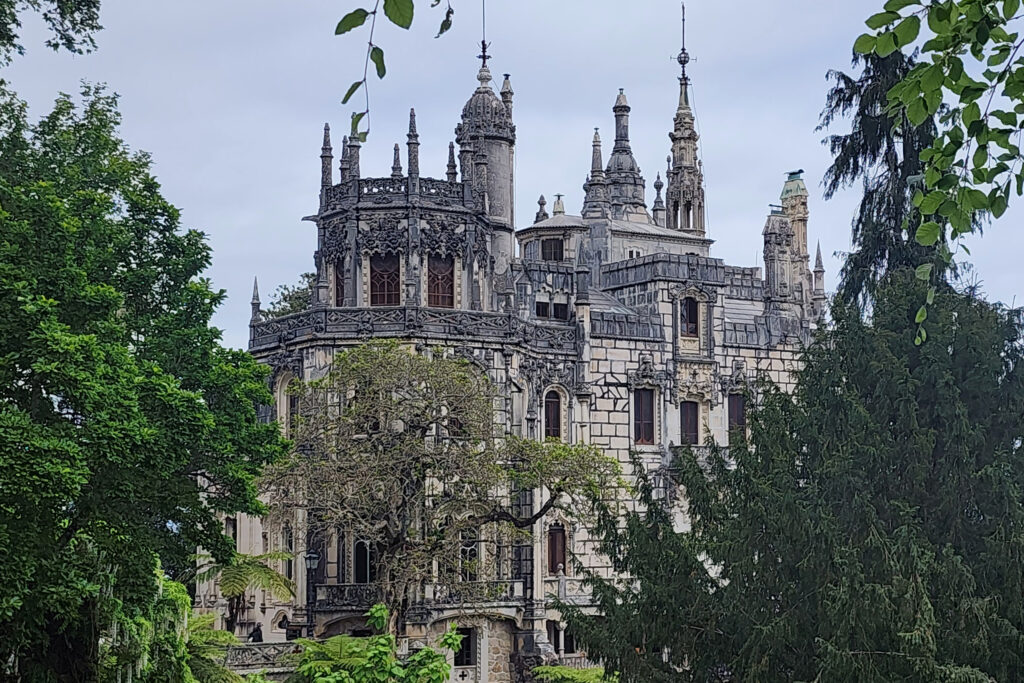
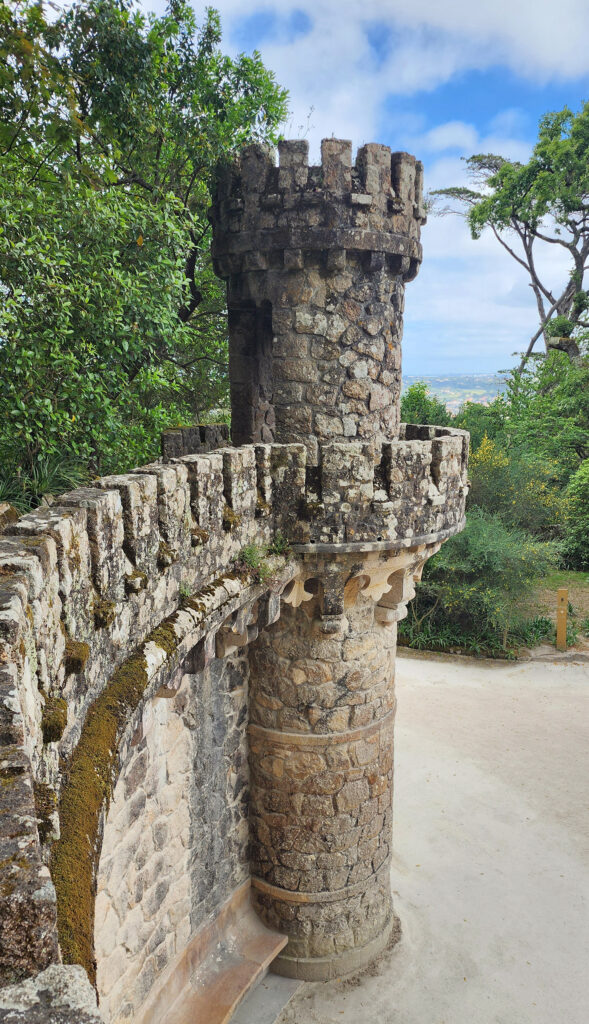
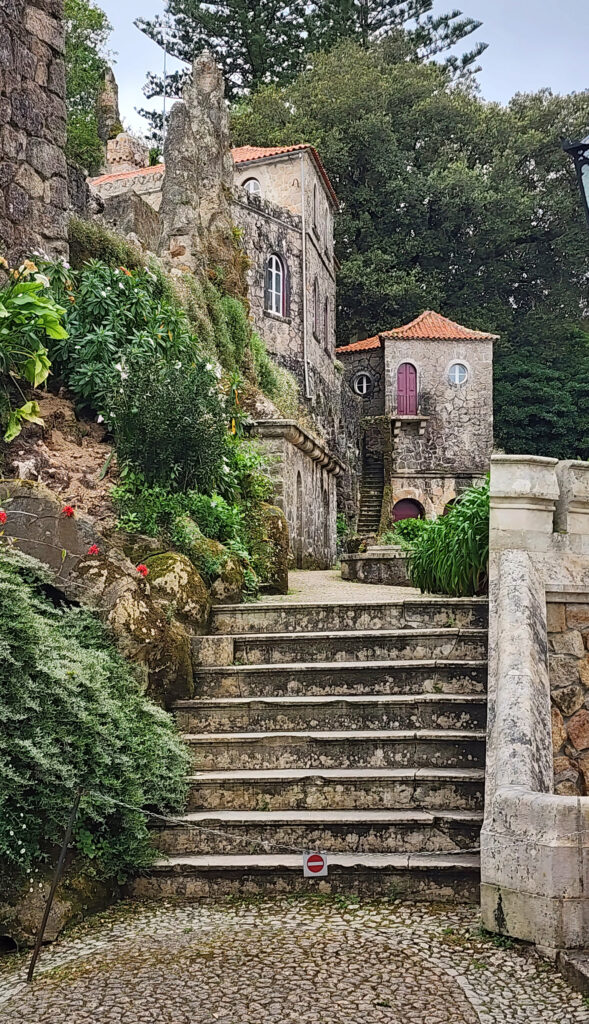
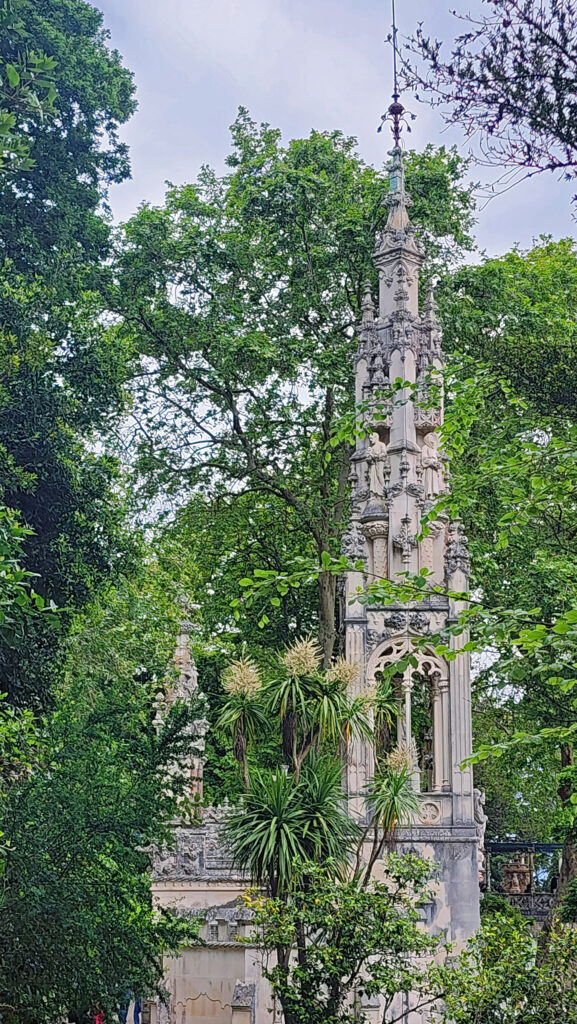
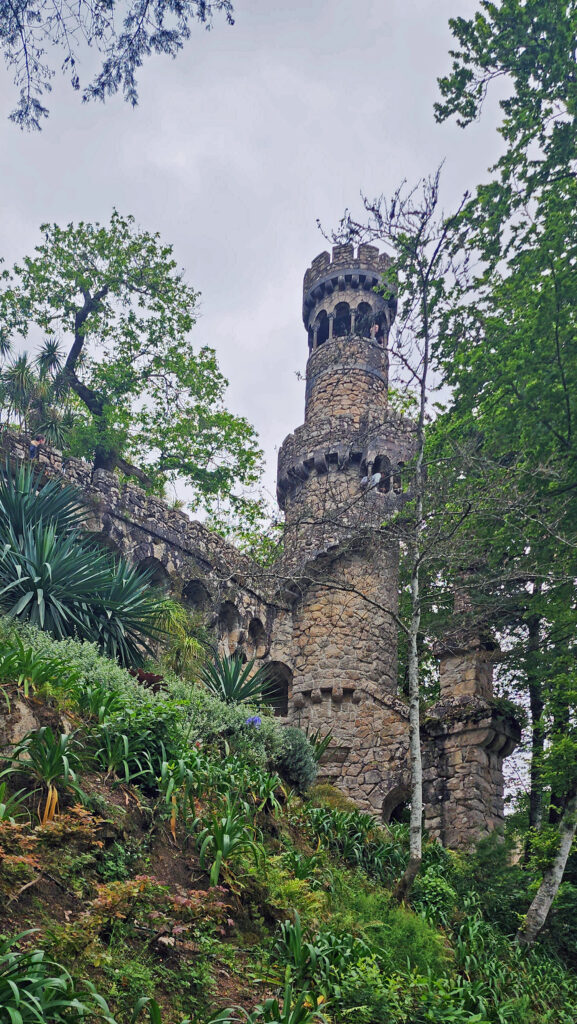
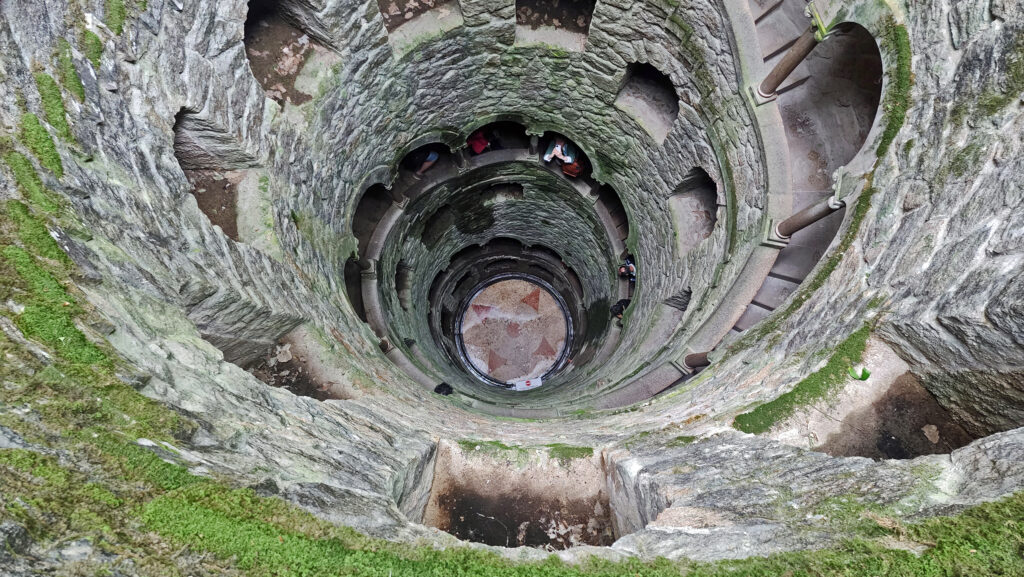

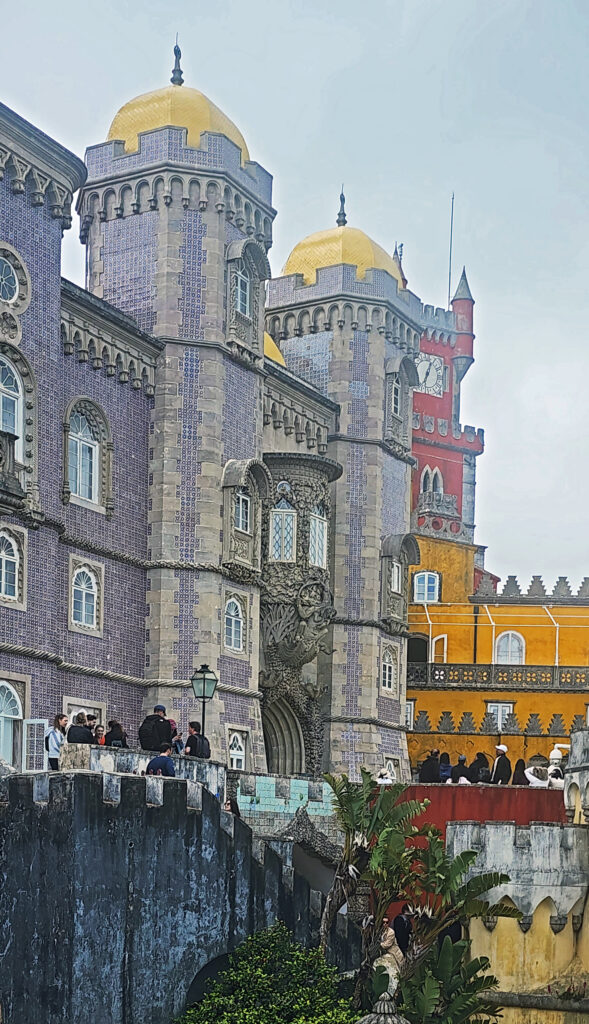
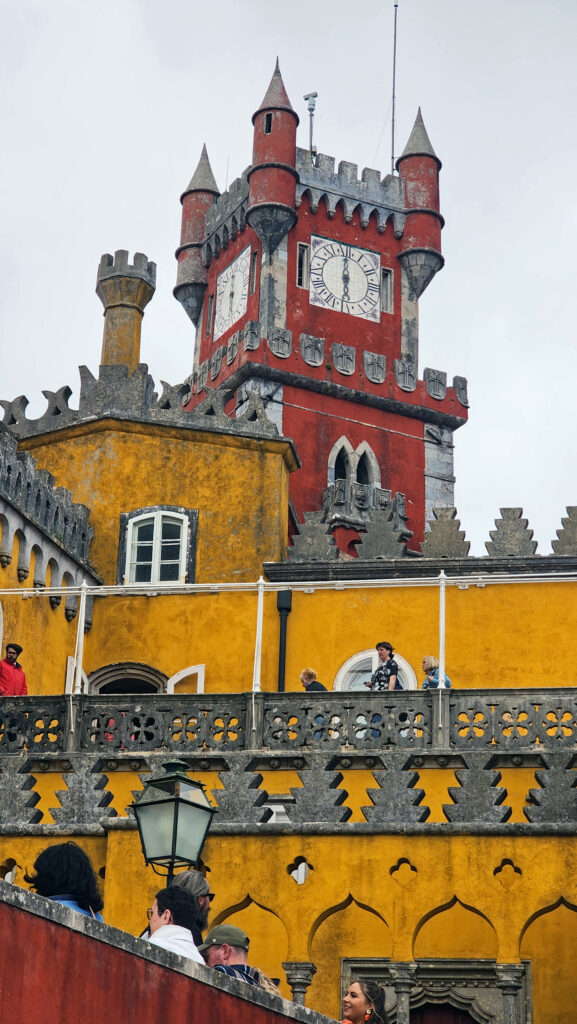
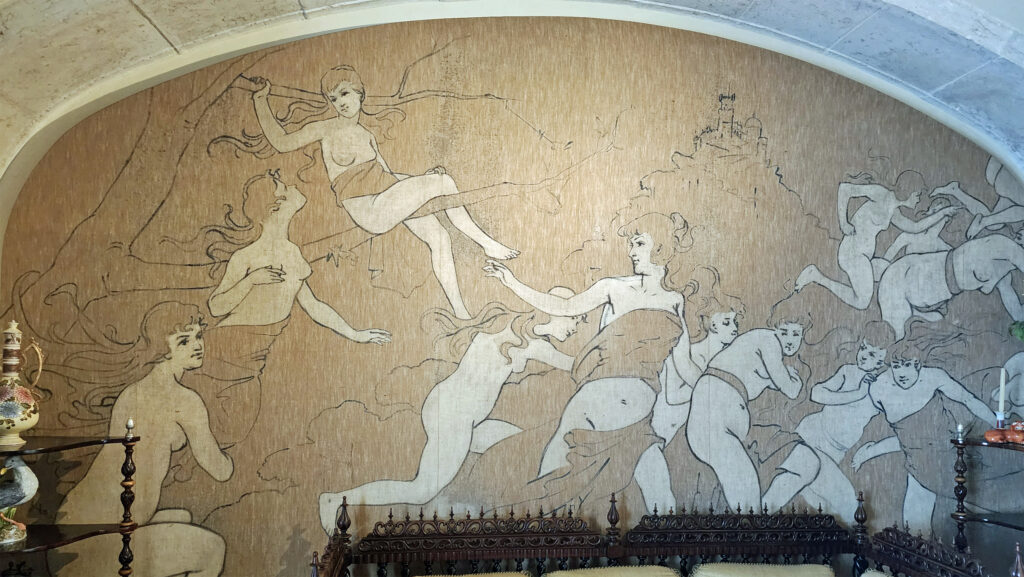
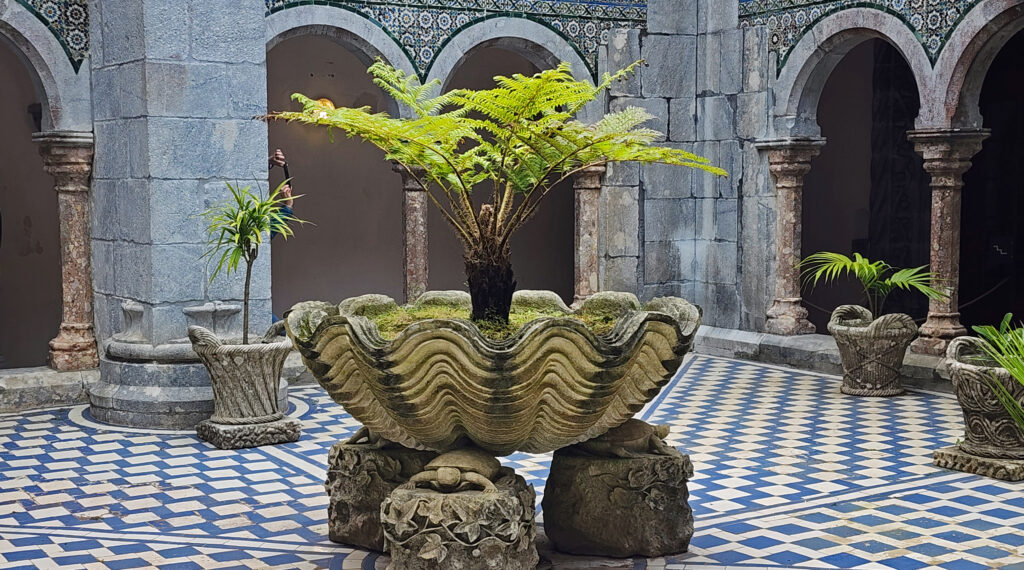
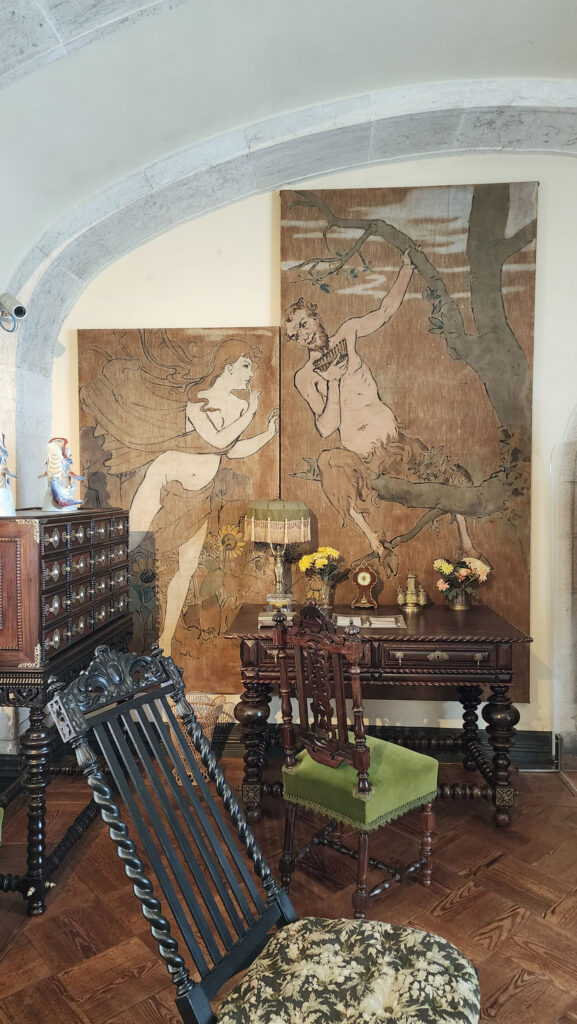
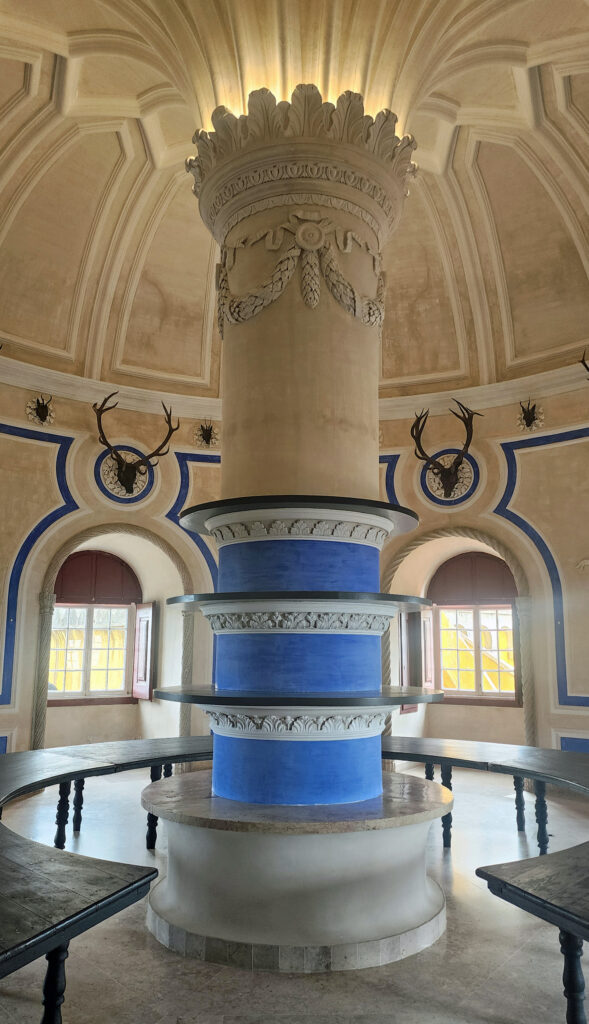
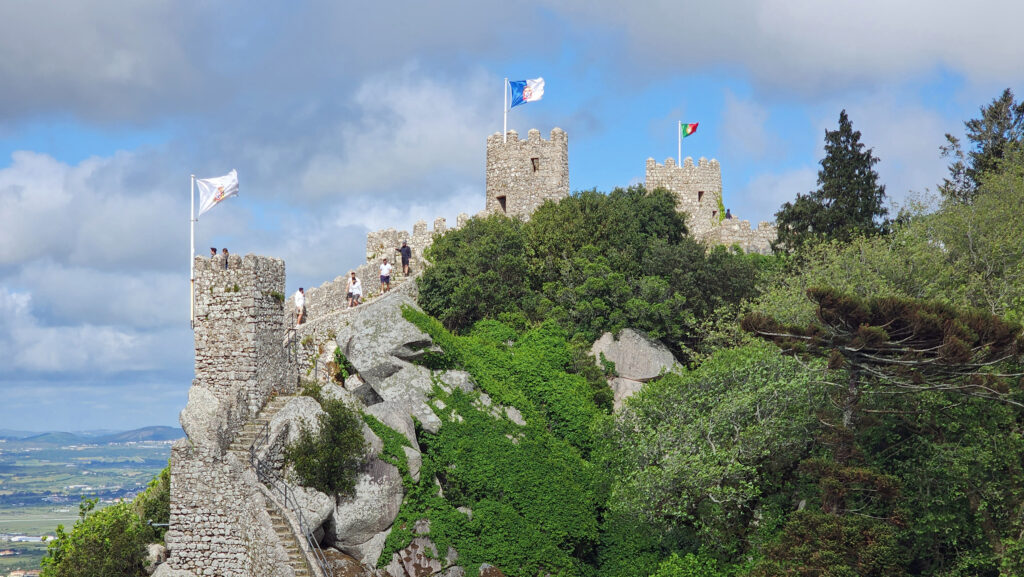

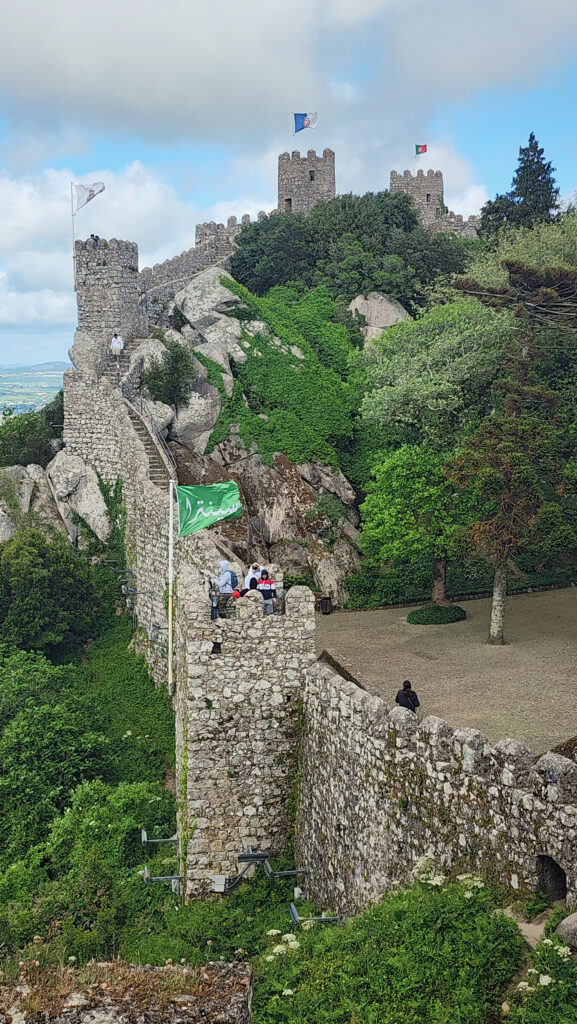
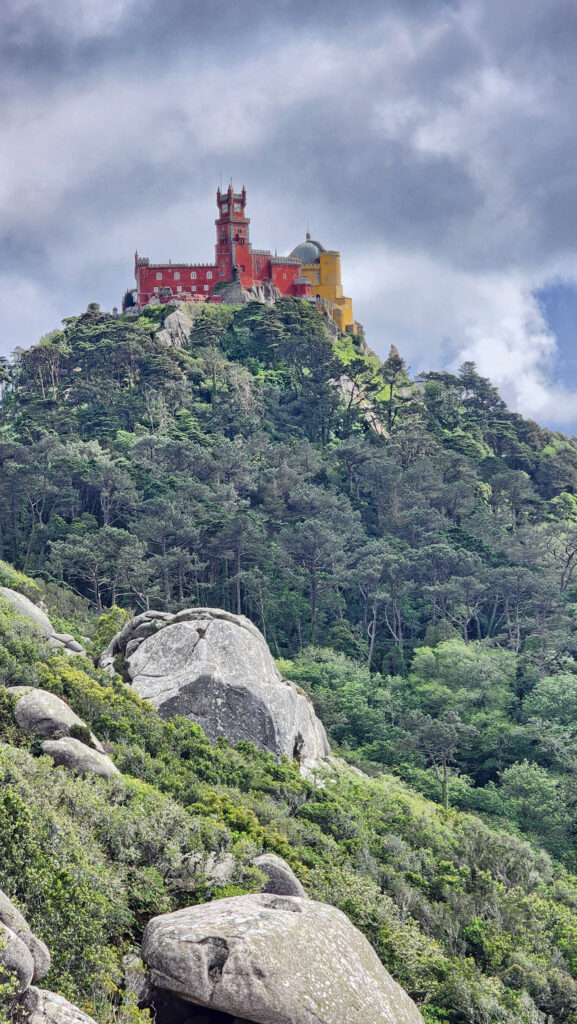

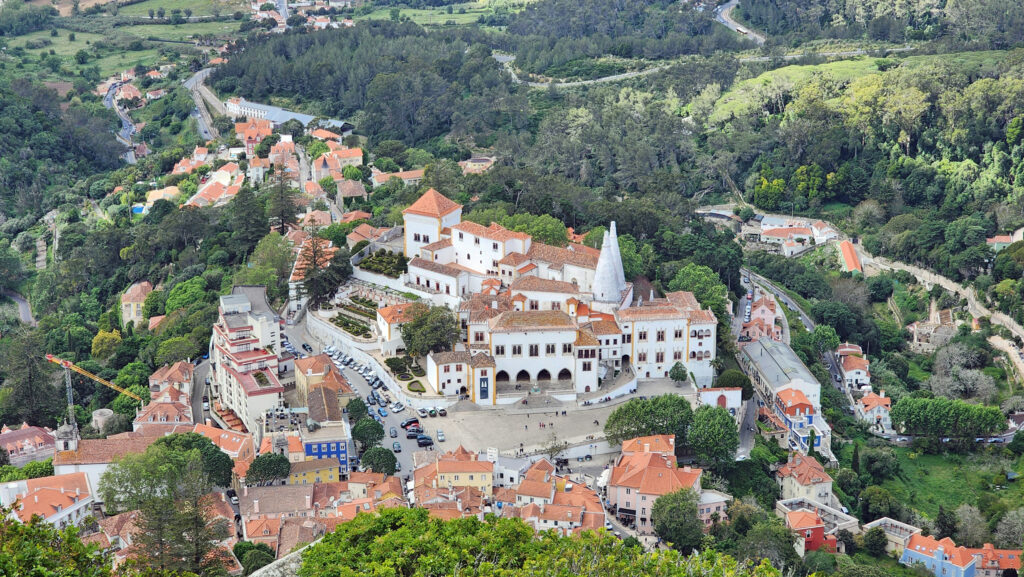
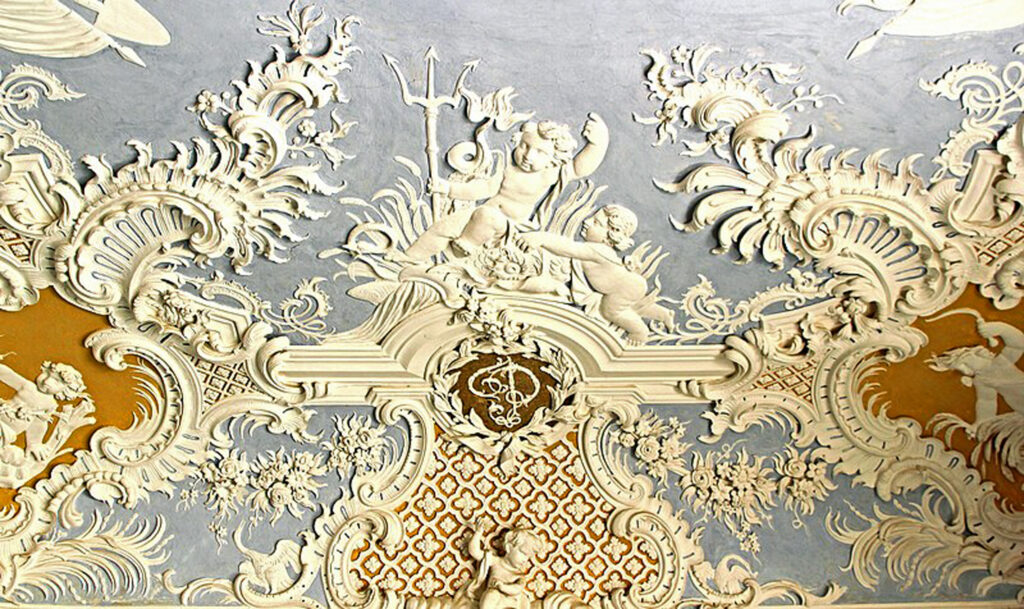
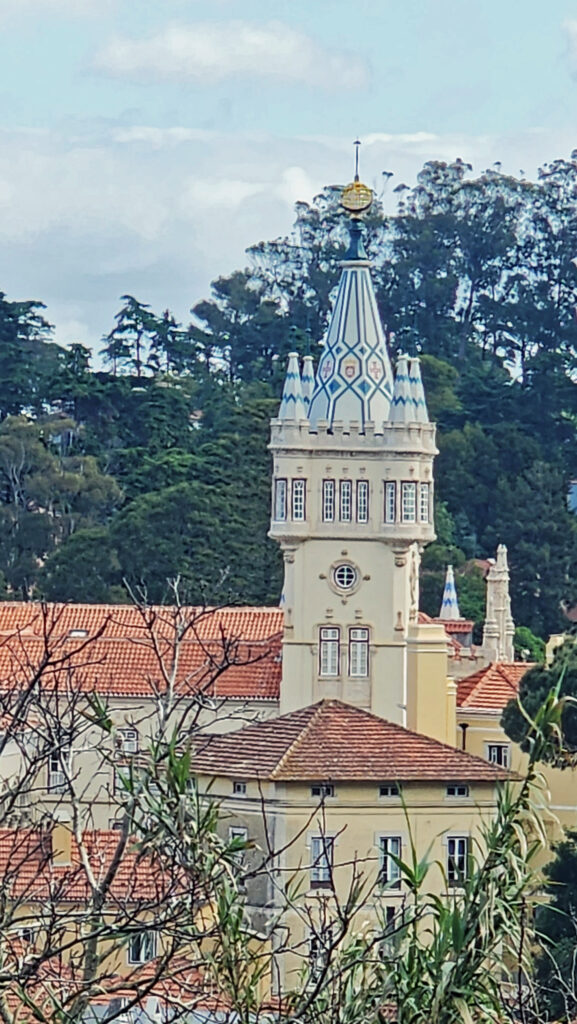
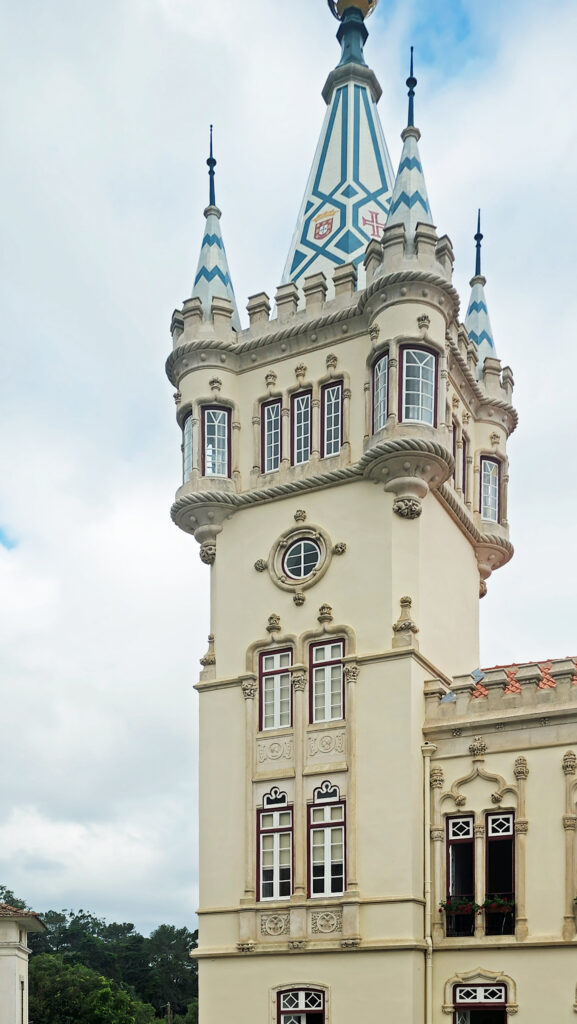
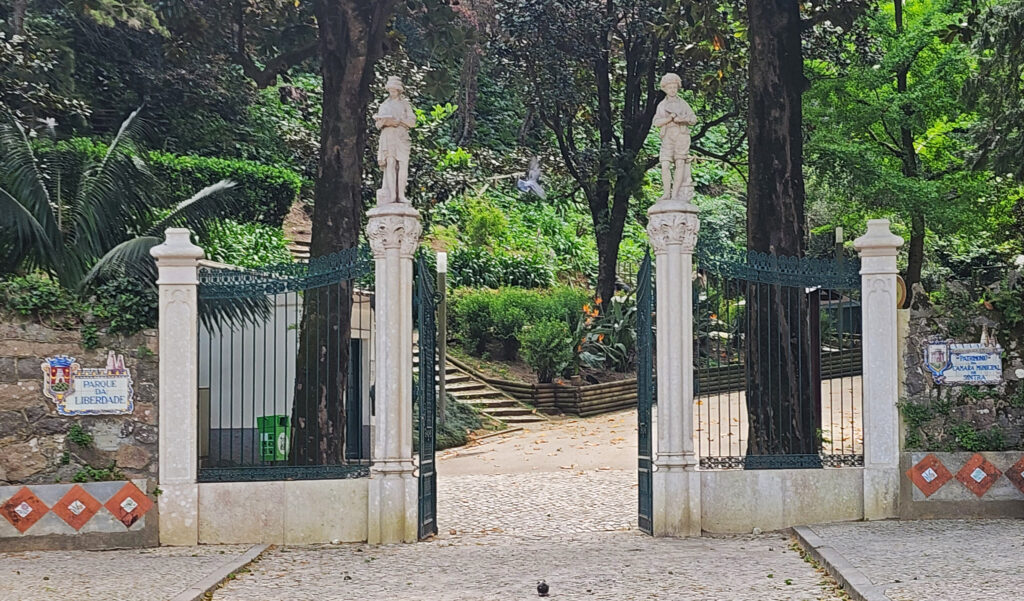
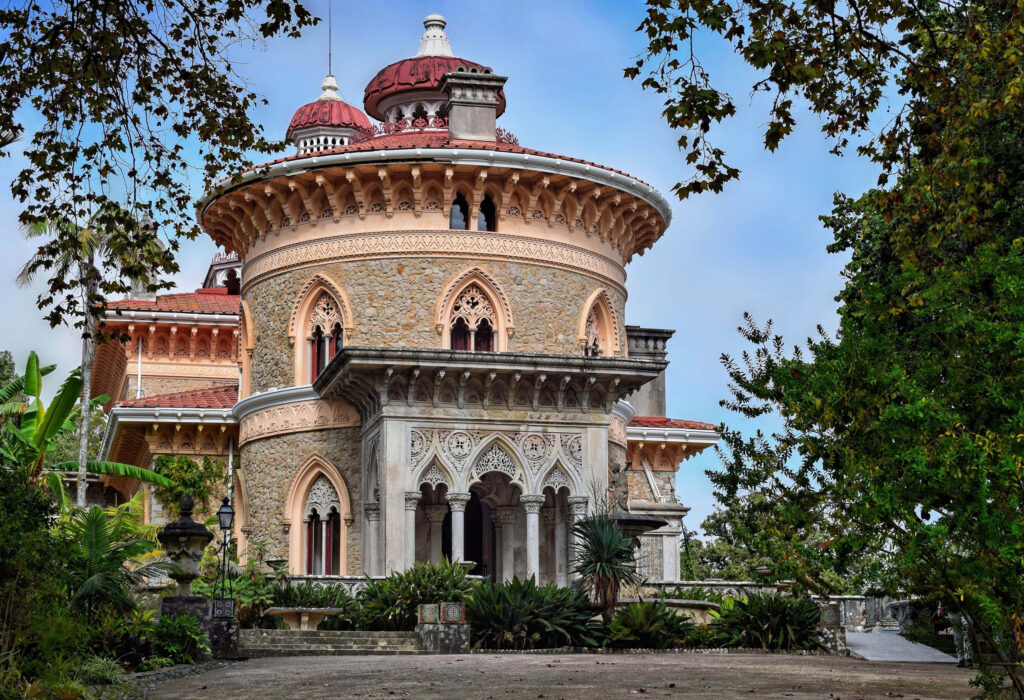
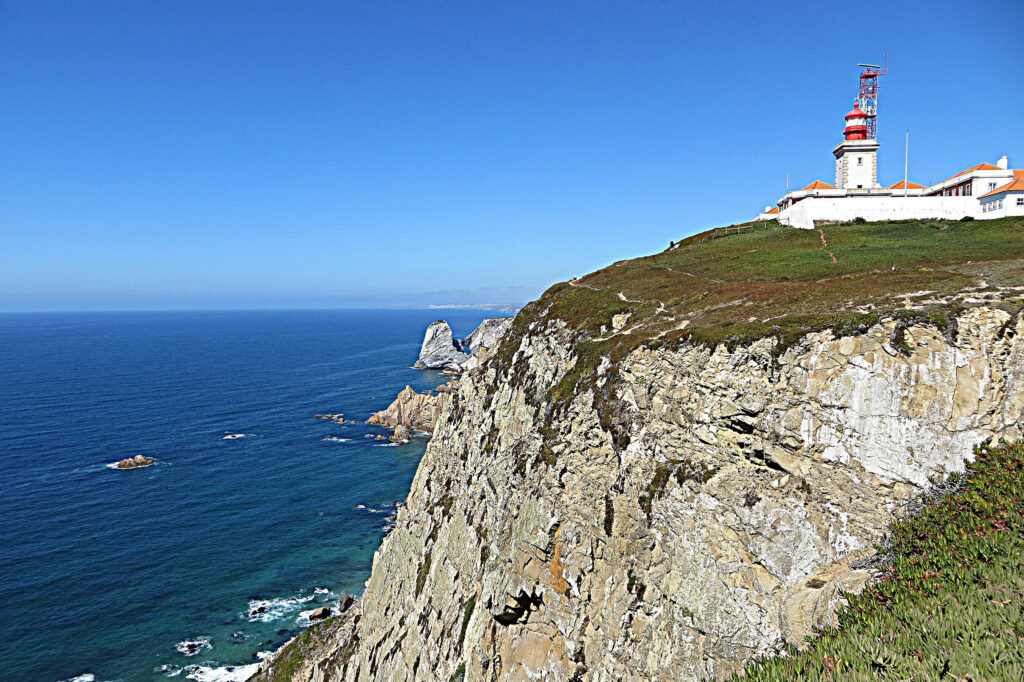
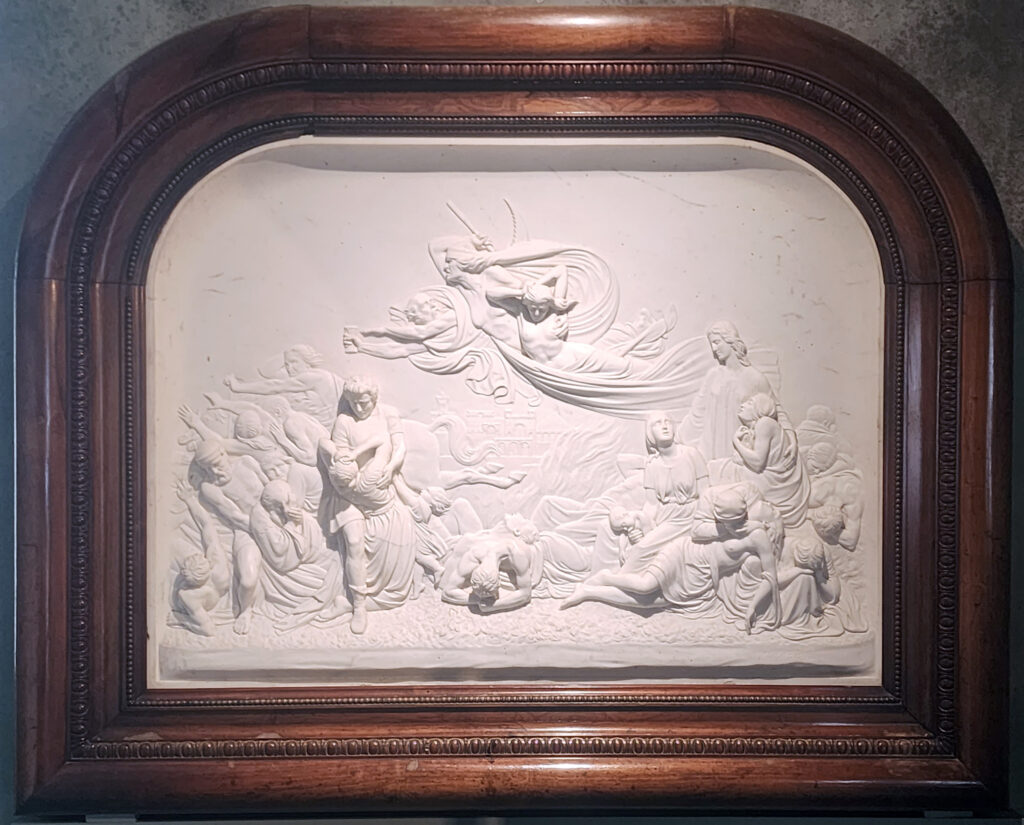
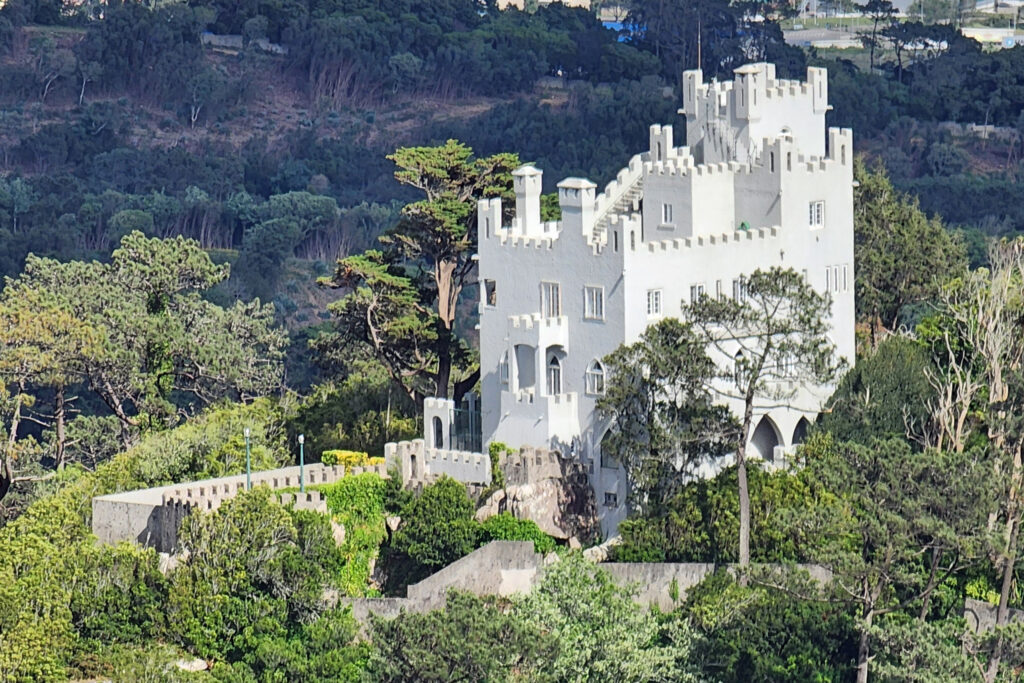
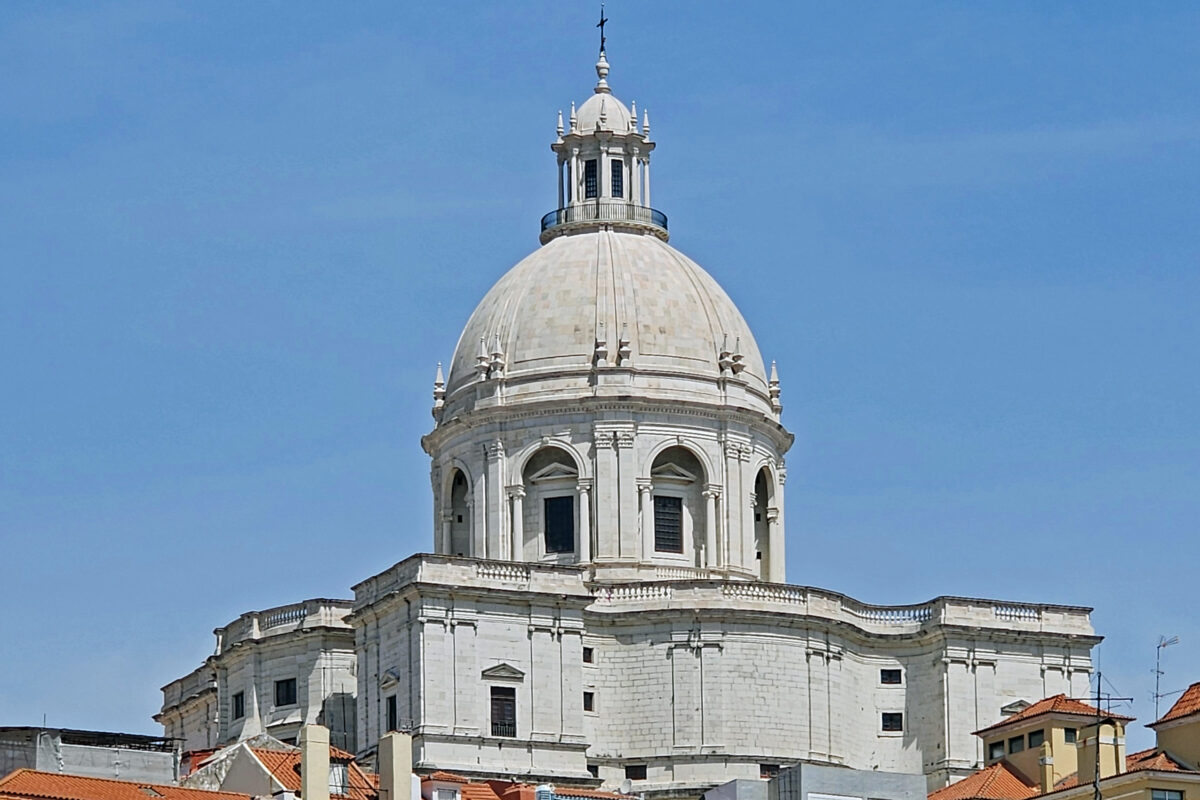
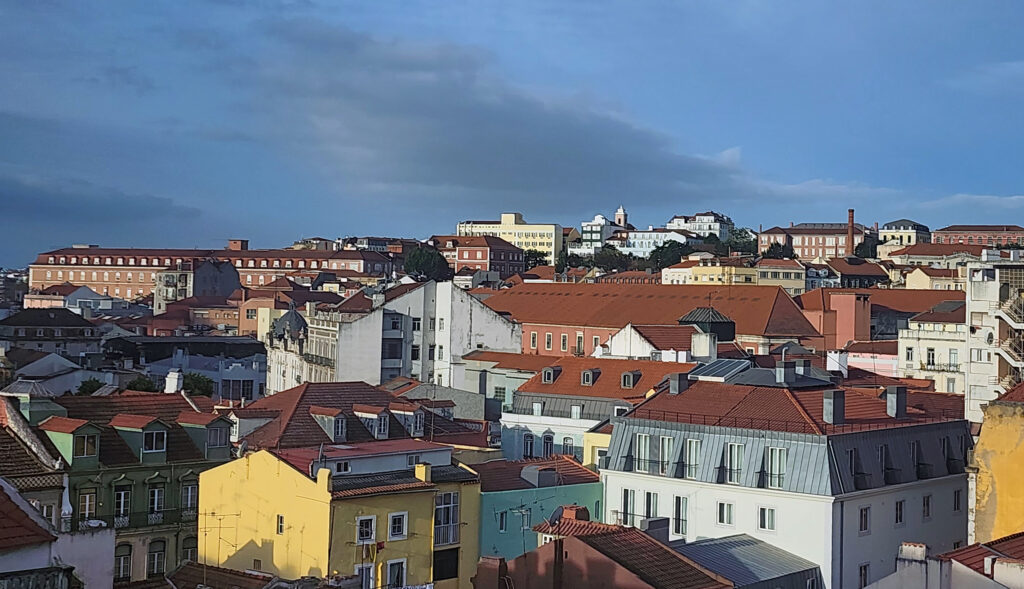
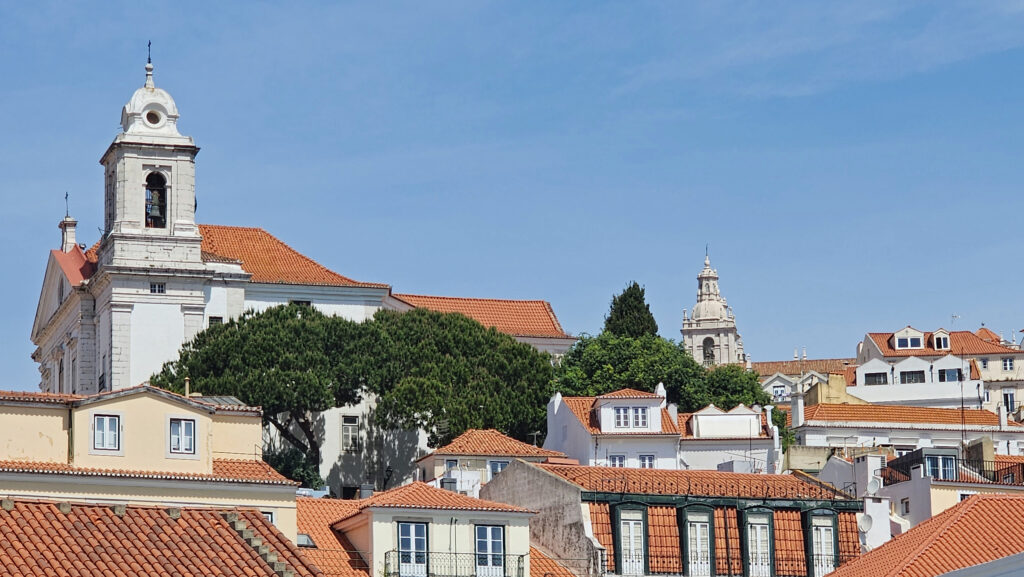
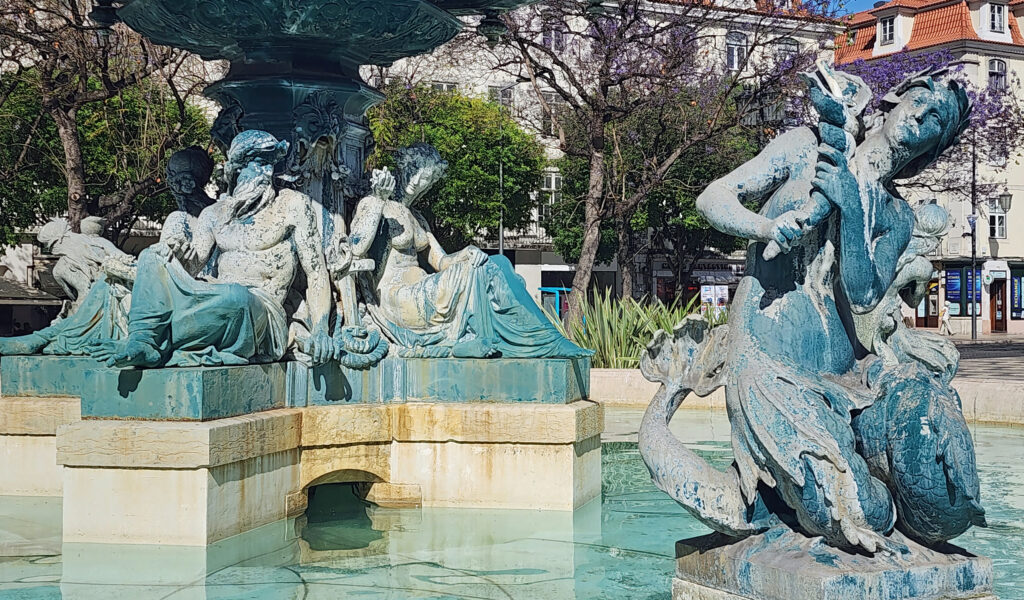

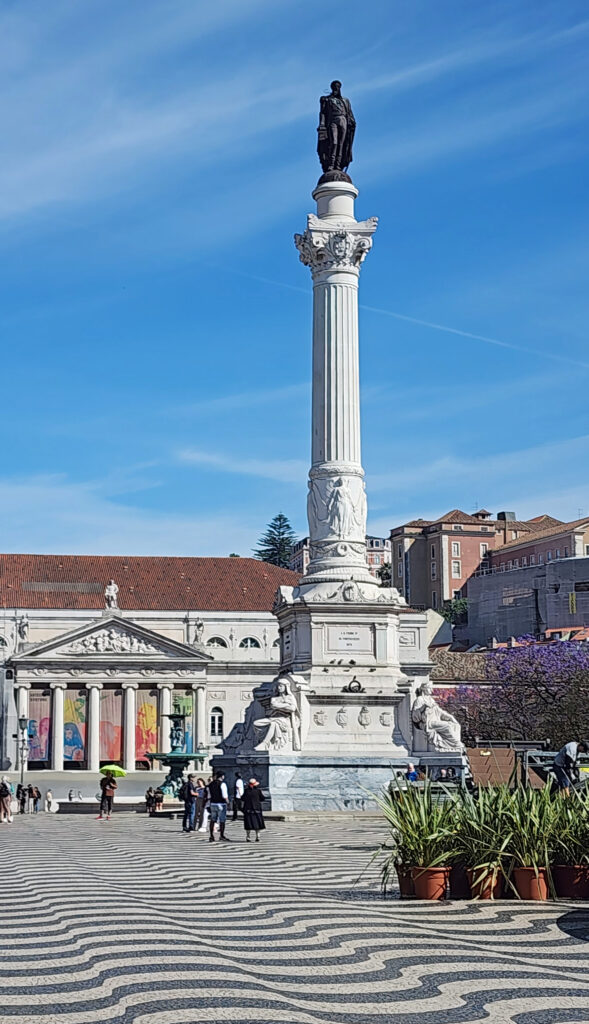
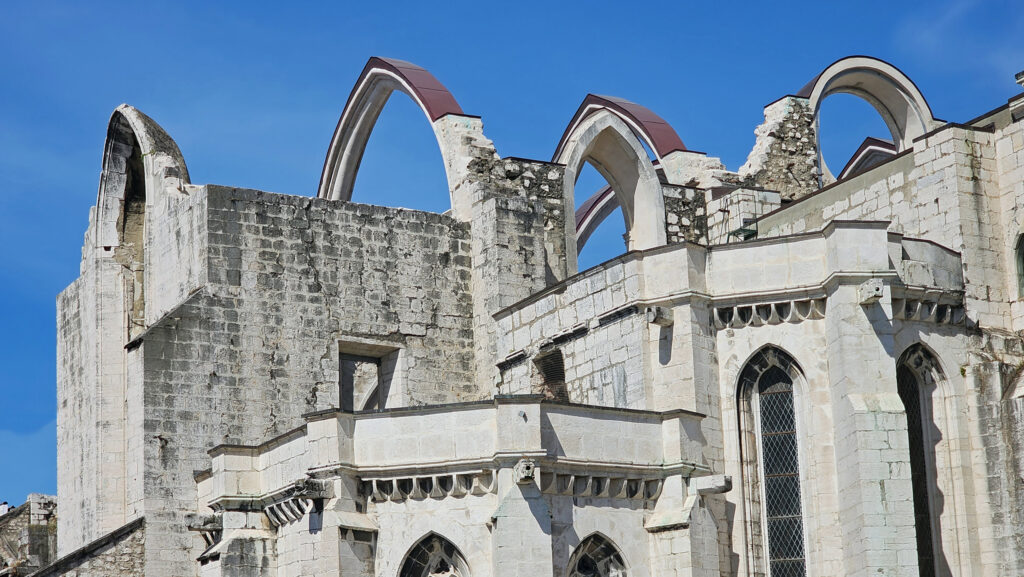
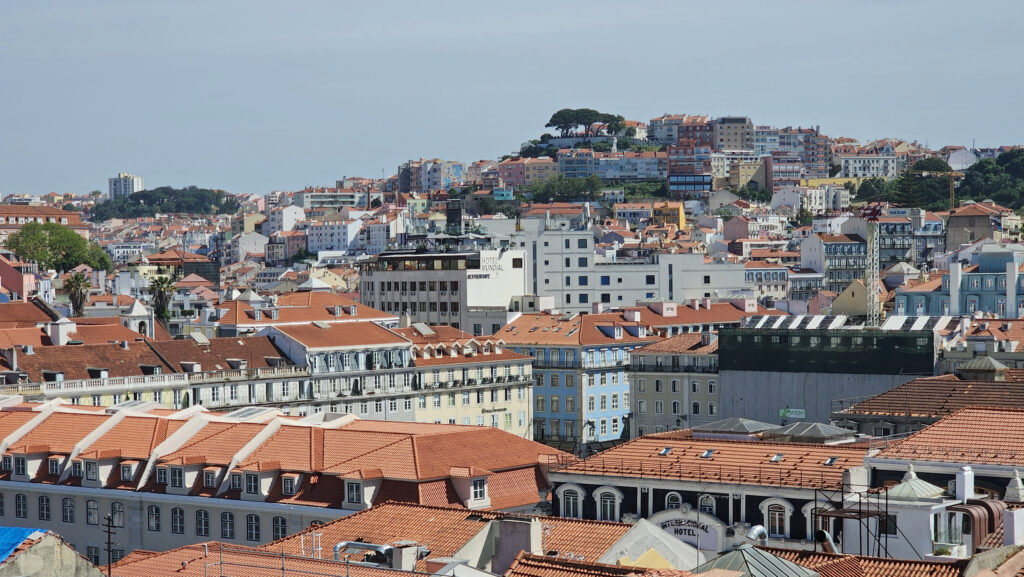
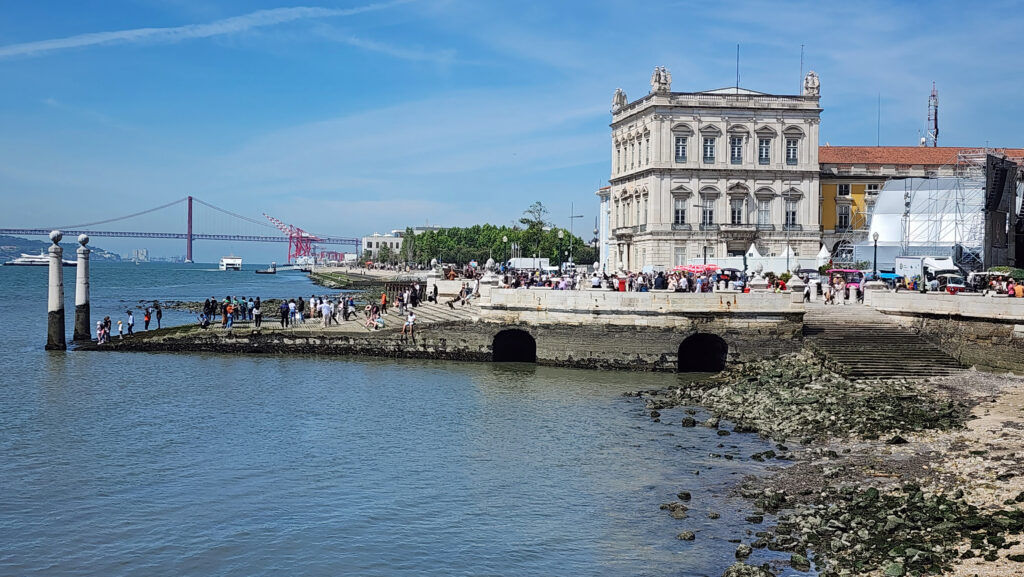
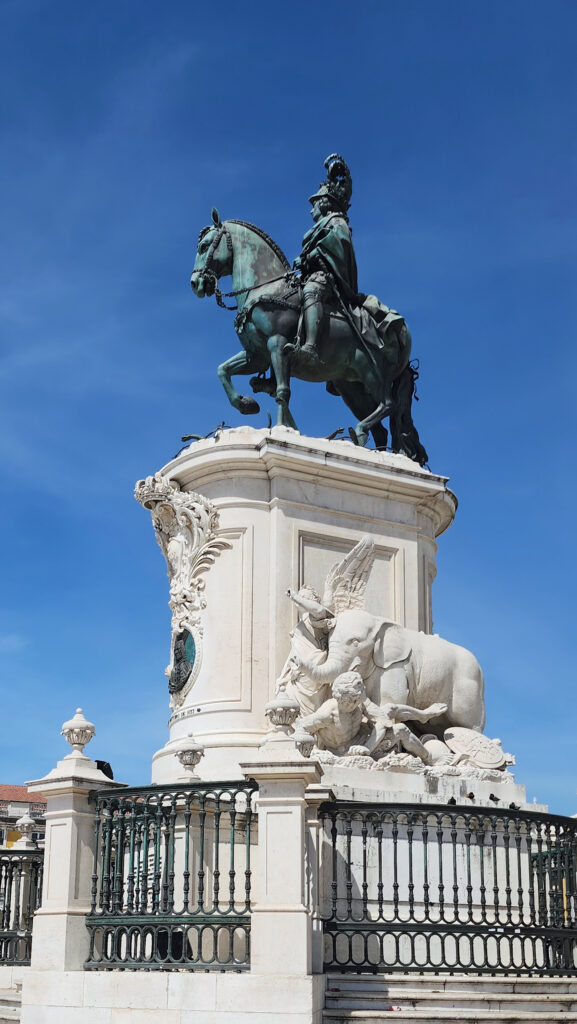
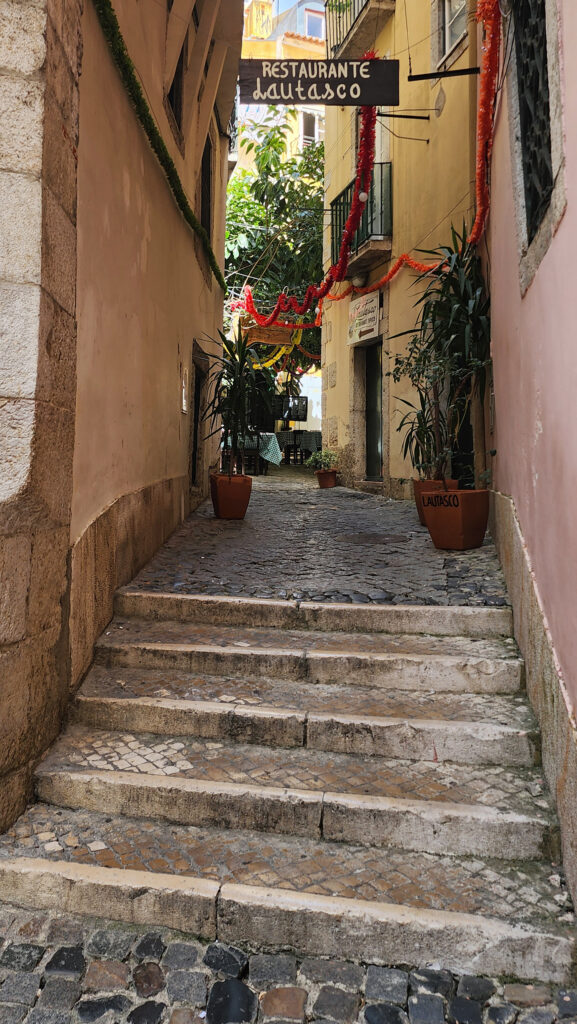
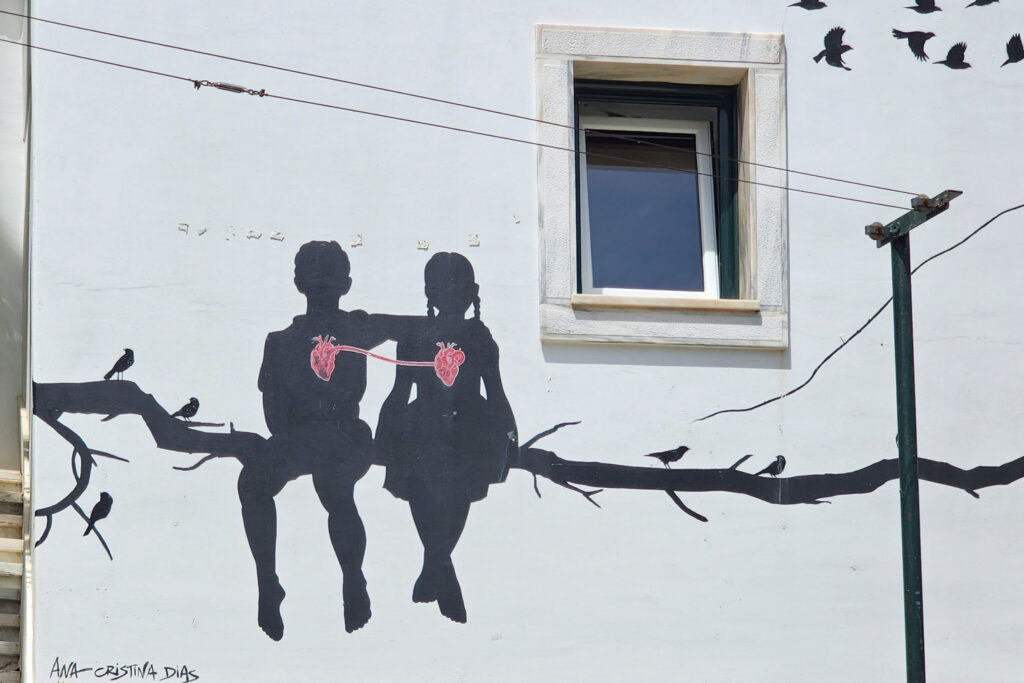

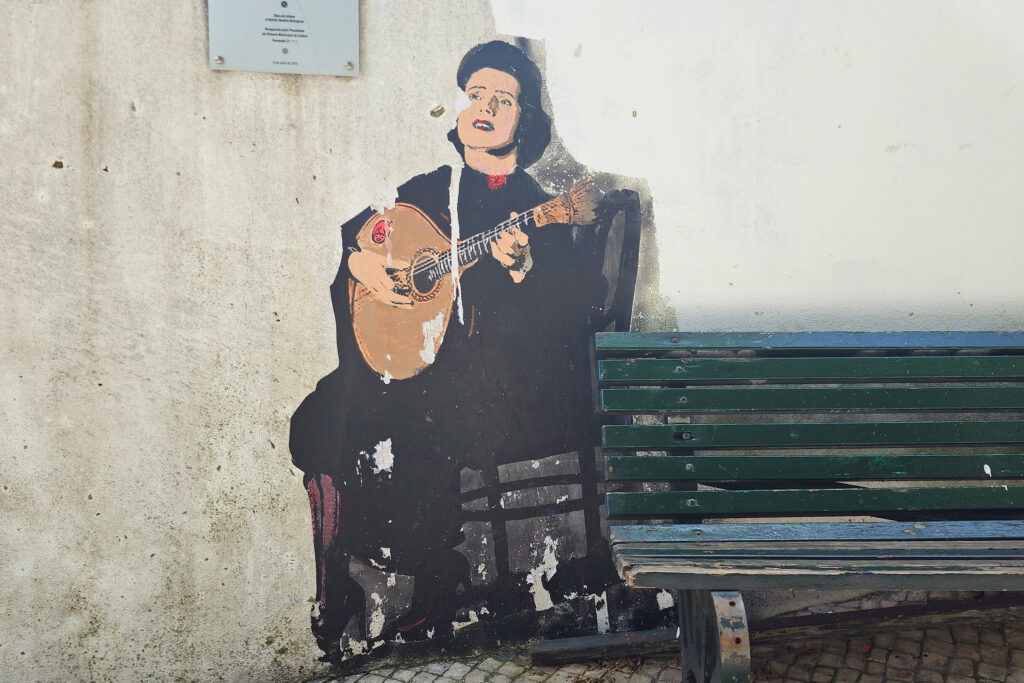
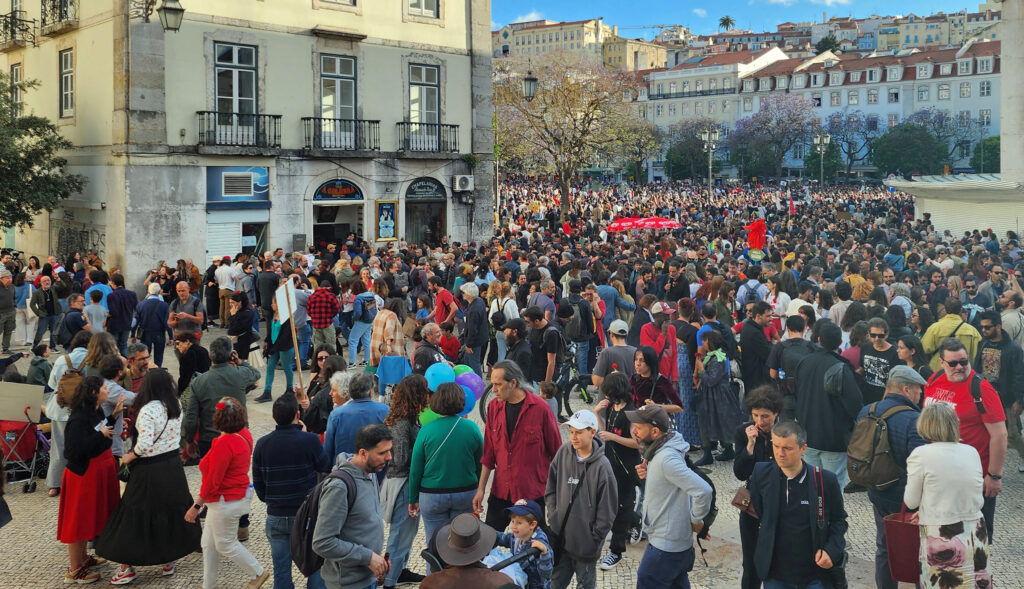
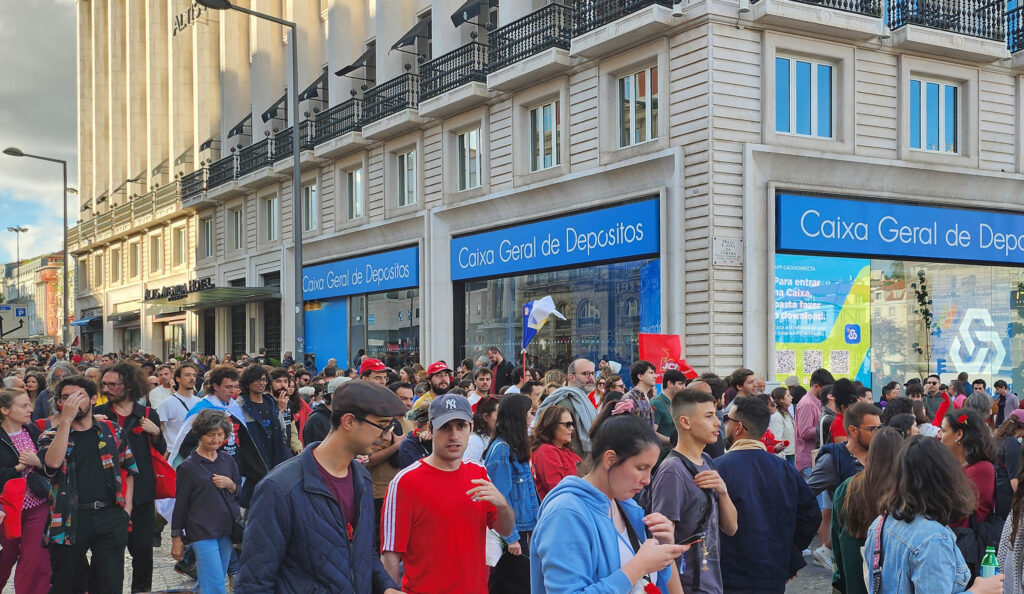
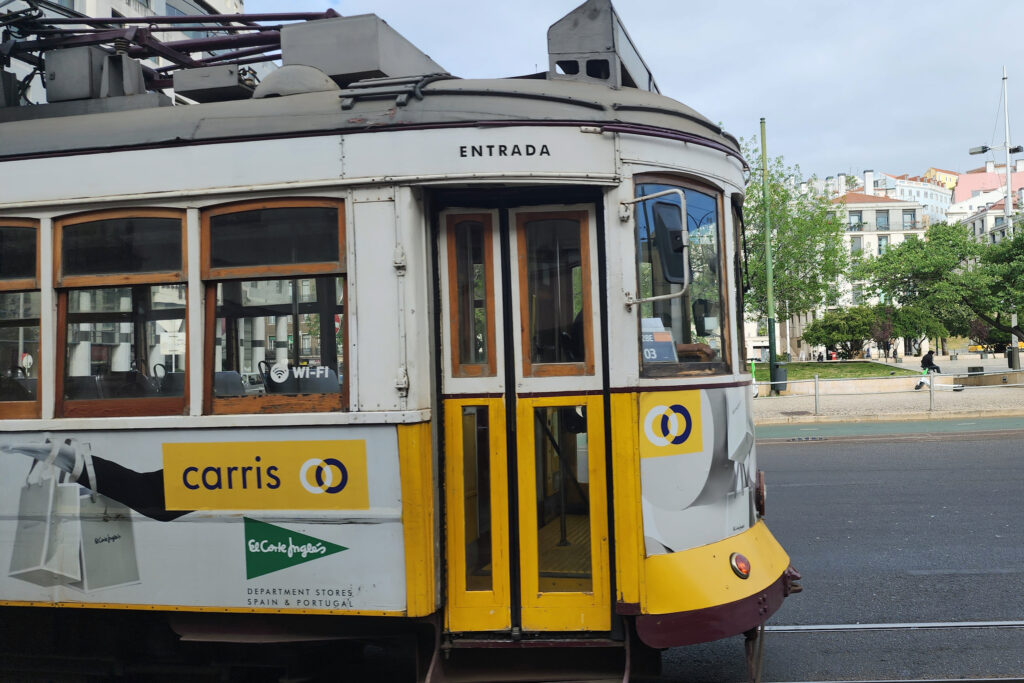
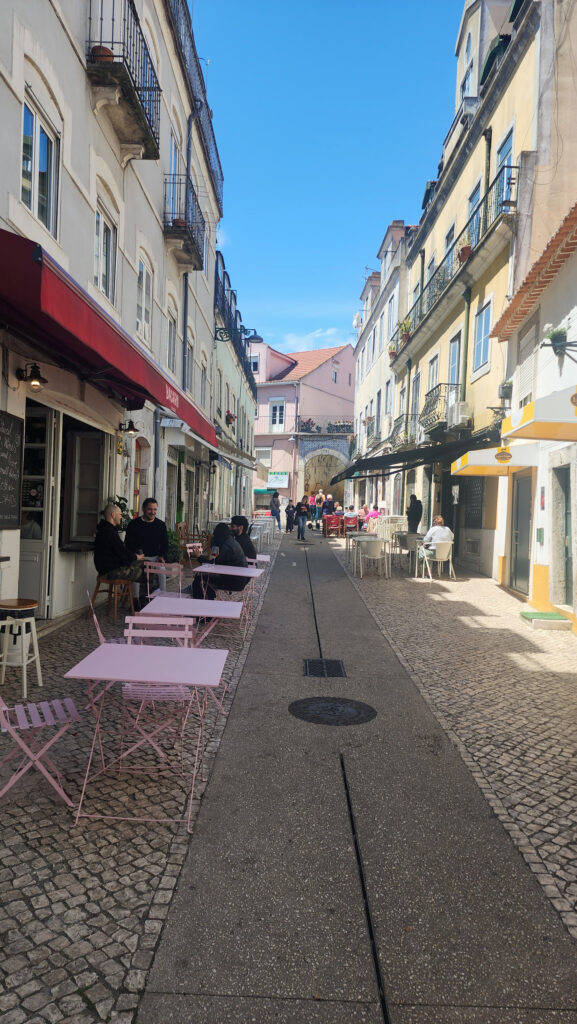
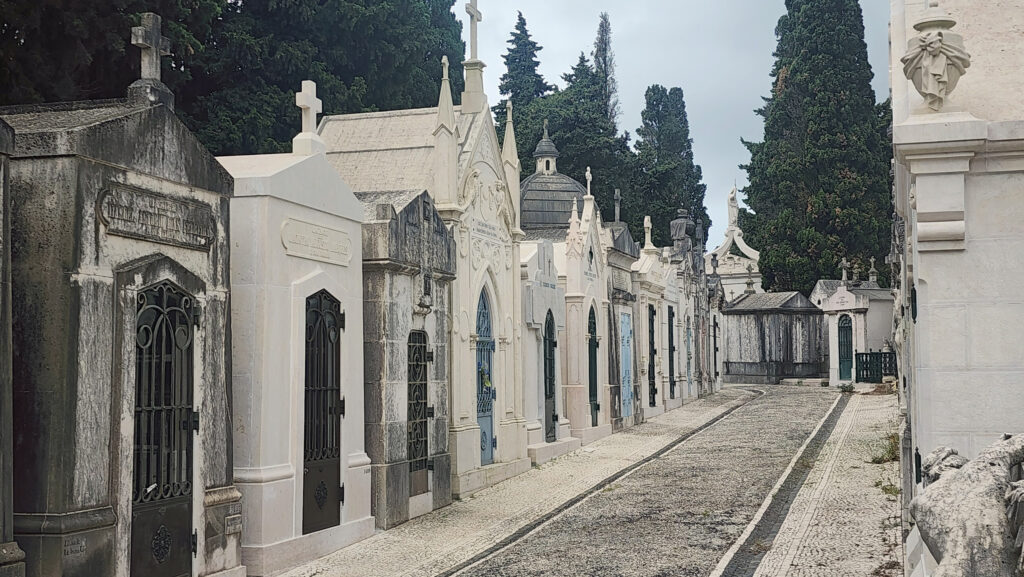
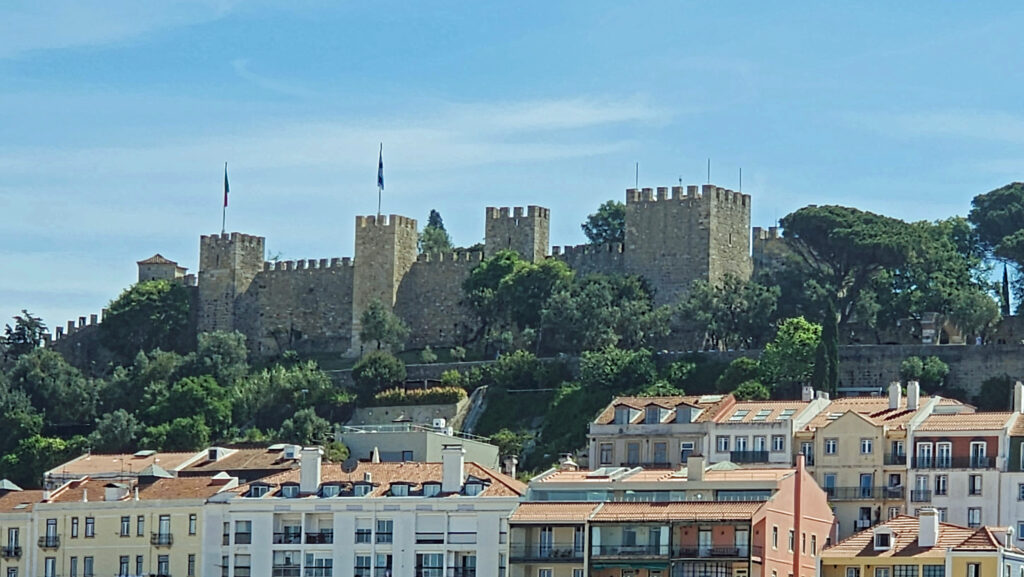
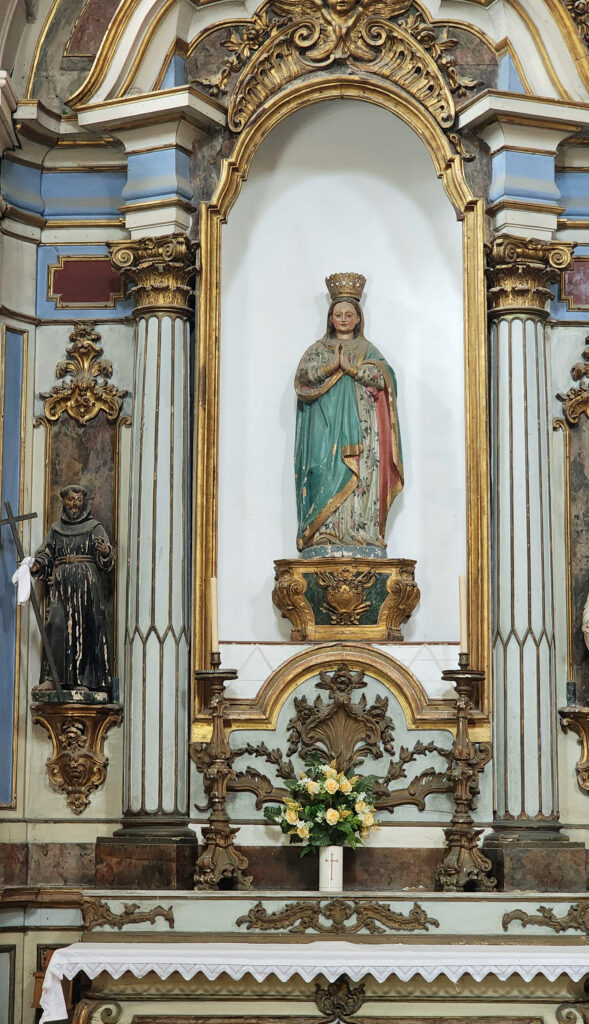

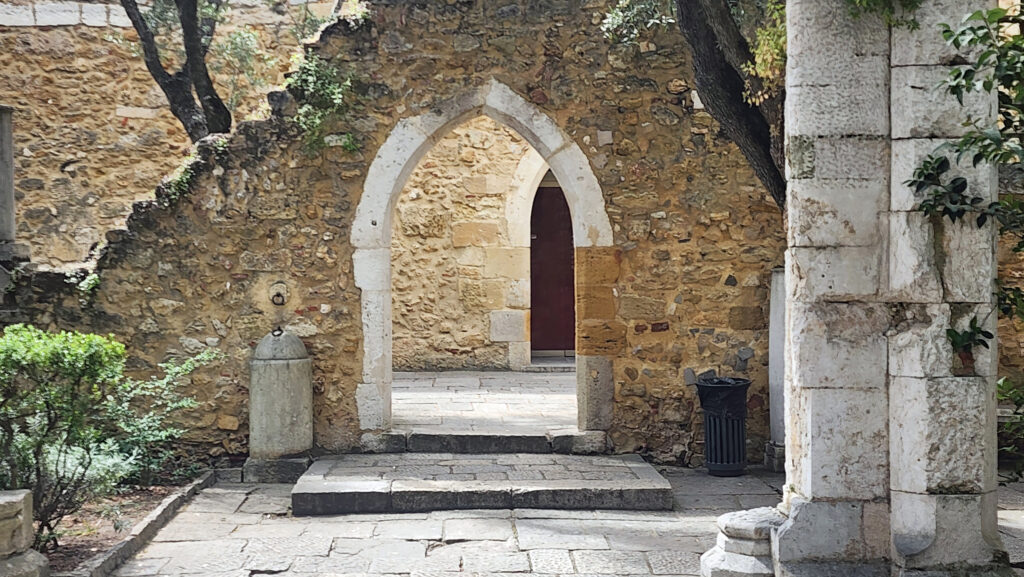
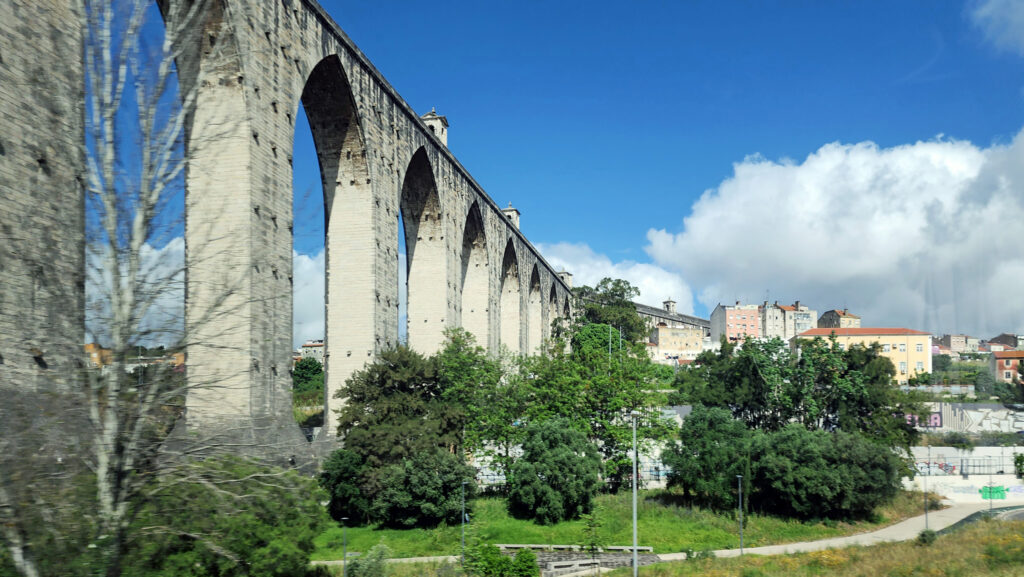

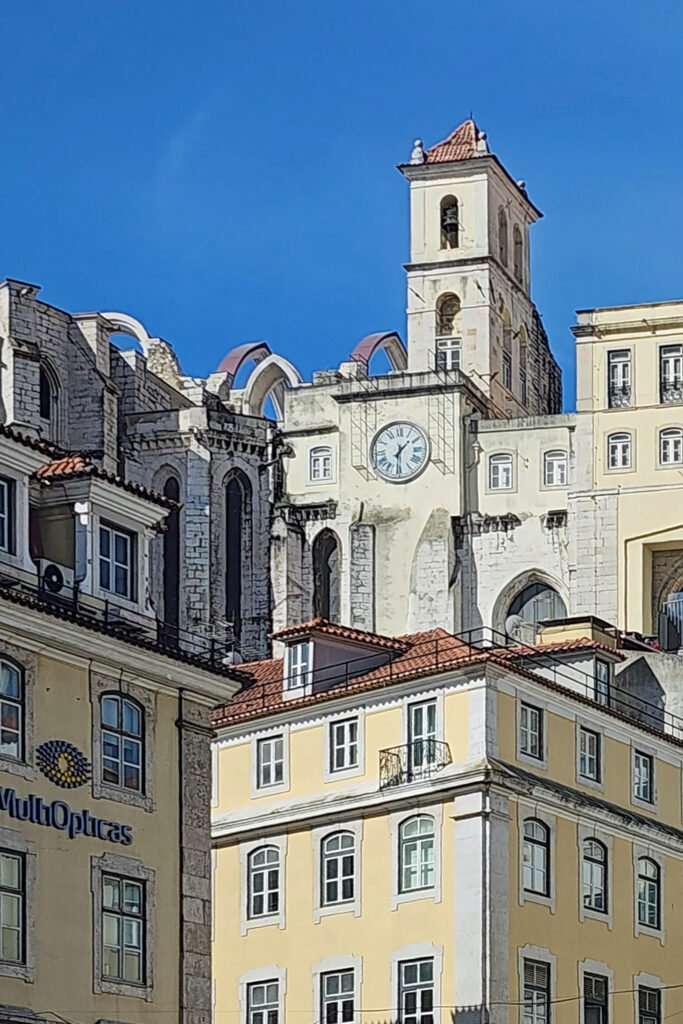
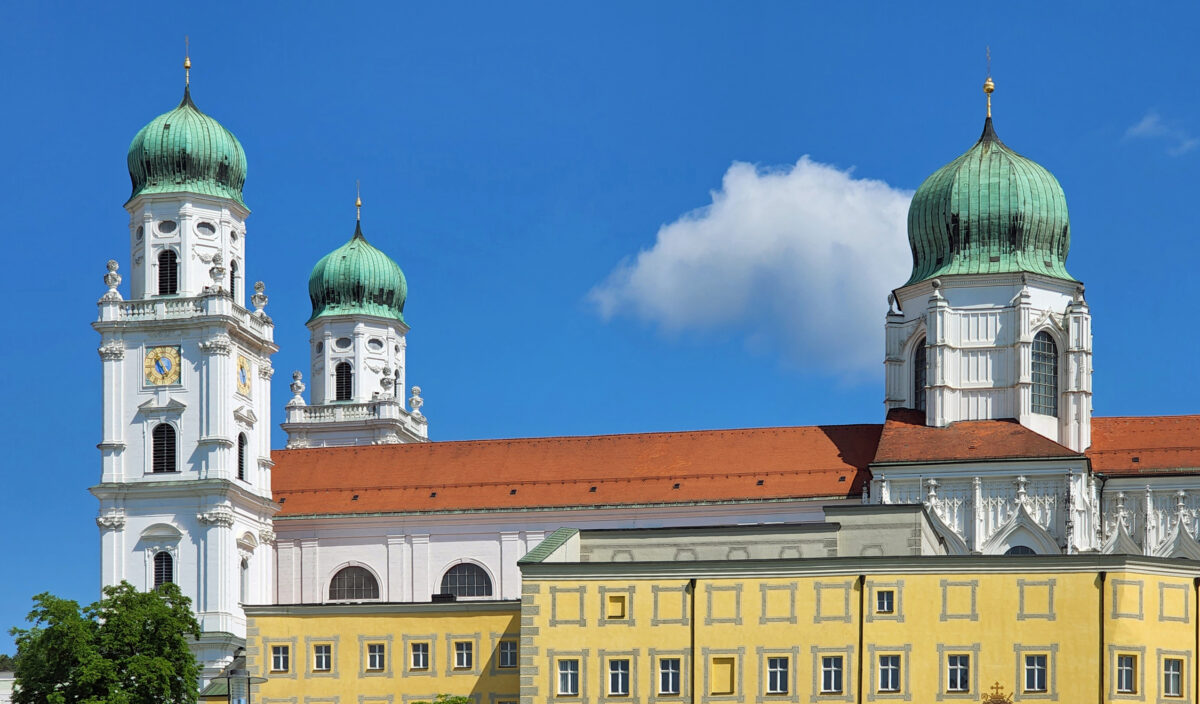

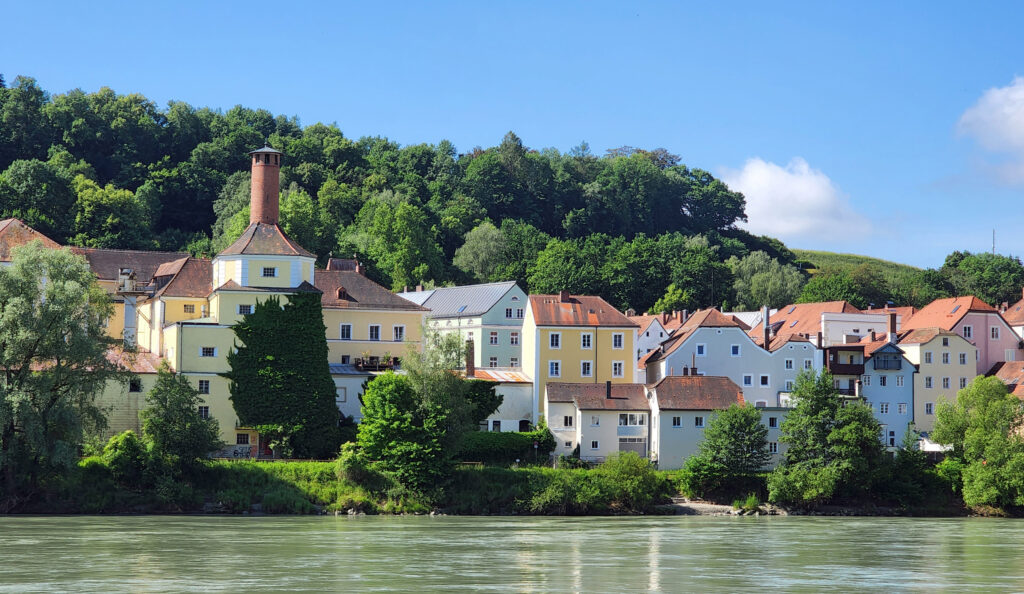
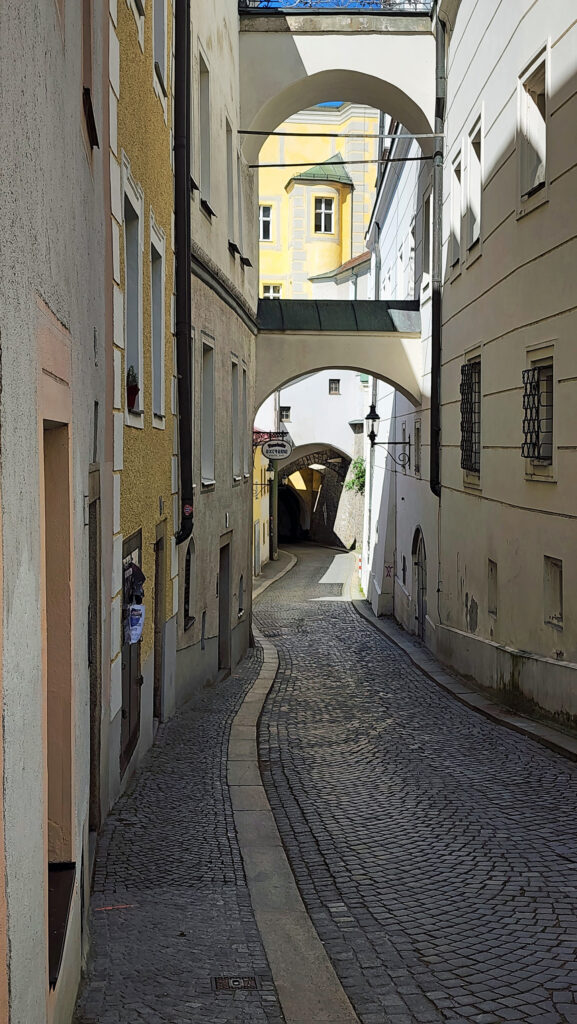

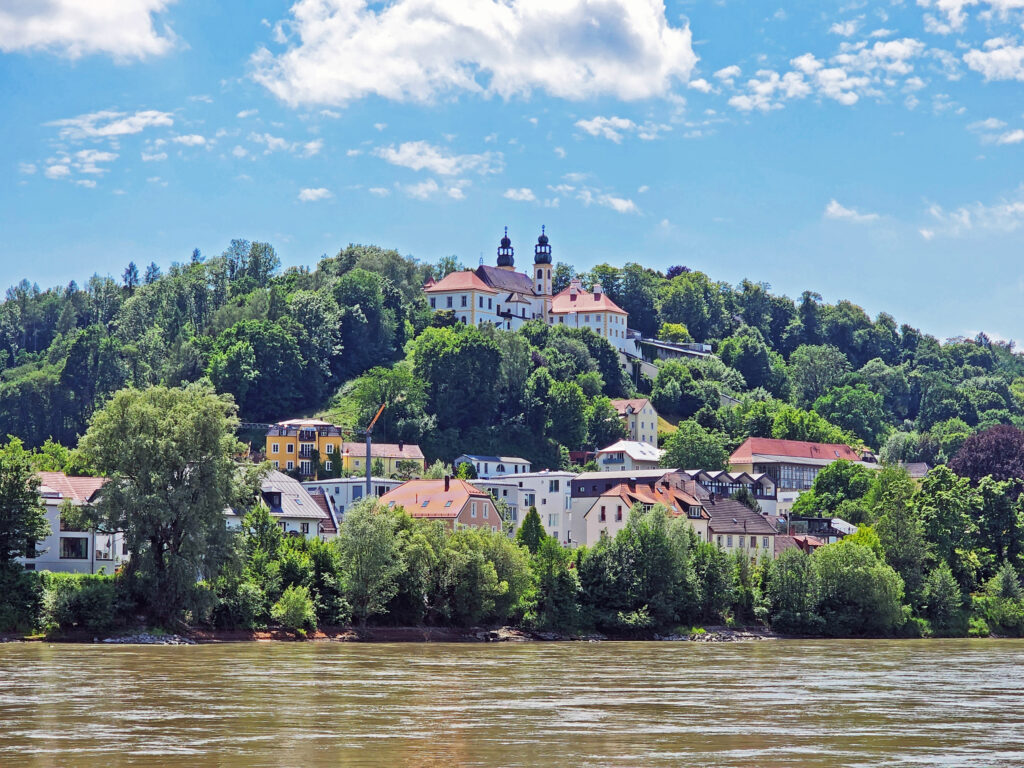
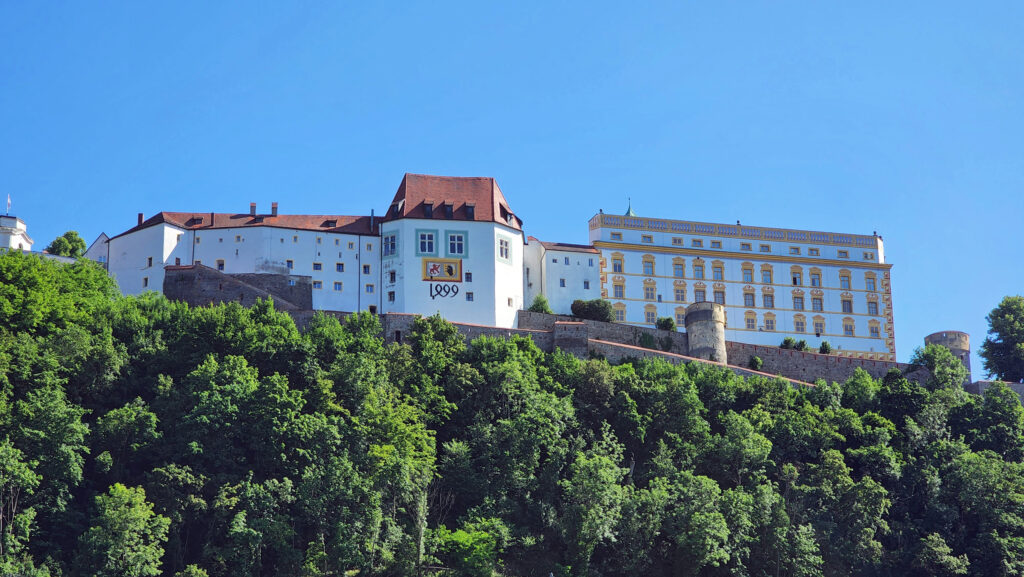
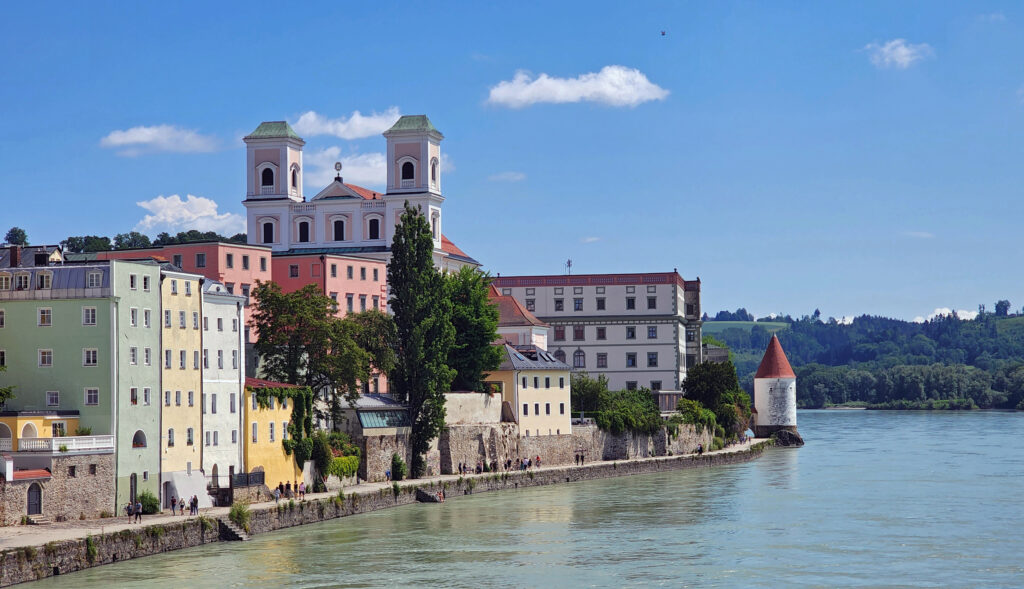




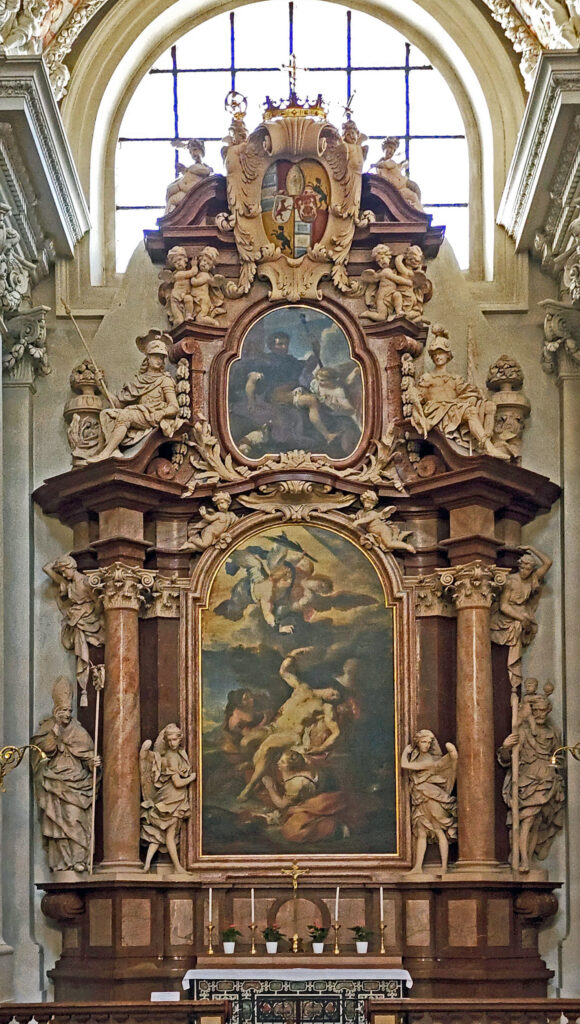
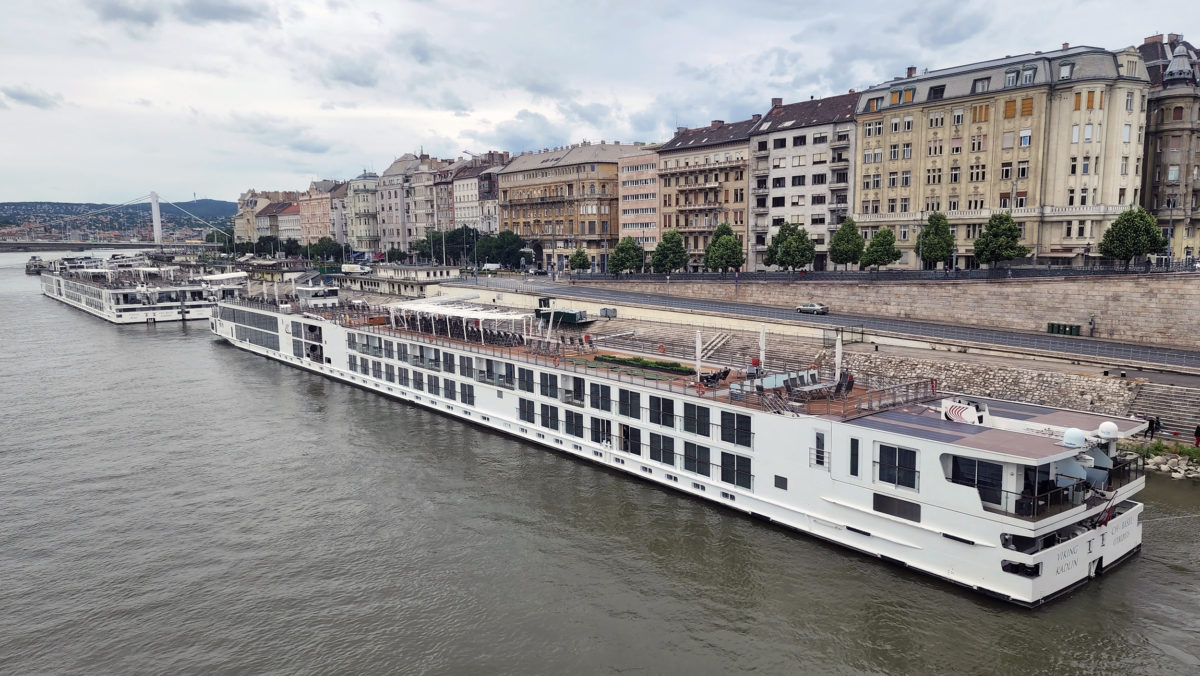
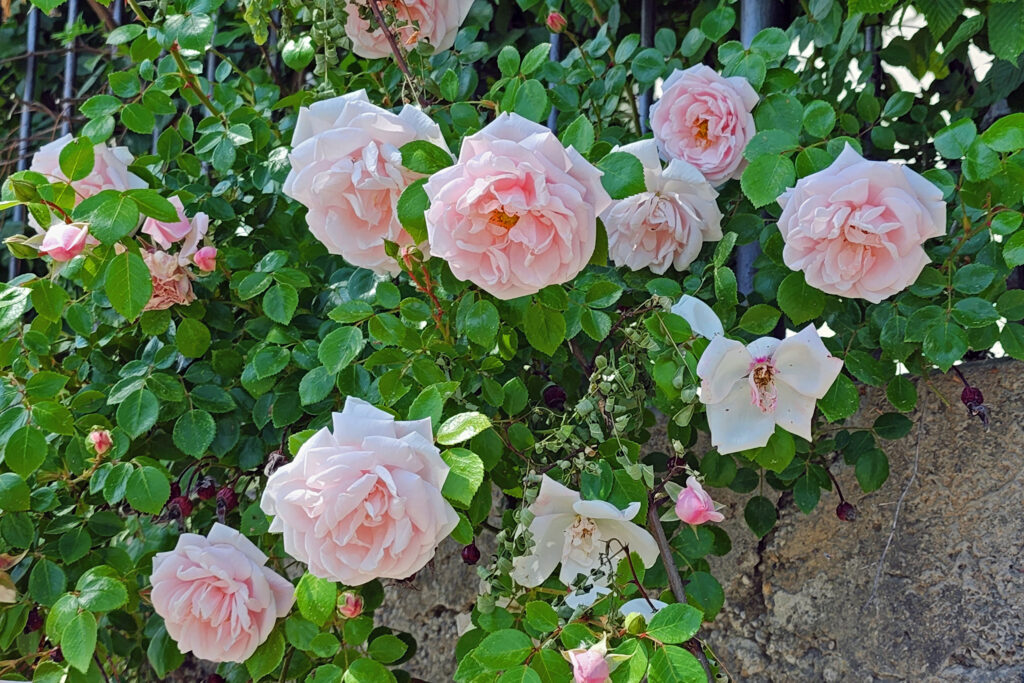
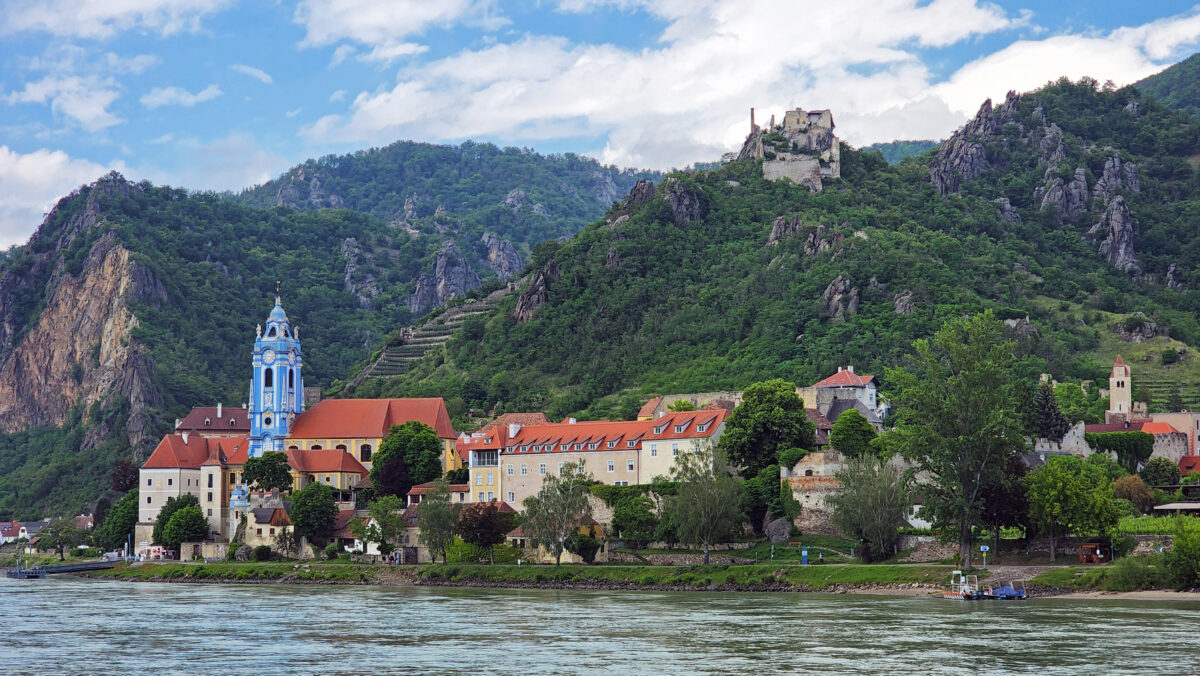
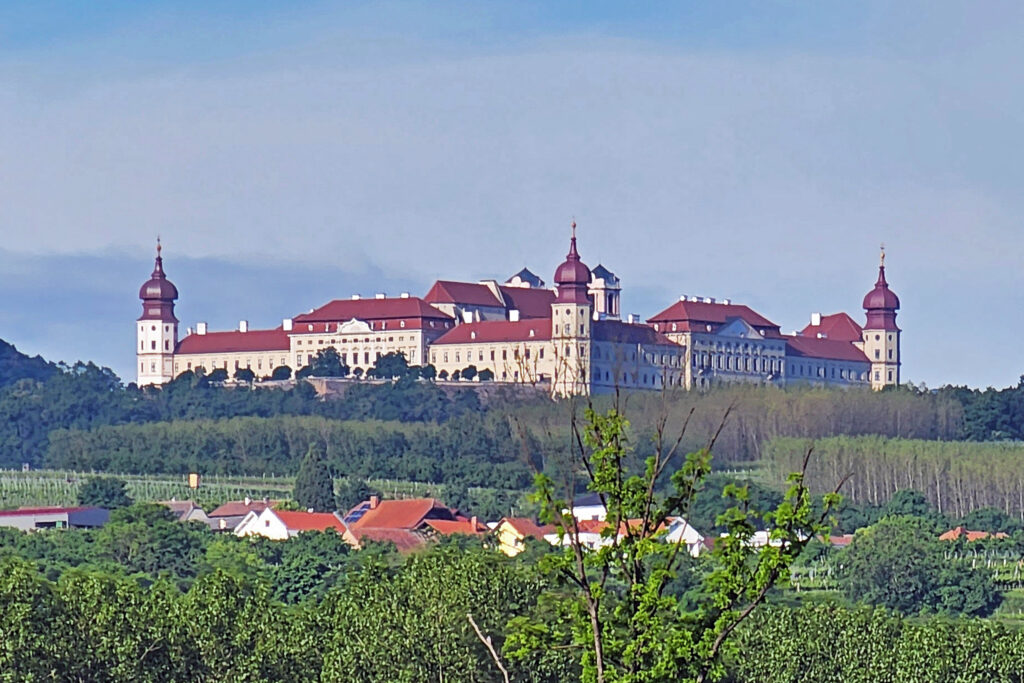
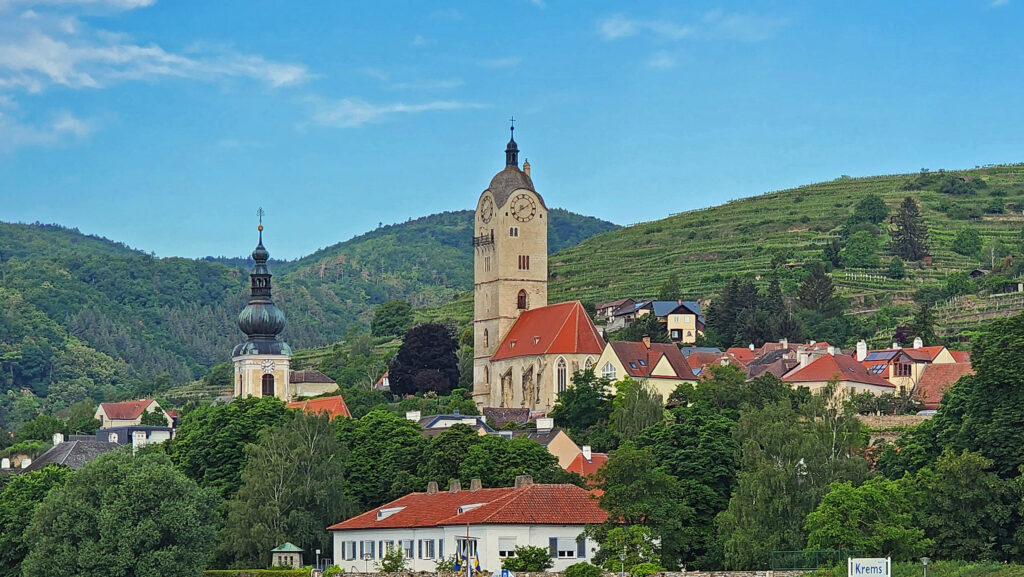
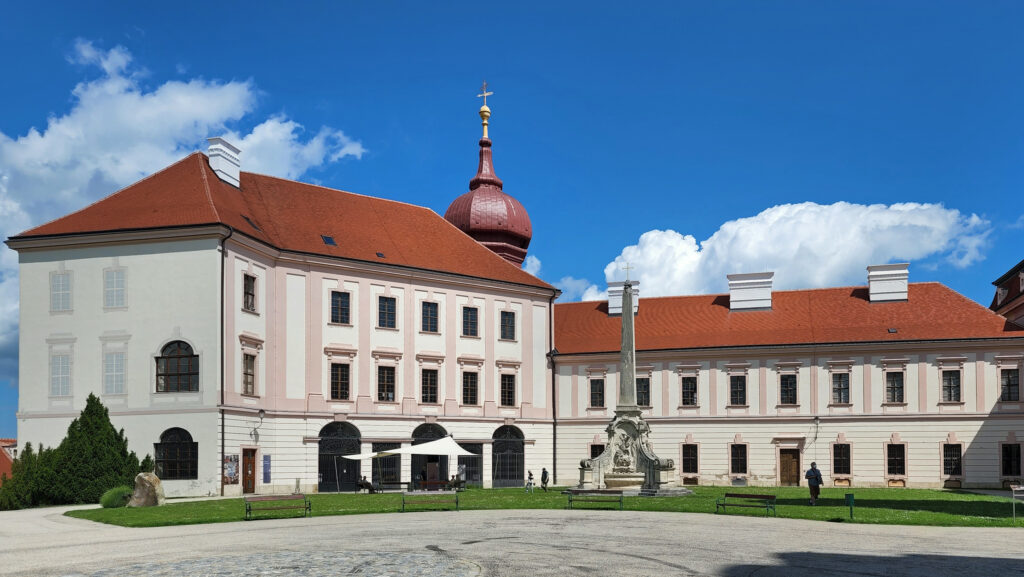
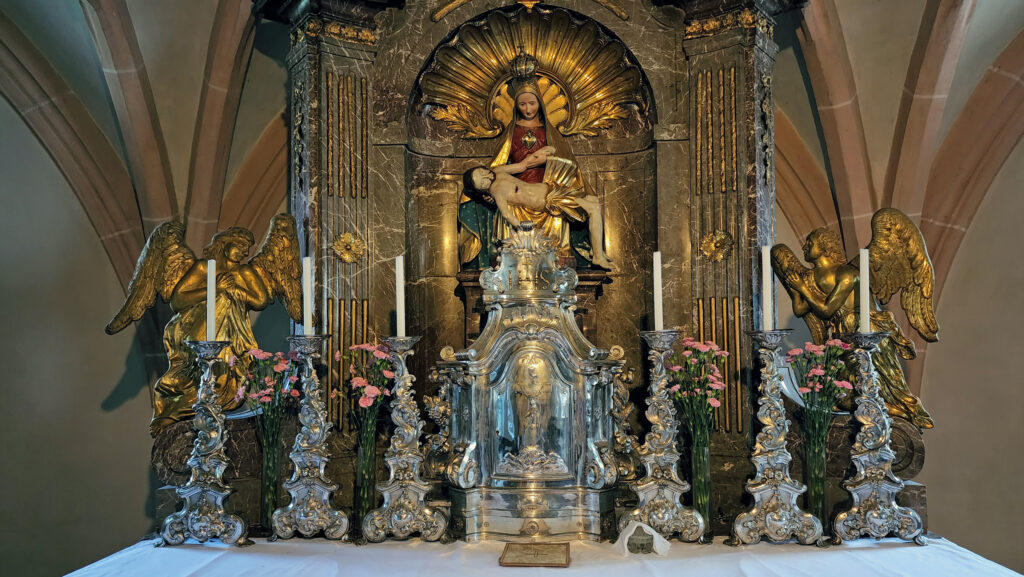
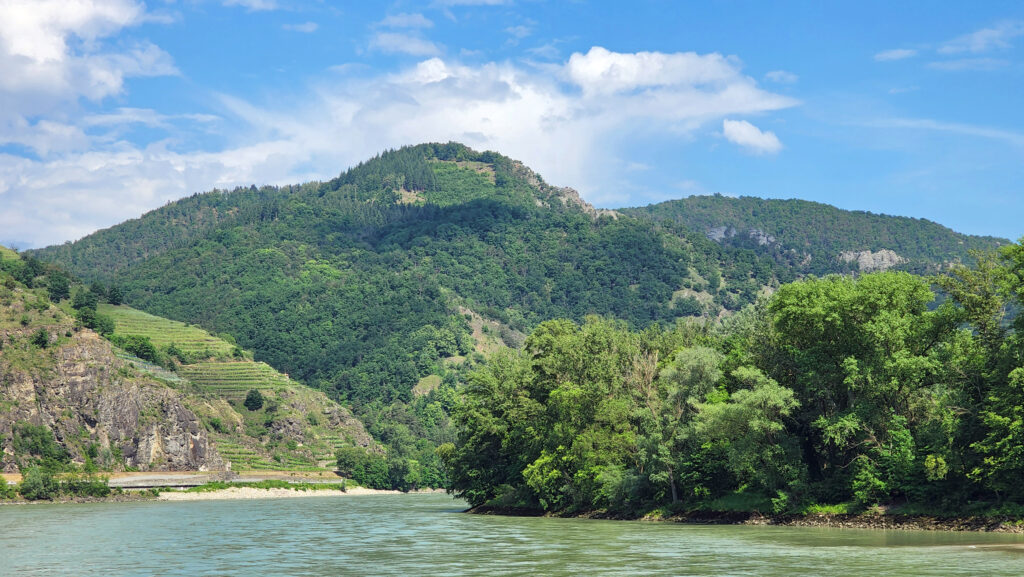
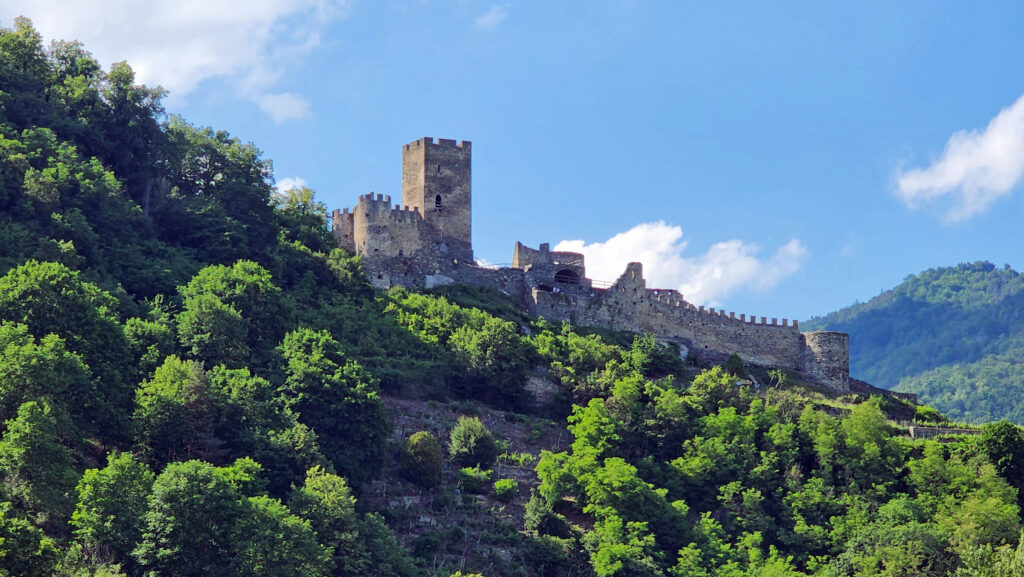
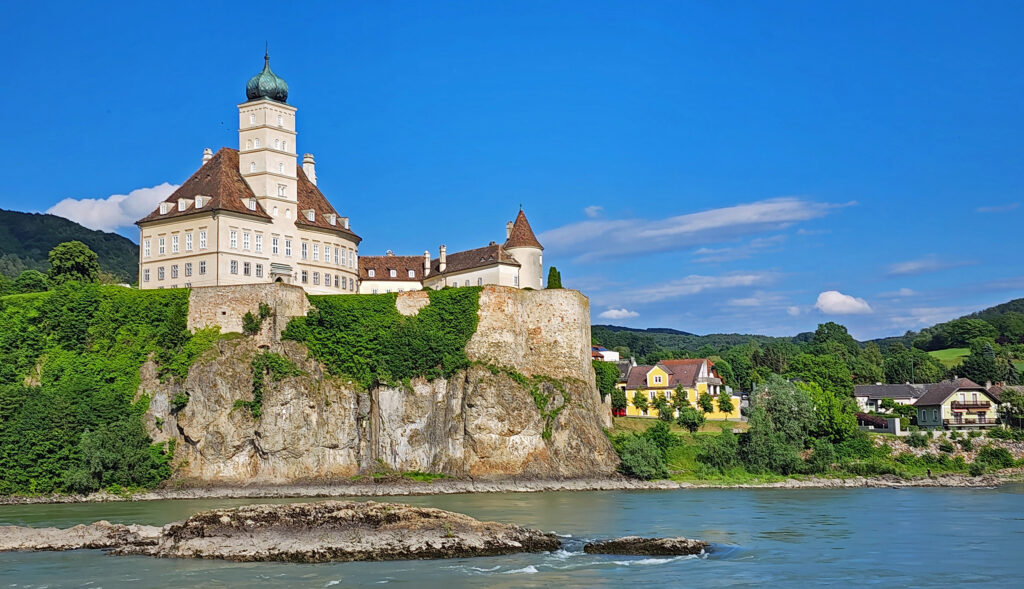
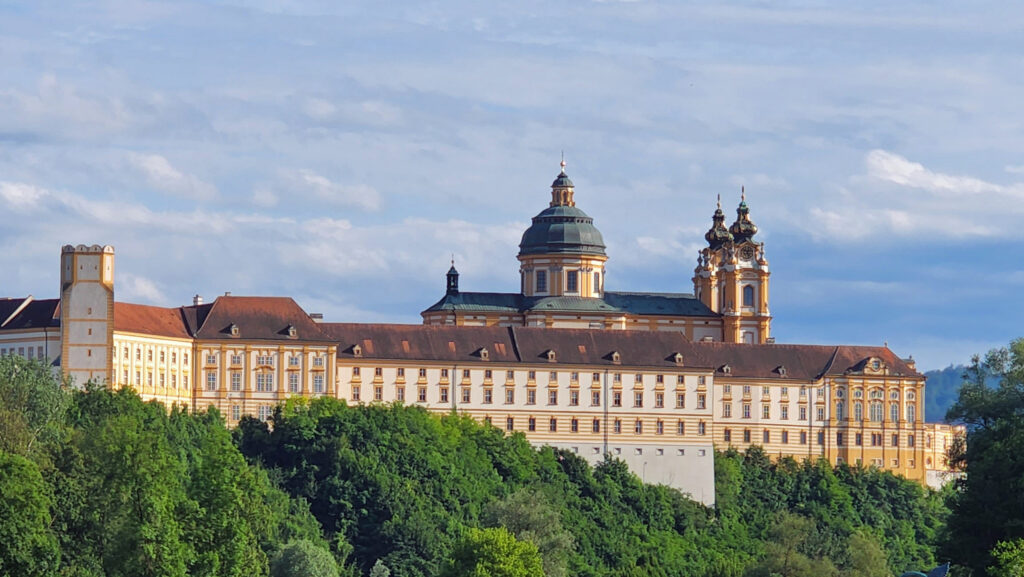
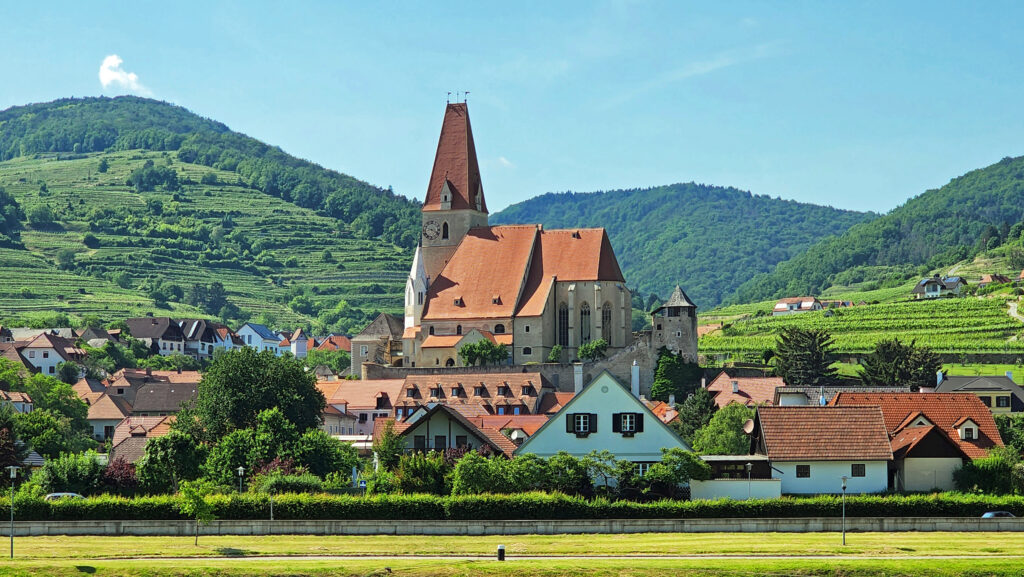
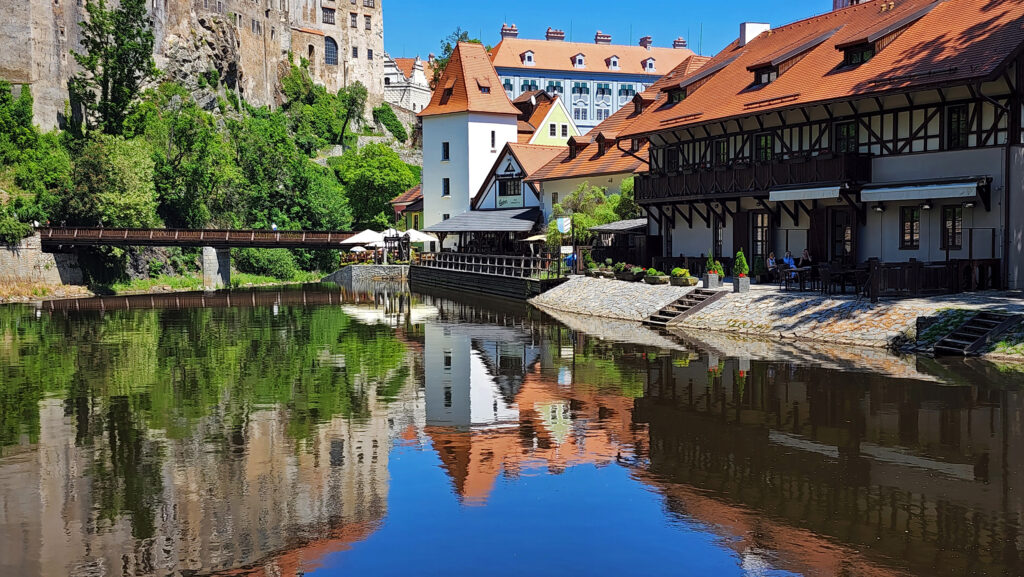
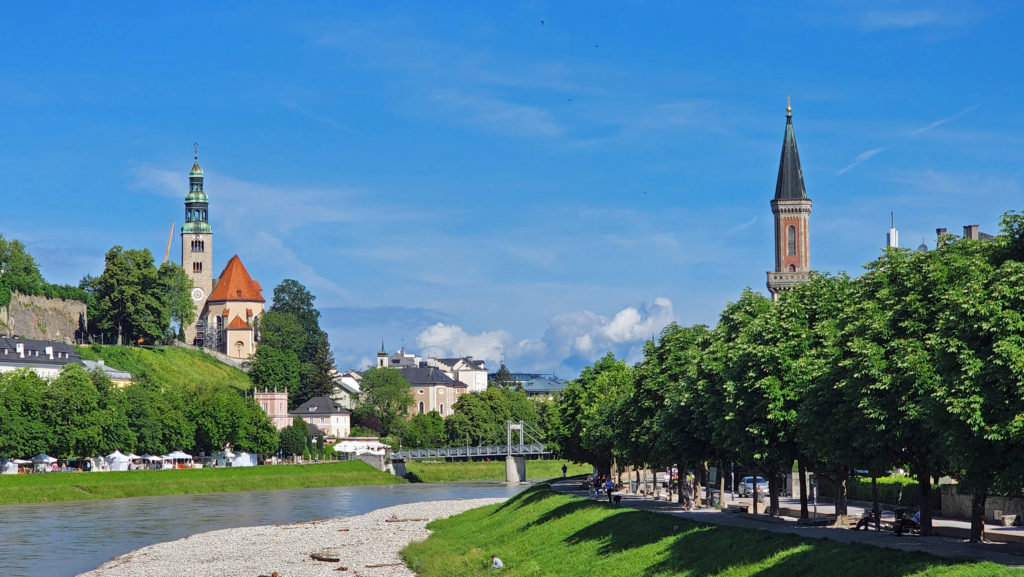
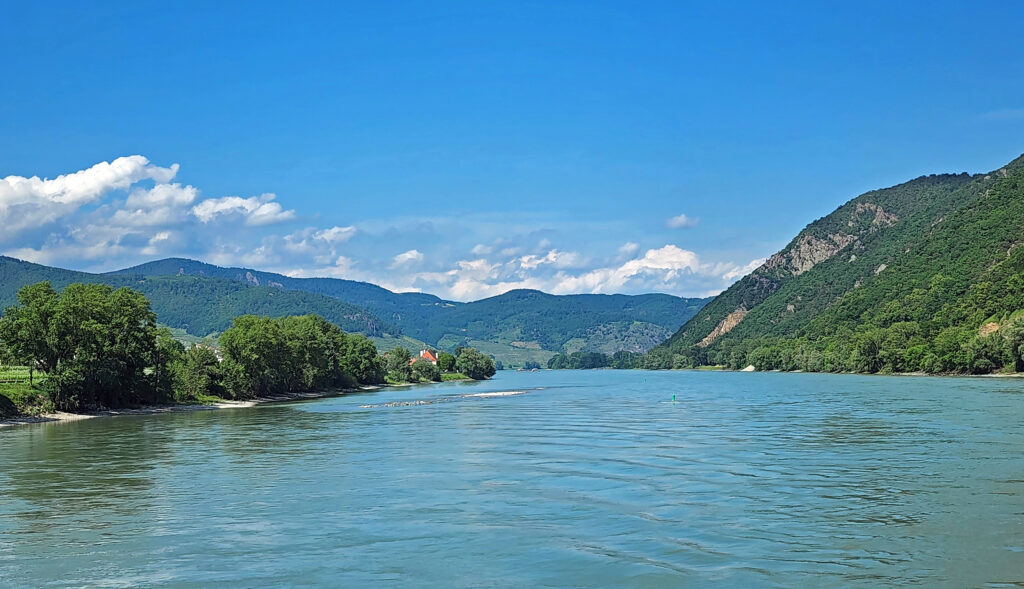
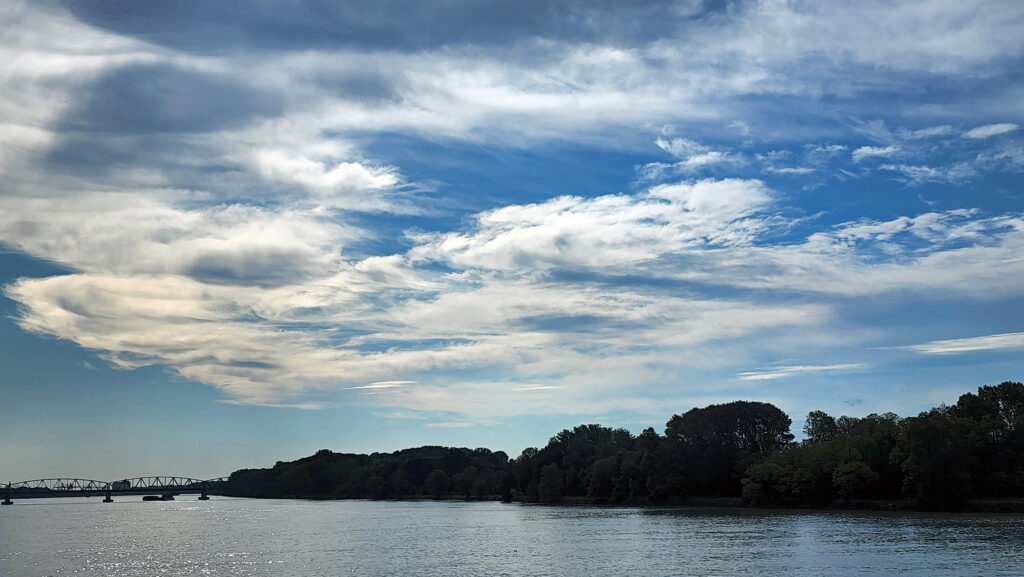

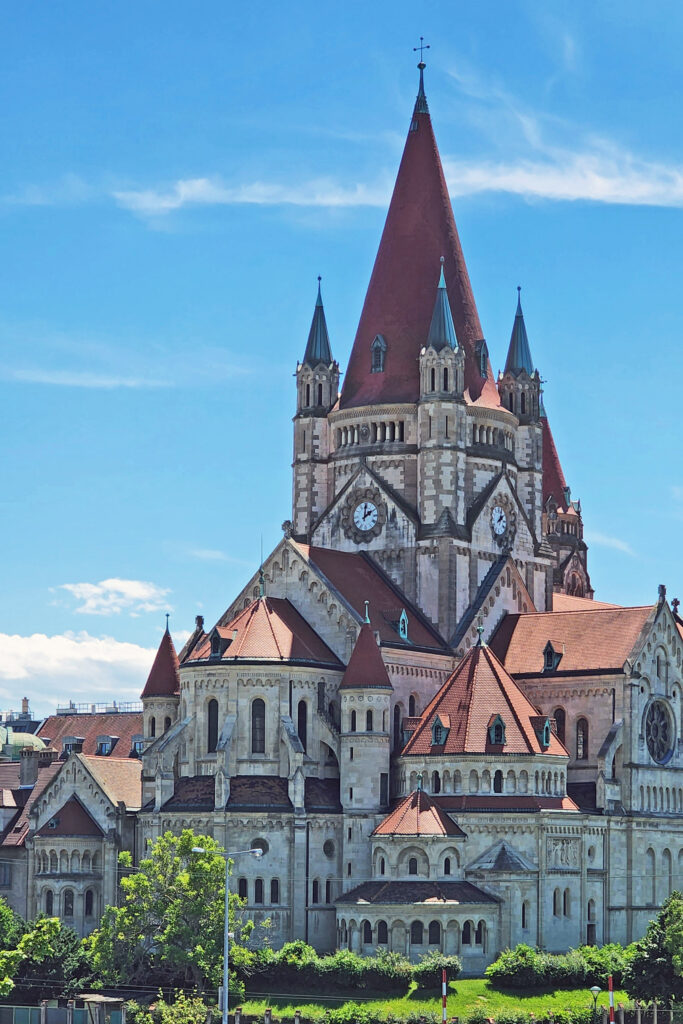
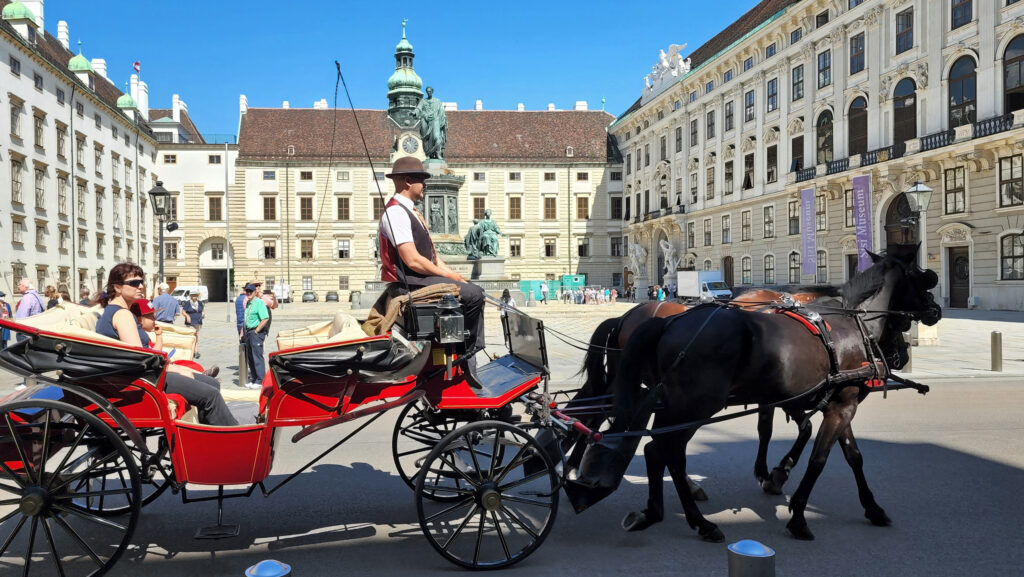
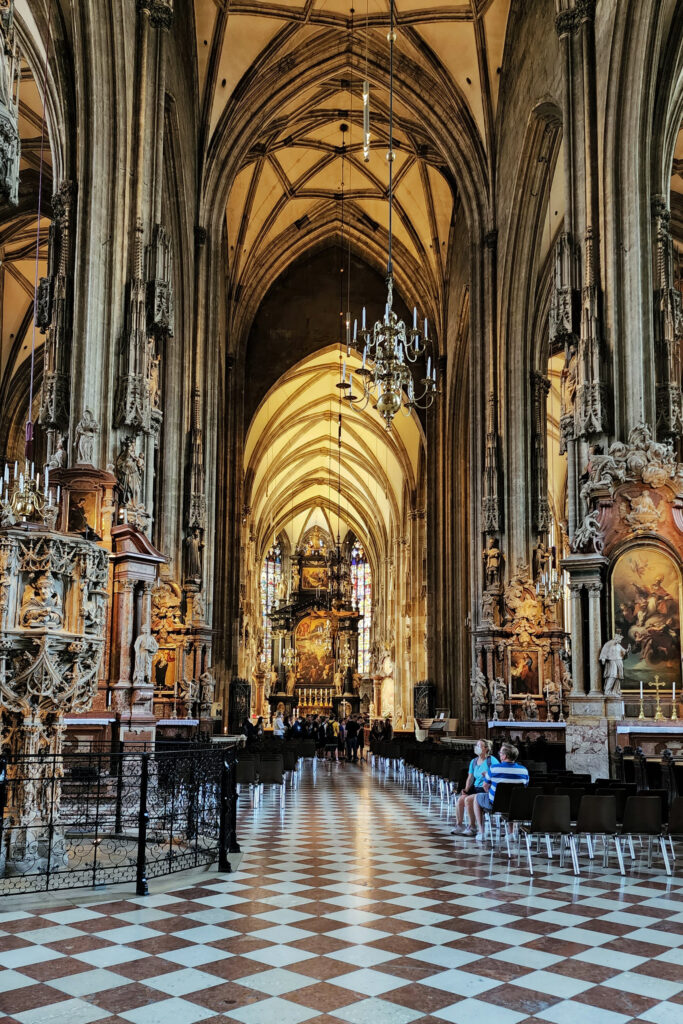
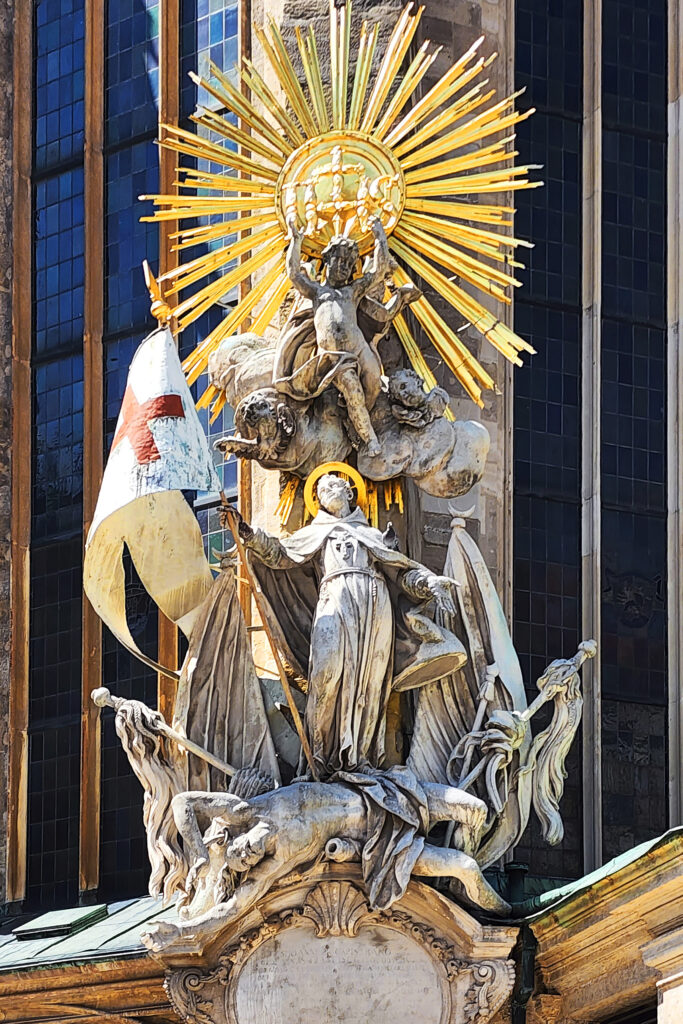

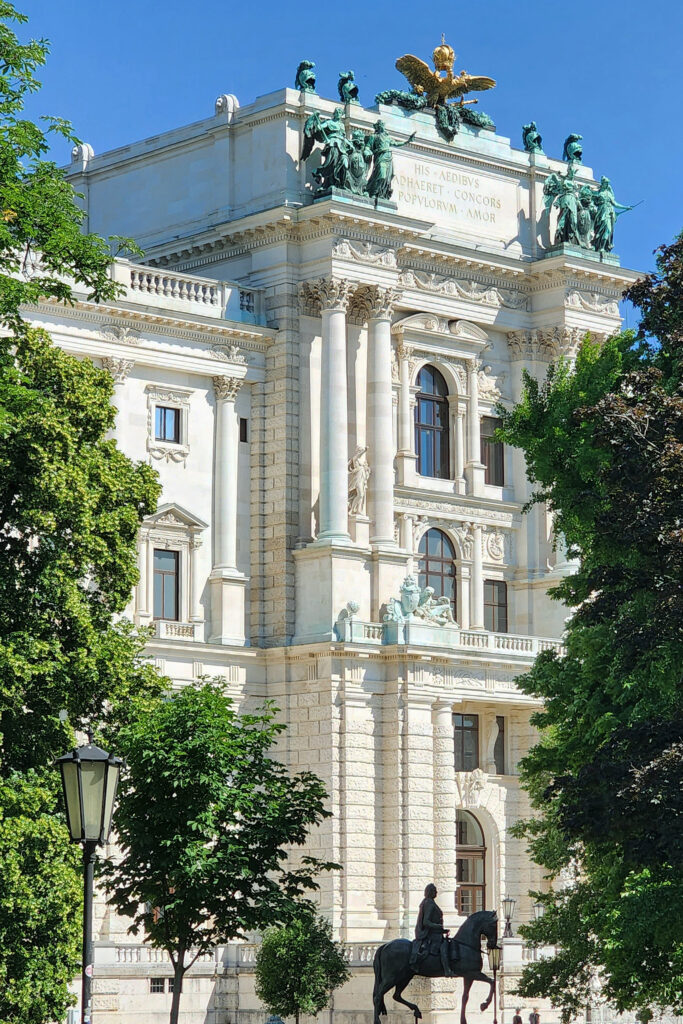

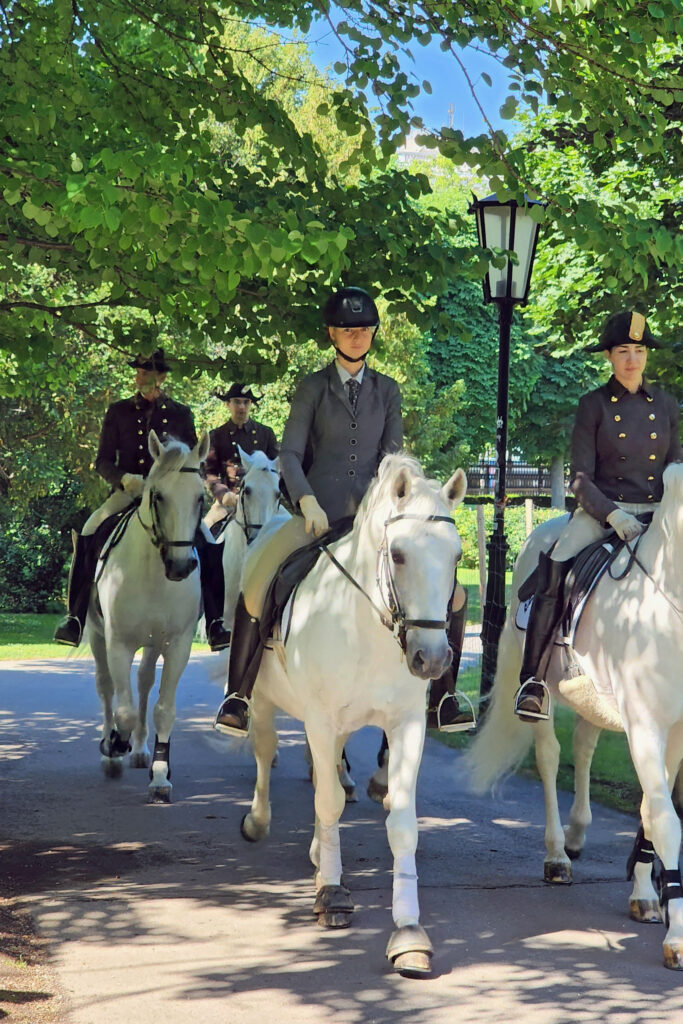

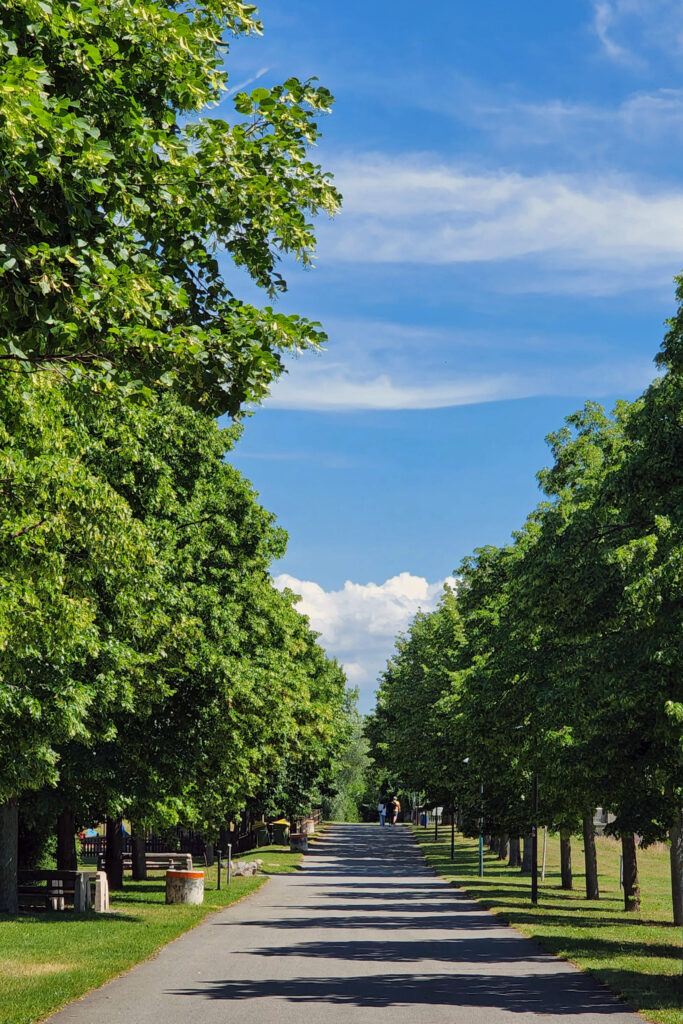
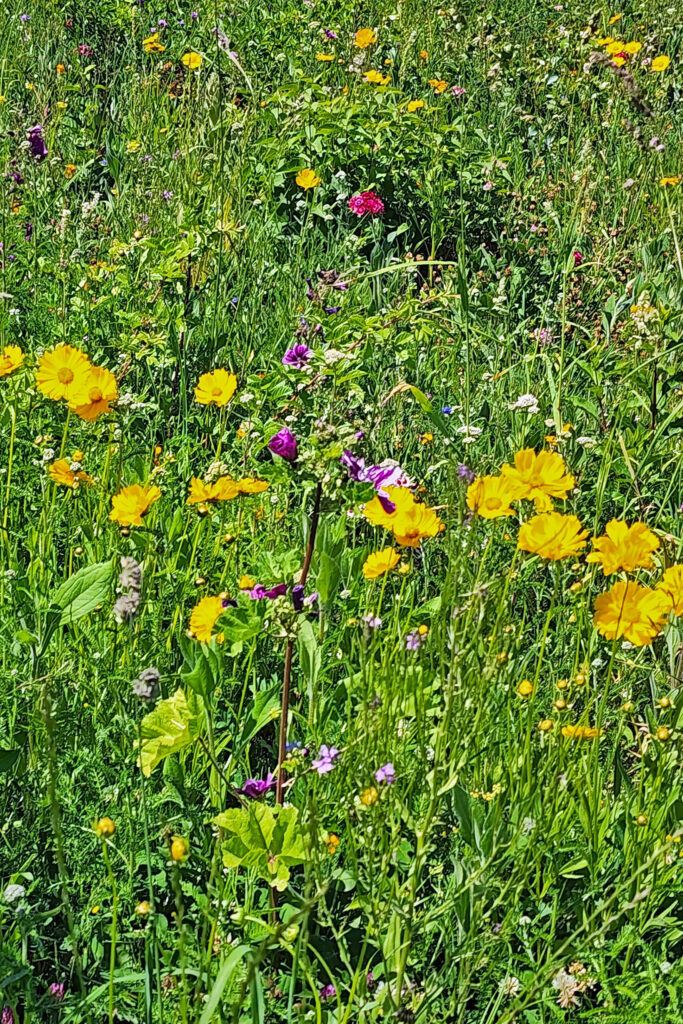
 Vienna is also a city of many beautiful parks and natural areas. After our walking tour of the medieval center, we crossed the Danube and spend some time in a beautiful park on a long, narrow, tree lined island between the main channel of the Danube and the Neue Donau side channel.
Vienna is also a city of many beautiful parks and natural areas. After our walking tour of the medieval center, we crossed the Danube and spend some time in a beautiful park on a long, narrow, tree lined island between the main channel of the Danube and the Neue Donau side channel.
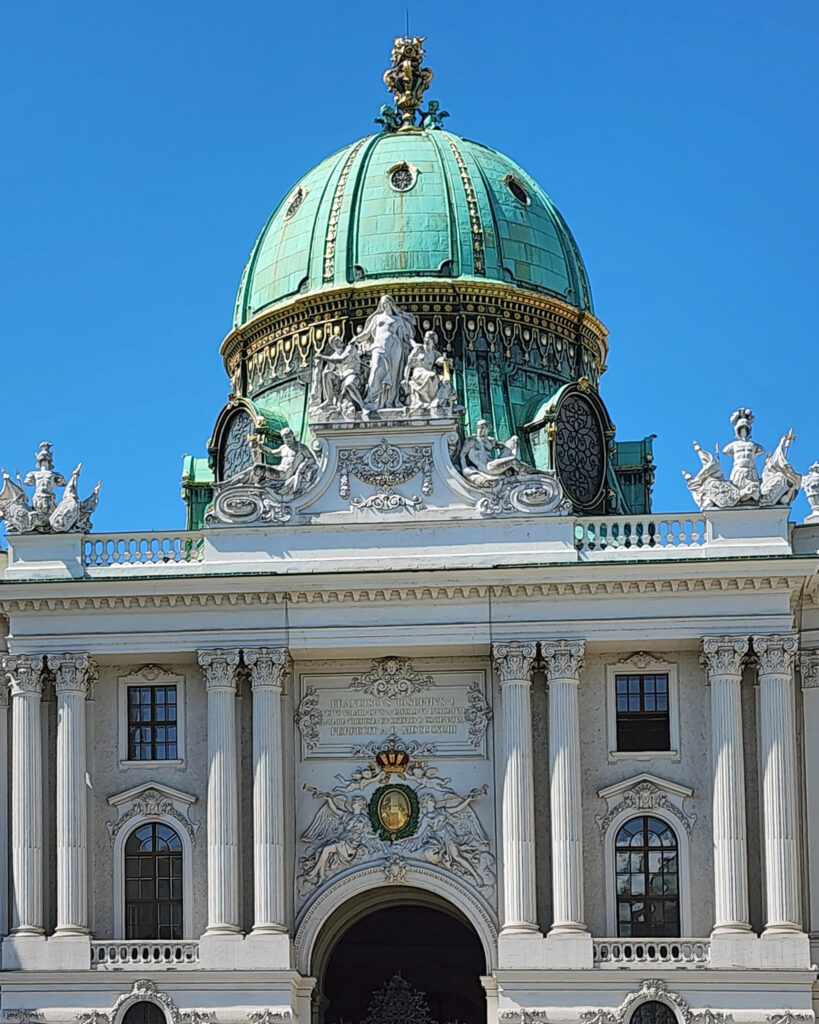
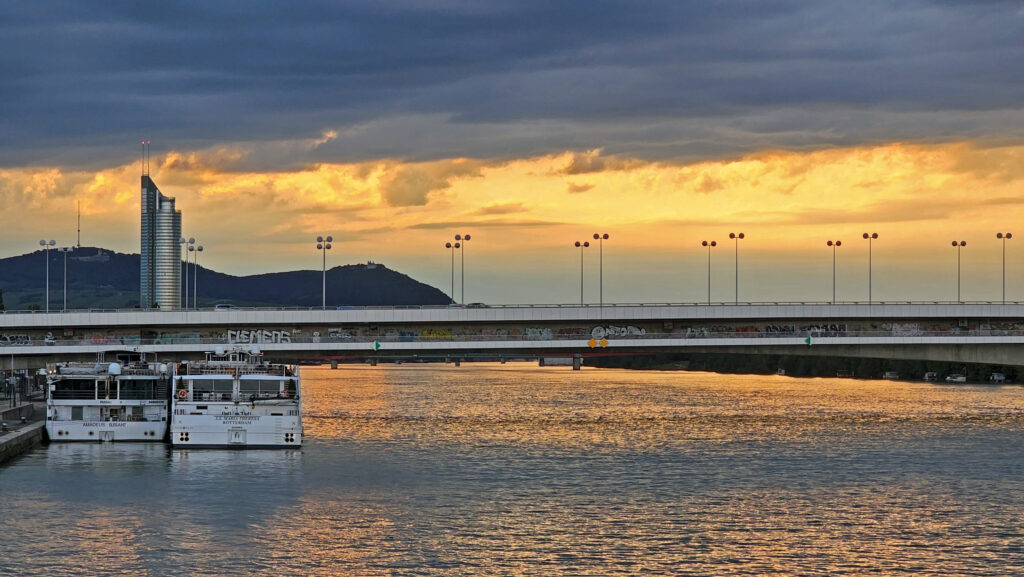
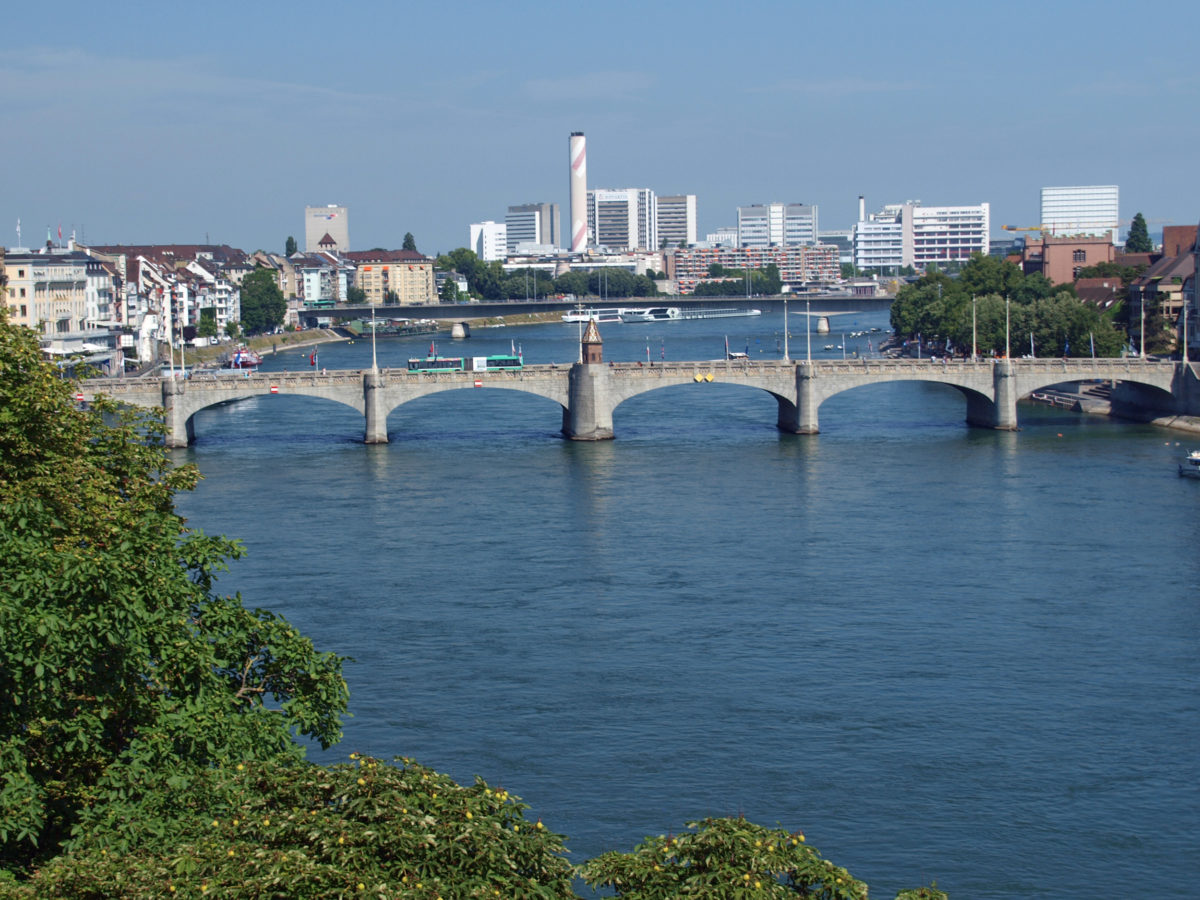
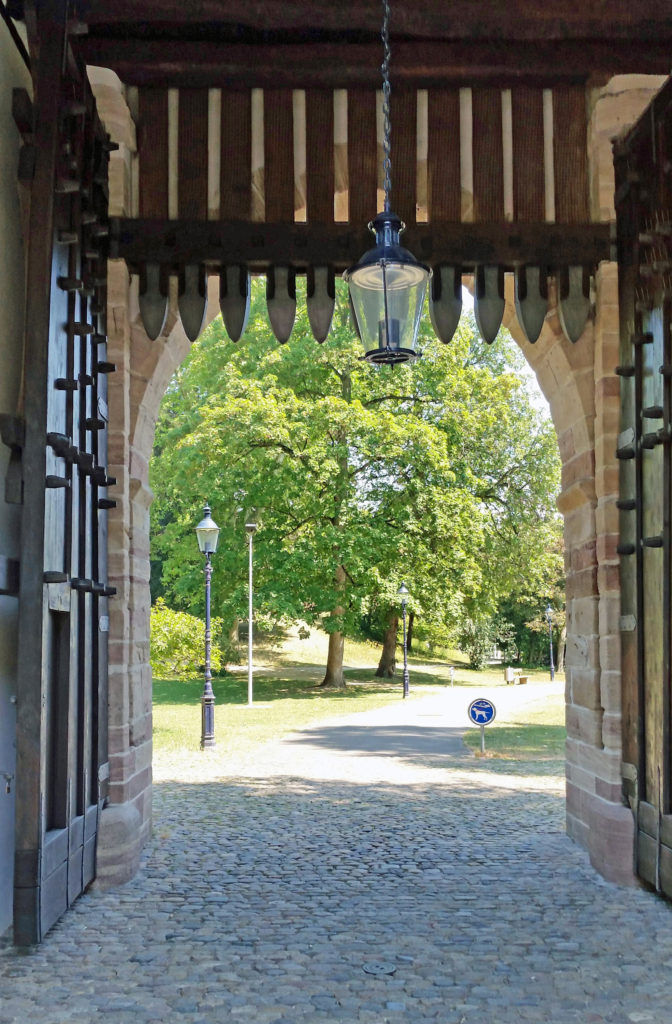
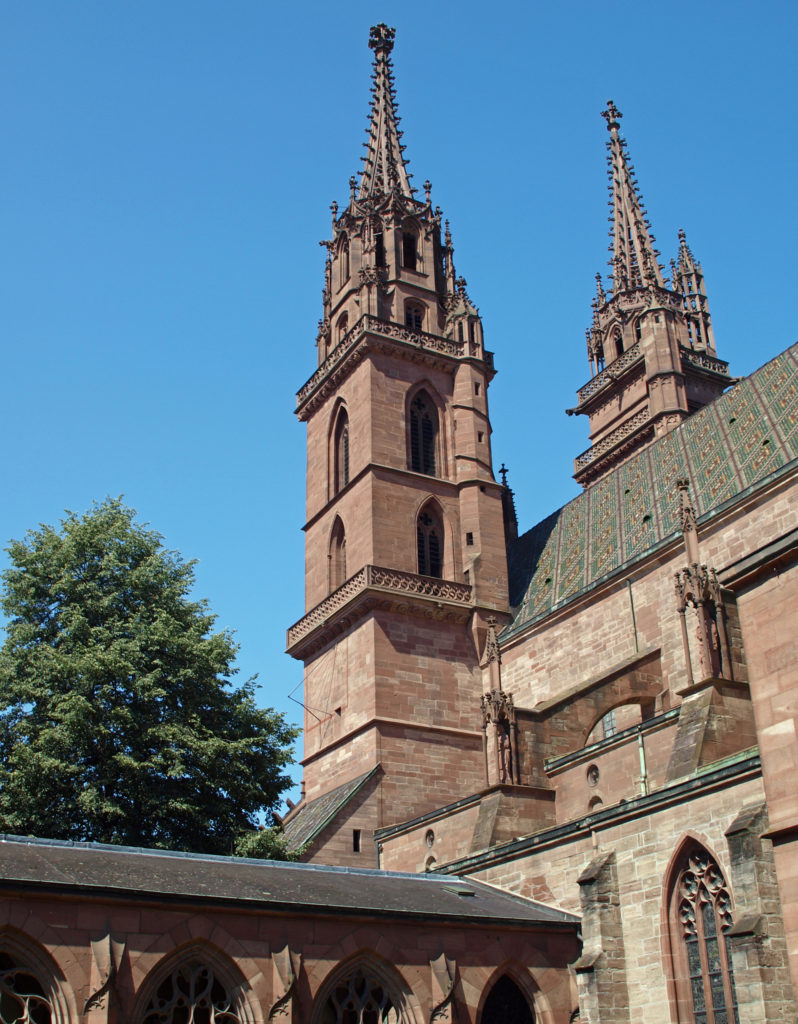 BASEL
BASEL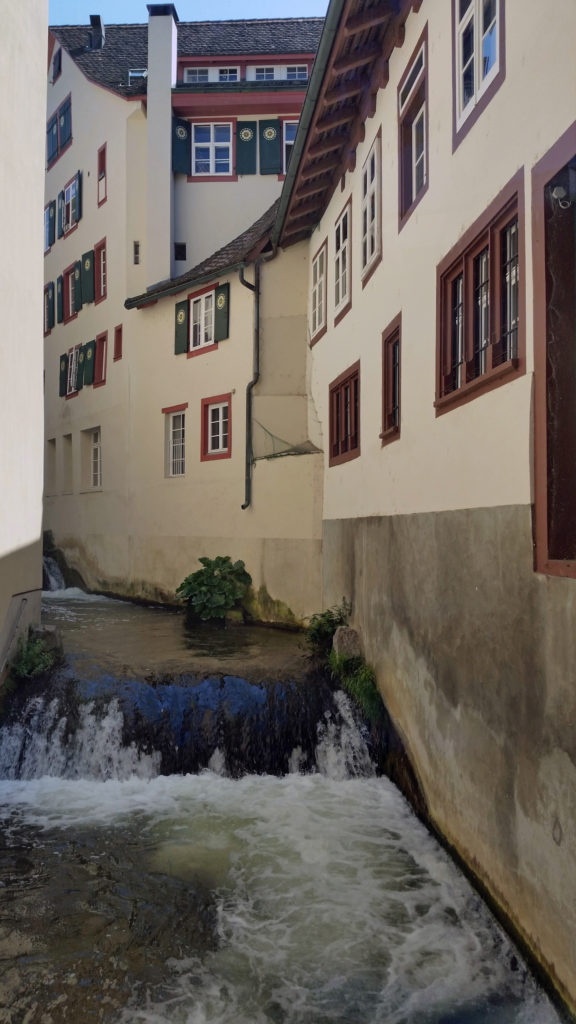 Since our guide book didn’t cover Basel at all, we didn’t know quite what to expect. But, after disembarking the ship in the morning and taking a taxi to our hotel, we took advantage of having the rest of the day to explore the city.
Since our guide book didn’t cover Basel at all, we didn’t know quite what to expect. But, after disembarking the ship in the morning and taking a taxi to our hotel, we took advantage of having the rest of the day to explore the city.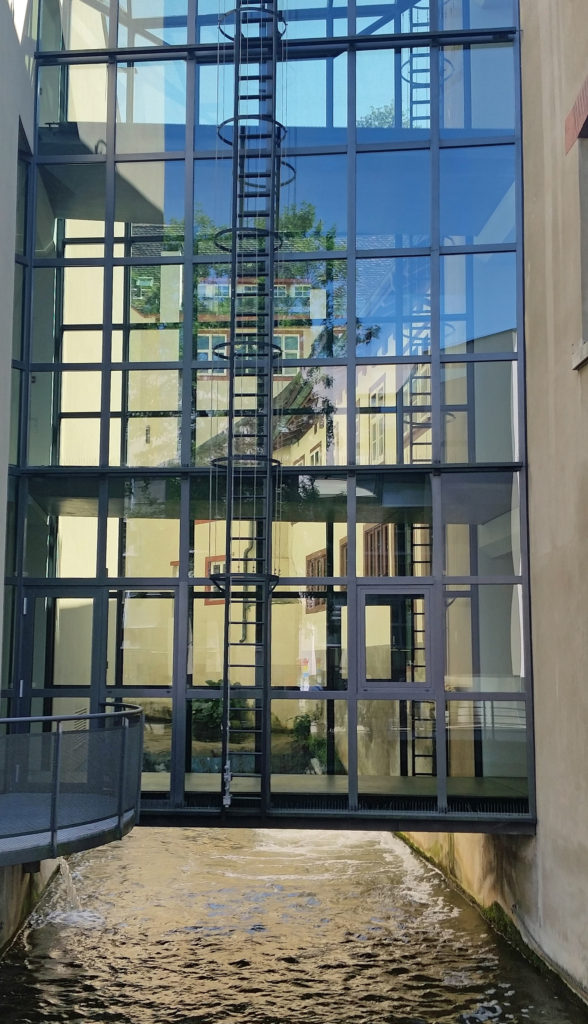 We first headed to the Museum of Contemporary Art, part of the
We first headed to the Museum of Contemporary Art, part of the 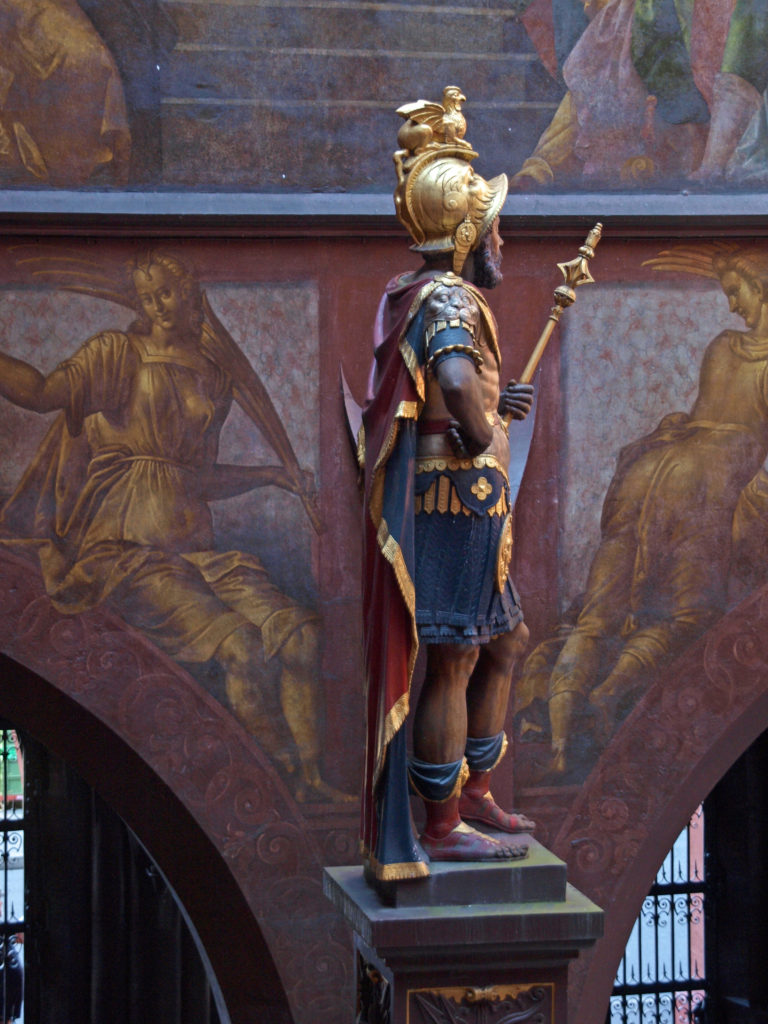 After touring the museum, we spent the rest of the day sampling Swiss cuisine and exploring more of the city center, including
After touring the museum, we spent the rest of the day sampling Swiss cuisine and exploring more of the city center, including 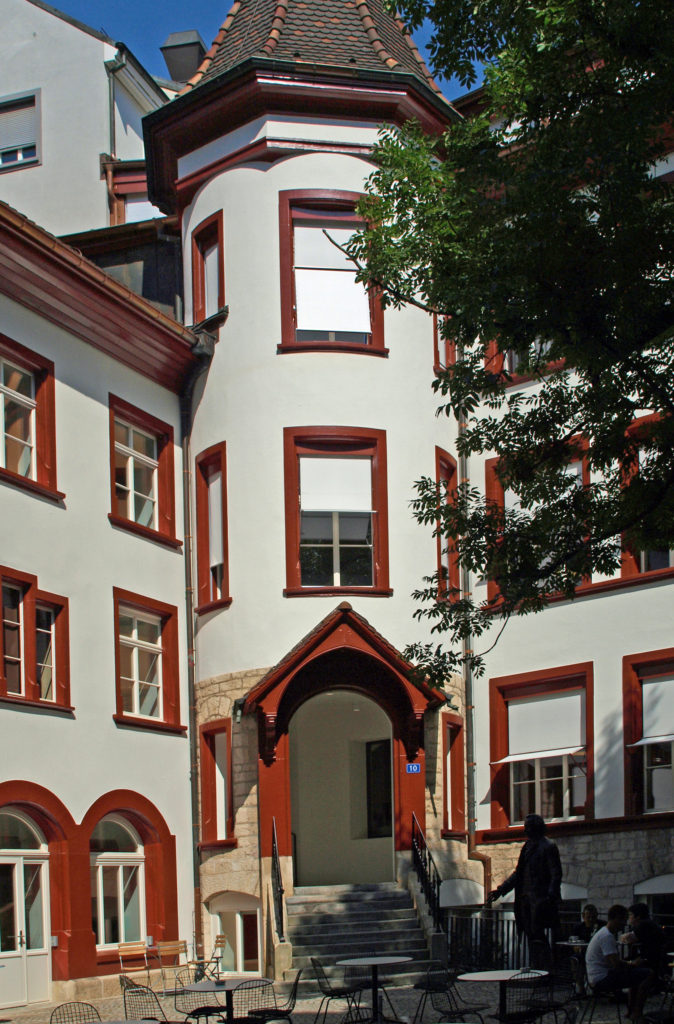
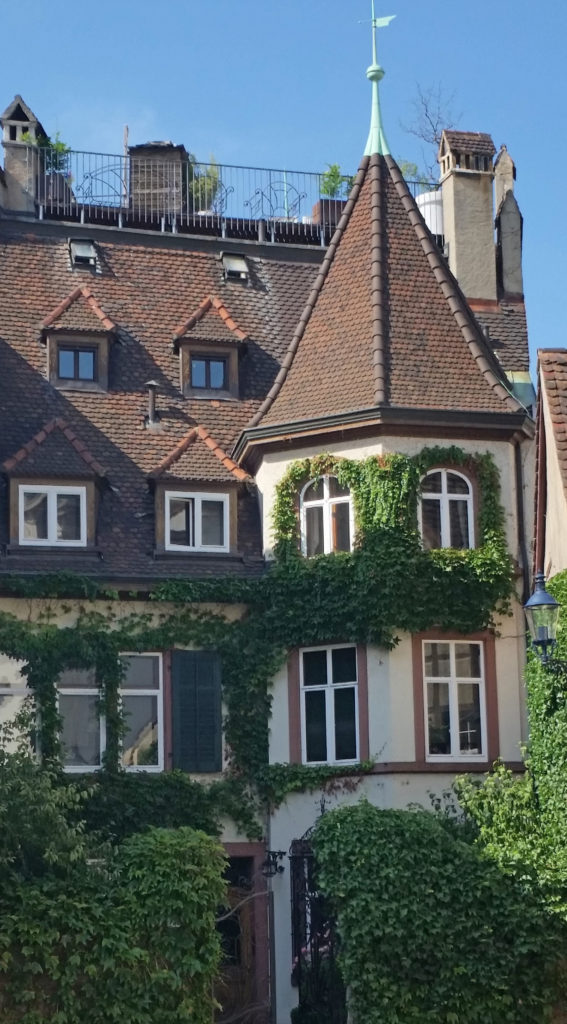
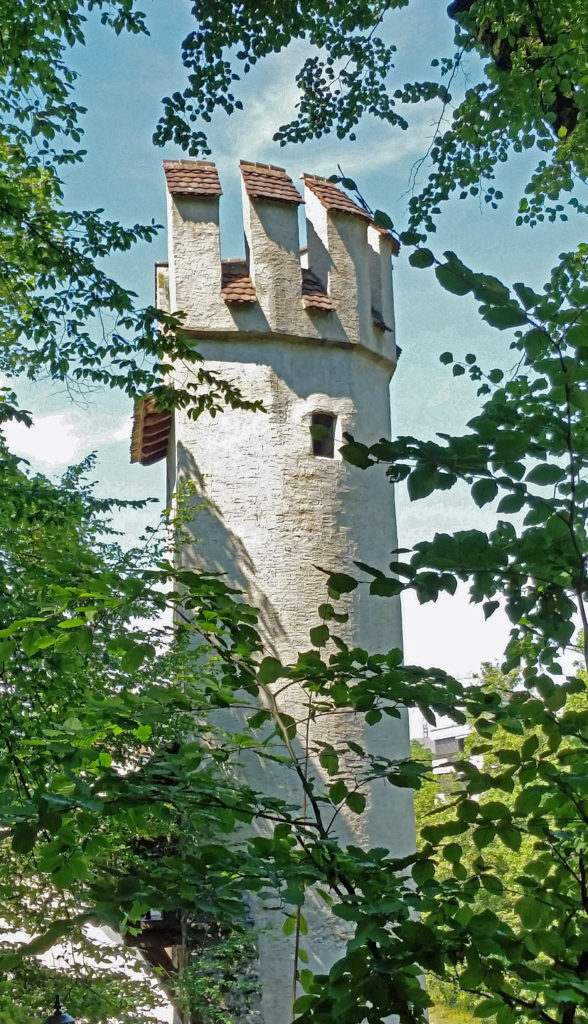 I later learned that Basel is considered by many to be the cultural heart of Switzerland. The Kunstmuseum (linked above), which opened in 1661, is the oldest public art museum in the world. The Museum of Contemprary Art is also the oldest contemporary art museum in Europe. And the and the University of Basel, founded in 1460, is the oldest university in Switzerland. Clearly, there is a lot of history here.
I later learned that Basel is considered by many to be the cultural heart of Switzerland. The Kunstmuseum (linked above), which opened in 1661, is the oldest public art museum in the world. The Museum of Contemprary Art is also the oldest contemporary art museum in Europe. And the and the University of Basel, founded in 1460, is the oldest university in Switzerland. Clearly, there is a lot of history here.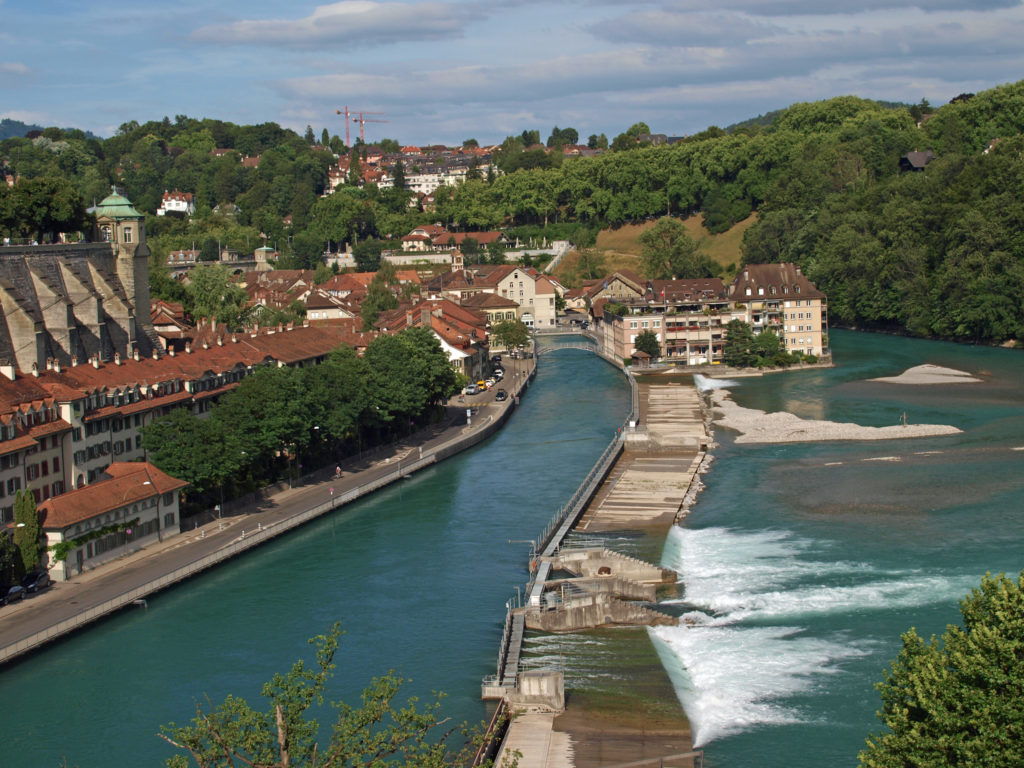 BERN
BERN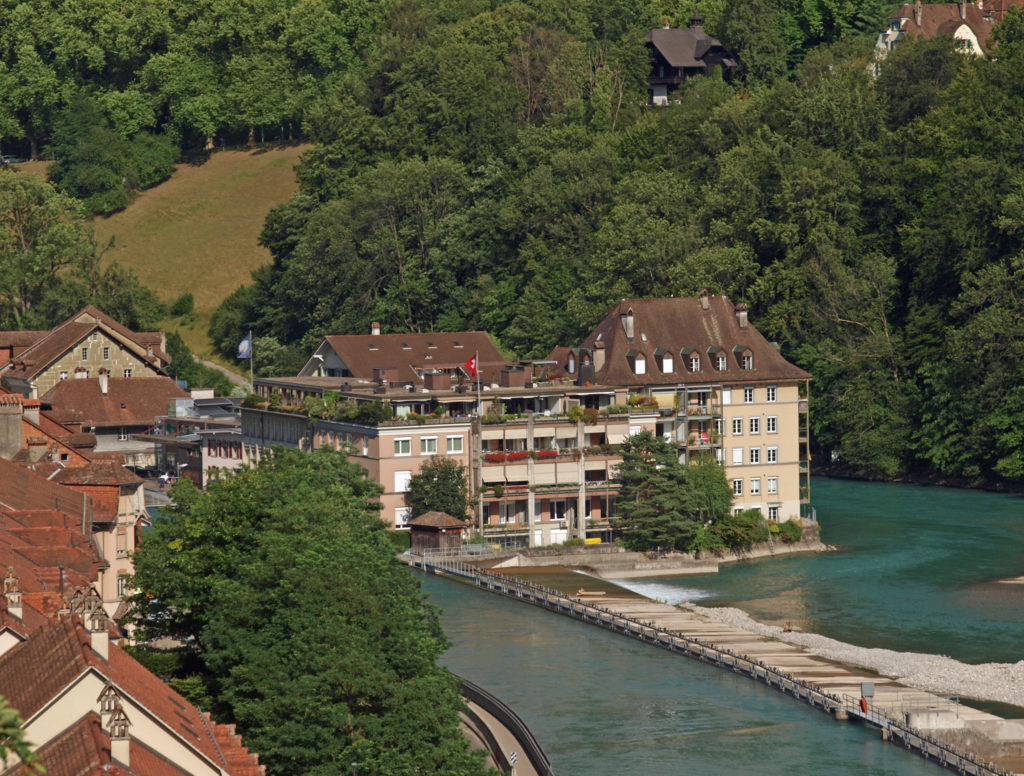
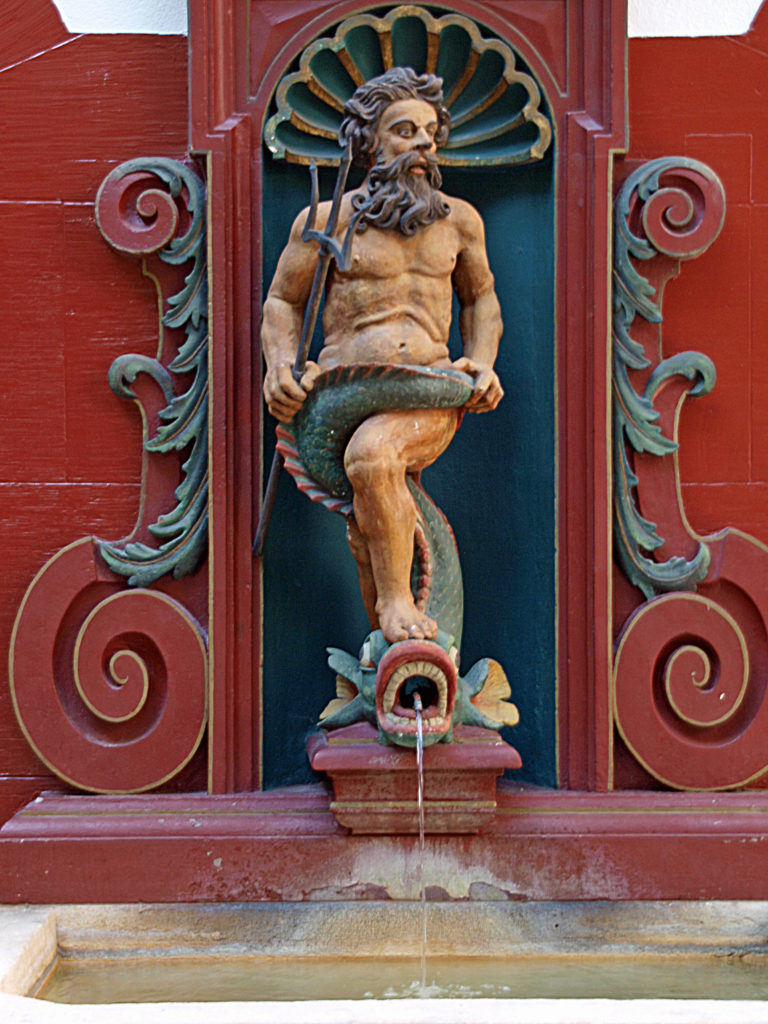
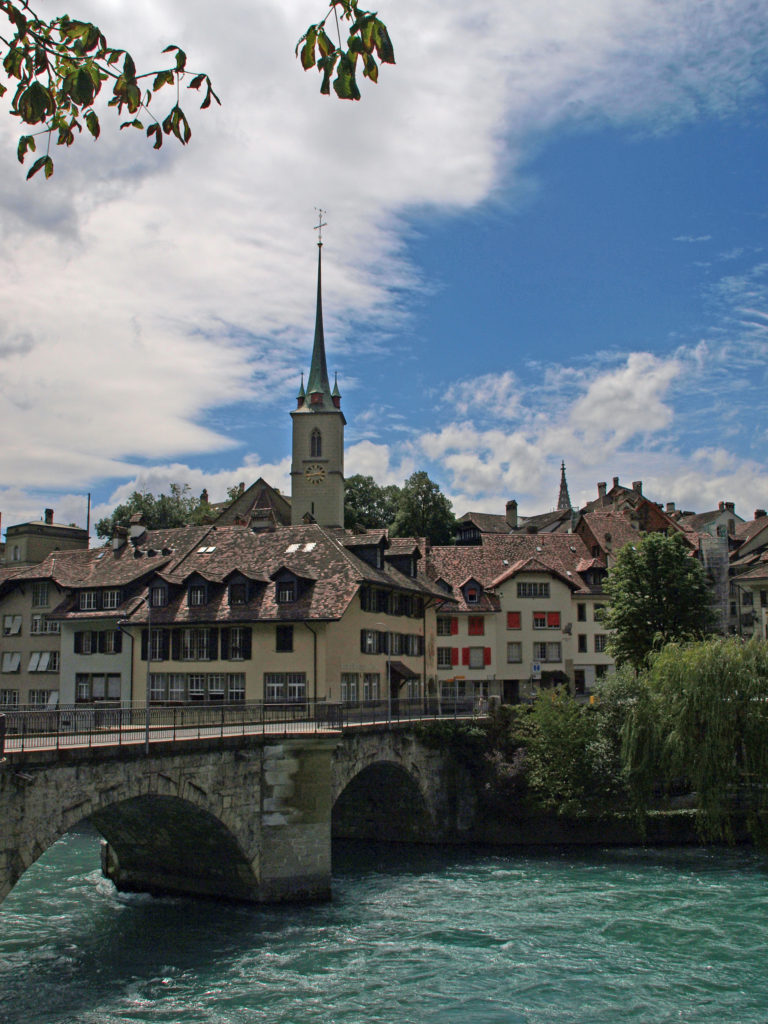 We wandered our way through the medieval center and down to the Aare River at the point of the peninsula that the old city is located on. The Aare is strikingly beautiful, colored turquoise blue by the glacial silt it carries. We lingered along river for a while before crossing the relatively new (built in 1840) high bridge (Nydeggbrucke) on our way to a couple of cold beers at the Altes Tramsdepot, a restaurant and pub housed in what was once a transit center.
We wandered our way through the medieval center and down to the Aare River at the point of the peninsula that the old city is located on. The Aare is strikingly beautiful, colored turquoise blue by the glacial silt it carries. We lingered along river for a while before crossing the relatively new (built in 1840) high bridge (Nydeggbrucke) on our way to a couple of cold beers at the Altes Tramsdepot, a restaurant and pub housed in what was once a transit center.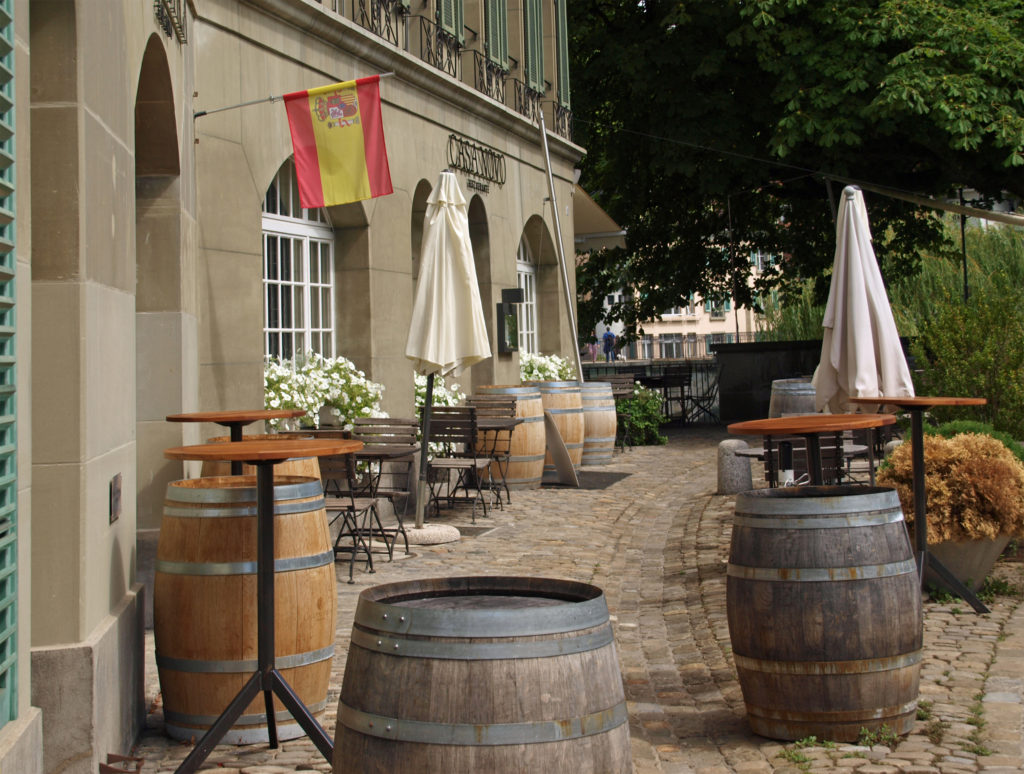
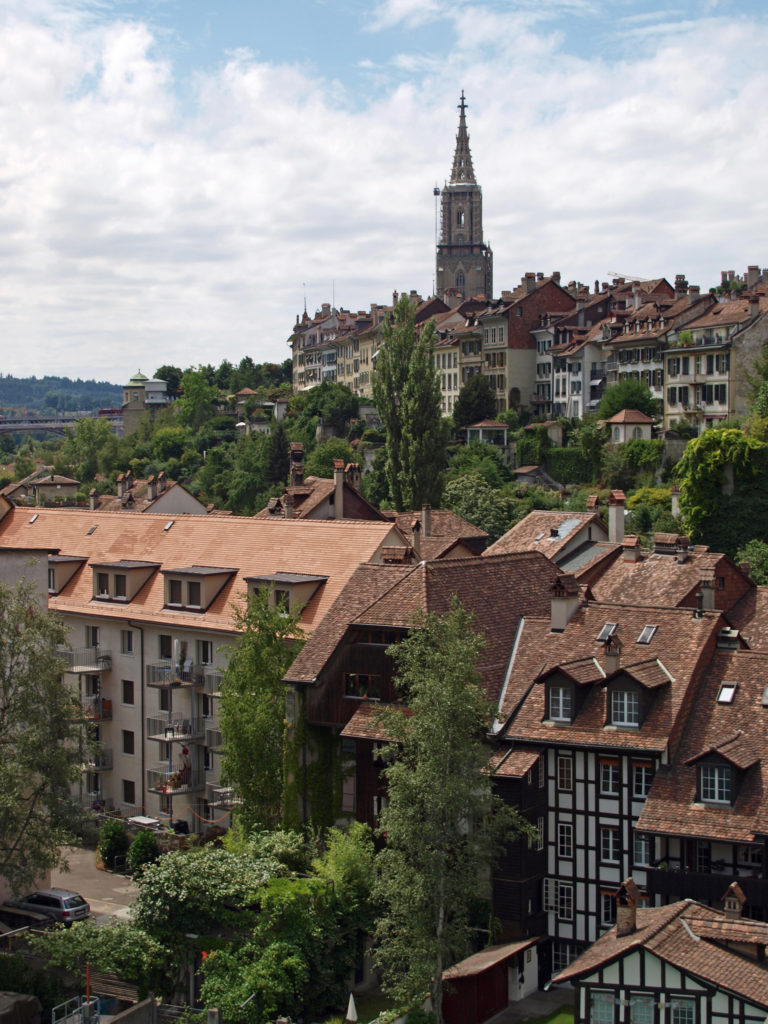 The restaurant and the viewpoint next to it provide a good view of the river and the old city. And below, along the river, you can sometimes see brown bears, which are the symbol of Bern, in the Bear Park (Barenpark). The bears were not out and about when we were there, though.
The restaurant and the viewpoint next to it provide a good view of the river and the old city. And below, along the river, you can sometimes see brown bears, which are the symbol of Bern, in the Bear Park (Barenpark). The bears were not out and about when we were there, though.
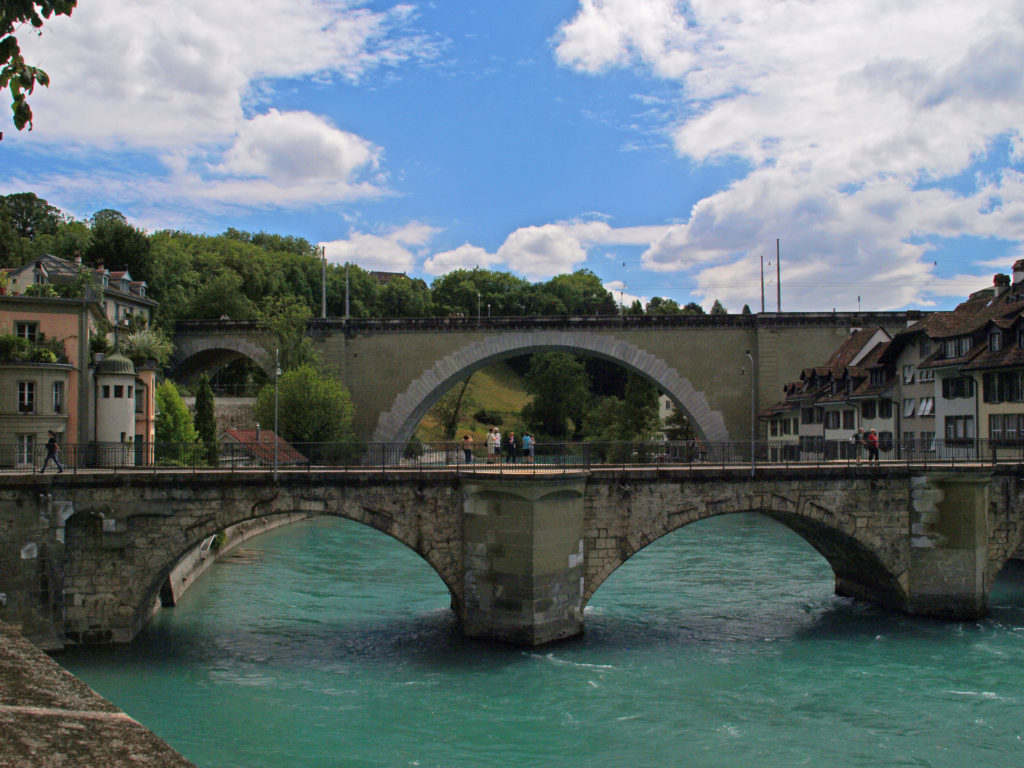 Just downstream of the Nydeggbrucke, the older Untertorbrucke is a good vantage point to photograph the river and the high bridge. The current Untertorbrucke was constructed in 1489 to replace a wooden bridge built in 1256.
Just downstream of the Nydeggbrucke, the older Untertorbrucke is a good vantage point to photograph the river and the high bridge. The current Untertorbrucke was constructed in 1489 to replace a wooden bridge built in 1256.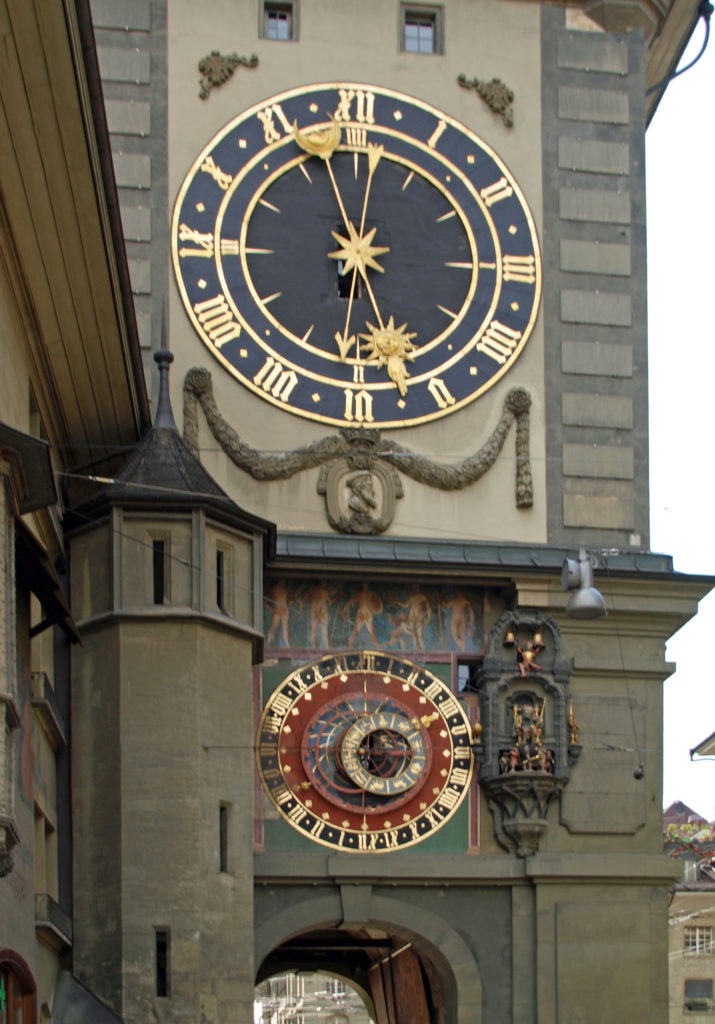 Back in the medieval city center (all of which is a UNESCO World Heritage Site), we visited the
Back in the medieval city center (all of which is a UNESCO World Heritage Site), we visited the 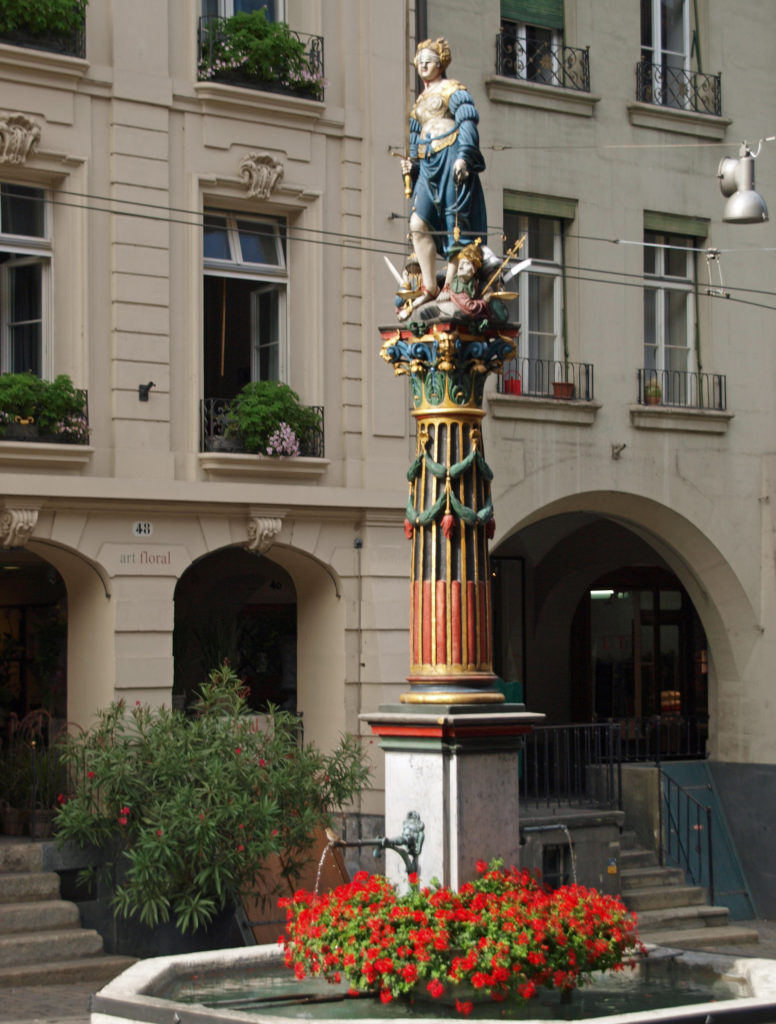
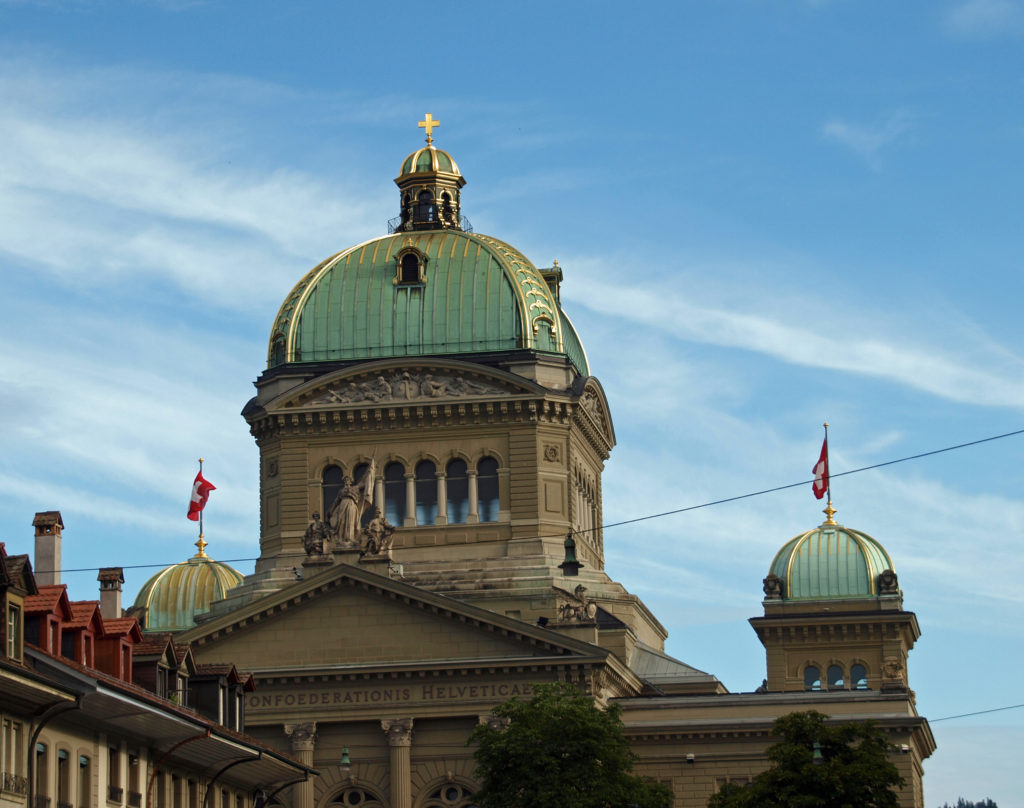
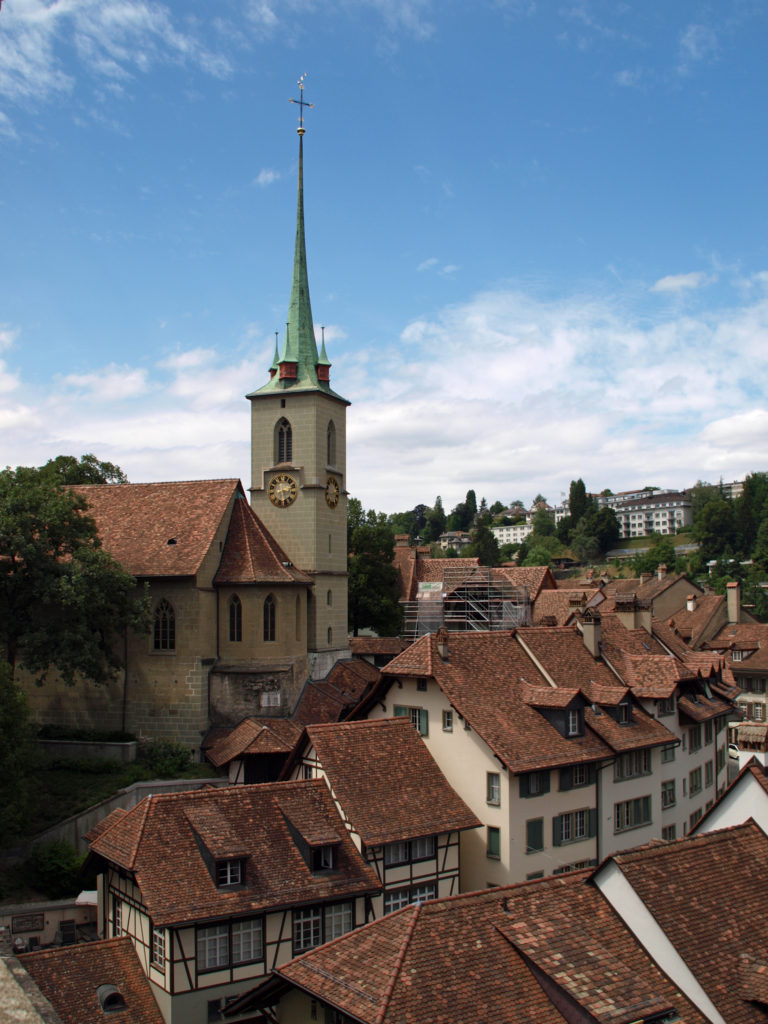 Originally posted February 27, 2021 by Alan K. Lee. Updated and reposted February 9, 2024.
Originally posted February 27, 2021 by Alan K. Lee. Updated and reposted February 9, 2024.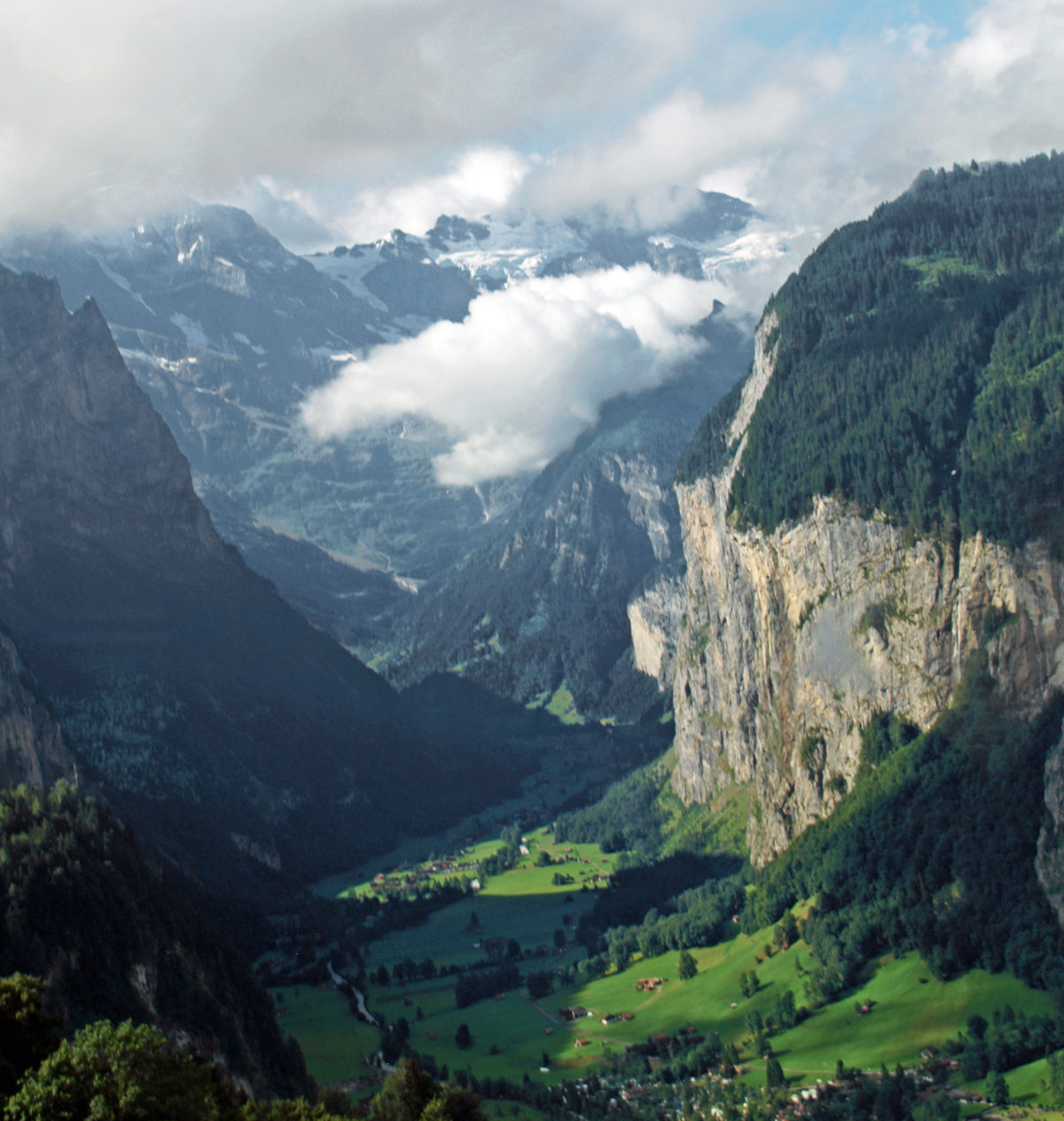
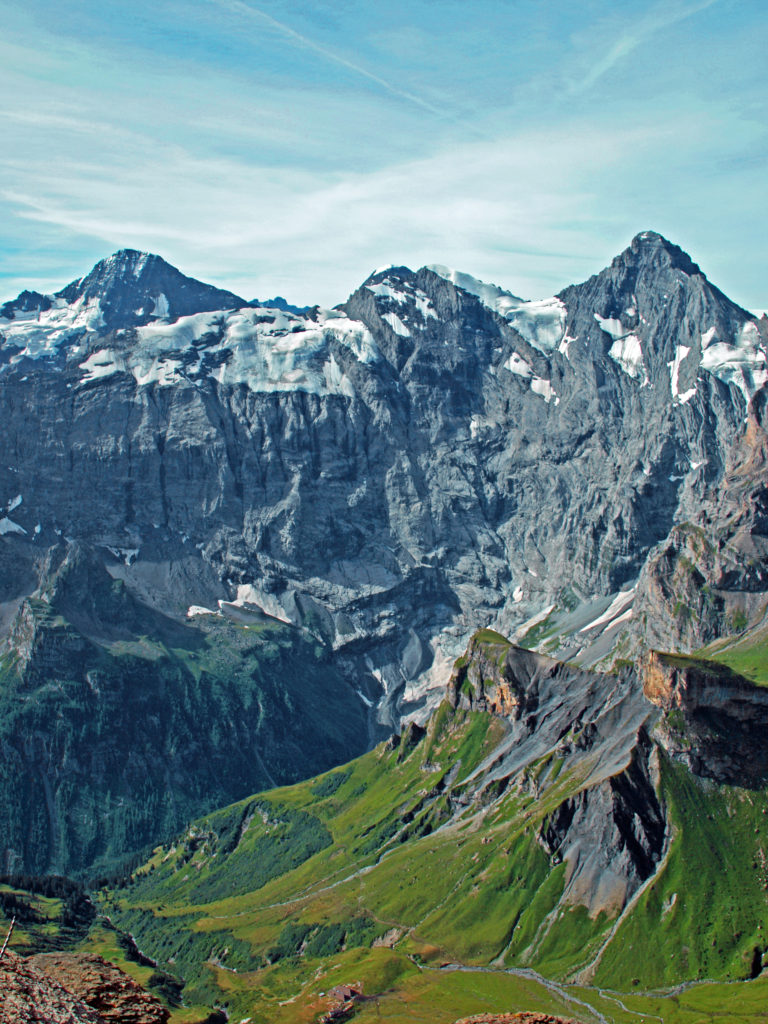

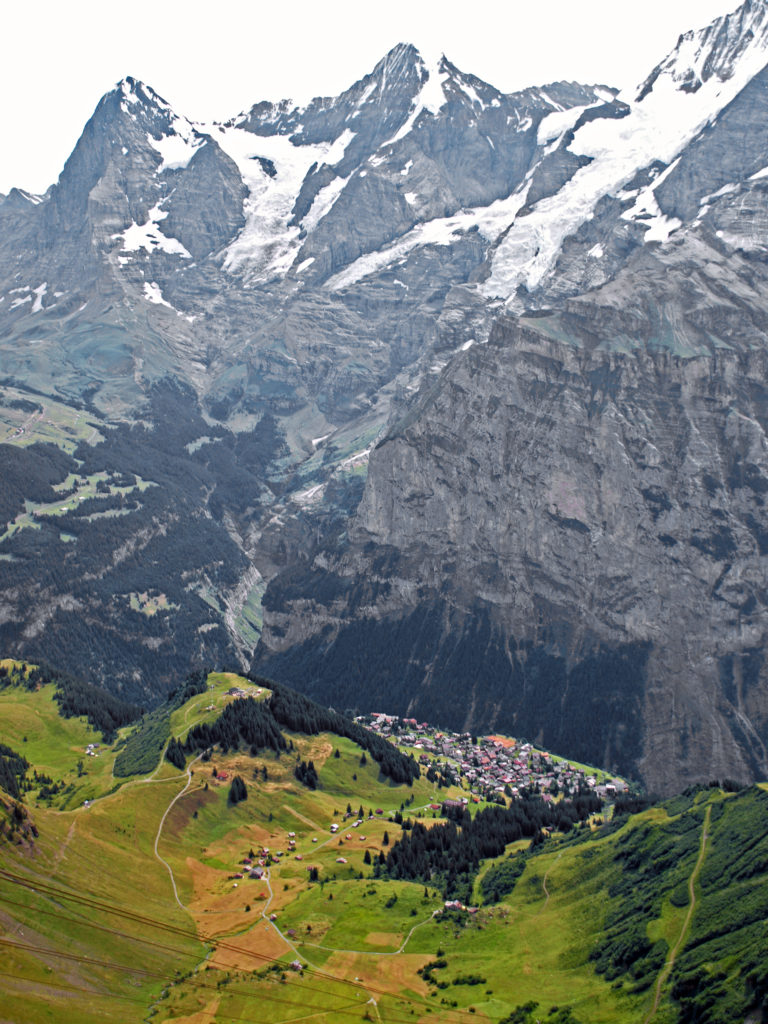
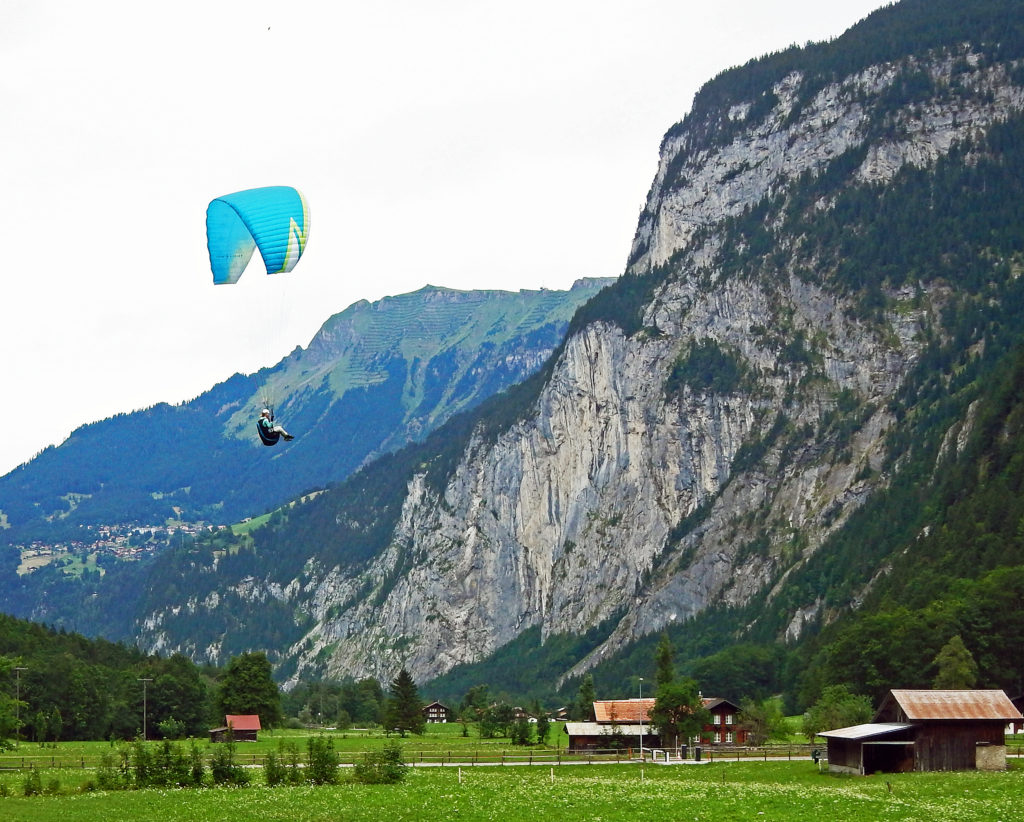
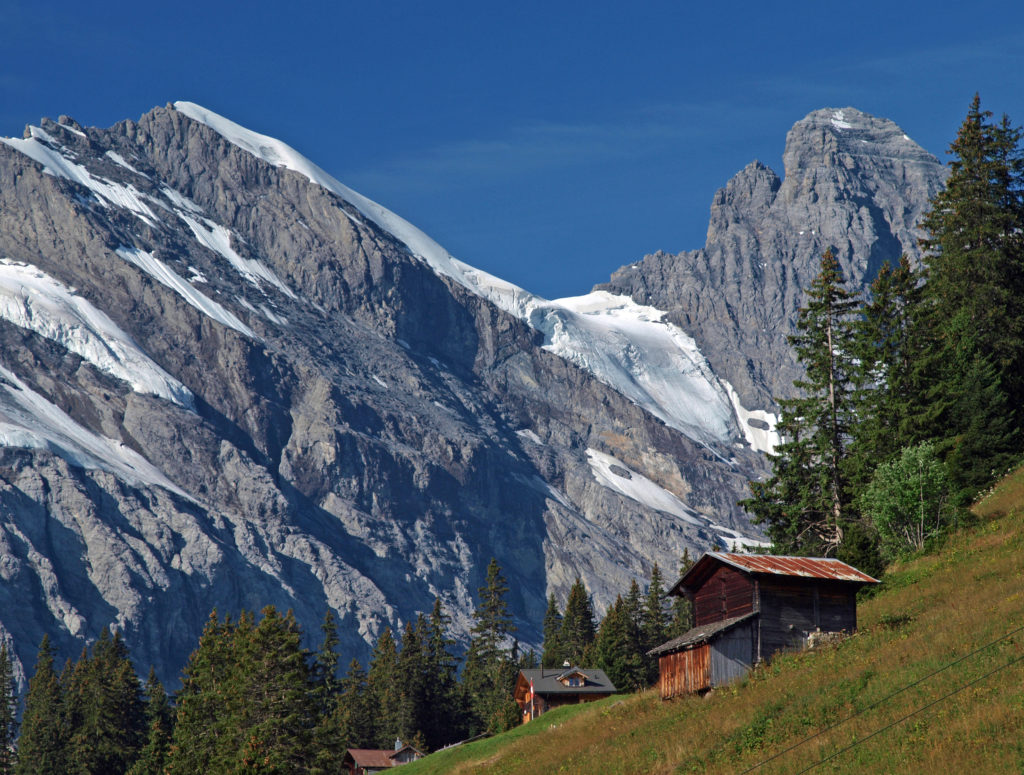
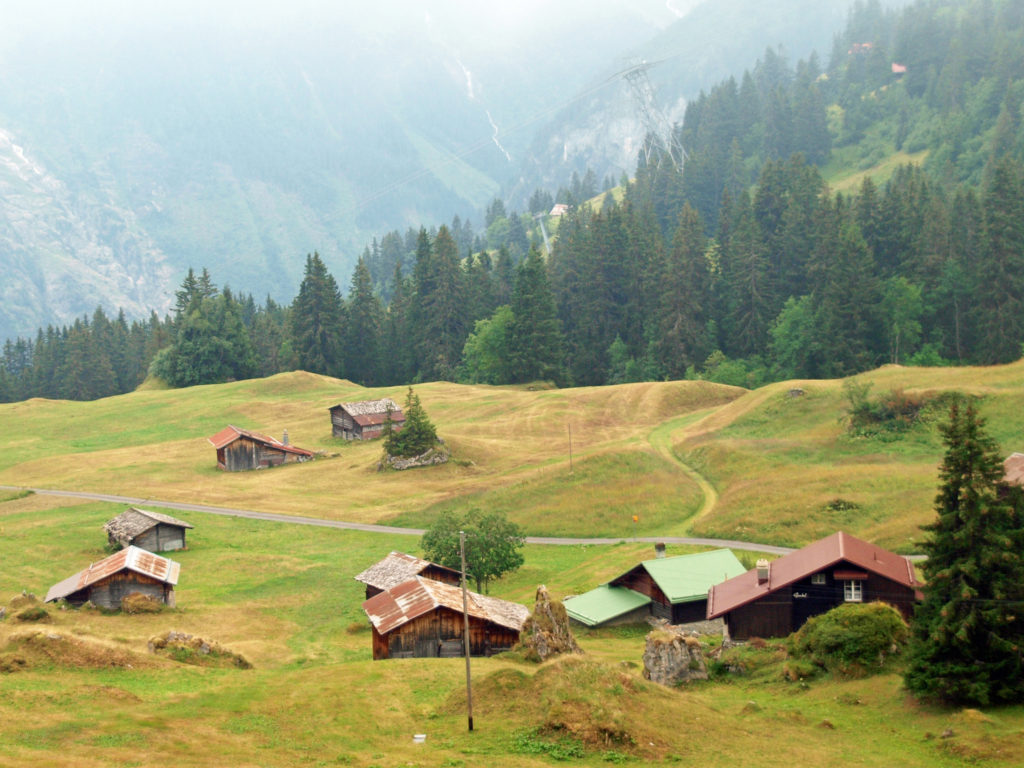
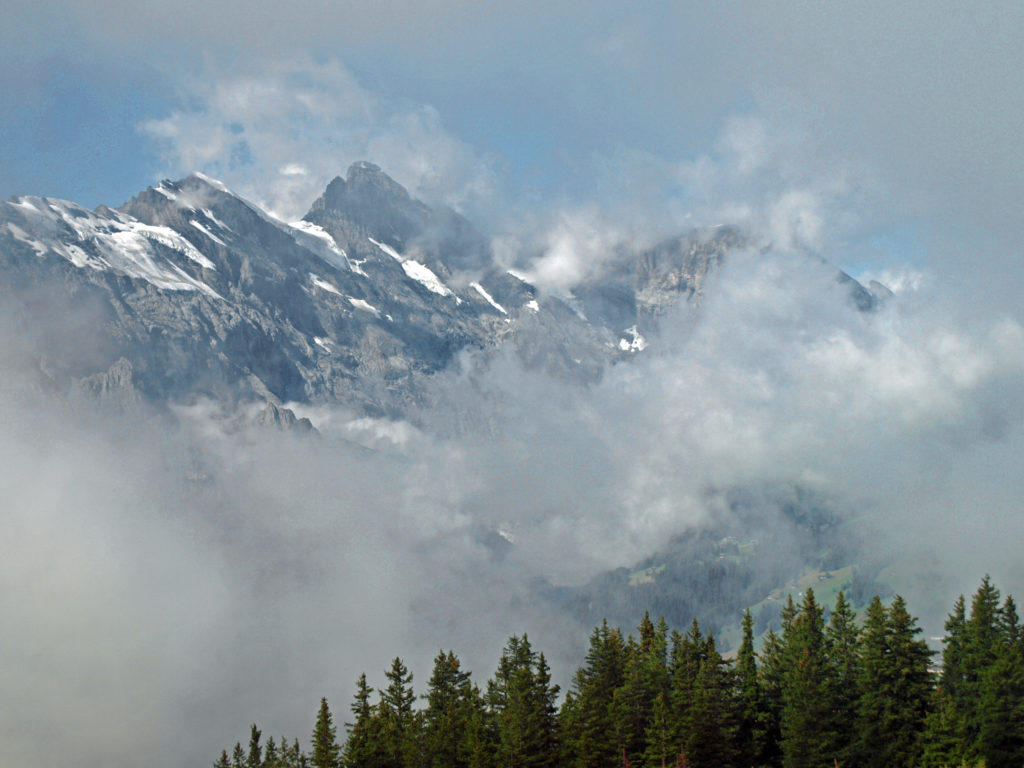
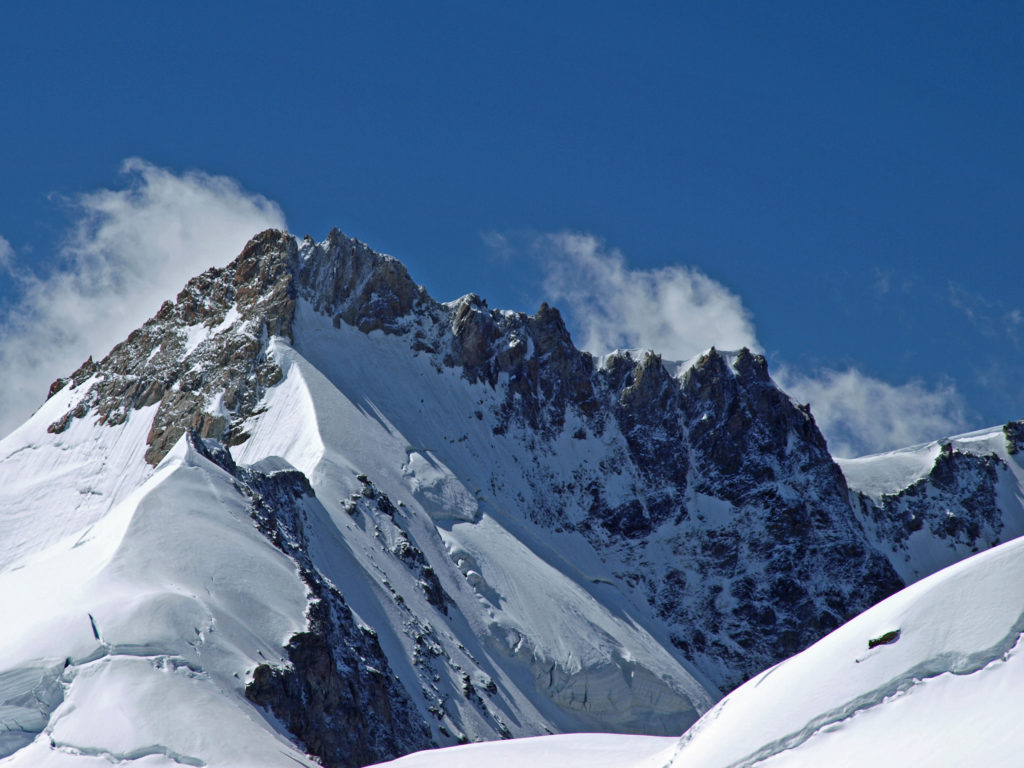

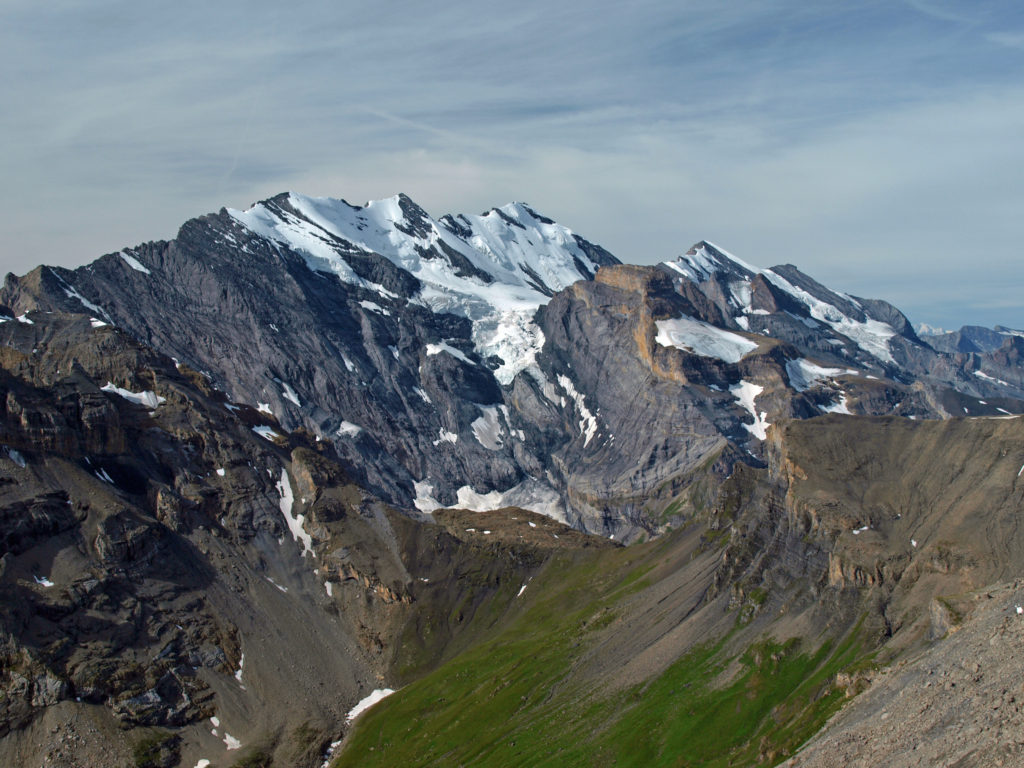
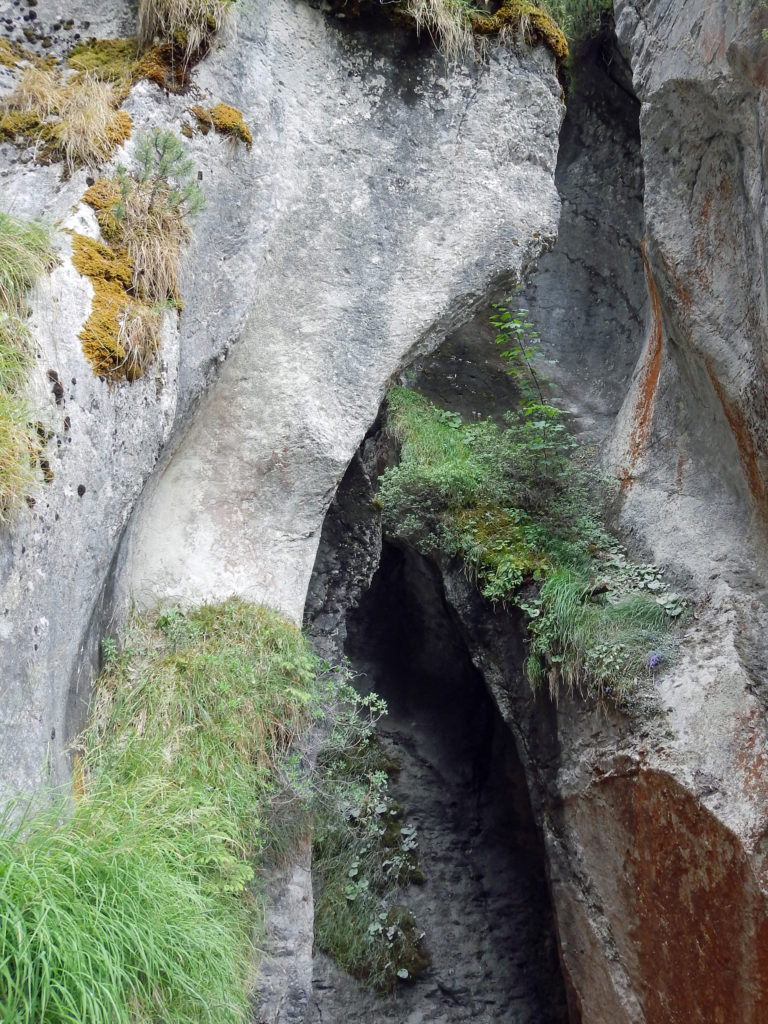
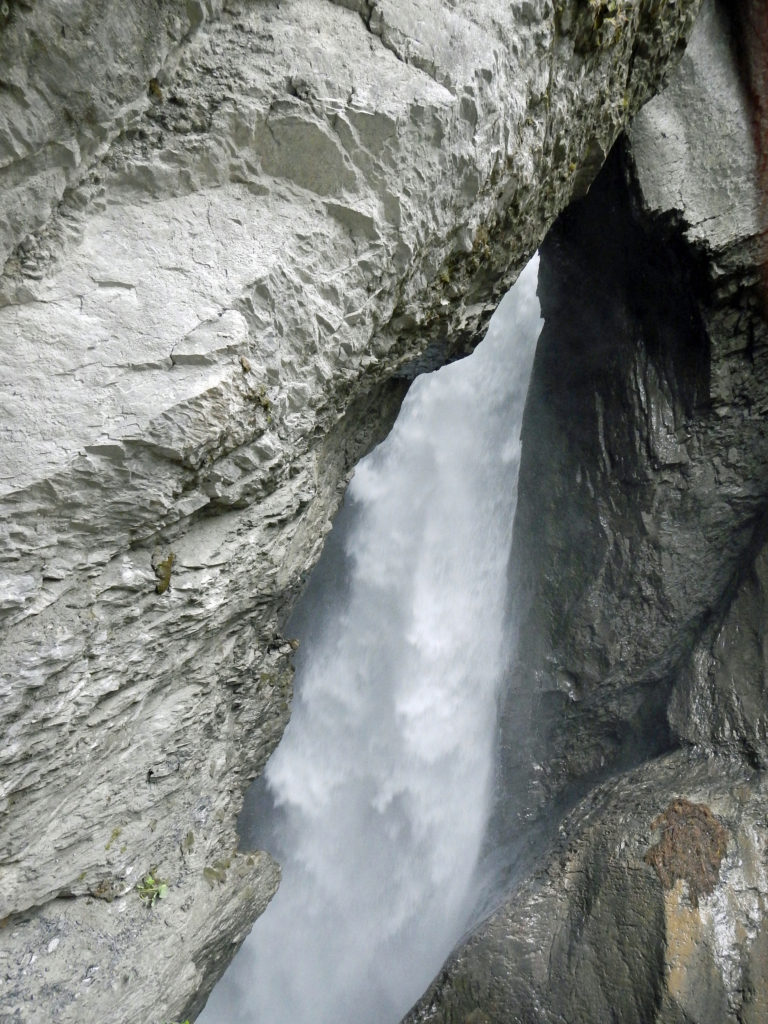
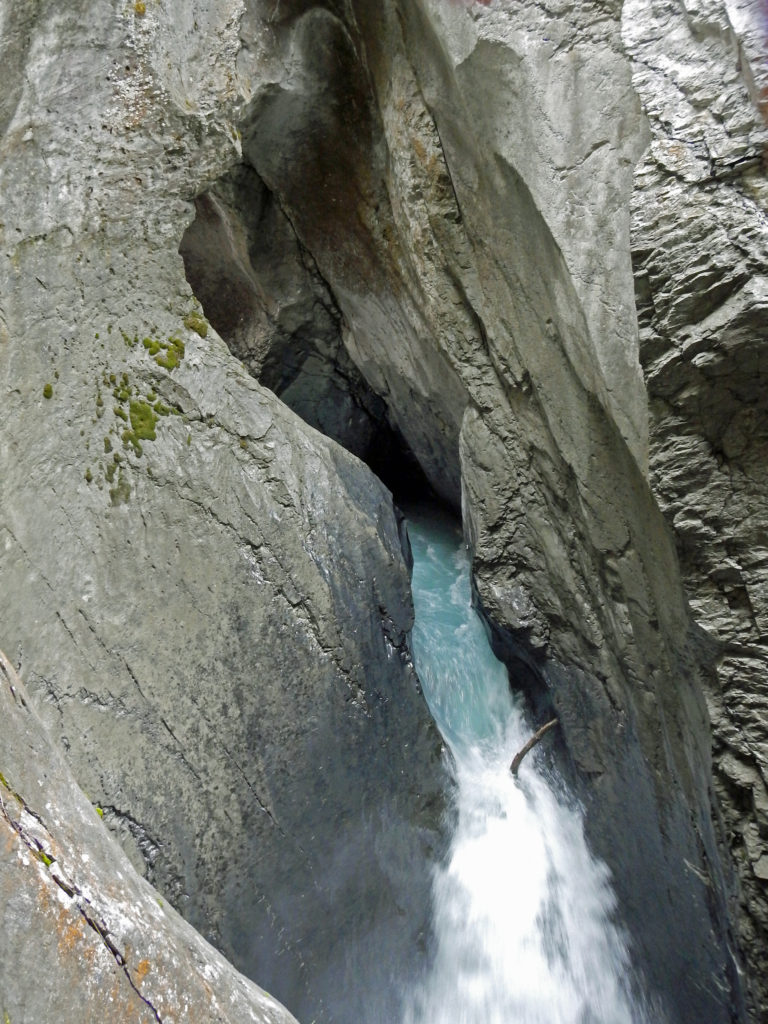
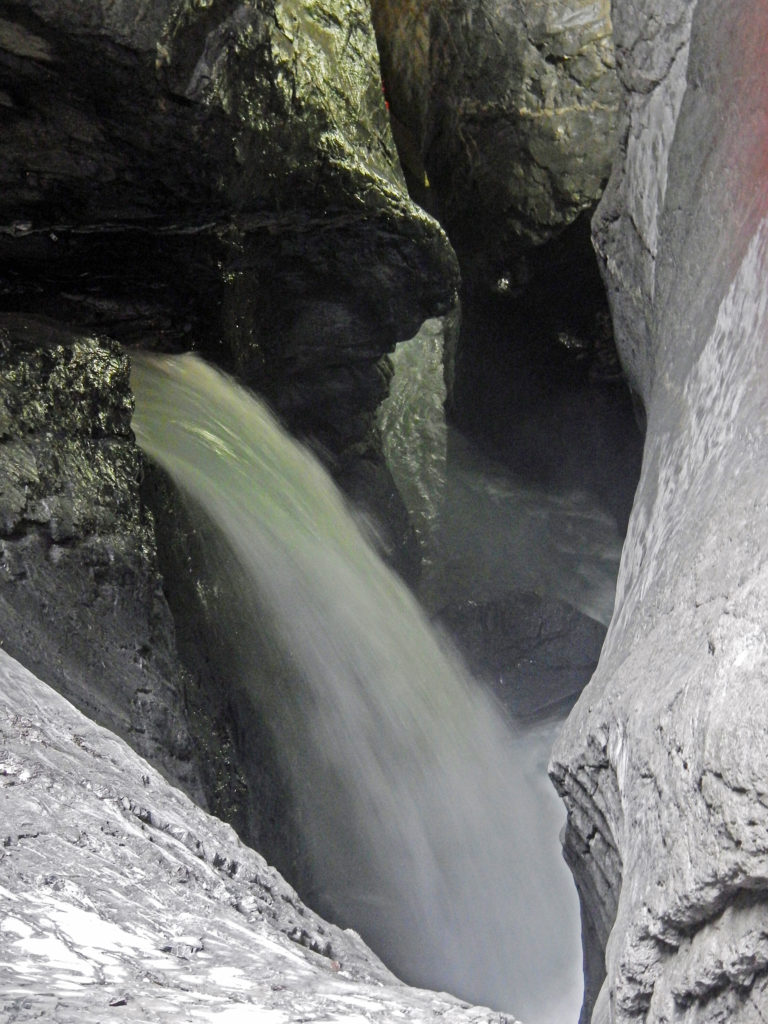


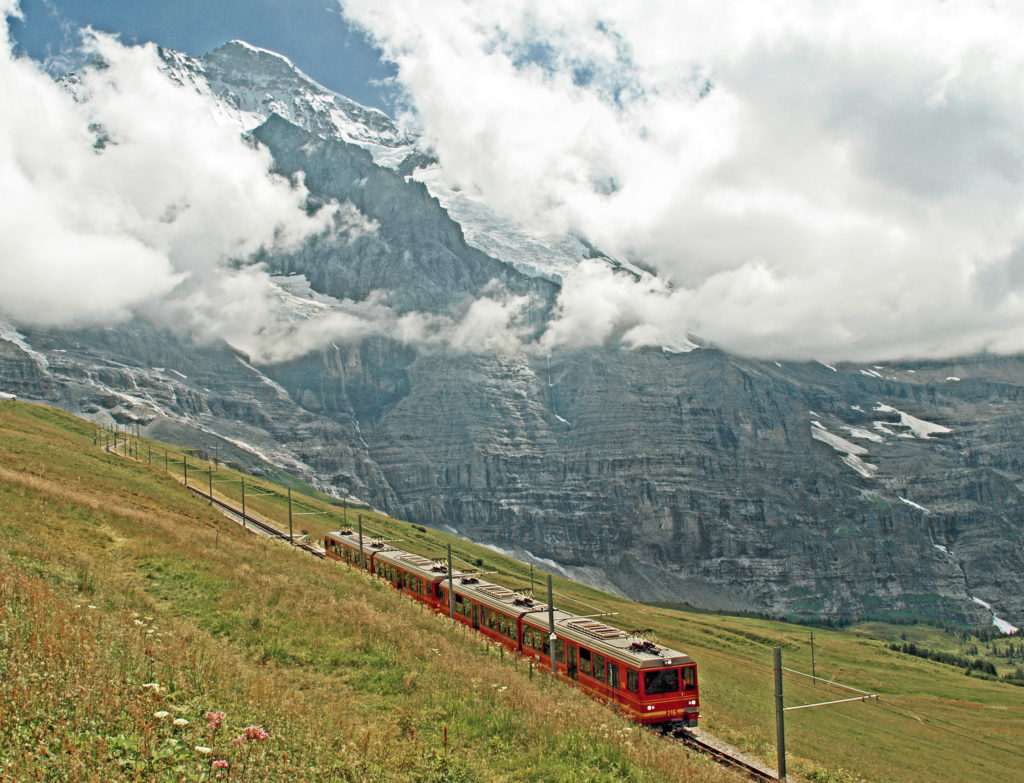

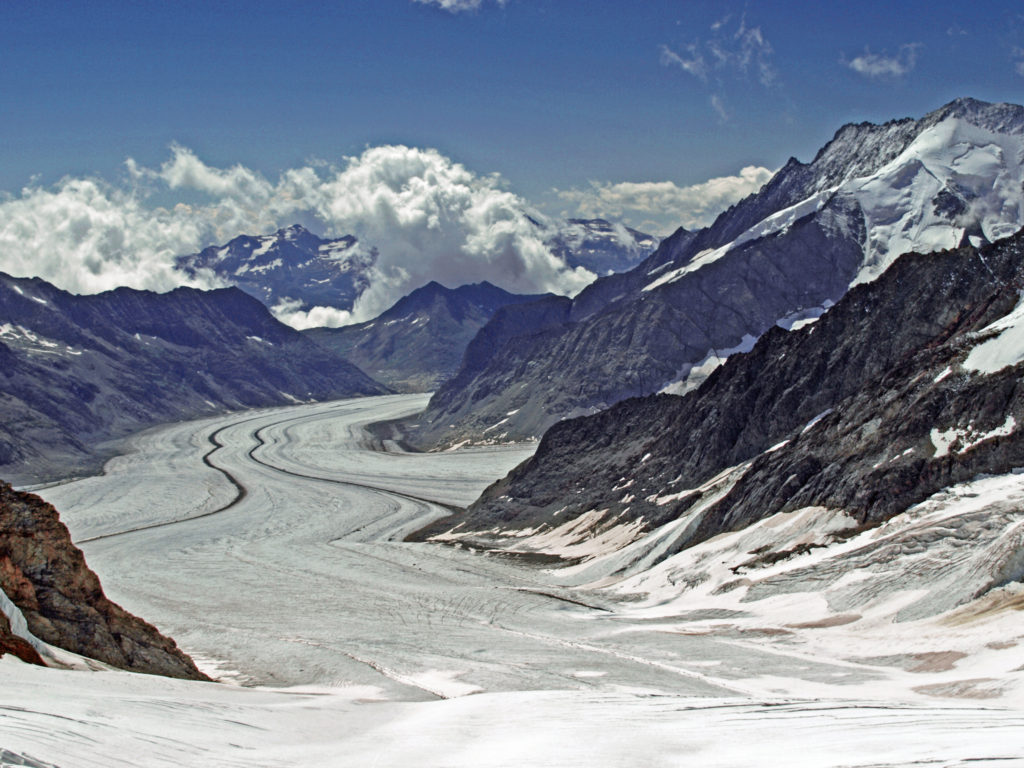
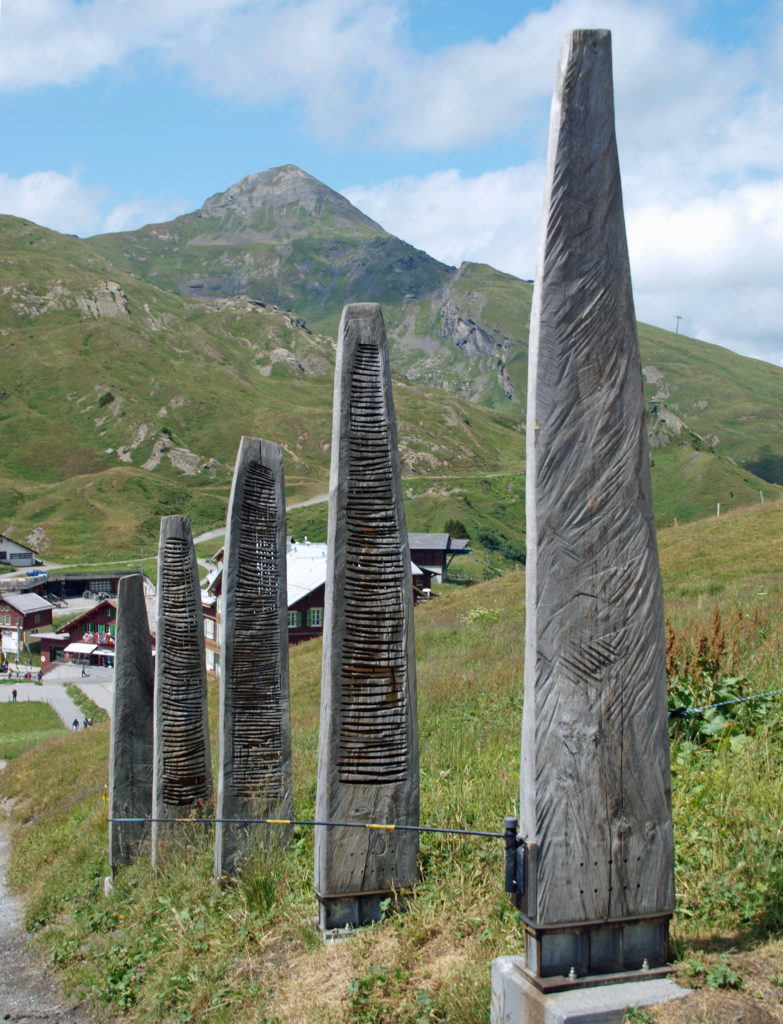
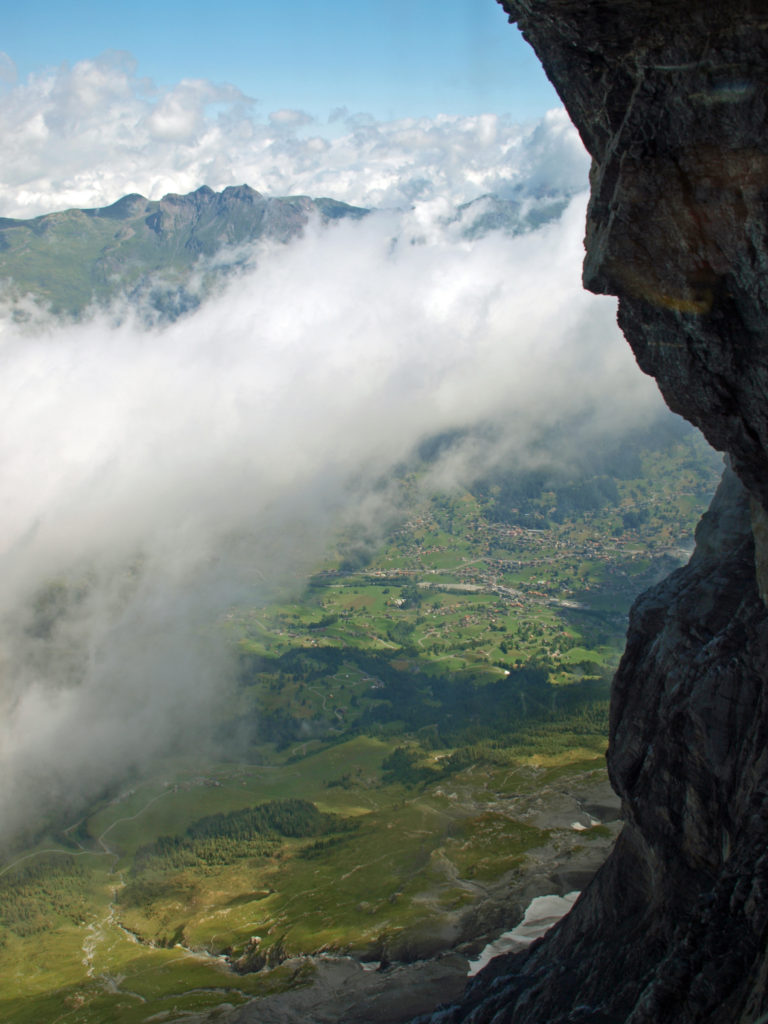
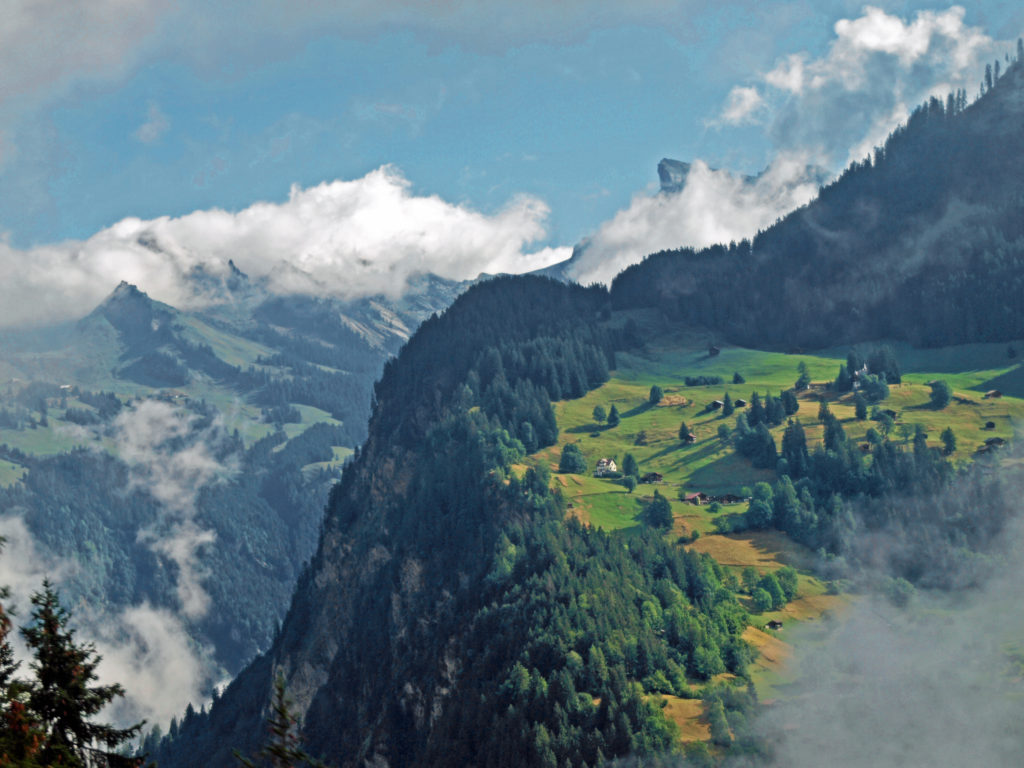

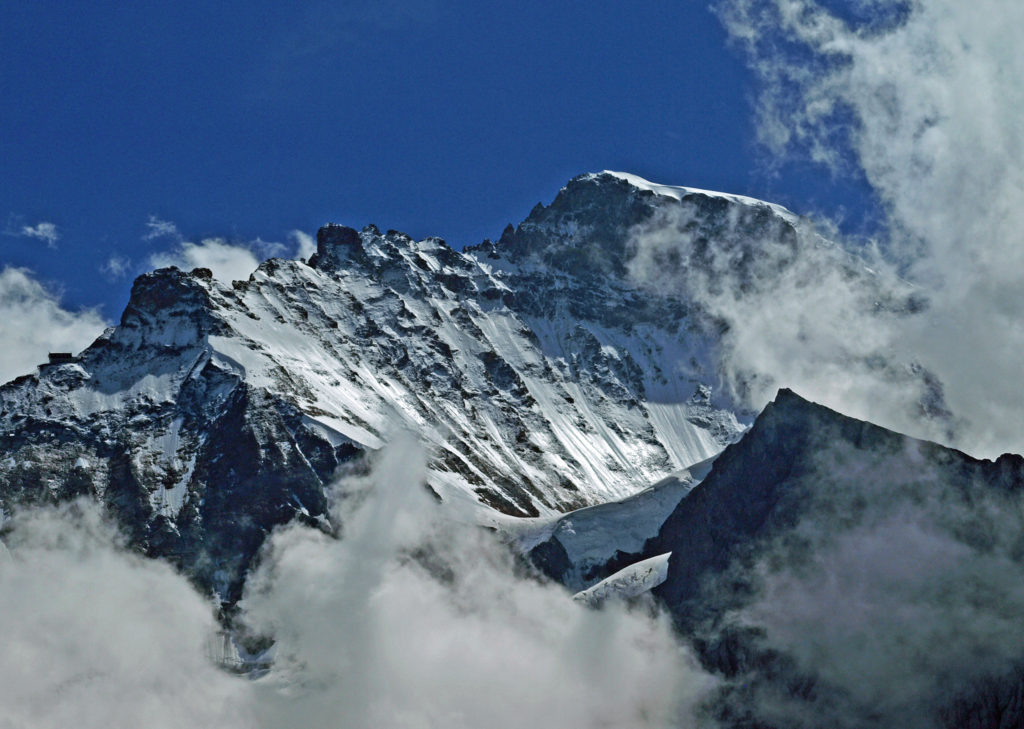
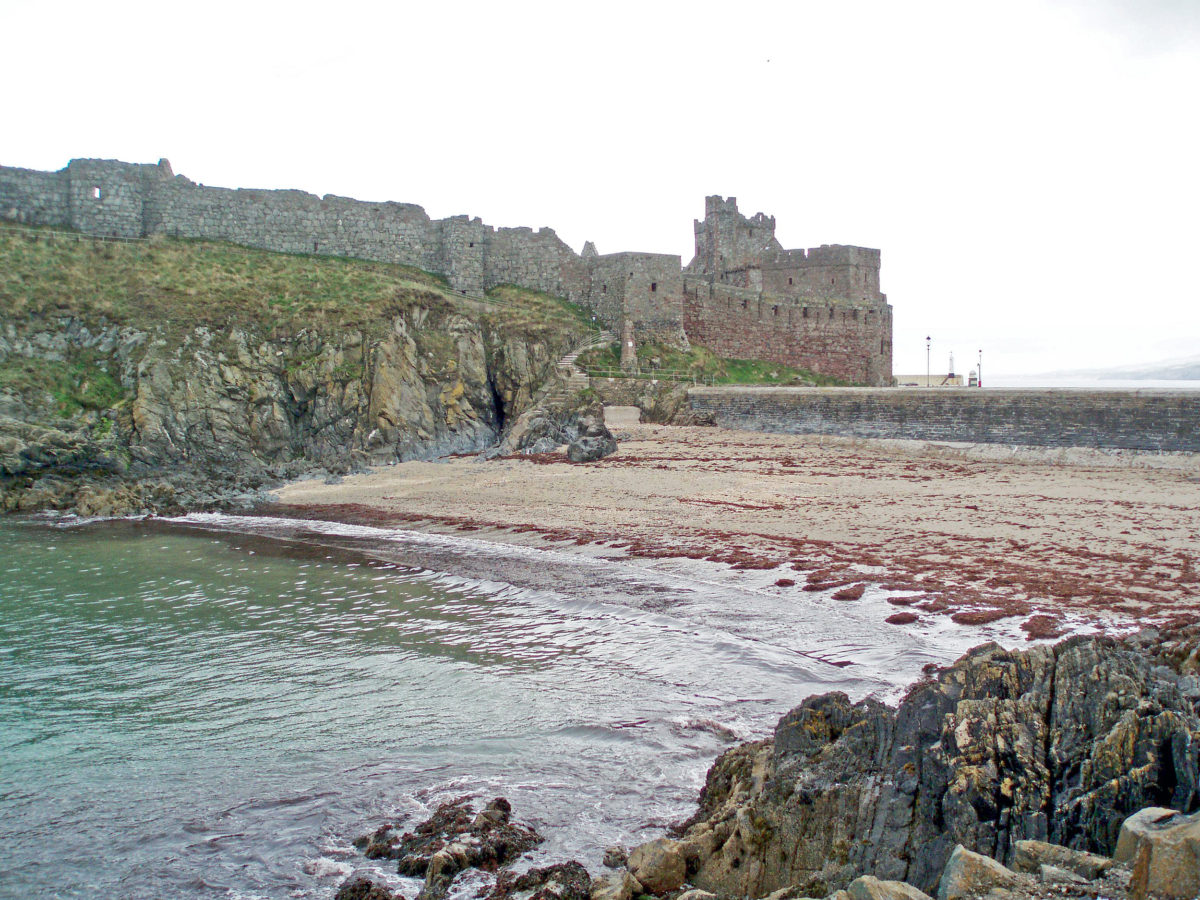
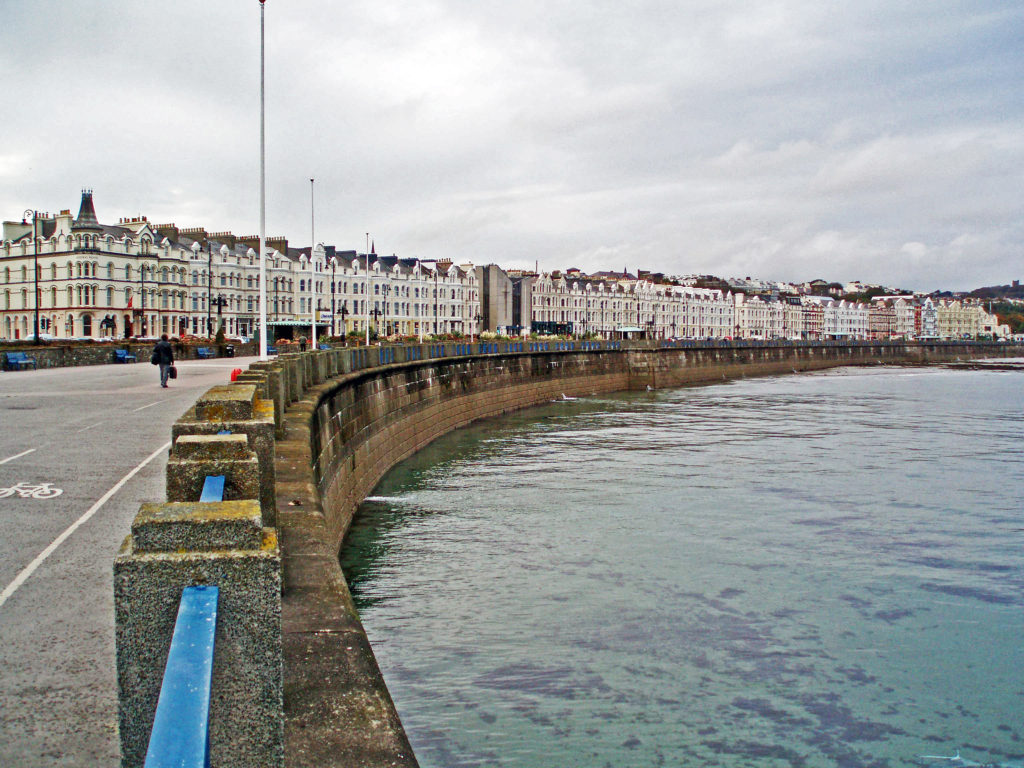

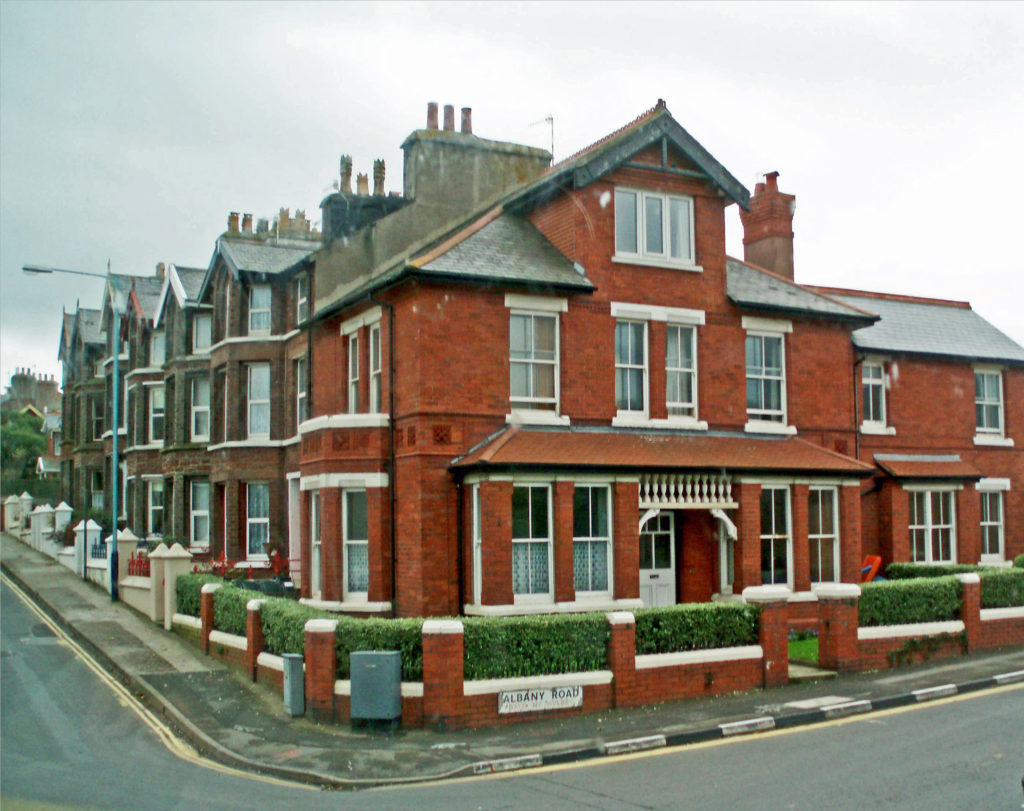 Not quite an independent country, the
Not quite an independent country, the 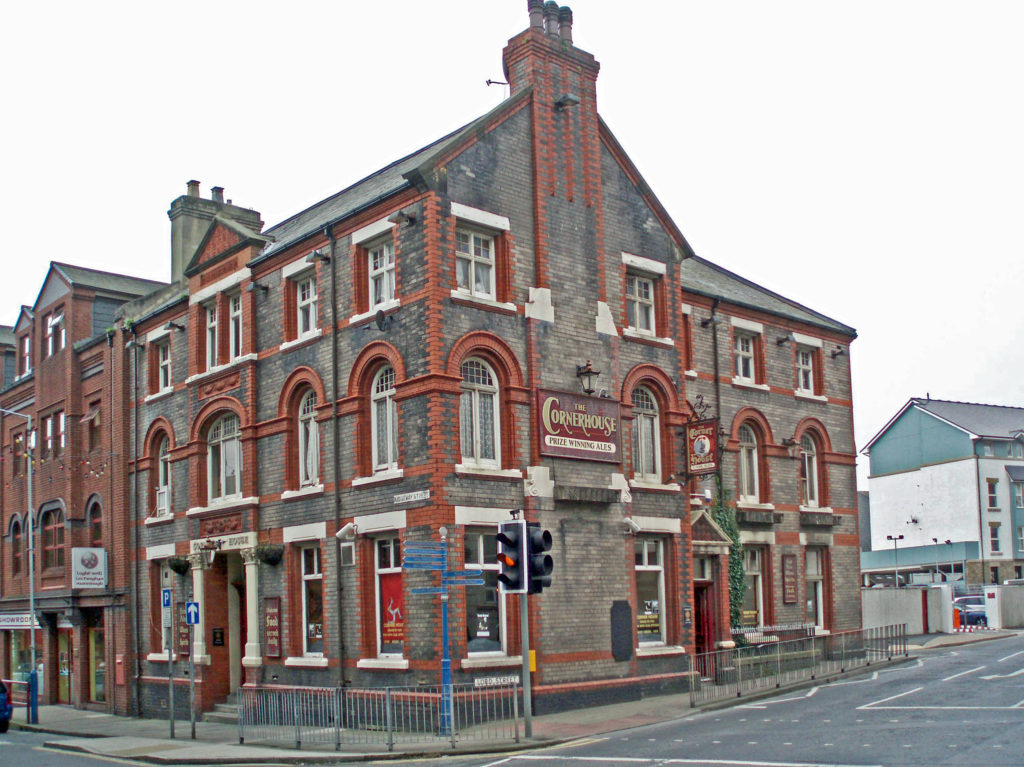

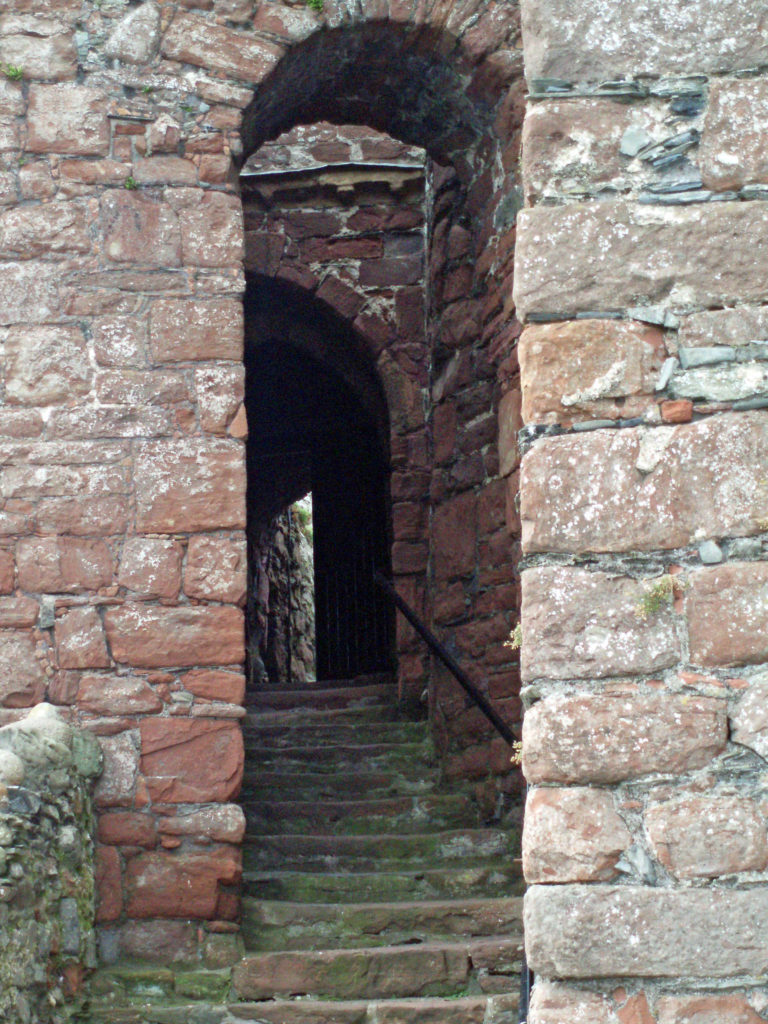 Getting to the island is relatively easy. It is no more than a 30 minute flight from any major city in the UK or Ireland. We, however, traveled to the island by passenger ferry from Heysham, England, which takes about two and a half hours. Ferries from Heysham and Liverpool run year round. In the summer months, there are also ferries from Belfast and Dublin to Douglas, the capital and largest city on the island.
Getting to the island is relatively easy. It is no more than a 30 minute flight from any major city in the UK or Ireland. We, however, traveled to the island by passenger ferry from Heysham, England, which takes about two and a half hours. Ferries from Heysham and Liverpool run year round. In the summer months, there are also ferries from Belfast and Dublin to Douglas, the capital and largest city on the island.
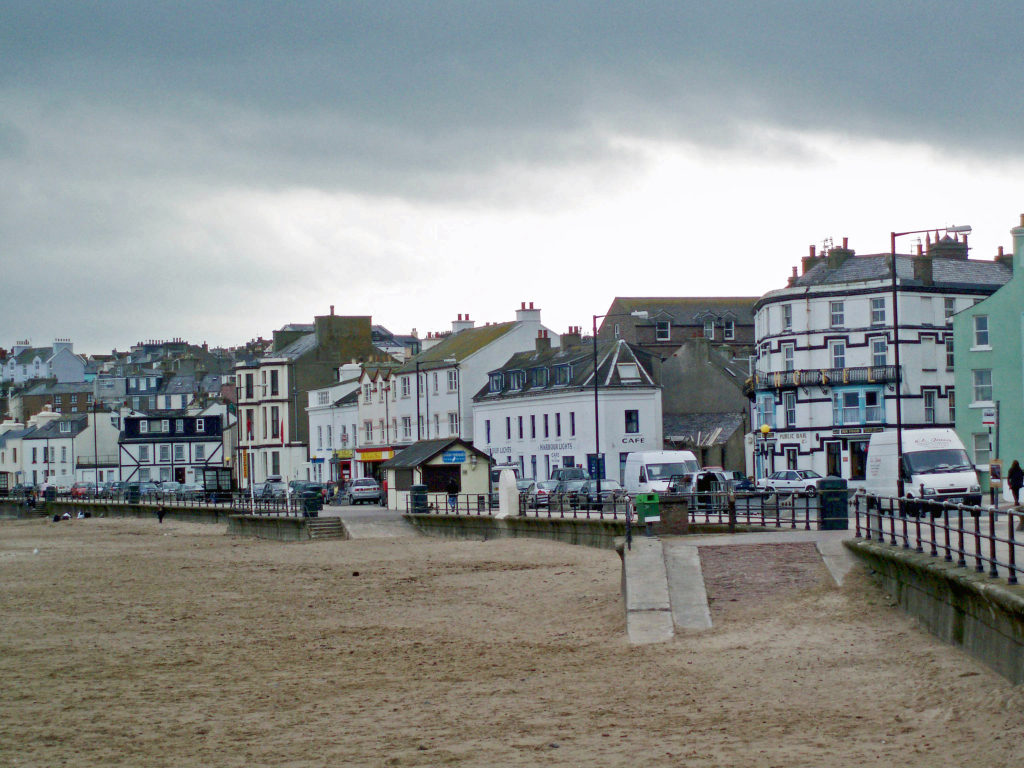
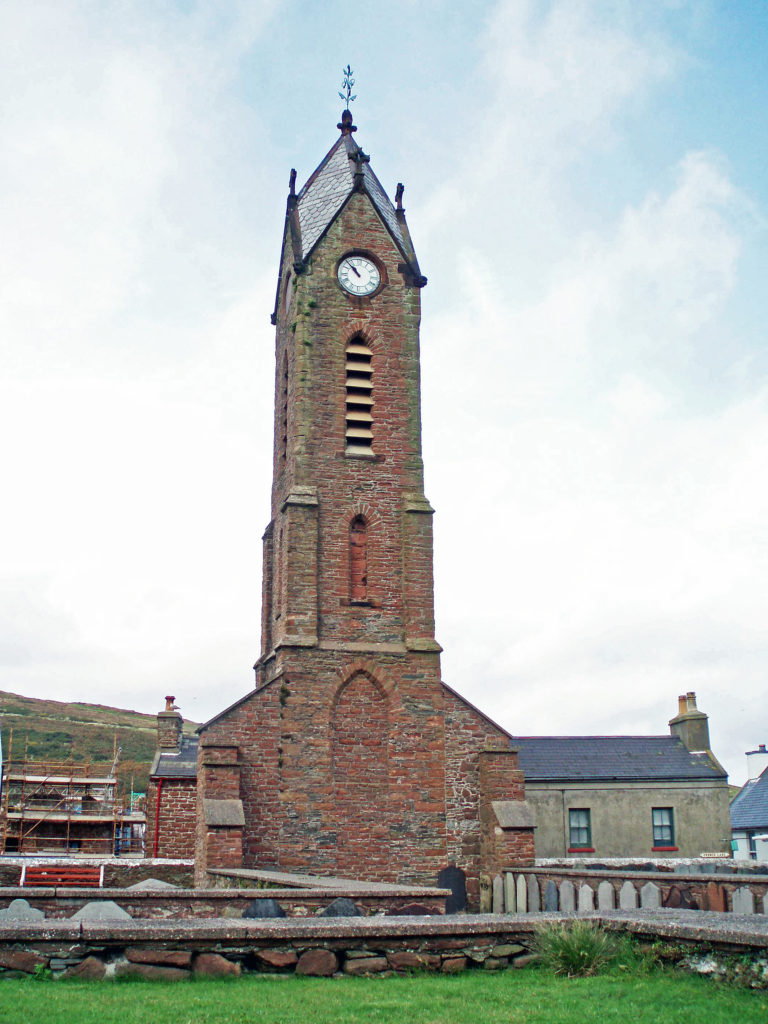
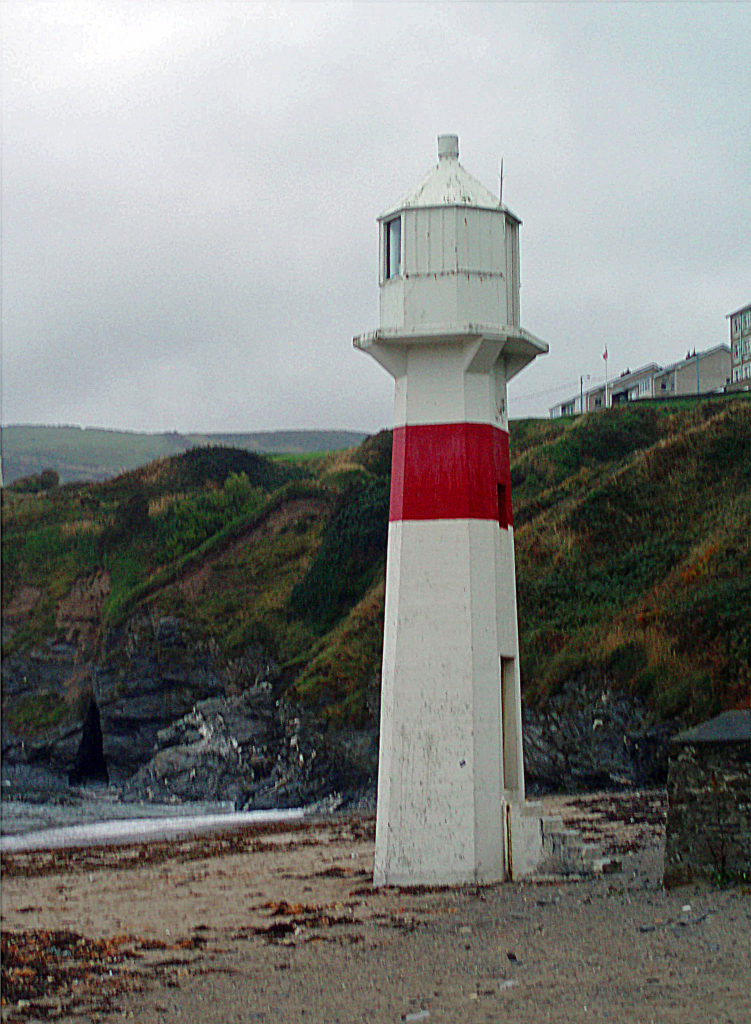
 On our train ride we met a local gentleman who was happy to pass on some of his knowledge of the island and its history. We found the Manx people to be friendly and welcoming.
On our train ride we met a local gentleman who was happy to pass on some of his knowledge of the island and its history. We found the Manx people to be friendly and welcoming.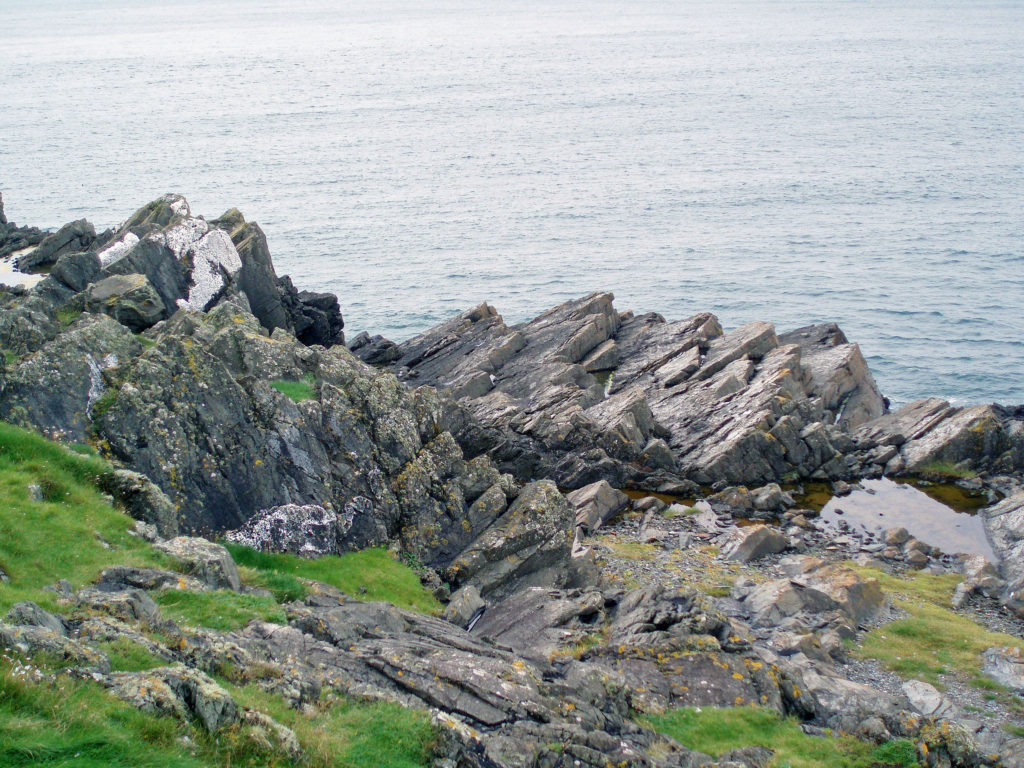 The Isle of Man has an interesting history. It has been ruled by the Celts and the Vikings, and it has, at various times, been part of Norway, Scotland, and England. But the Manx people have a strong sense of their own identity and have managed to maintain that identity for more than a millennia, regardless of who ruled the island. Tynwald, the Isle of Man parliament, is one of the oldest, if not the oldest, in the world. And human occupation of the island goes back to at least 6500 BC.
The Isle of Man has an interesting history. It has been ruled by the Celts and the Vikings, and it has, at various times, been part of Norway, Scotland, and England. But the Manx people have a strong sense of their own identity and have managed to maintain that identity for more than a millennia, regardless of who ruled the island. Tynwald, the Isle of Man parliament, is one of the oldest, if not the oldest, in the world. And human occupation of the island goes back to at least 6500 BC.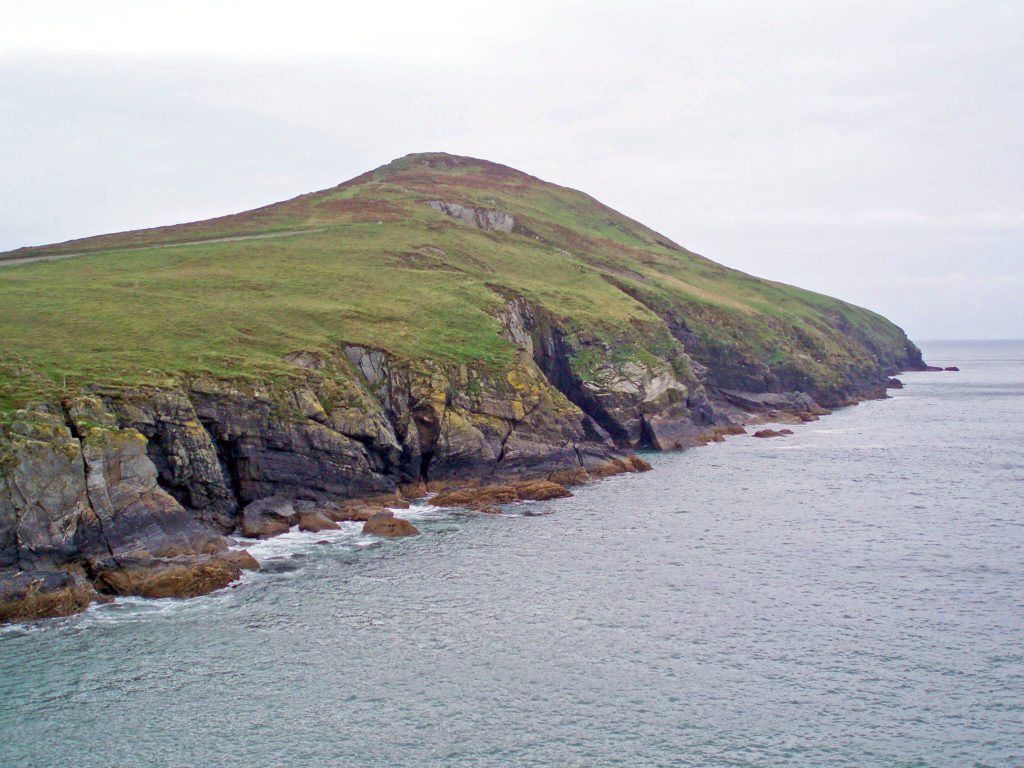 The Isle of Man is known for the short-tailed Manx breed of cats. The island is also the home of a four- and sometimes six-horned breed of sheep, and a population of red-necked wallaby, which have become established on the island after escaping from a wildlife park. We saw many of the odd looking sheep, but no cats or wallabies, sorry to say.
The Isle of Man is known for the short-tailed Manx breed of cats. The island is also the home of a four- and sometimes six-horned breed of sheep, and a population of red-necked wallaby, which have become established on the island after escaping from a wildlife park. We saw many of the odd looking sheep, but no cats or wallabies, sorry to say.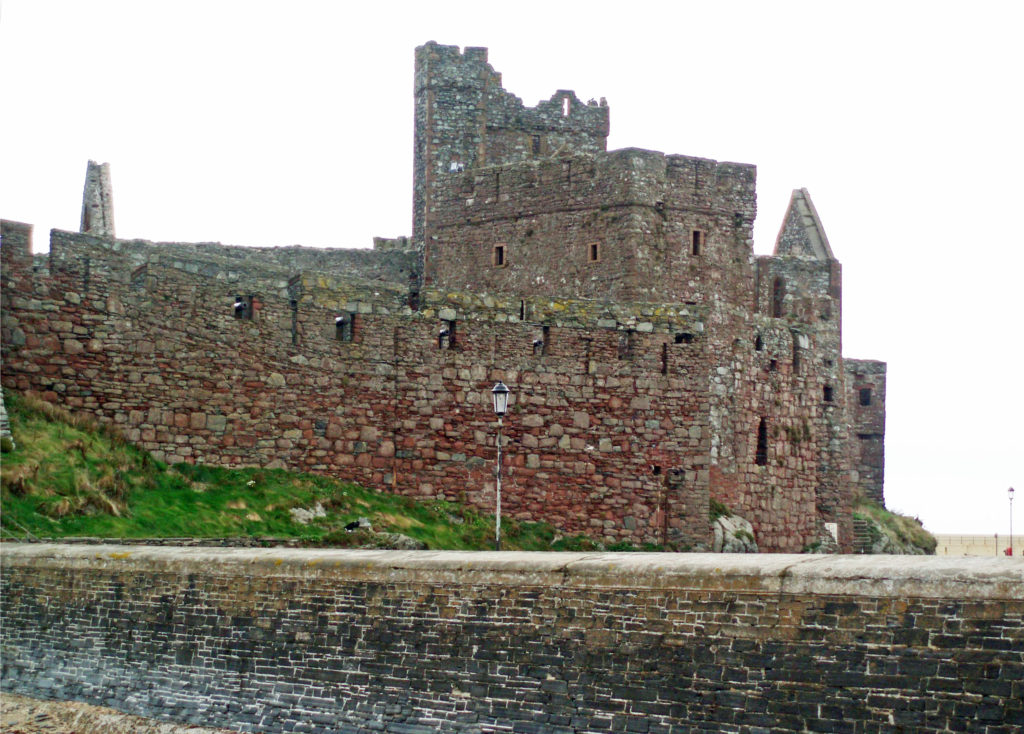 Motor sports fans know the island for the Isle of Man
Motor sports fans know the island for the Isle of Man 
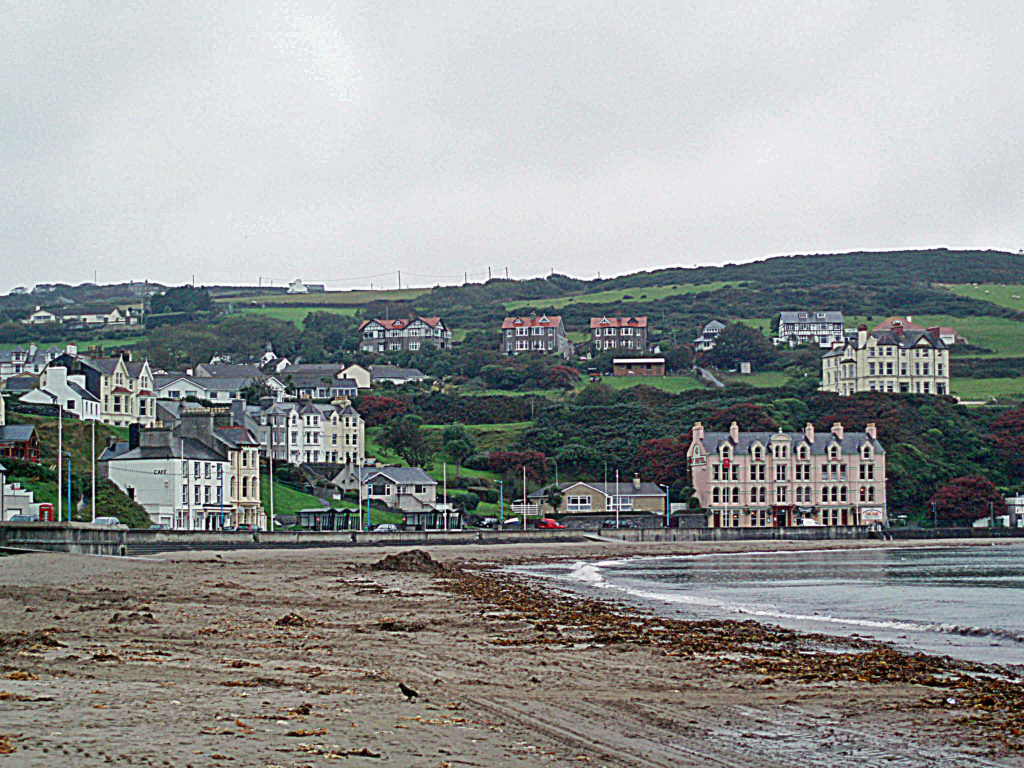
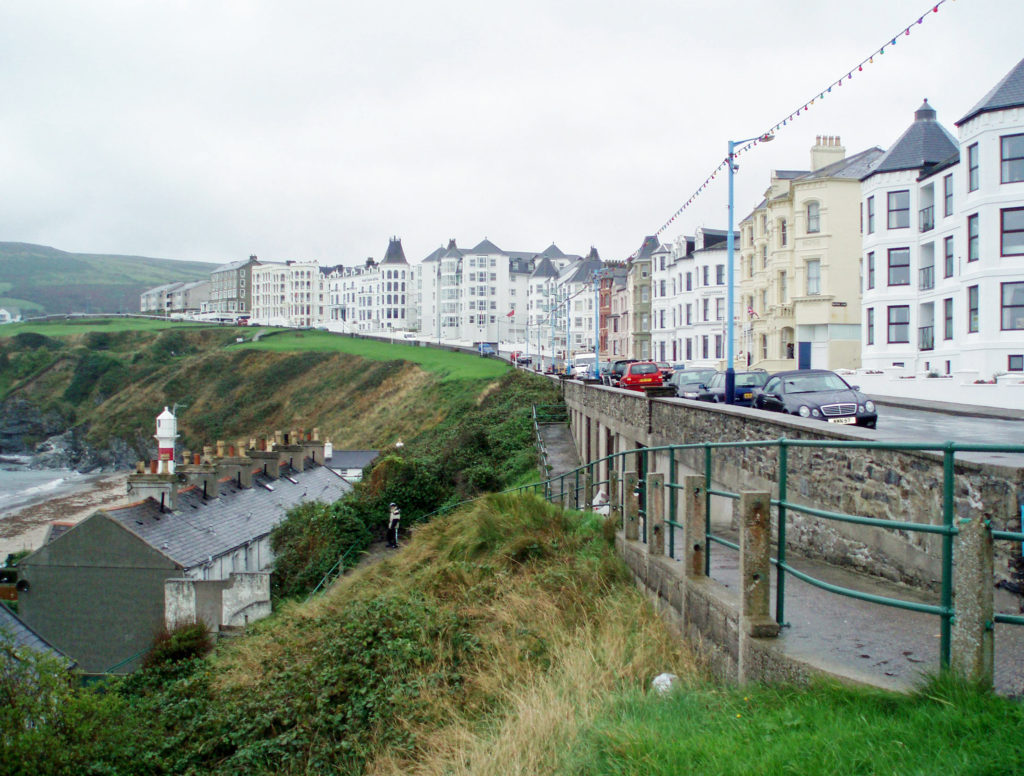 While the Isle of Man might not be a tourist destination in its own right, at least for those of us from North America, we thoroughly enjoyed our time there, and I would like to go back someday. It has been some time since we visited, but given the island’s long history, I doubt that its essential character has changed much over the past seventeen years. I’m sure it remains a worthy addition to any trip to Great Britain or Ireland.
While the Isle of Man might not be a tourist destination in its own right, at least for those of us from North America, we thoroughly enjoyed our time there, and I would like to go back someday. It has been some time since we visited, but given the island’s long history, I doubt that its essential character has changed much over the past seventeen years. I’m sure it remains a worthy addition to any trip to Great Britain or Ireland. Originally posted by Alan K. Lee, December 4, 2020. Updated and re-posted August 28, 2023.
Originally posted by Alan K. Lee, December 4, 2020. Updated and re-posted August 28, 2023.
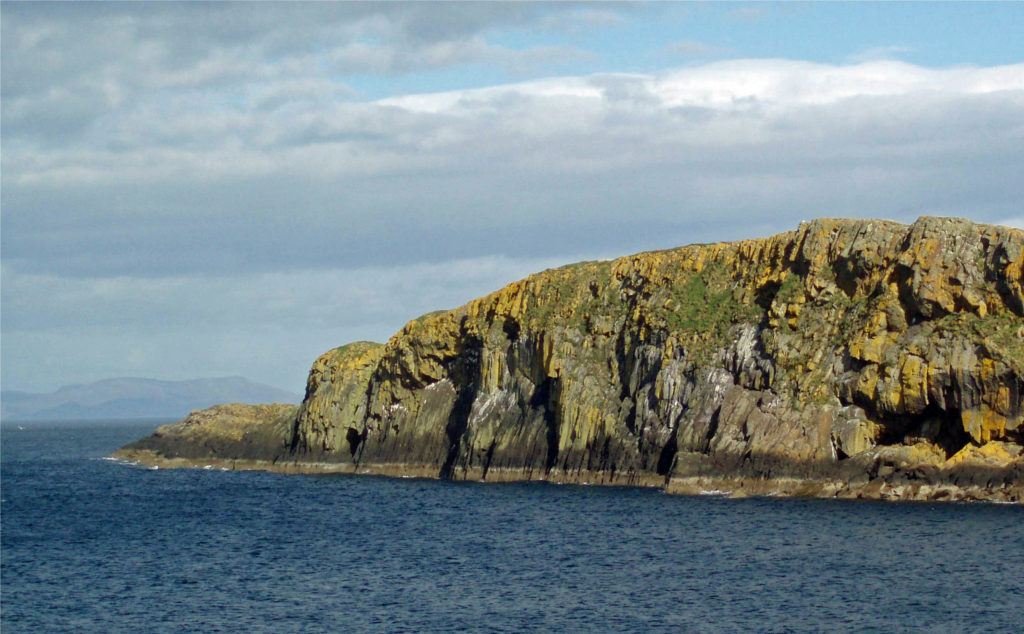

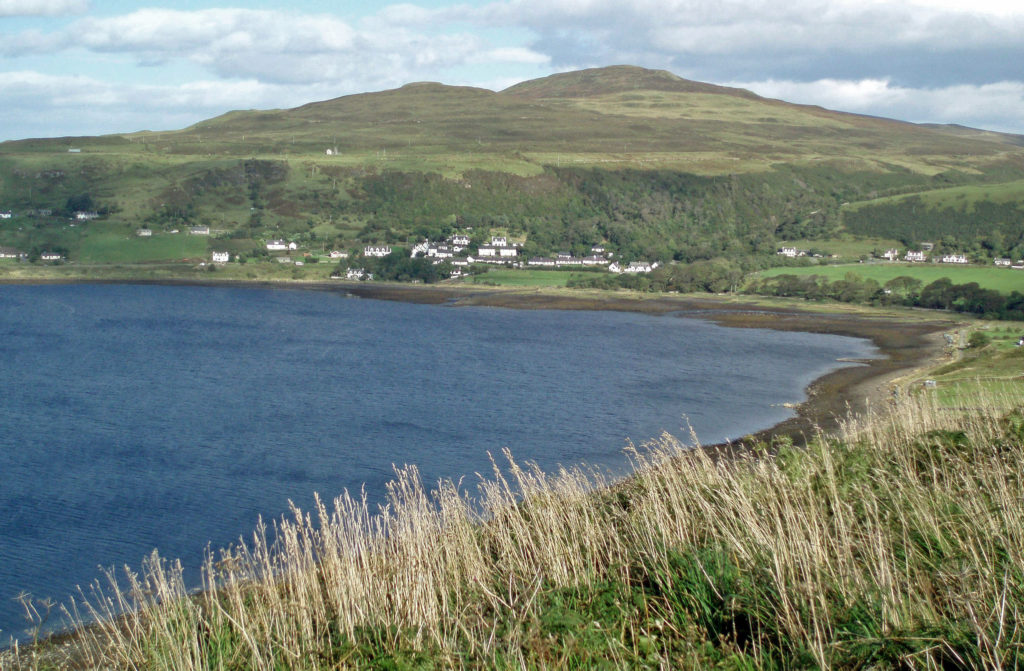
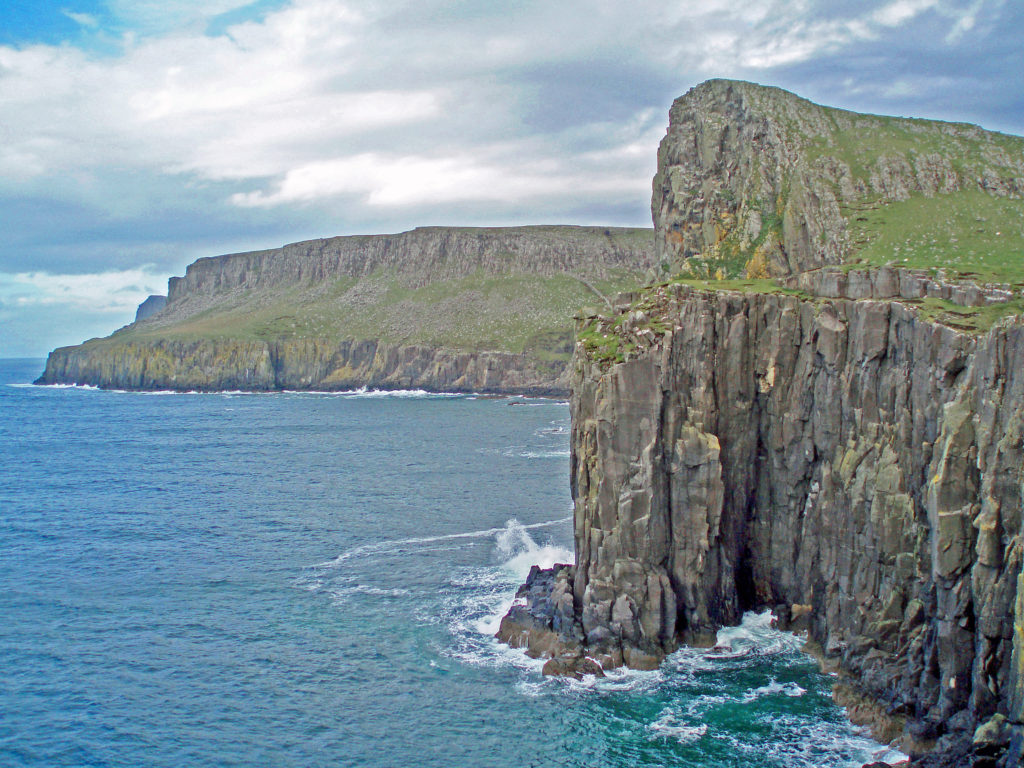
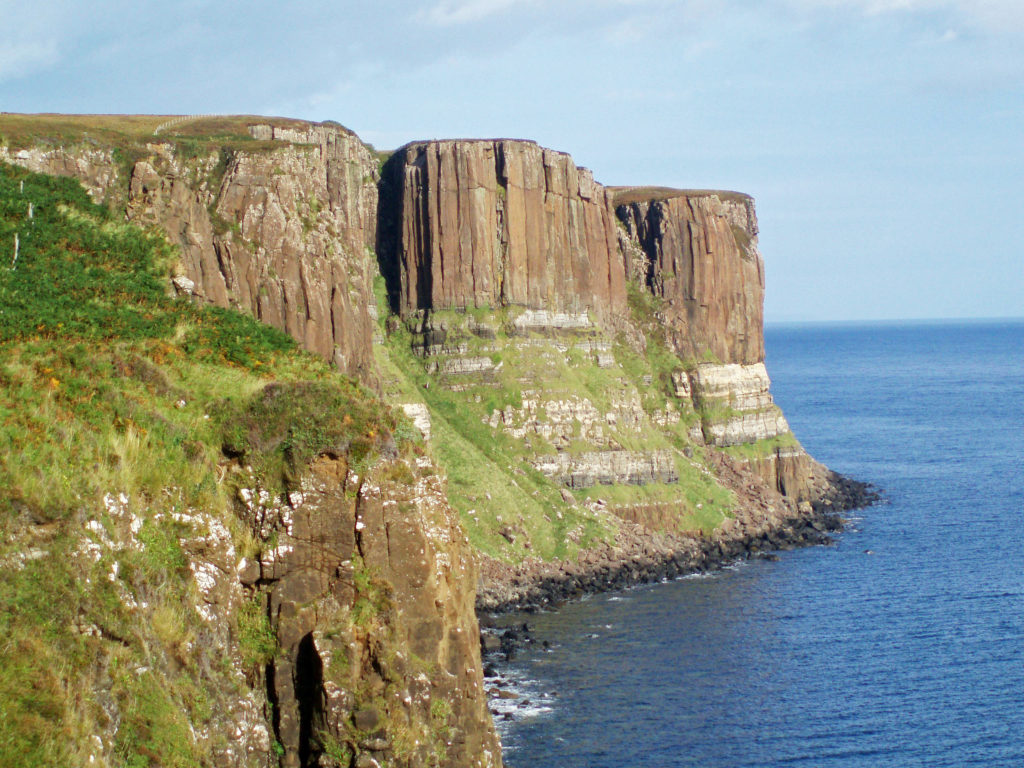
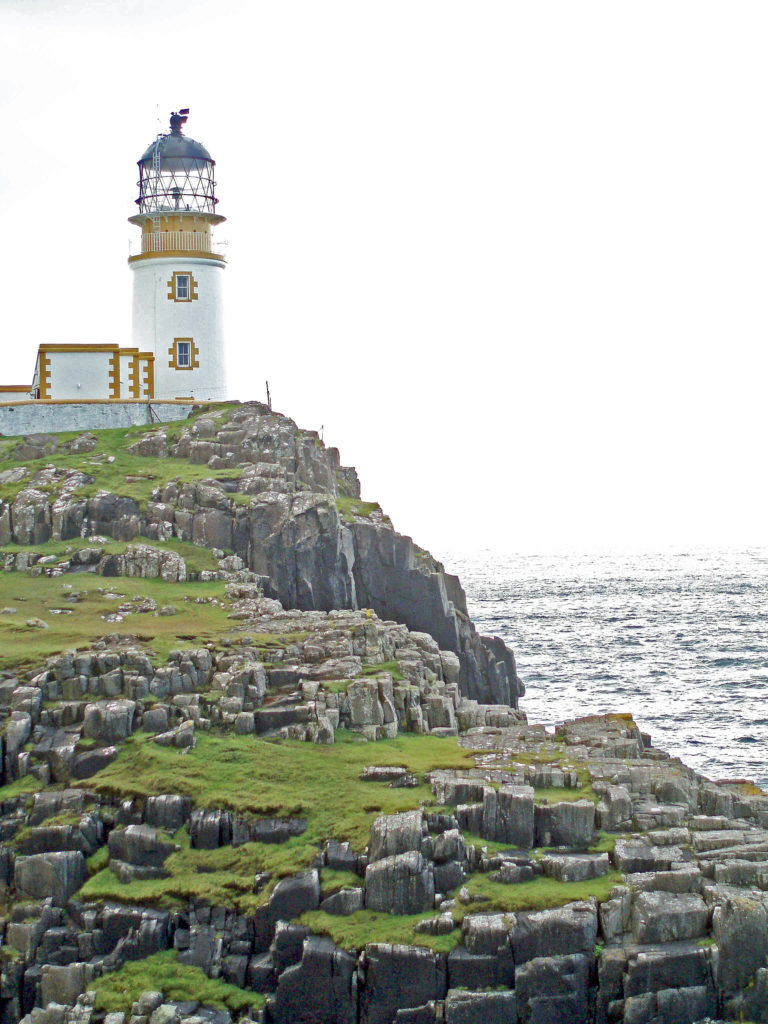
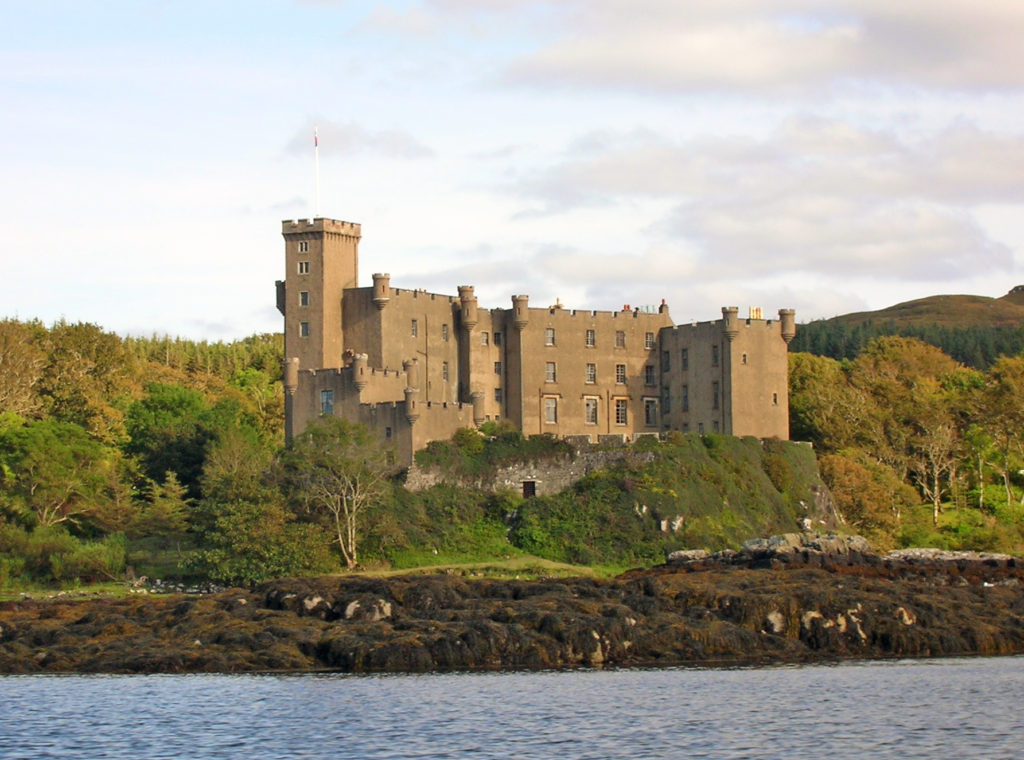
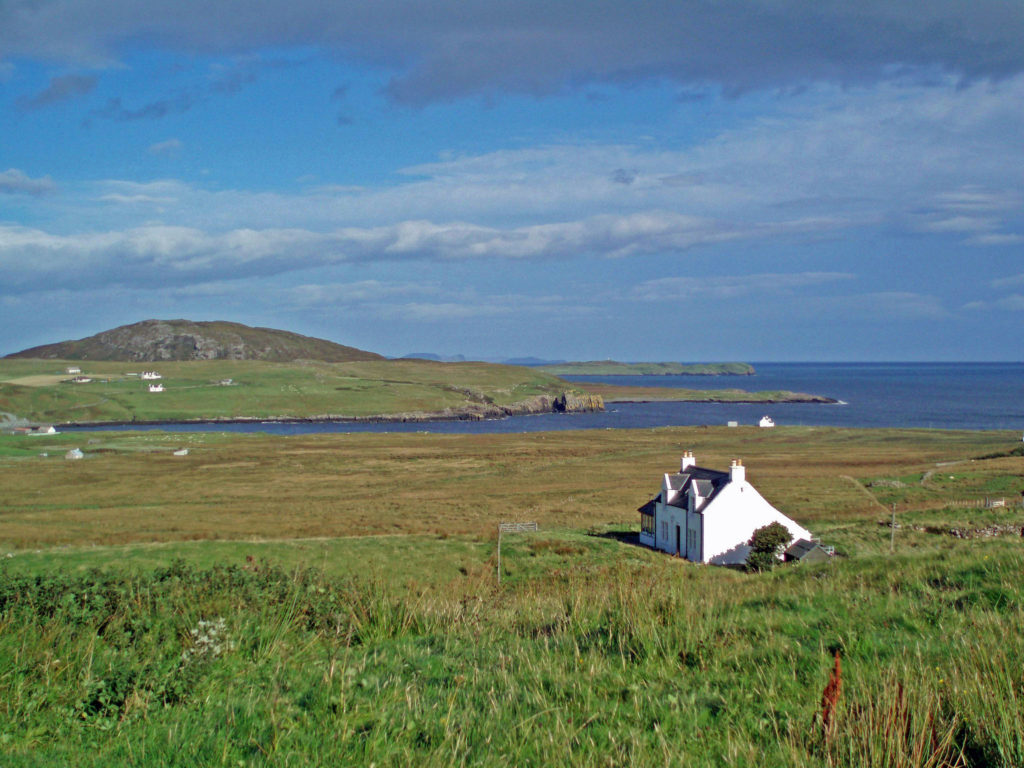
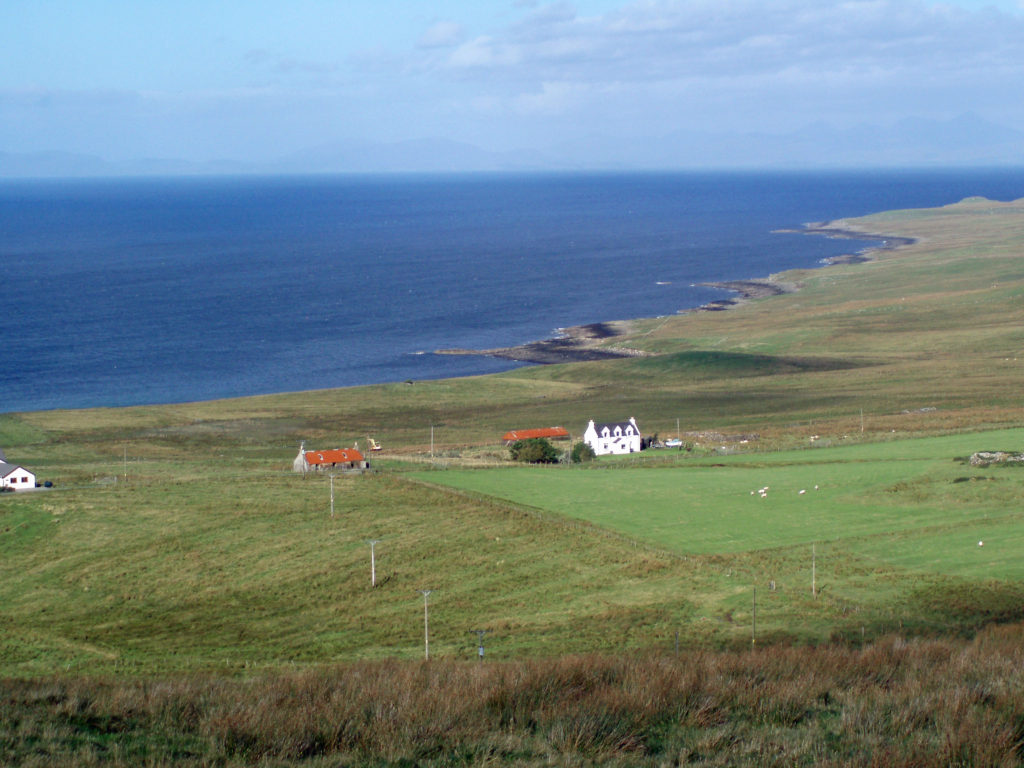
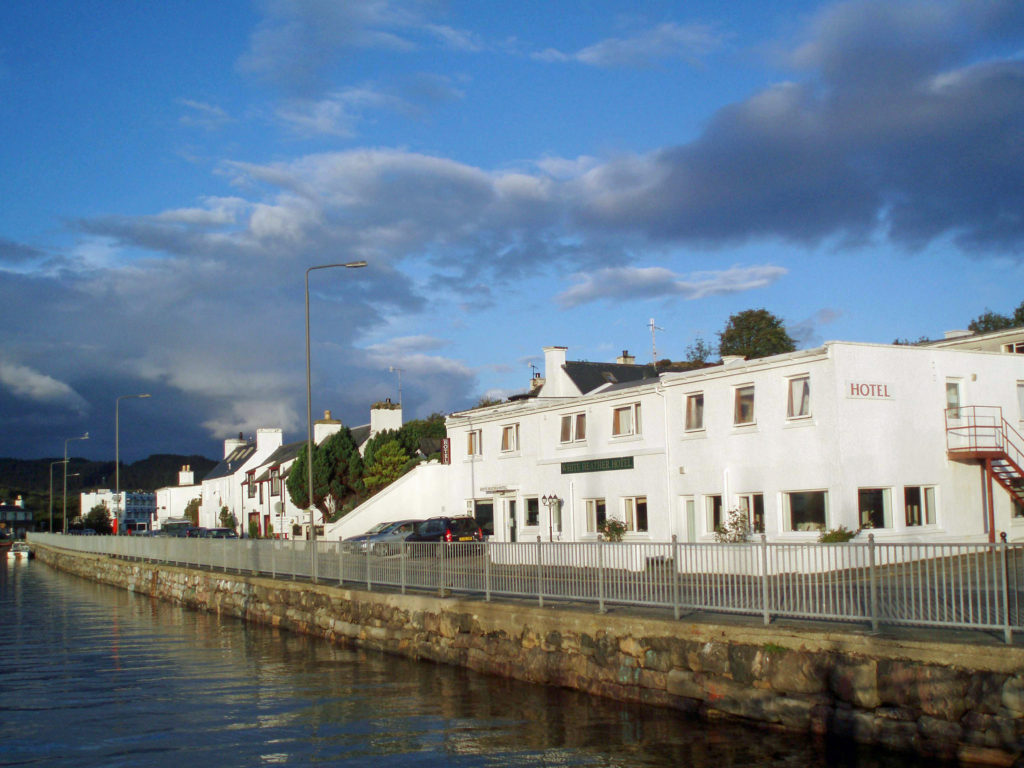

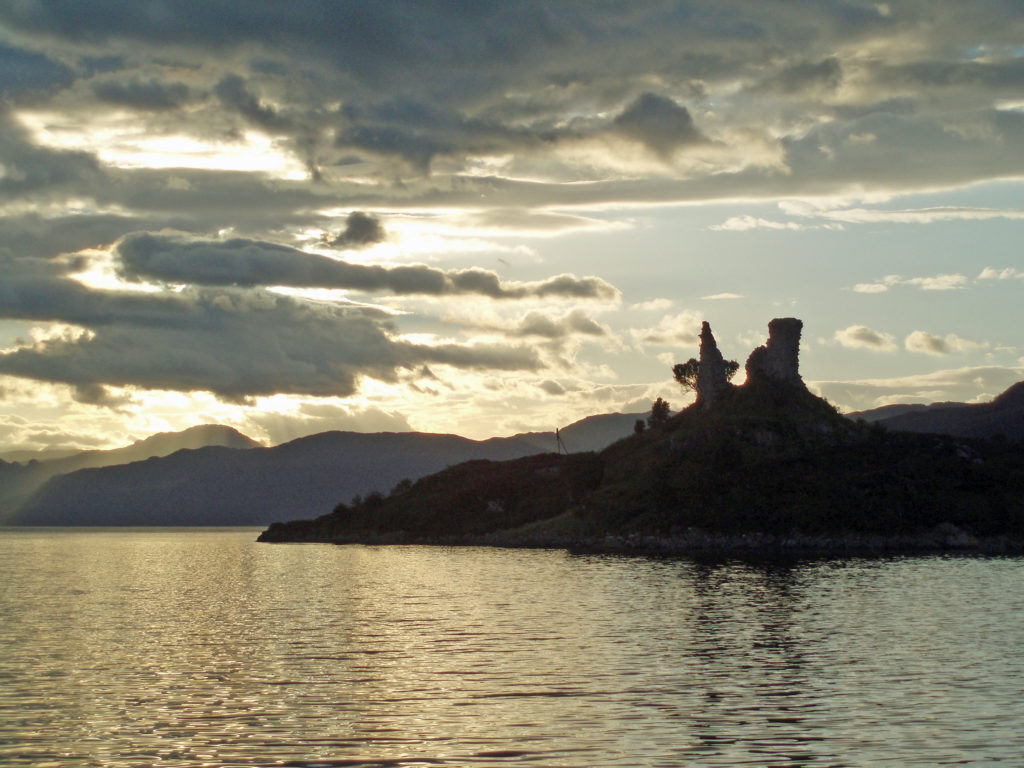
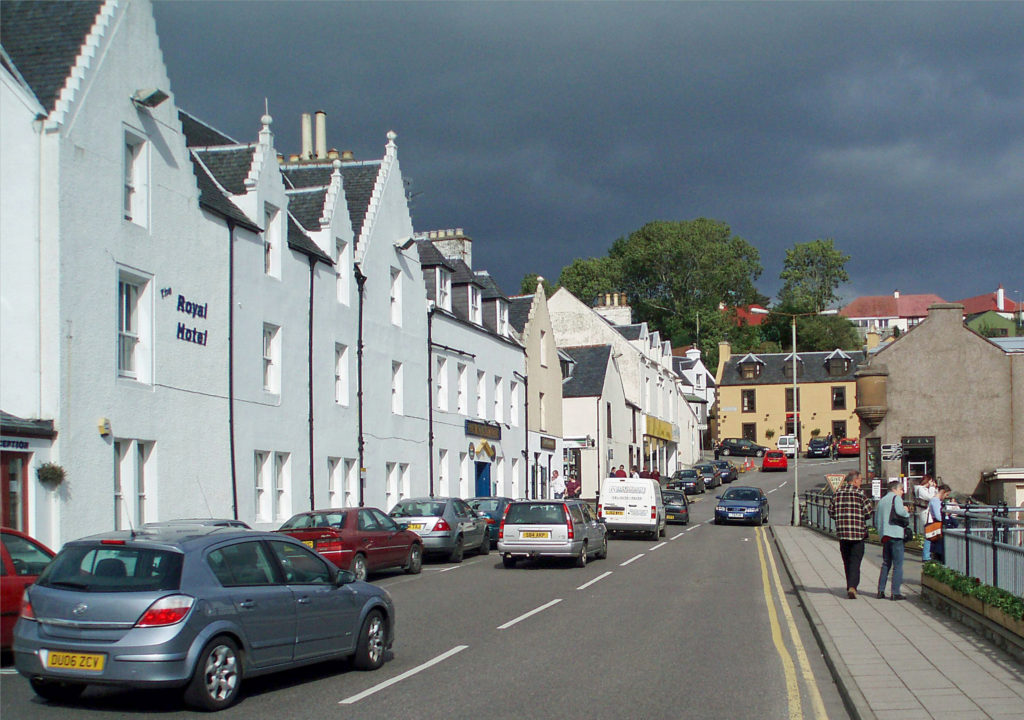
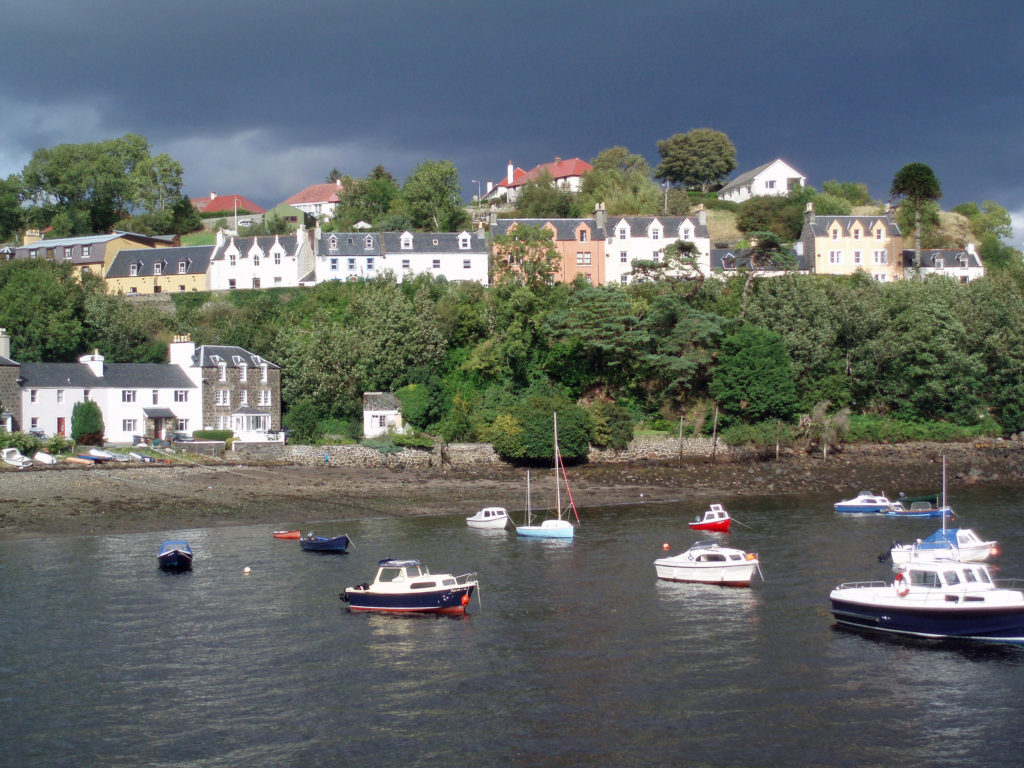
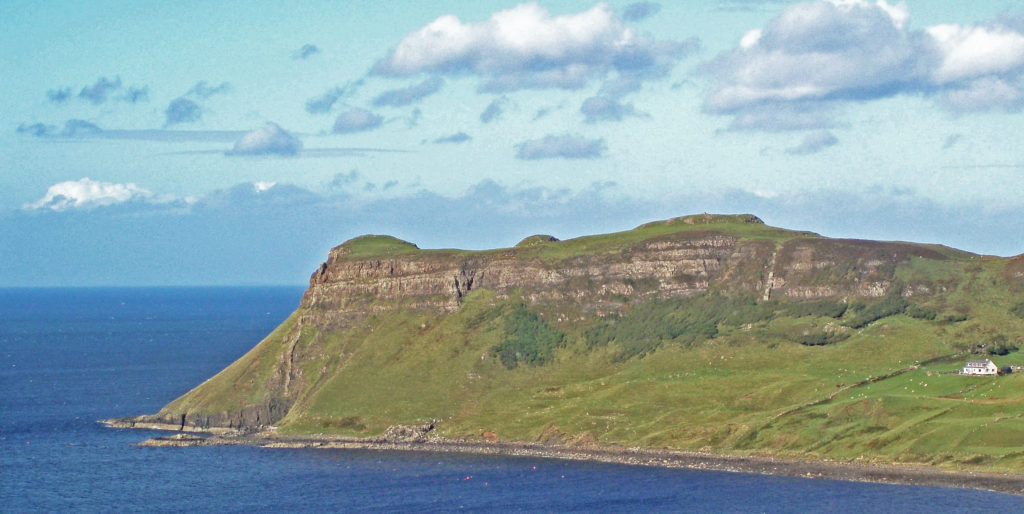 I have no hesitation in recommending the Isle of Skye as a destination that should be on your bucket list. It’s a wonderful place and Scotland as a whole was a great place to start our explorations in Europe. Scotland is both different enough from the U.S. to be interesting and a bit exotic and alike enough to be comfortable and inviting.
I have no hesitation in recommending the Isle of Skye as a destination that should be on your bucket list. It’s a wonderful place and Scotland as a whole was a great place to start our explorations in Europe. Scotland is both different enough from the U.S. to be interesting and a bit exotic and alike enough to be comfortable and inviting.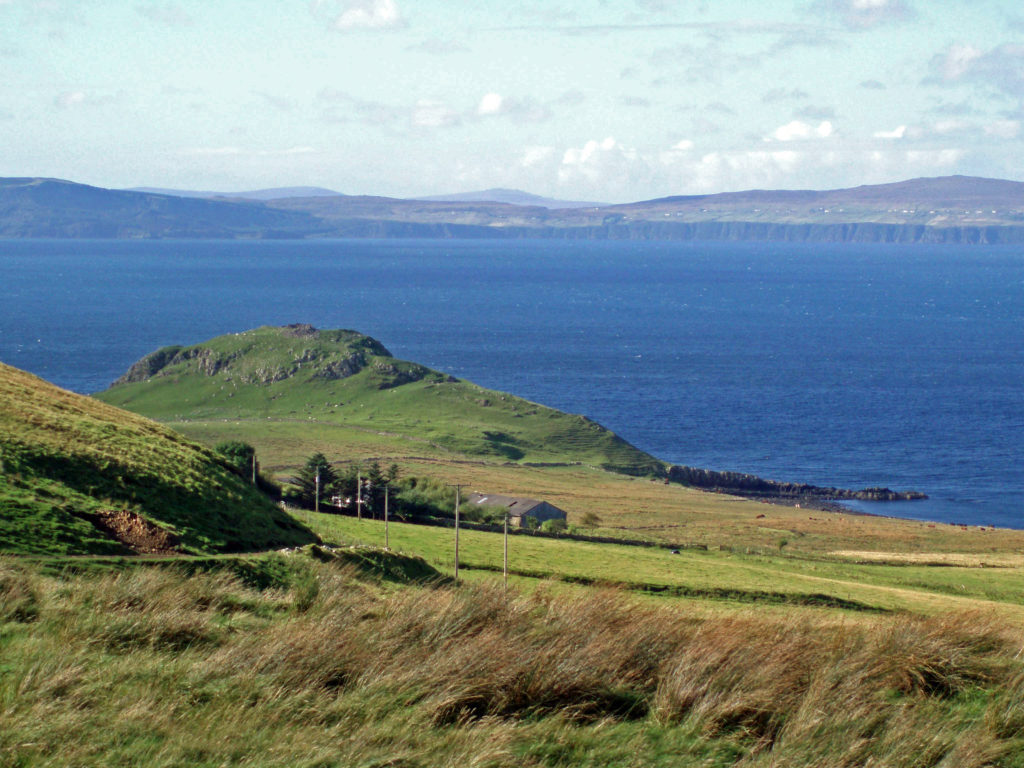
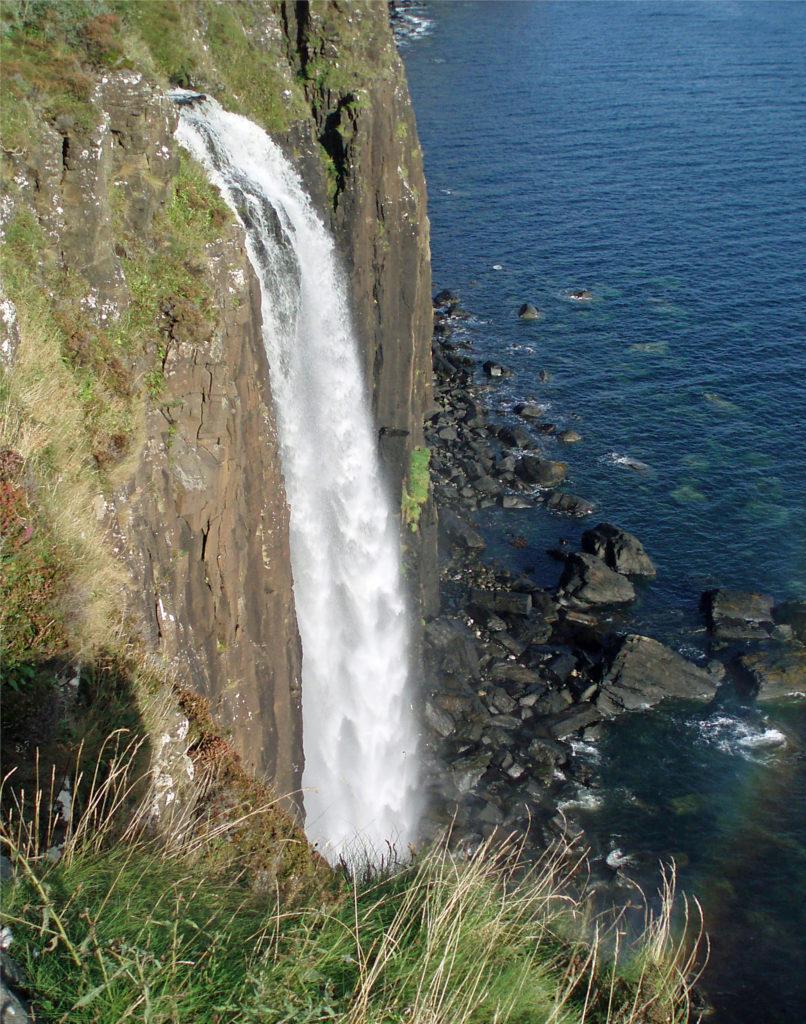
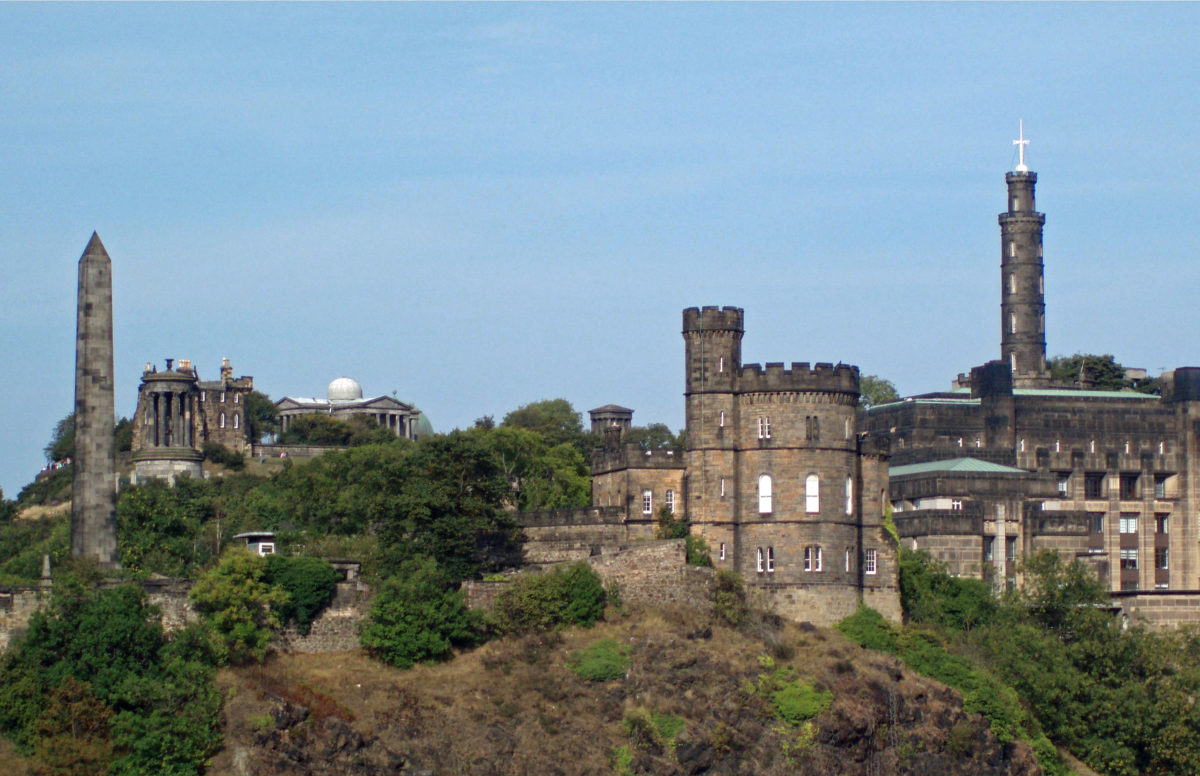

 That trip was more than 15 years ago and some things may have changed greatly since then, so I won’t go into much detail as to what to do, where to stay, where to eat, what things cost, and so forth. But there’s much to Edinburgh that is timeless, and undoubtedly has not changed in the years since our visit.
That trip was more than 15 years ago and some things may have changed greatly since then, so I won’t go into much detail as to what to do, where to stay, where to eat, what things cost, and so forth. But there’s much to Edinburgh that is timeless, and undoubtedly has not changed in the years since our visit. Central Edinburgh is divided into the Old Town and the New Town. The Old Town includes Edinburgh Castle, the Palace of Holyroodhouse, the Royal Mile connecting the two, and the area to the south. The New Town stretches from Princes Street Gardens, directly below the Castle, to Queen Street Gardens and the adjacent area to the north. The Old Town is the historic center of Edinburgh, and also the site of the present-day Parliament. As far as the New Town goes, new is a relative term since construction of the New Town began in the 1760s.
Central Edinburgh is divided into the Old Town and the New Town. The Old Town includes Edinburgh Castle, the Palace of Holyroodhouse, the Royal Mile connecting the two, and the area to the south. The New Town stretches from Princes Street Gardens, directly below the Castle, to Queen Street Gardens and the adjacent area to the north. The Old Town is the historic center of Edinburgh, and also the site of the present-day Parliament. As far as the New Town goes, new is a relative term since construction of the New Town began in the 1760s.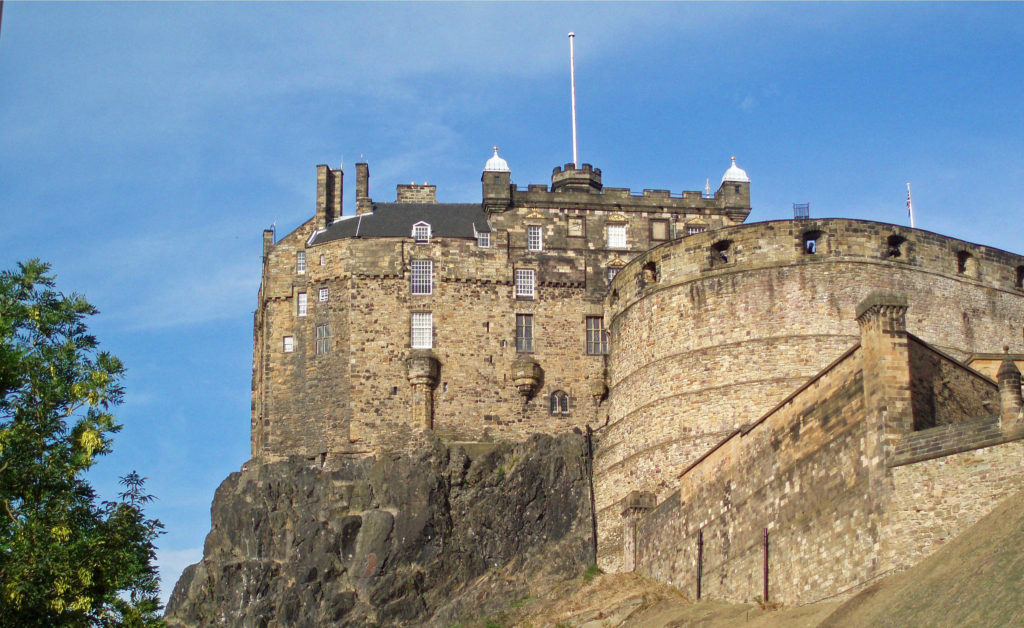 Both the Old Town and the New Town have their charms, and both deserve at least some of your attention. We spent most of our four days in Edinburgh exploring the Old Town, so I’ll focus on that part of the city.
Both the Old Town and the New Town have their charms, and both deserve at least some of your attention. We spent most of our four days in Edinburgh exploring the Old Town, so I’ll focus on that part of the city.
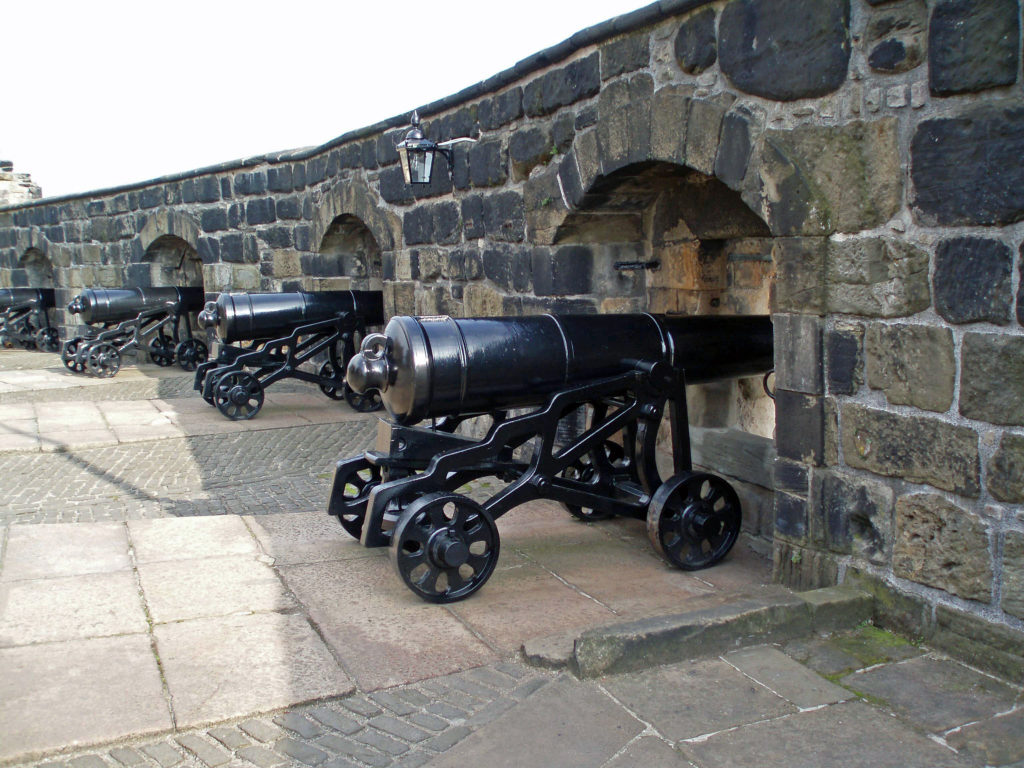
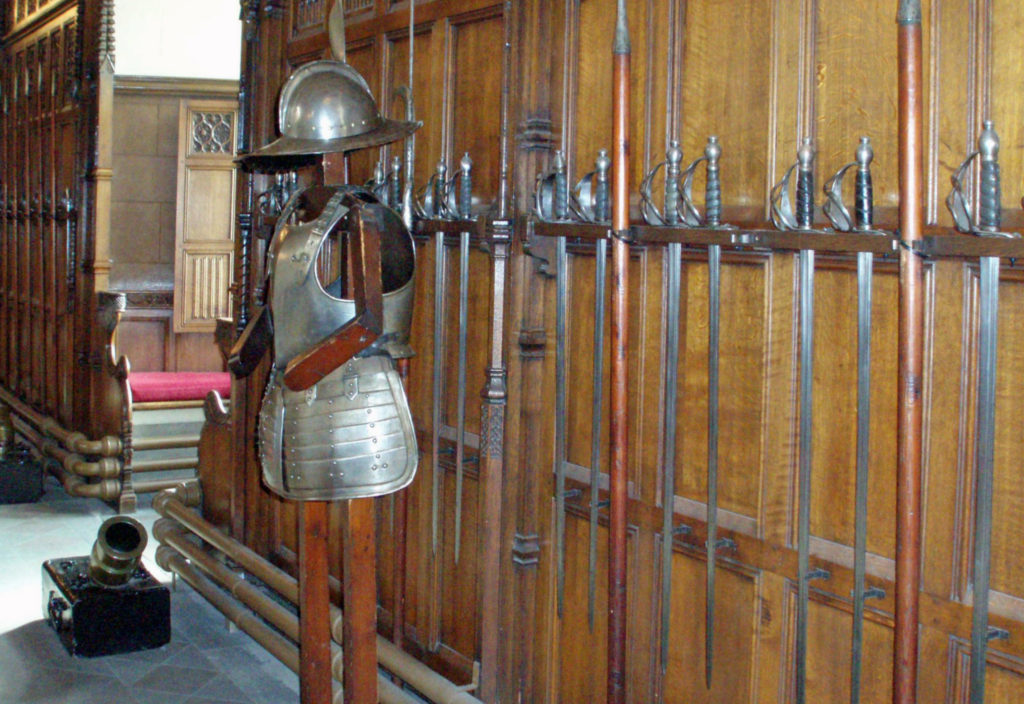
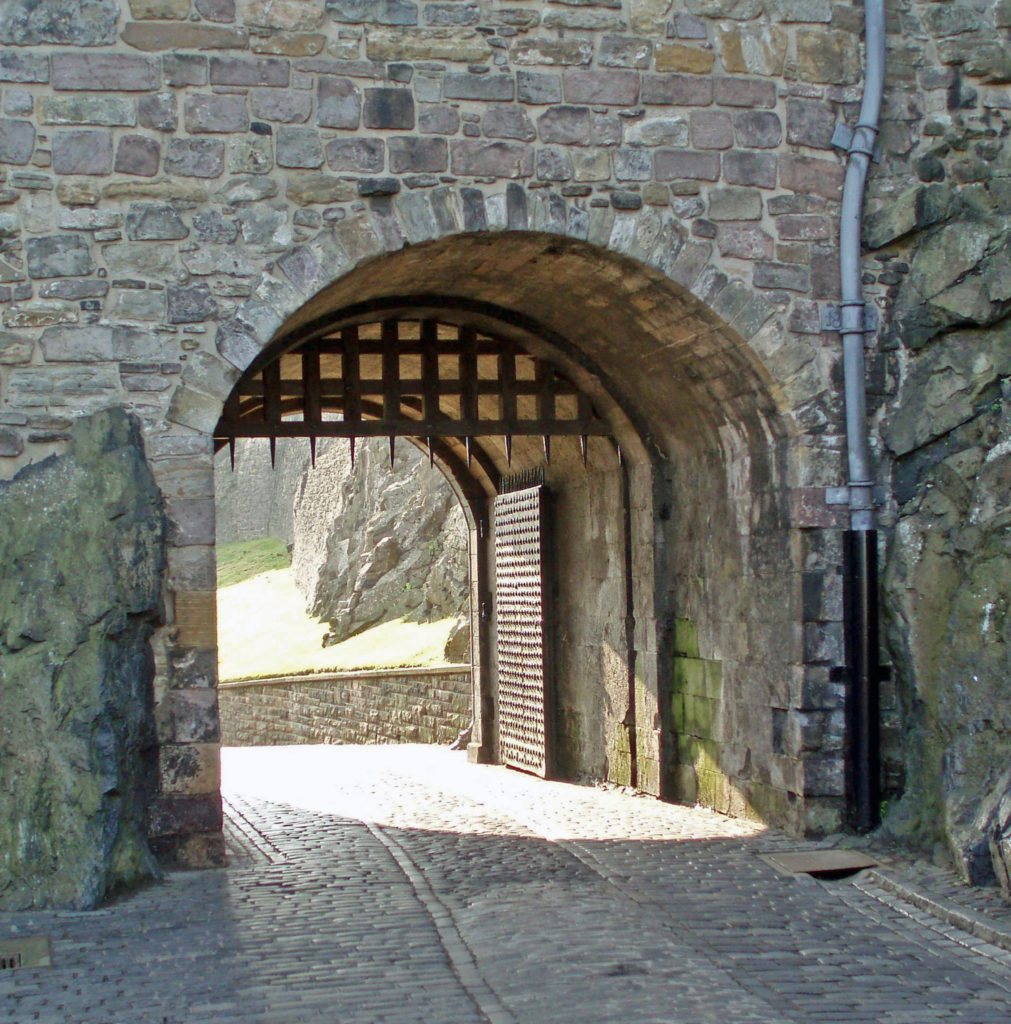
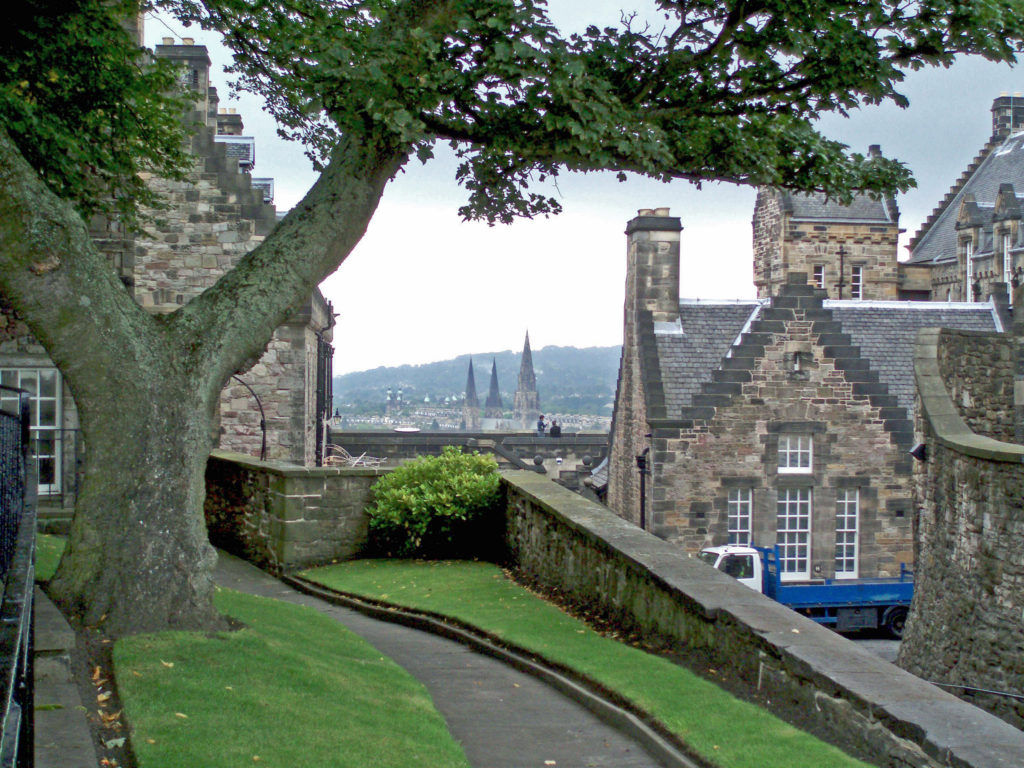
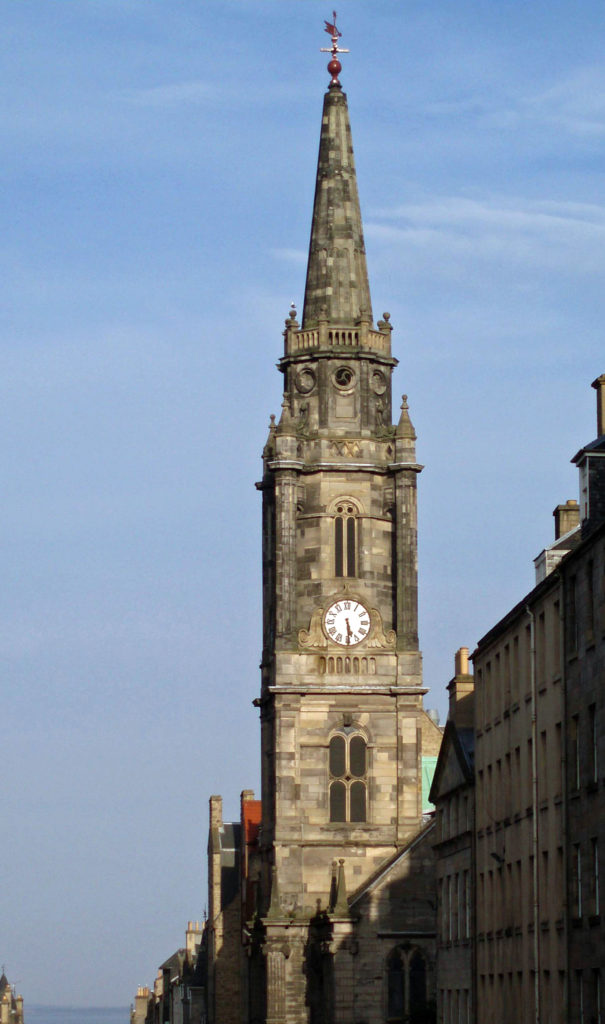 Although we didn’t go inside, St. Giles Cathedral, also known as the High Kirk of Edinburgh, is a magnificent structure that predates most of the structures in Edinburgh Castle. The cathedral was built between the late 14th and early 16th centuries. Entrance to the cathedral is free, but a small donation is requested.
Although we didn’t go inside, St. Giles Cathedral, also known as the High Kirk of Edinburgh, is a magnificent structure that predates most of the structures in Edinburgh Castle. The cathedral was built between the late 14th and early 16th centuries. Entrance to the cathedral is free, but a small donation is requested.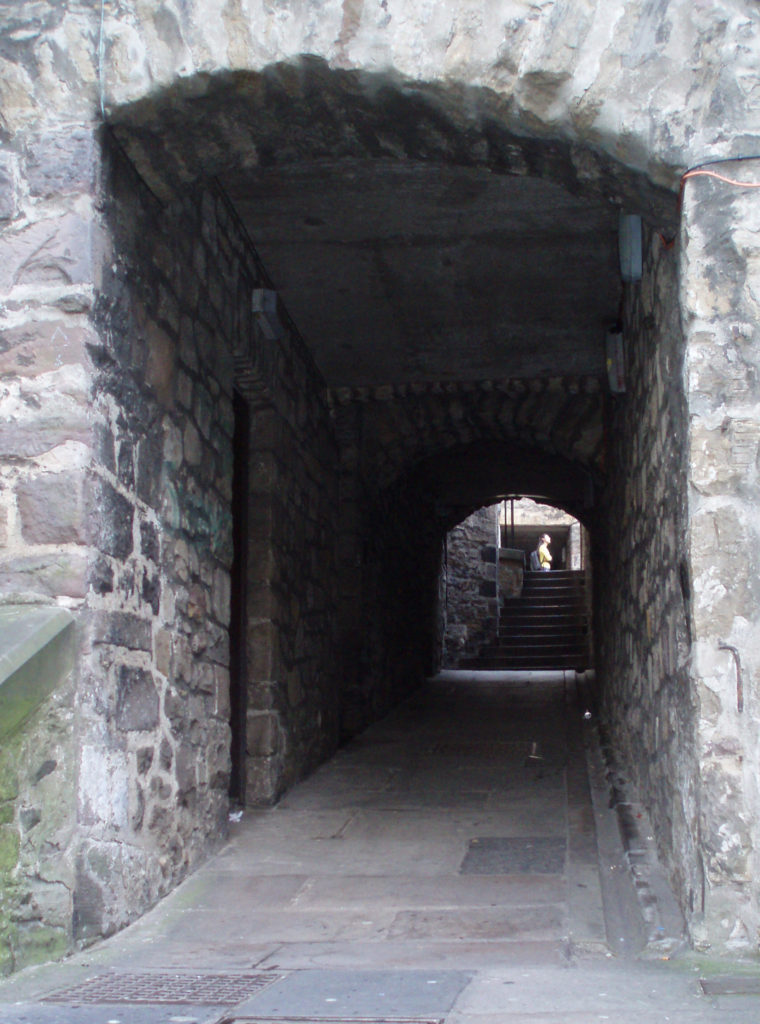 One of the attractions of the Royal Mile are the “closes,” underground passageways that were once narrow streets or walkways between houses. The upper floors of some the houses were demolished and the lower stories used as foundation for the Royal Exchange, built in the mid 18th century, leaving the closes below ground. Some of the closes remain as passages between the Royal Mile and the streets to the south, and organized tours of some of the more subterranean closes, such as the
One of the attractions of the Royal Mile are the “closes,” underground passageways that were once narrow streets or walkways between houses. The upper floors of some the houses were demolished and the lower stories used as foundation for the Royal Exchange, built in the mid 18th century, leaving the closes below ground. Some of the closes remain as passages between the Royal Mile and the streets to the south, and organized tours of some of the more subterranean closes, such as the  Other attractions of the Royal Mile include the John Knox House, the Writers’ Museum, the Huntly House, and The People’s Story, a museum housed in the historic Canongate Tolbooth, built in 1591.
Other attractions of the Royal Mile include the John Knox House, the Writers’ Museum, the Huntly House, and The People’s Story, a museum housed in the historic Canongate Tolbooth, built in 1591. You will also find the Scottish Parliament buildings at the lower end of the Royal Mile near Holyroodhouse. Their contemporary, modernist design stands in stark contrast to the traditional and historical structures around them. And while I in fact like the design, to me they look out of place in their setting.
You will also find the Scottish Parliament buildings at the lower end of the Royal Mile near Holyroodhouse. Their contemporary, modernist design stands in stark contrast to the traditional and historical structures around them. And while I in fact like the design, to me they look out of place in their setting.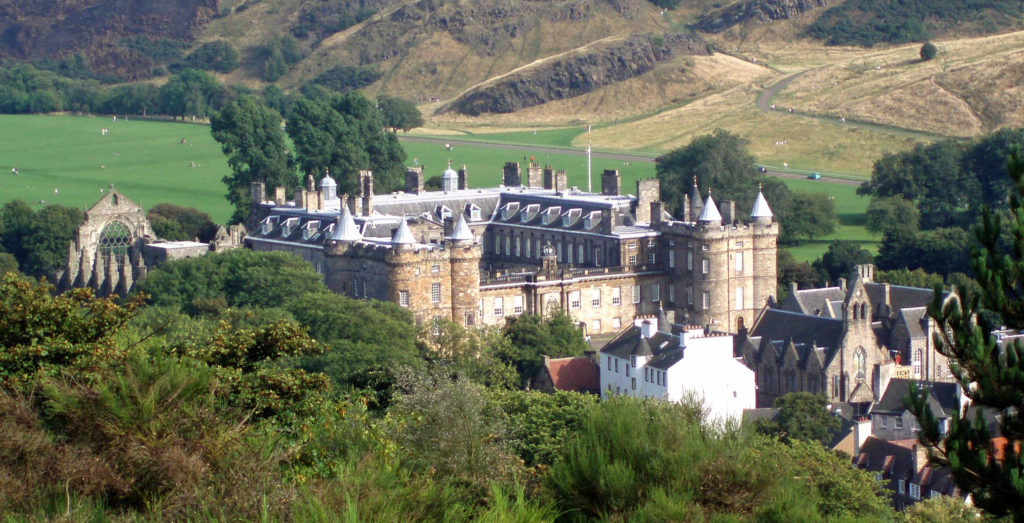
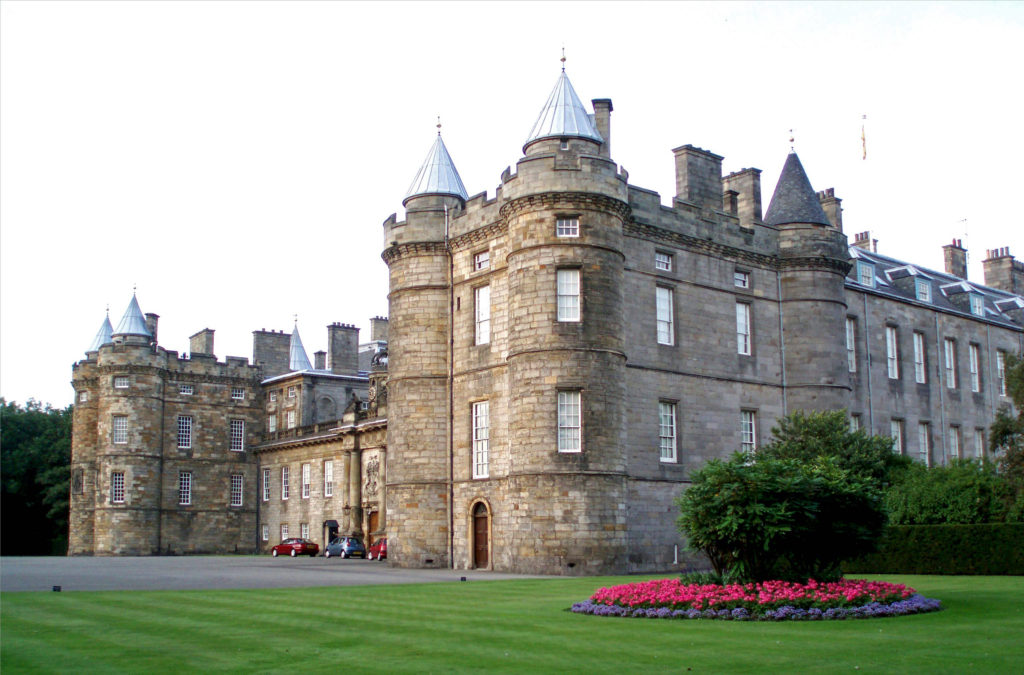 The Palace of Holyroodhouse is the official residence of the Monarchy in Scotland, but the palace is open to the public when King Charles III is not in residence. We did not tour the interior, but it comes highly rated. You can visit the Throne Room, the Picture Gallery, and the King’s Bedchamber, and Tour the King James Tower, where Mary Queen of Scots lived. For more information, check the Royal Collection Trust
The Palace of Holyroodhouse is the official residence of the Monarchy in Scotland, but the palace is open to the public when King Charles III is not in residence. We did not tour the interior, but it comes highly rated. You can visit the Throne Room, the Picture Gallery, and the King’s Bedchamber, and Tour the King James Tower, where Mary Queen of Scots lived. For more information, check the Royal Collection Trust 

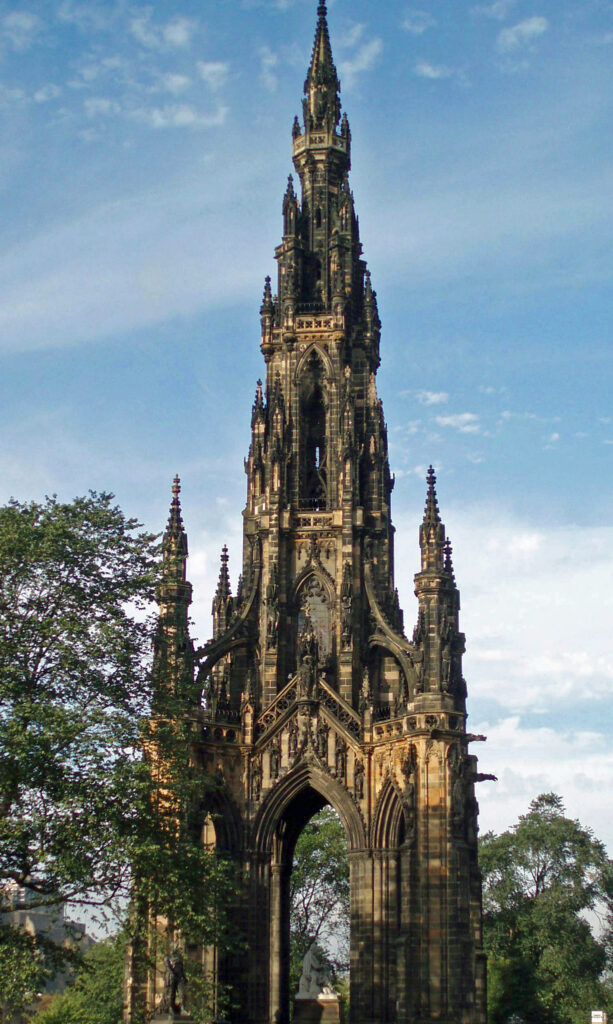 We didn’t make it to Queen Street and Queen Street Gardens, but the photos I’ve seen and the guidebook descriptions make me think we missed something there.
We didn’t make it to Queen Street and Queen Street Gardens, but the photos I’ve seen and the guidebook descriptions make me think we missed something there. A little farther afield in the West End, though within easy walking distance of the New Town, is the
A little farther afield in the West End, though within easy walking distance of the New Town, is the  On the walk back we discovered a path along the Water of Leith that took us to
On the walk back we discovered a path along the Water of Leith that took us to  On our visit we stayed at an old hotel just east of Calton Hill. With its many monuments, including the Nelson Monument and the Lincoln Monument (which is in fact dedicated to Abraham Lincoln), Calton Hill is one of the more scenic and picturesque locations in Edinburgh. From the top of the hill you have a panoramic view over the city and to the Firth of Forth and the Port of Leith, where the
On our visit we stayed at an old hotel just east of Calton Hill. With its many monuments, including the Nelson Monument and the Lincoln Monument (which is in fact dedicated to Abraham Lincoln), Calton Hill is one of the more scenic and picturesque locations in Edinburgh. From the top of the hill you have a panoramic view over the city and to the Firth of Forth and the Port of Leith, where the 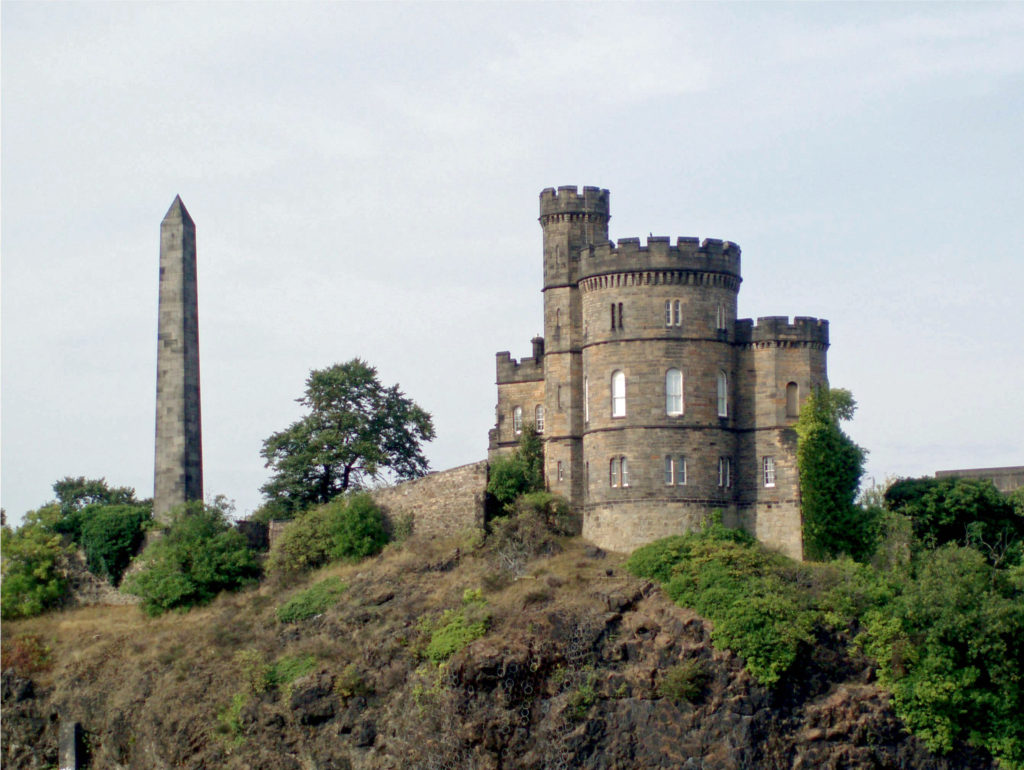
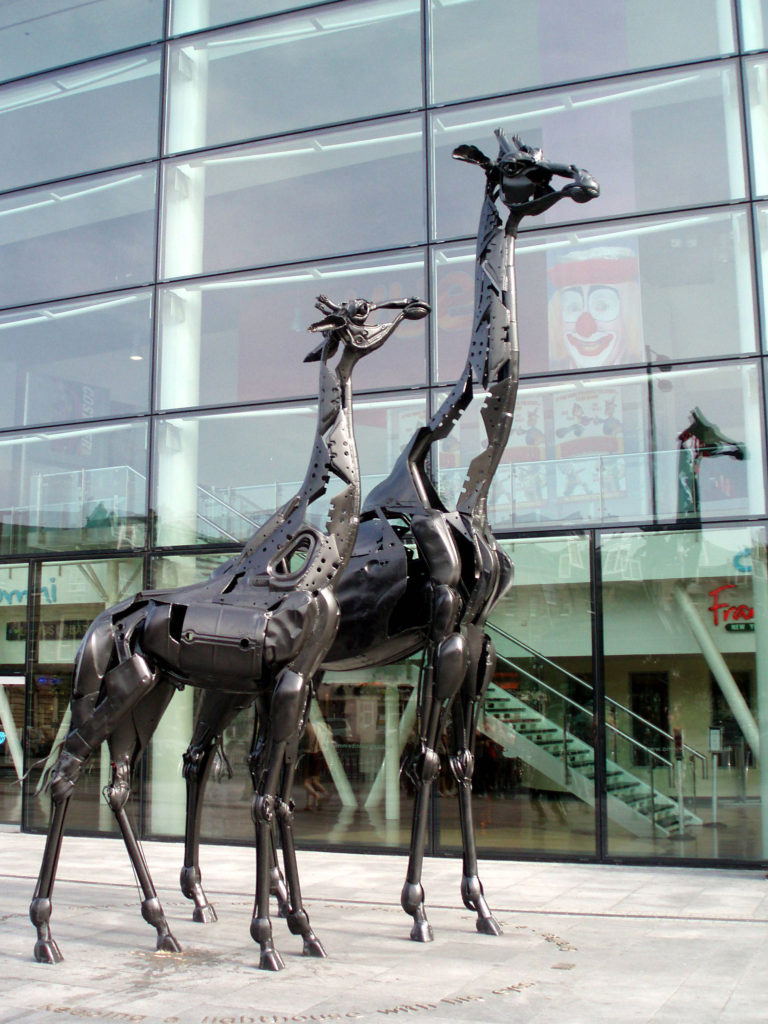

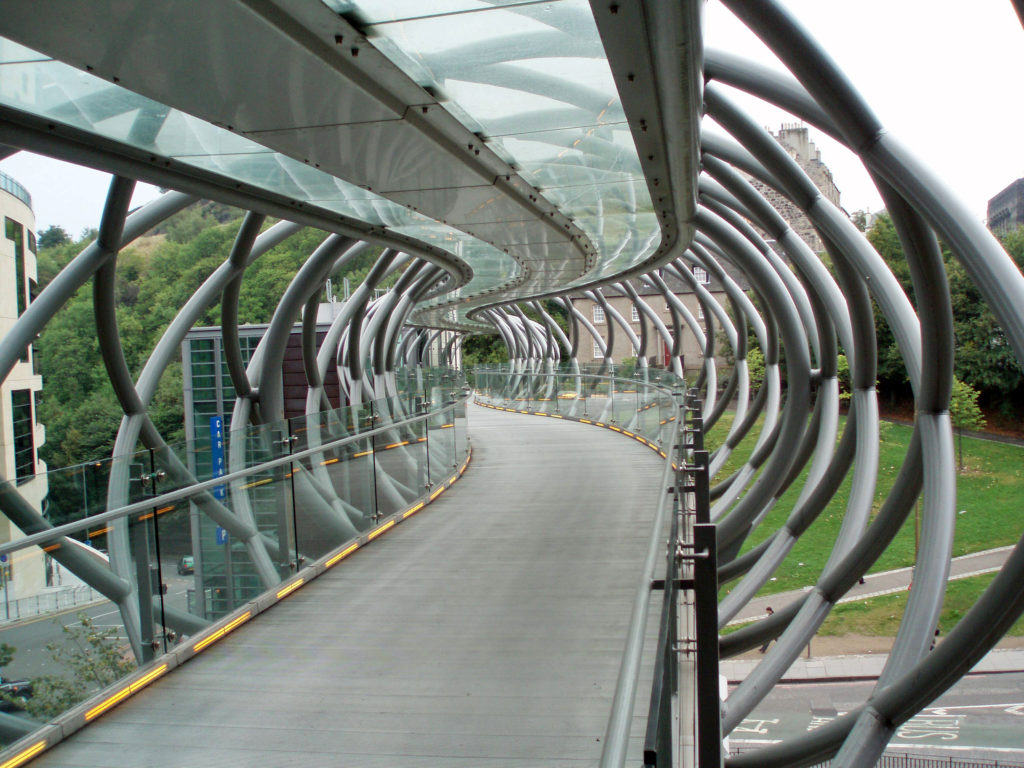
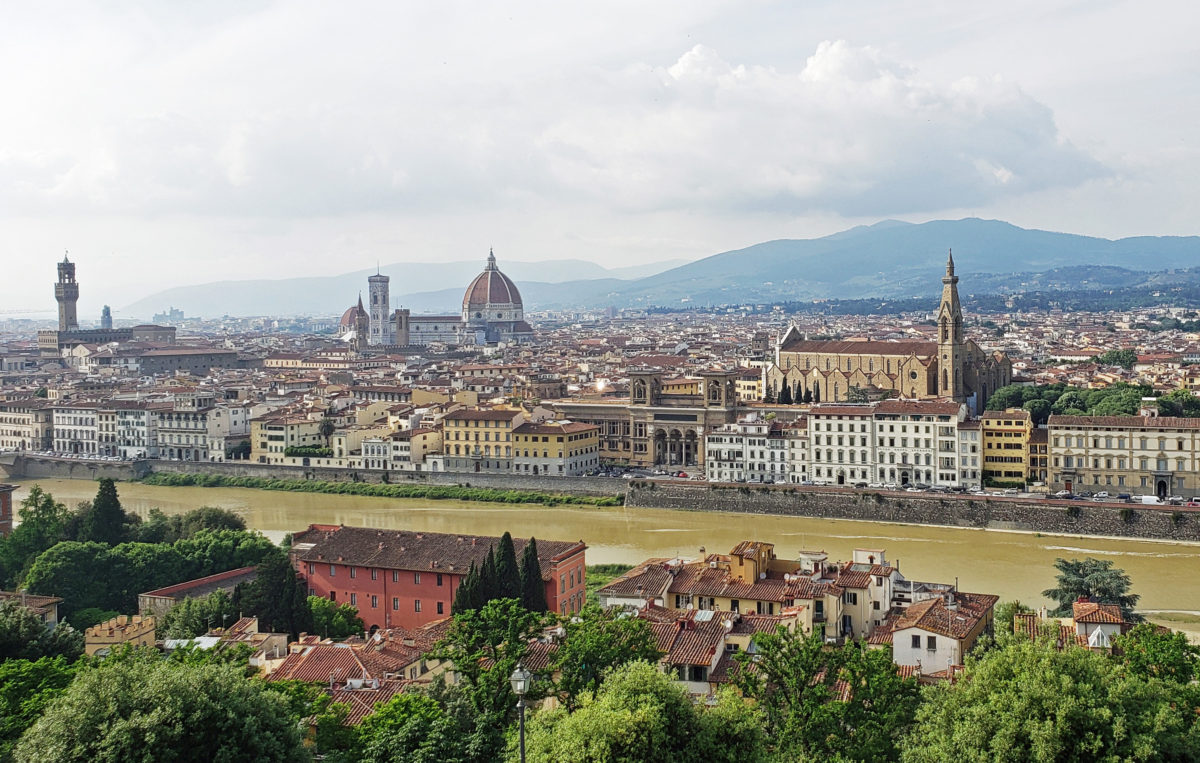

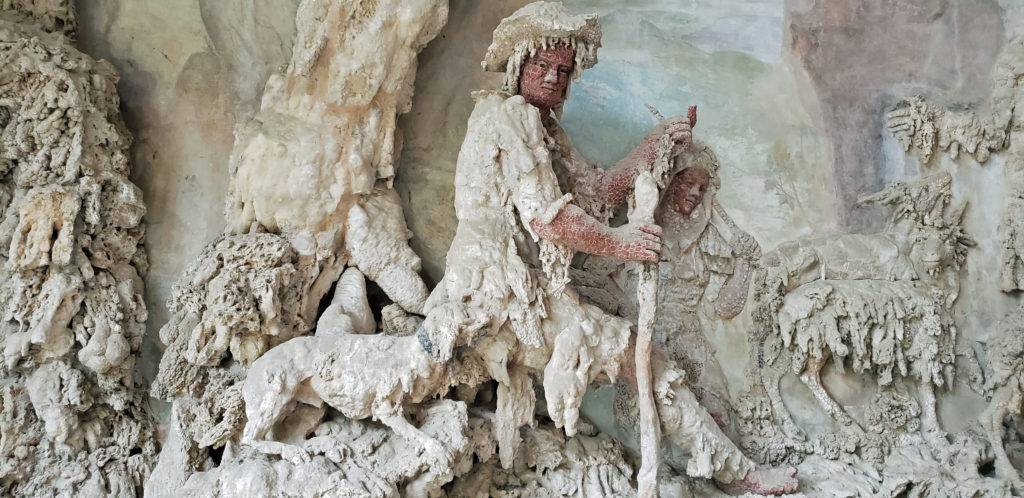
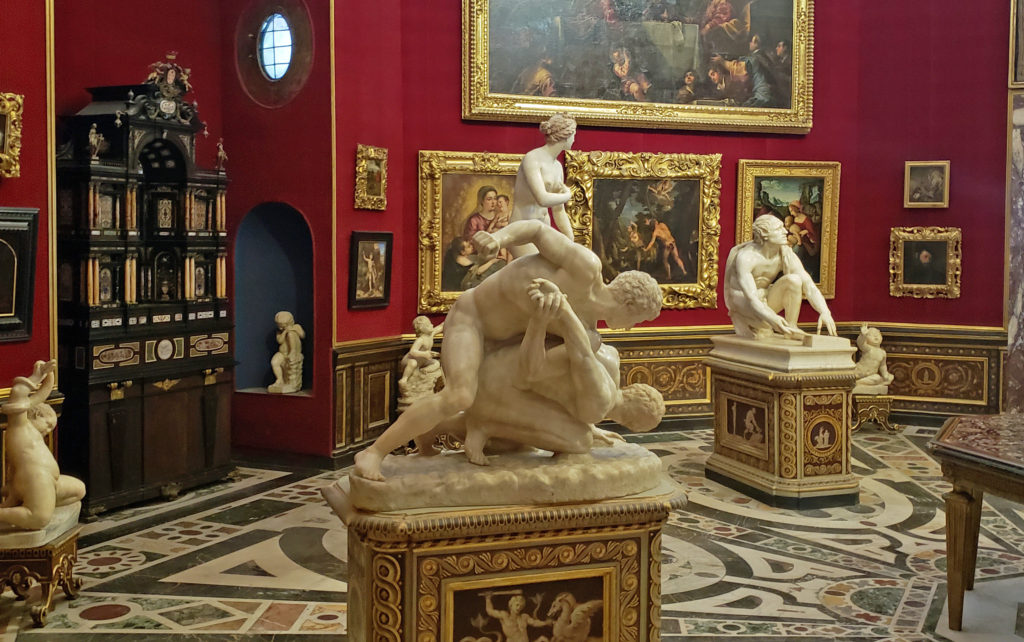


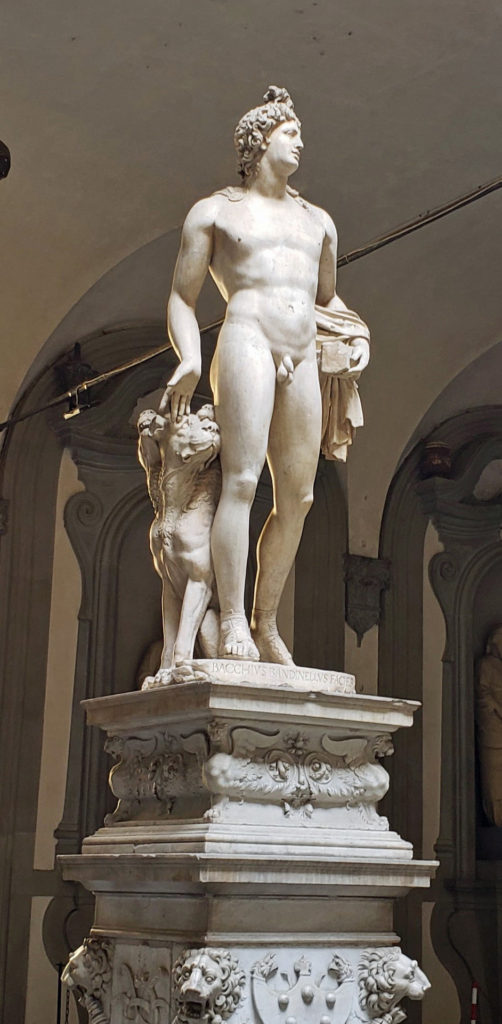
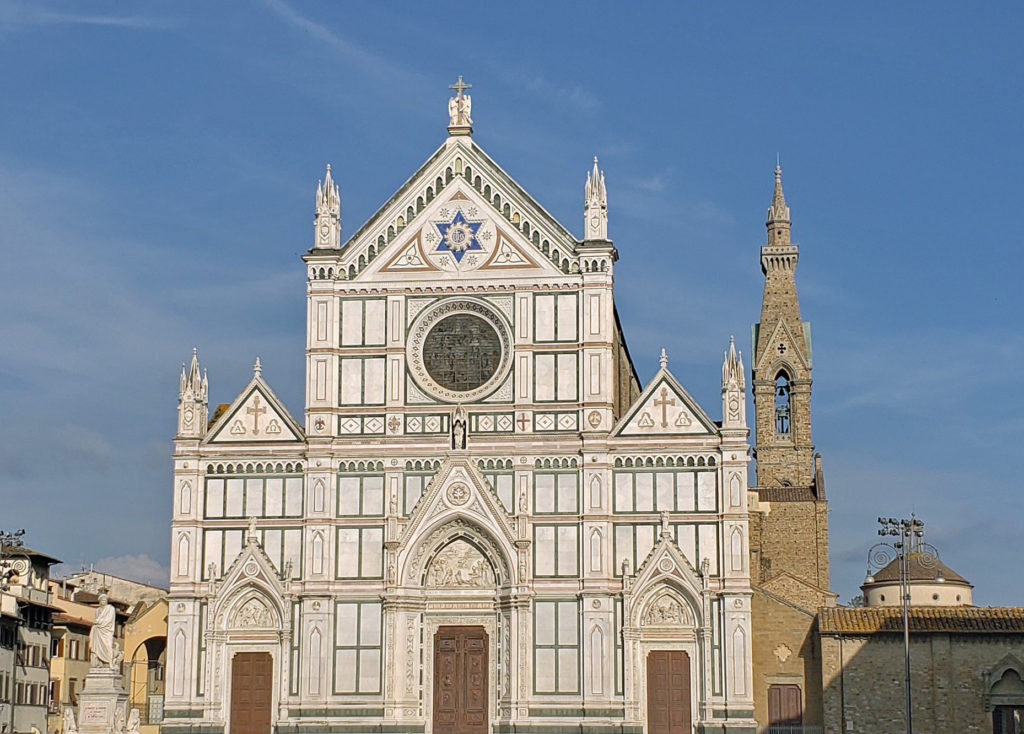
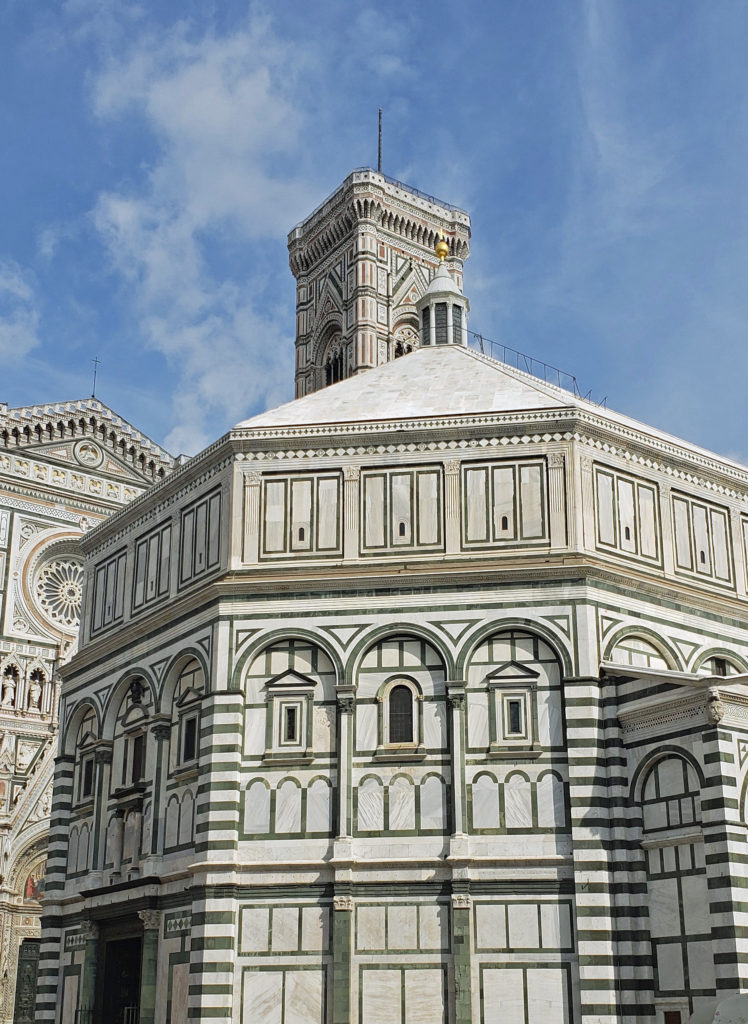
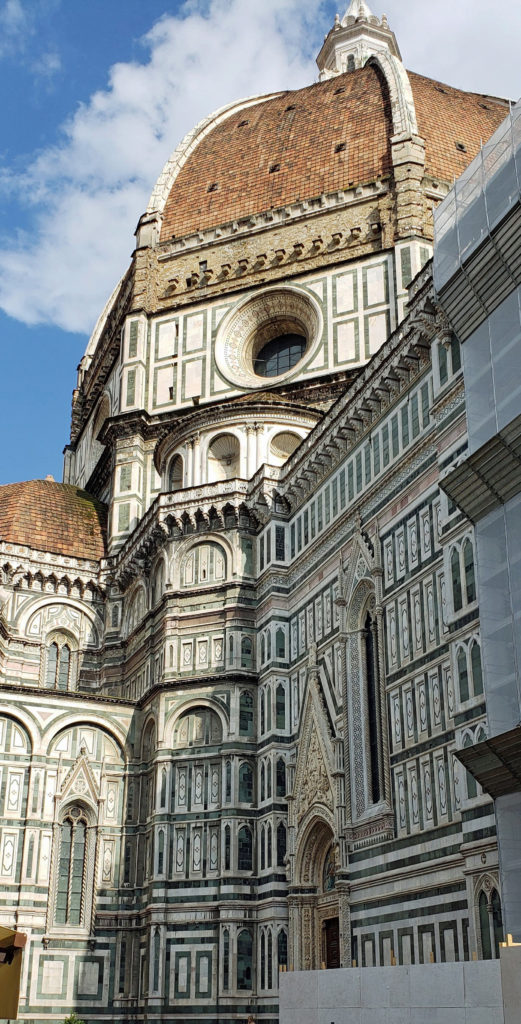
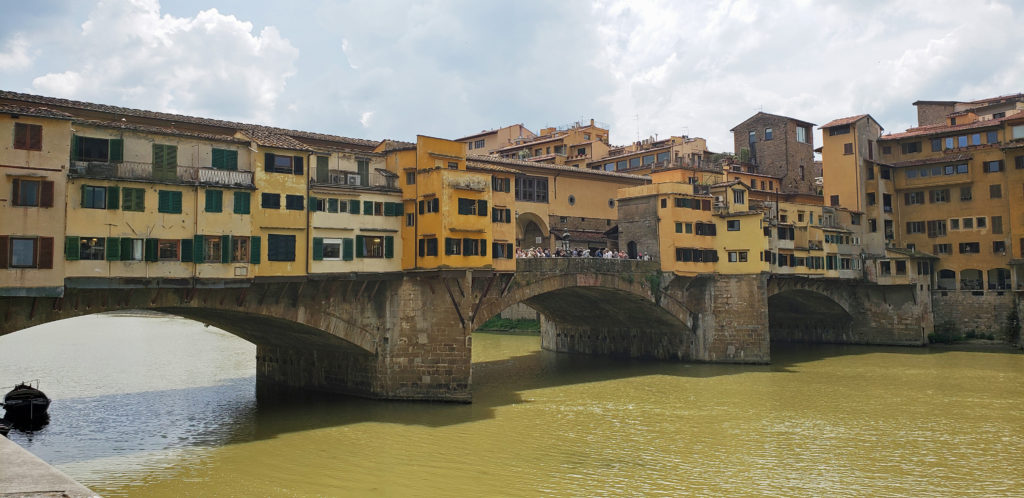
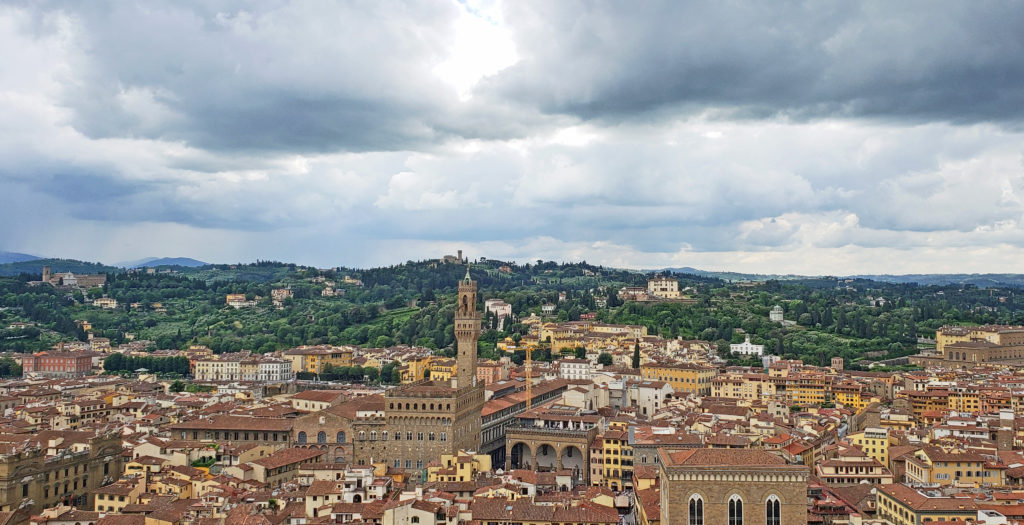
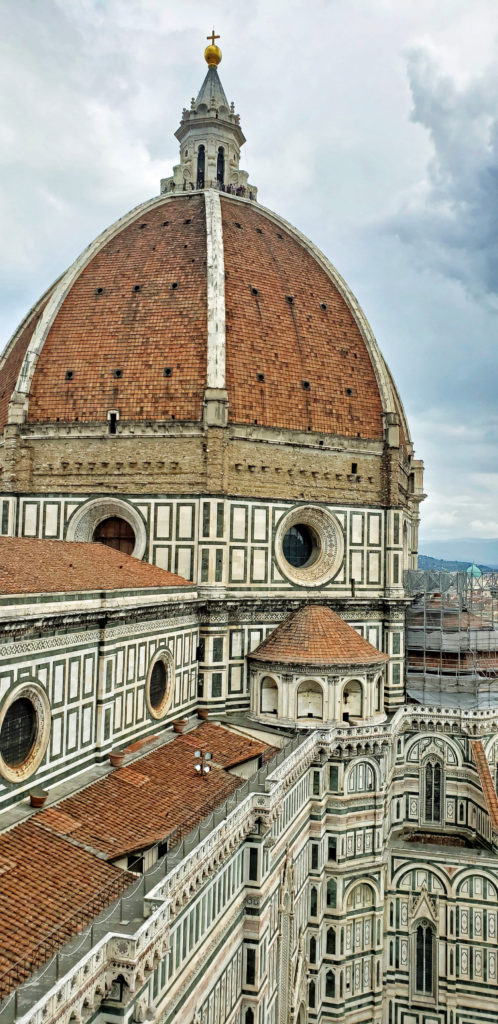
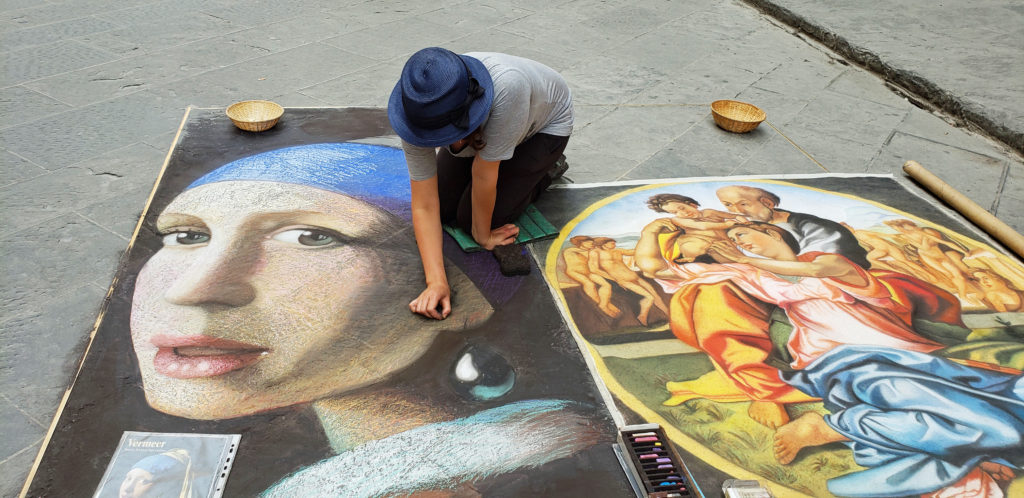
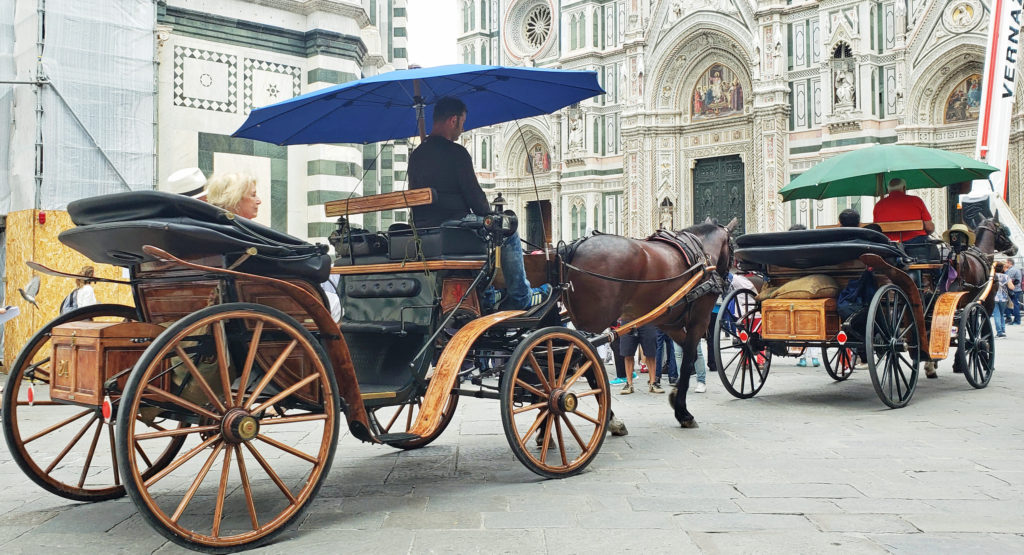


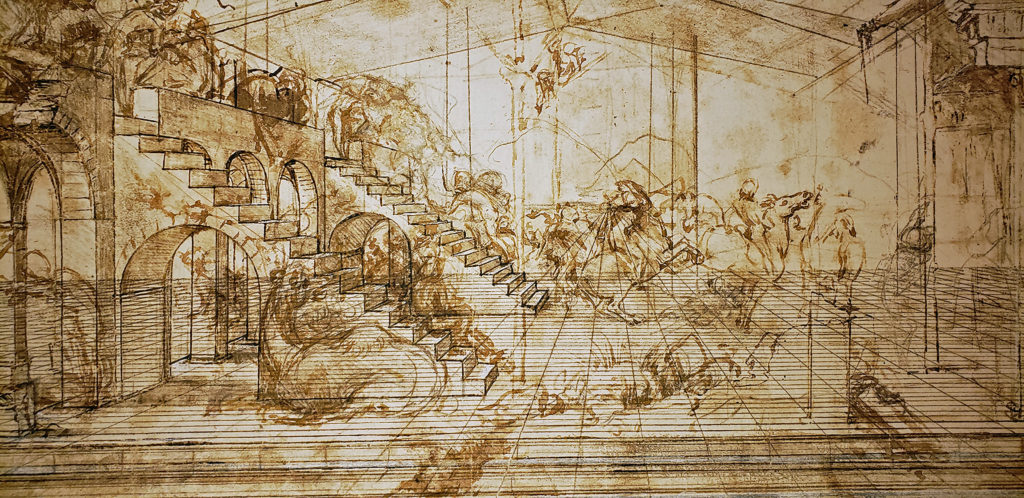

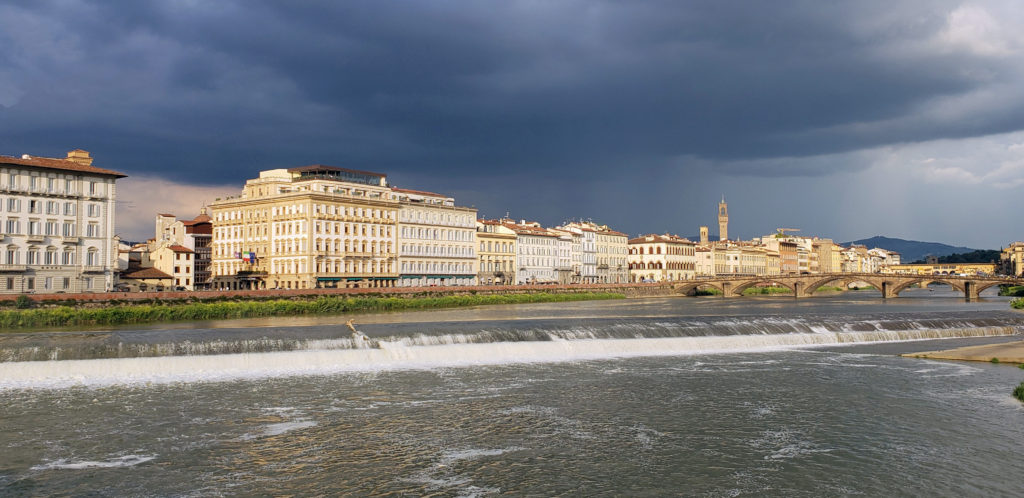
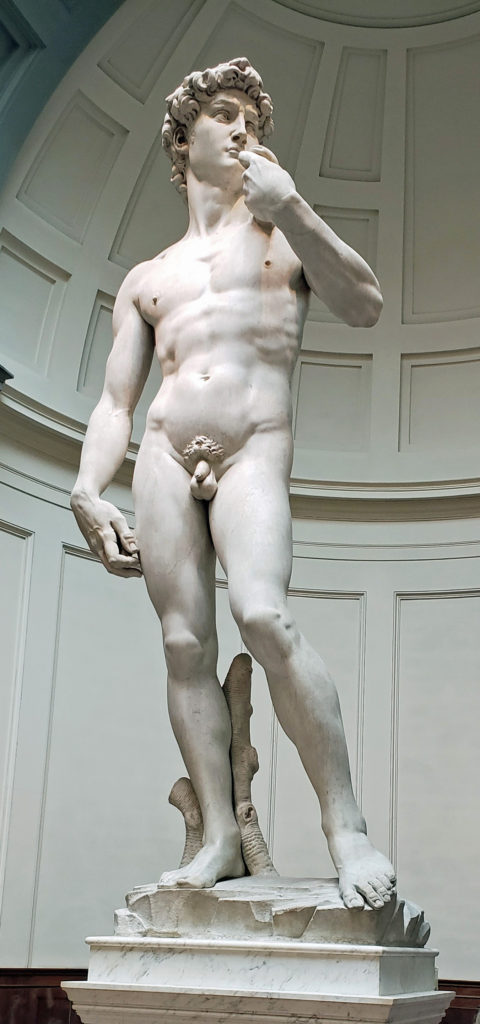
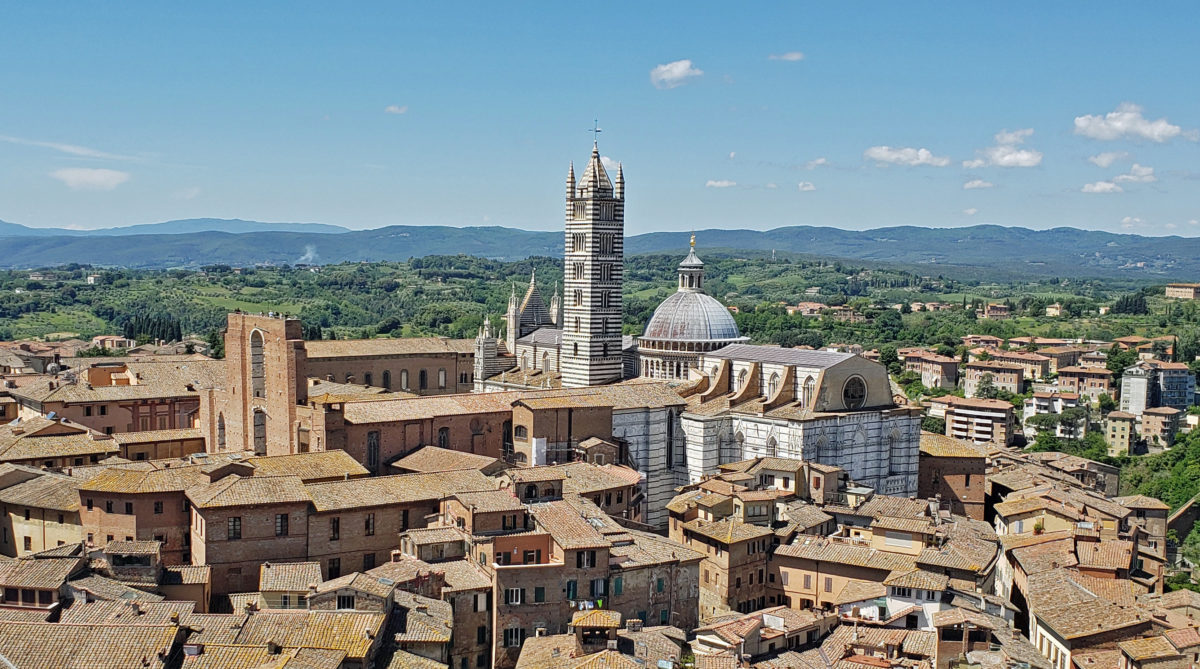

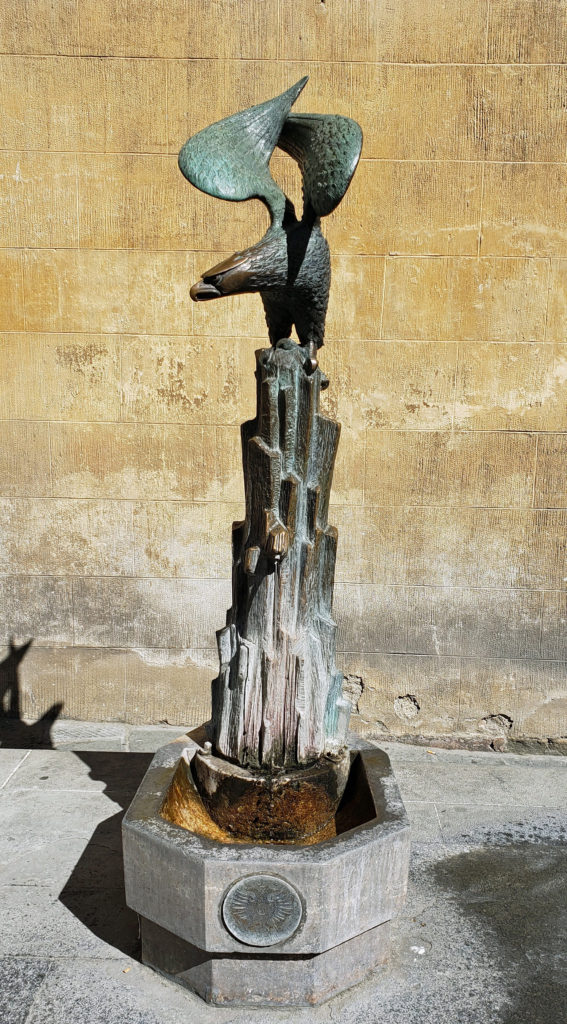


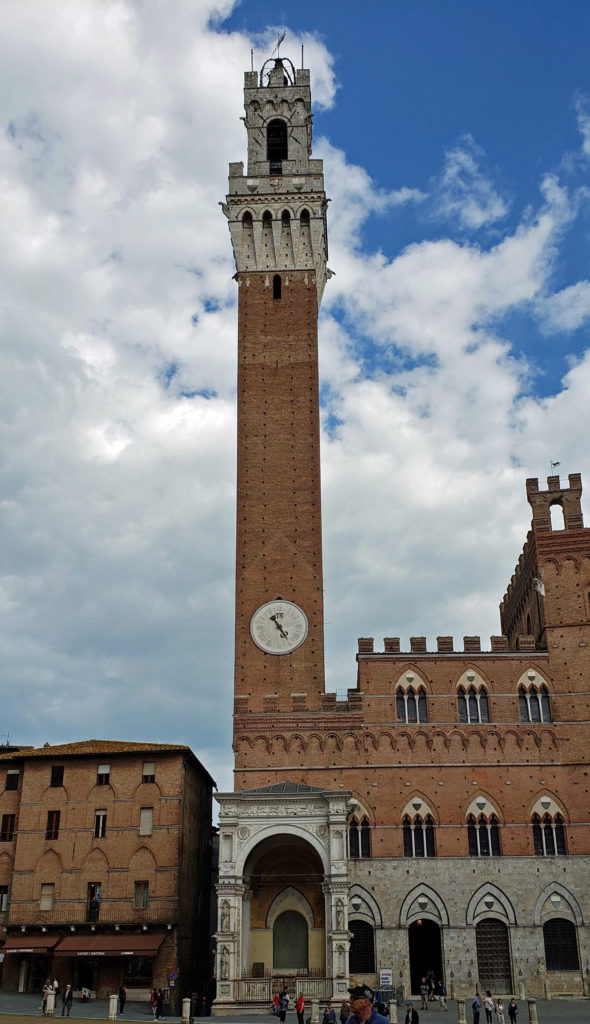


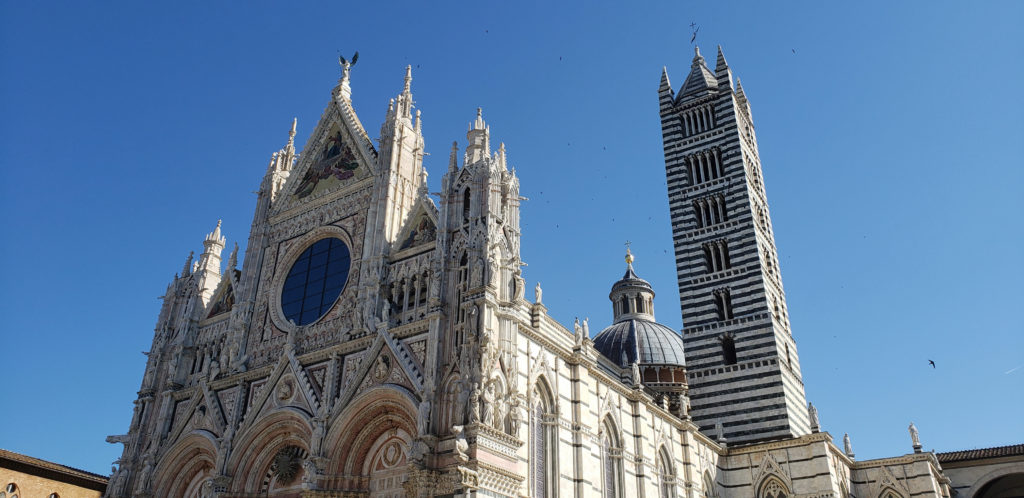
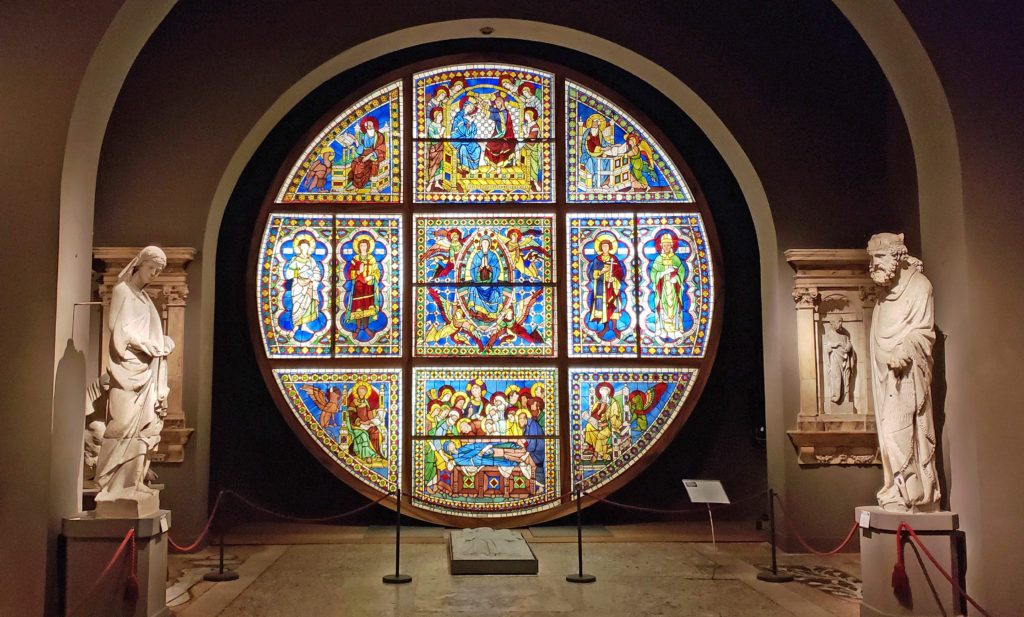
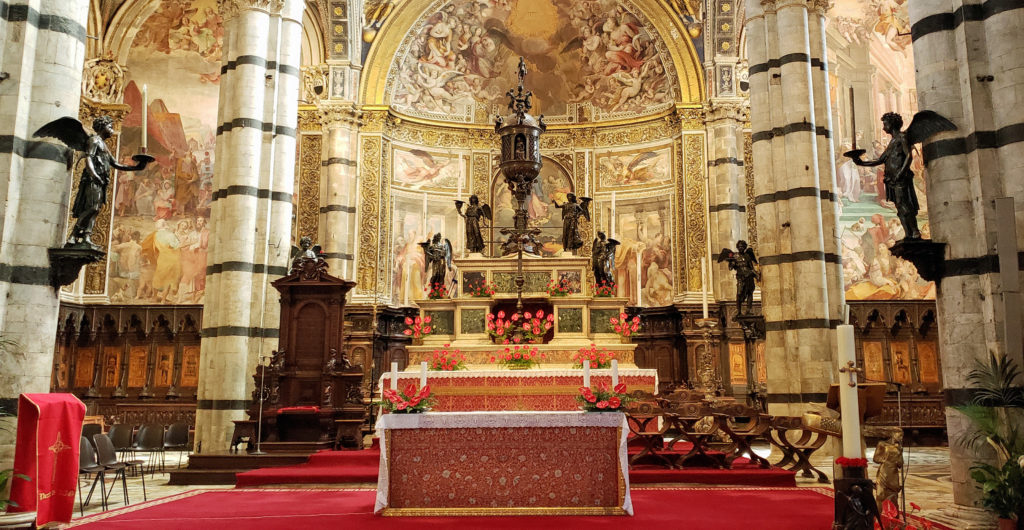
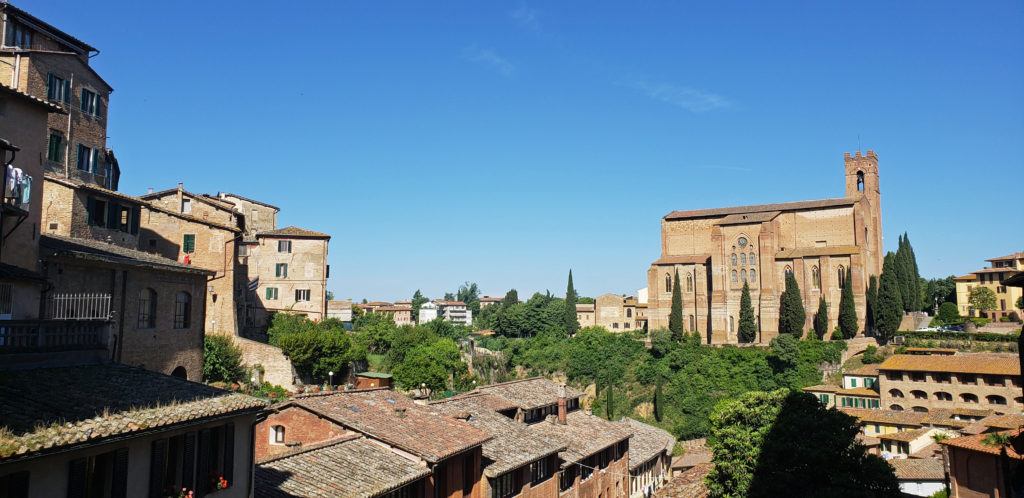
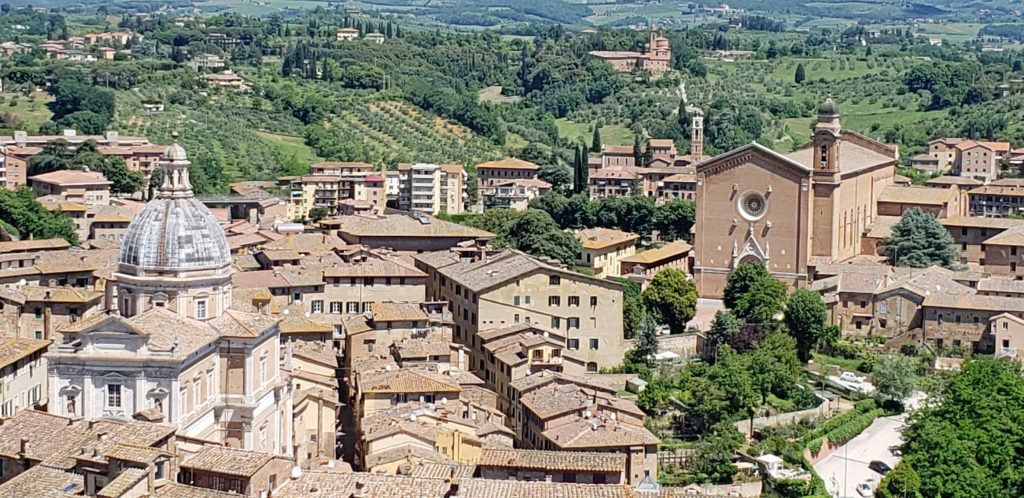
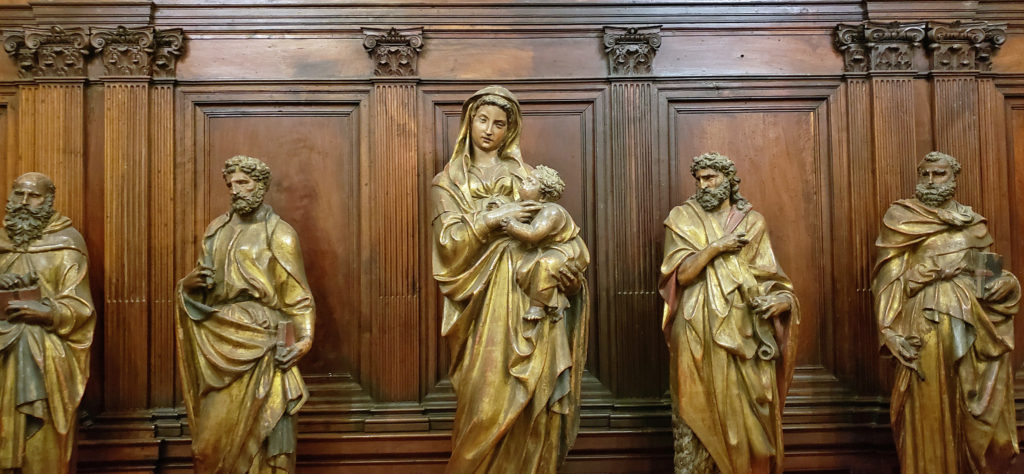
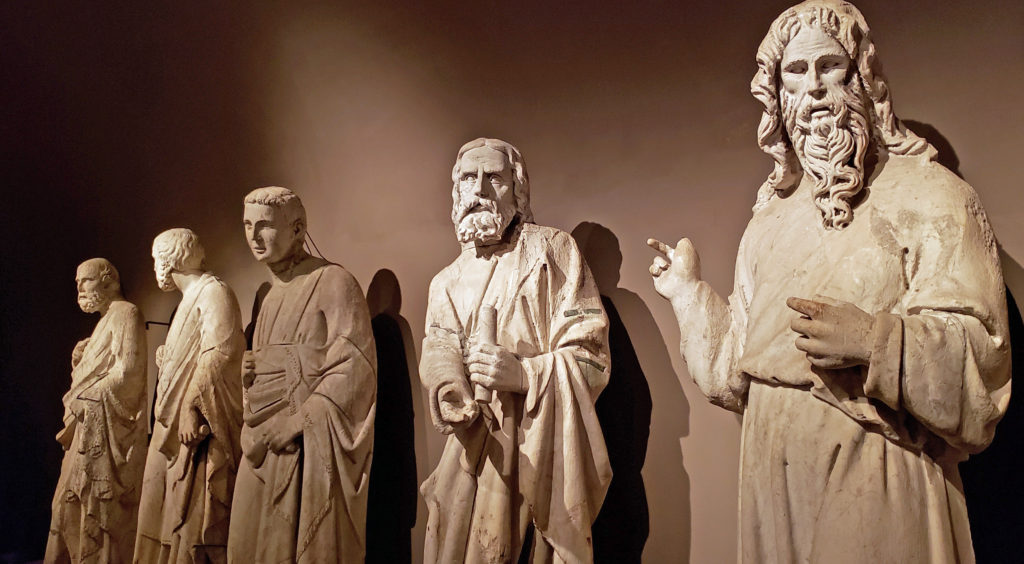

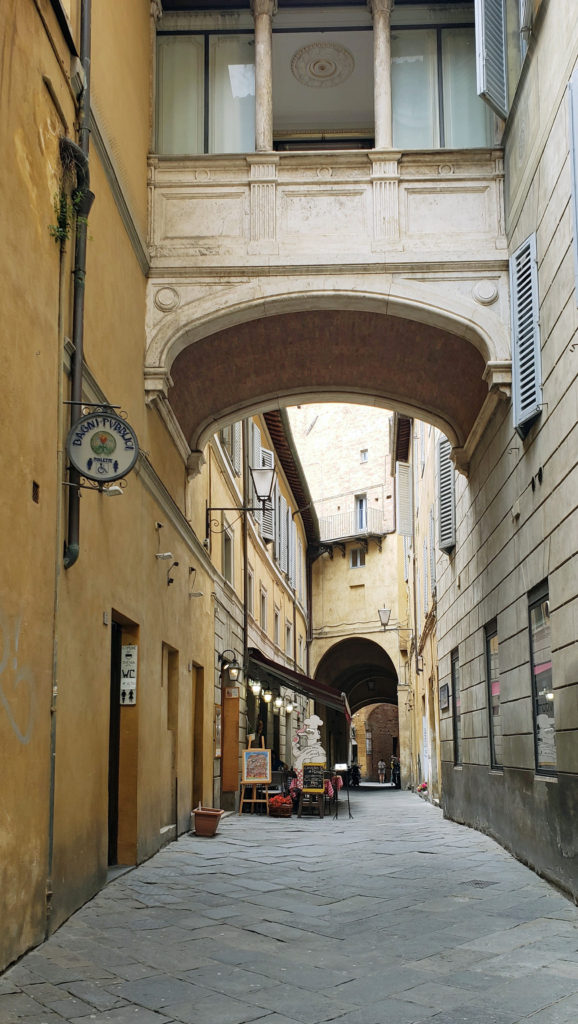
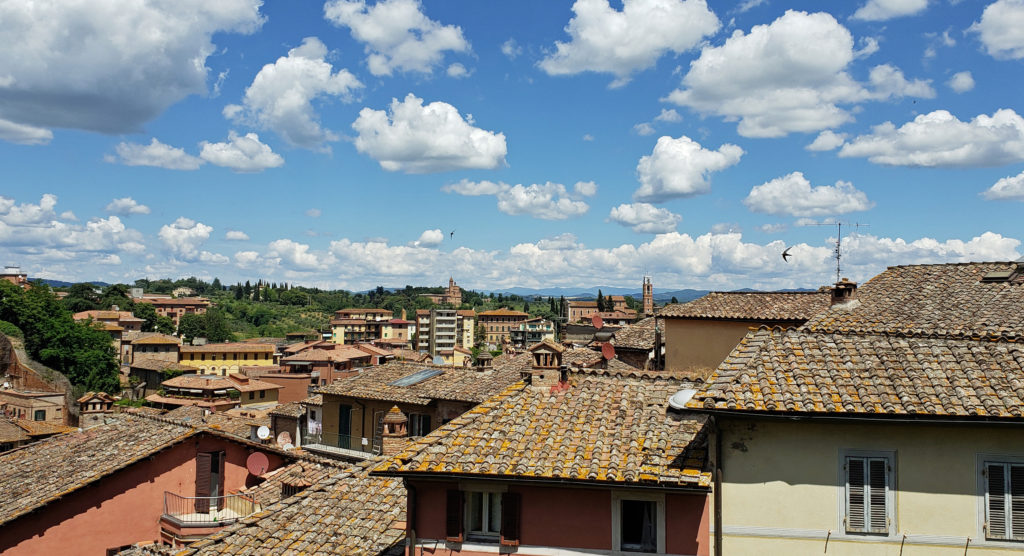


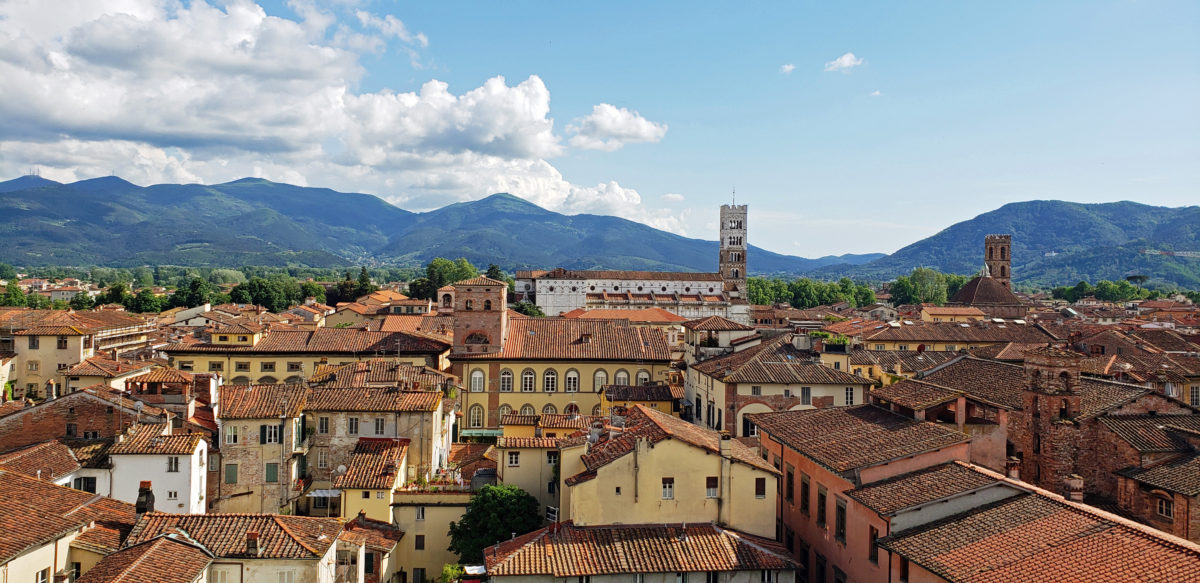
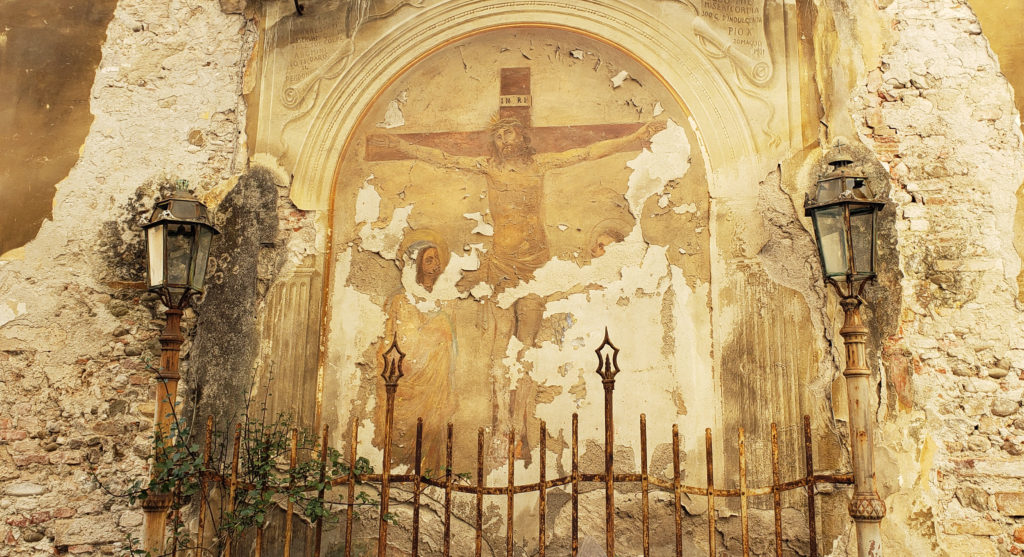 Lucca, Italy is a modern city of about 85,000 people, located about ten miles northeast of Pisa and 40 miles west of Florence. But the old walled city was what my wife and I came to see. Lucca has one of the most intact medieval city centers you will find anywhere in Europe. The historic center, or centro storico, is relatively compact, easily walkable, and almost unchanged from medieval times.
Lucca, Italy is a modern city of about 85,000 people, located about ten miles northeast of Pisa and 40 miles west of Florence. But the old walled city was what my wife and I came to see. Lucca has one of the most intact medieval city centers you will find anywhere in Europe. The historic center, or centro storico, is relatively compact, easily walkable, and almost unchanged from medieval times.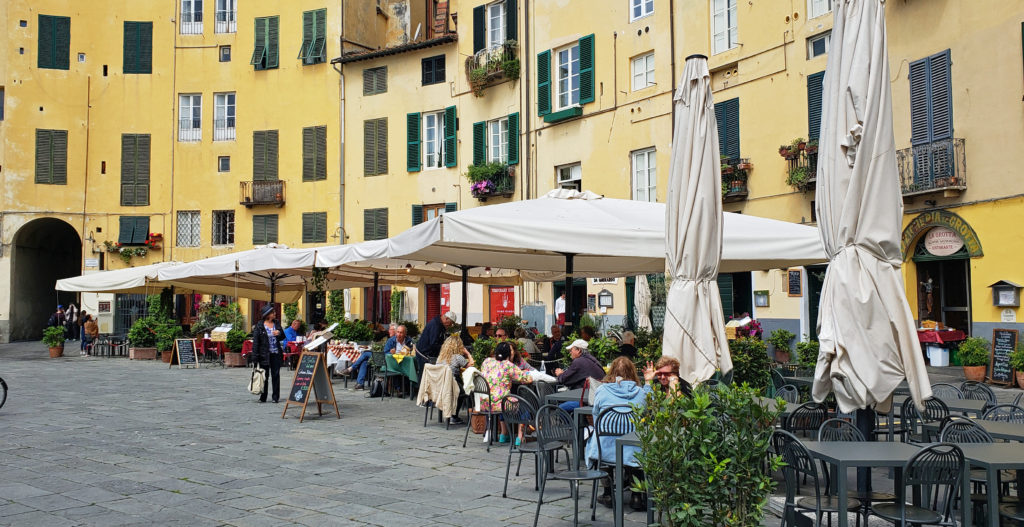 Lucca is an ancient city, founded by the Etruscans, probably on the site of an earlier Ligurian settlement. It became a Roman colony in 180 BC. Little remains of the Roman city, though. Most of the old city is of medieval origin, but some of the streets date to the Roman settlement, and a hint of the Roman amphitheater can be seen in the Piazza dell’ Anfiteatro. The popular Piazza San Michele occupies the site of the old Roman forum.
Lucca is an ancient city, founded by the Etruscans, probably on the site of an earlier Ligurian settlement. It became a Roman colony in 180 BC. Little remains of the Roman city, though. Most of the old city is of medieval origin, but some of the streets date to the Roman settlement, and a hint of the Roman amphitheater can be seen in the Piazza dell’ Anfiteatro. The popular Piazza San Michele occupies the site of the old Roman forum.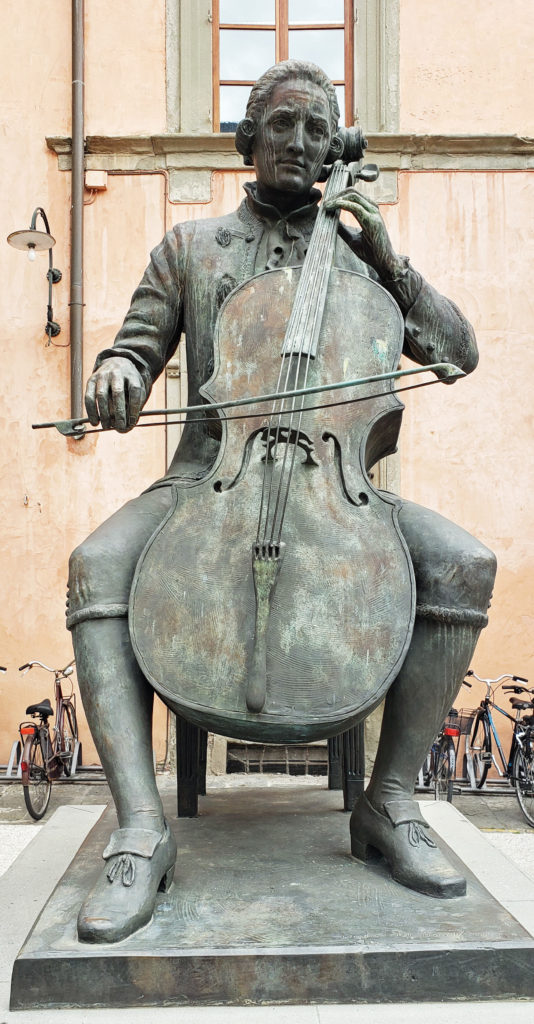
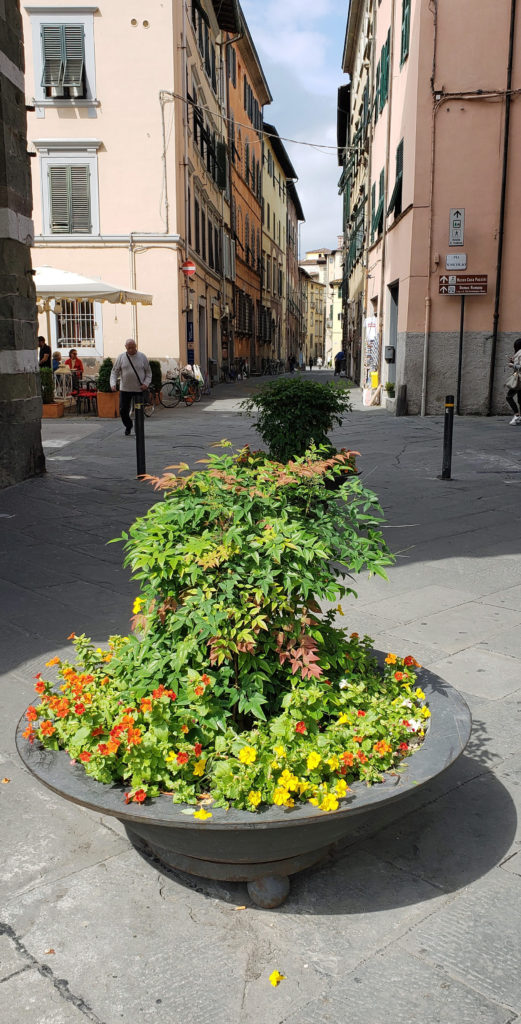 Lucca became an independent state in 1160 and retained its independence for 500 years. In the Middle Ages Lucca grew rich from the silk industry. Banking was also an important source of wealth for the city. More recently, the city was conquered by Napoleon and given to his sister Elisa Bonaparte Baciocchi in 1805. It later became part of the Grand Duchy of Tuscany, then the Kingdom of Sardinia-Piedmont, and finally the modern Italian State in 1861.
Lucca became an independent state in 1160 and retained its independence for 500 years. In the Middle Ages Lucca grew rich from the silk industry. Banking was also an important source of wealth for the city. More recently, the city was conquered by Napoleon and given to his sister Elisa Bonaparte Baciocchi in 1805. It later became part of the Grand Duchy of Tuscany, then the Kingdom of Sardinia-Piedmont, and finally the modern Italian State in 1861.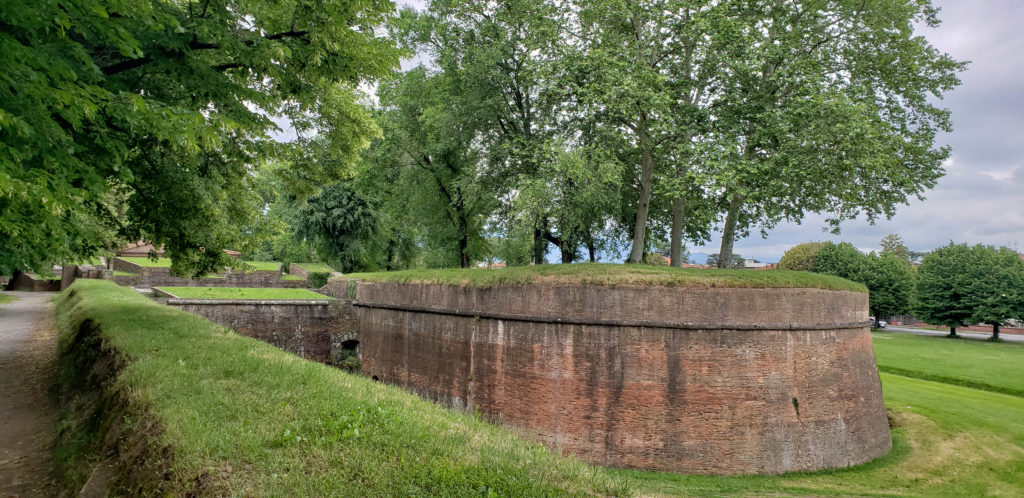
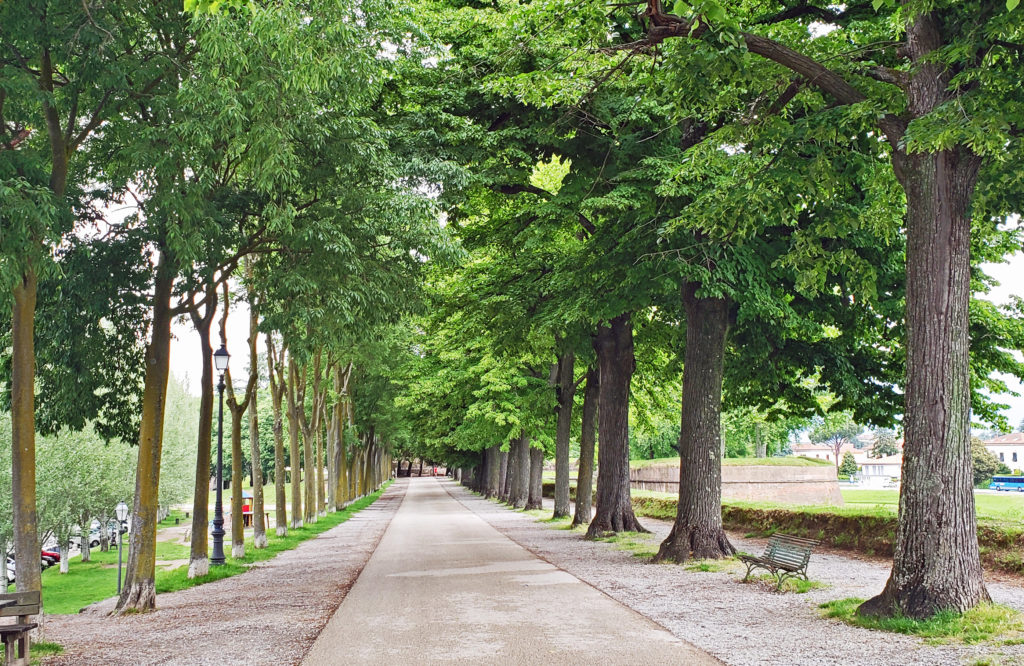 One of the attractions of Lucca is the medieval city wall. Lucca is one of the few ancient cities in Europe with an intact wall. The wall is a wide earthen structure faced with brick, constructed between 1550 and 1650. The top of the wall is now a tree-lined park with a wide pedestrian/bicycle path. The 2.5-mile-long path is a popular walking, jogging, and cycling path.
One of the attractions of Lucca is the medieval city wall. Lucca is one of the few ancient cities in Europe with an intact wall. The wall is a wide earthen structure faced with brick, constructed between 1550 and 1650. The top of the wall is now a tree-lined park with a wide pedestrian/bicycle path. The 2.5-mile-long path is a popular walking, jogging, and cycling path. Bicycles can be rented for about €5/hour or €20/day at several shops in the old city. Riding or walking the wall is a good way to get a view of the city, and a good place to people watch, too. You will see many locals, as well as fellow tourists, walking and riding the walls or just relaxing on park benches. There are also several places where there are tunnels inside the structure of the wall that are surprisingly interesting and well worth seeking out.
Bicycles can be rented for about €5/hour or €20/day at several shops in the old city. Riding or walking the wall is a good way to get a view of the city, and a good place to people watch, too. You will see many locals, as well as fellow tourists, walking and riding the walls or just relaxing on park benches. There are also several places where there are tunnels inside the structure of the wall that are surprisingly interesting and well worth seeking out.
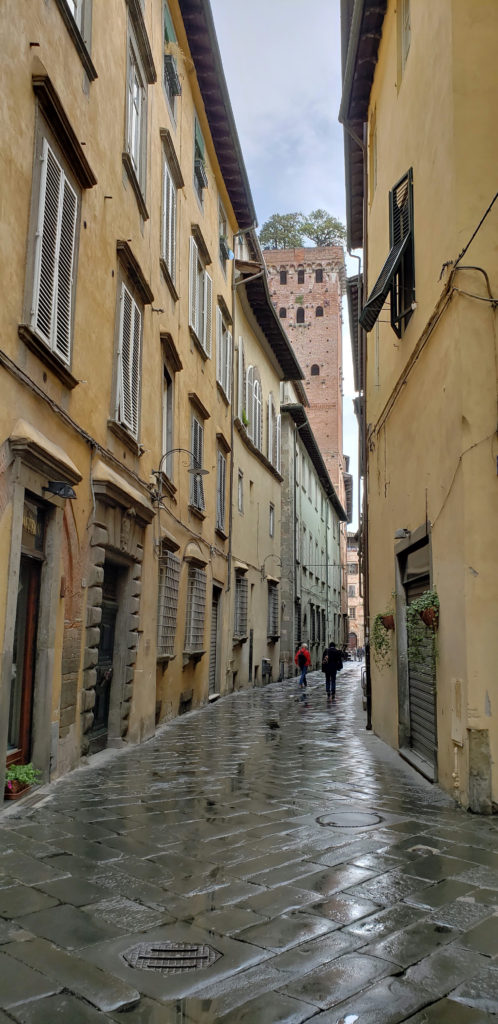 Inside the walls, the old city has many fine old churches, plazas (piazzas), palaces (palazzos), and villas. Getting around can be confusing, as the streets are narrow and lined with tall (4-6 story) buildings, and some much taller towers that block out any visual reference points. On a cloudy day it can be difficult to orient yourself. You may come out onto the street and have no idea which way is north. A city map and a good guidebook are essential. Rick Steves’ guide to Florence and Tuscany has a chapter on Lucca and is a good reference. His walking tour is a good way to see the major sights.
Inside the walls, the old city has many fine old churches, plazas (piazzas), palaces (palazzos), and villas. Getting around can be confusing, as the streets are narrow and lined with tall (4-6 story) buildings, and some much taller towers that block out any visual reference points. On a cloudy day it can be difficult to orient yourself. You may come out onto the street and have no idea which way is north. A city map and a good guidebook are essential. Rick Steves’ guide to Florence and Tuscany has a chapter on Lucca and is a good reference. His walking tour is a good way to see the major sights. We wandered around without a set itinerary and got lost on several occasions. Wandering aimlessly and getting lost has a certain appeal, but one time we couldn’t find the side street where we had left the bikes that we borrowed from the owner of the Airbnb we were staying in. Eventually we figured out that we were on the opposite side of the city than we thought we were. We retrieved the bikes and rode back to our rental, but only after walking almost all of the 2.5-mile wall.
We wandered around without a set itinerary and got lost on several occasions. Wandering aimlessly and getting lost has a certain appeal, but one time we couldn’t find the side street where we had left the bikes that we borrowed from the owner of the Airbnb we were staying in. Eventually we figured out that we were on the opposite side of the city than we thought we were. We retrieved the bikes and rode back to our rental, but only after walking almost all of the 2.5-mile wall.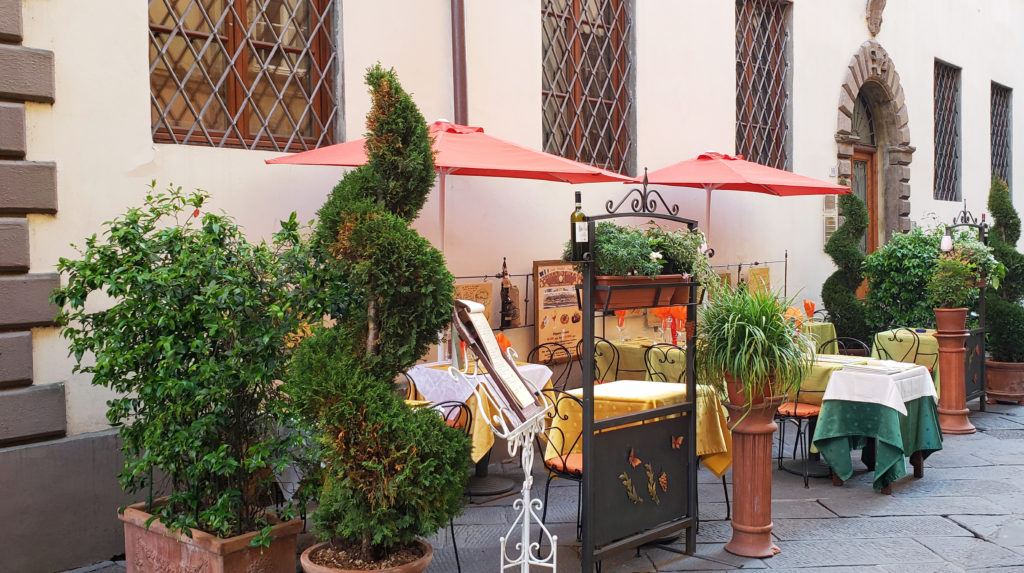 Some of the major attractions in Lucca are the Piazza San Michele and the Church of San Michele (Chiesa di San Michele), the Cathedral Museum (Museo della Cattedrale), the Guingi Tower (Torre Guingi) and Villa Guingi, the Casa di Puccini (the birthplace of the opera composer Giacomo Pucccini), the San Martino Cathedral, the San Giovanni Church, the Church of San Fediano, the Pallazzo Mansi, and the Palazzo Pfanner. All of these are described in the Rick Steves guide, as well as other guidebooks.
Some of the major attractions in Lucca are the Piazza San Michele and the Church of San Michele (Chiesa di San Michele), the Cathedral Museum (Museo della Cattedrale), the Guingi Tower (Torre Guingi) and Villa Guingi, the Casa di Puccini (the birthplace of the opera composer Giacomo Pucccini), the San Martino Cathedral, the San Giovanni Church, the Church of San Fediano, the Pallazzo Mansi, and the Palazzo Pfanner. All of these are described in the Rick Steves guide, as well as other guidebooks.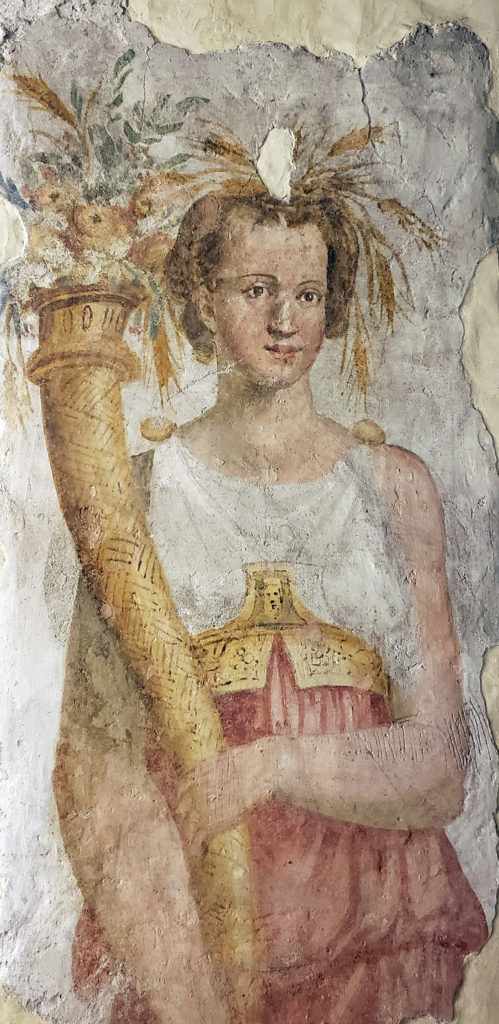
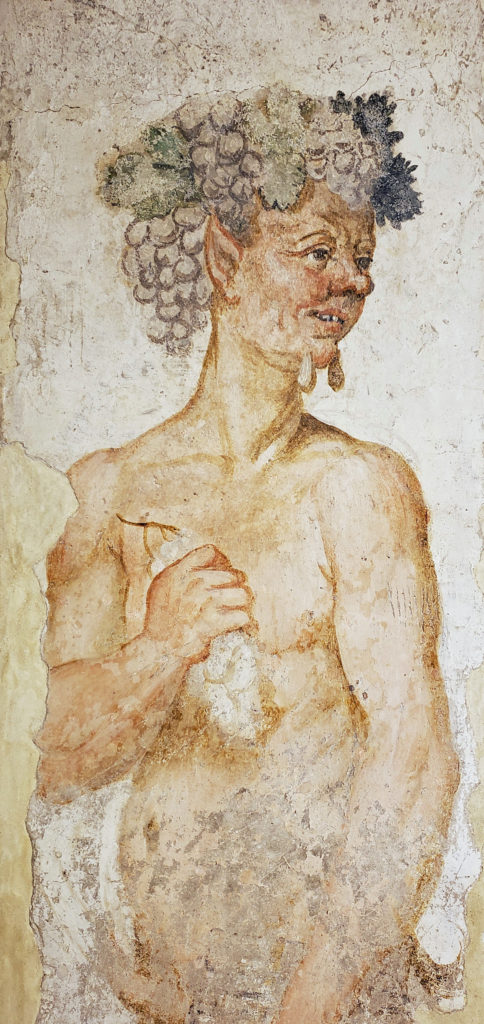 Climbing the 220 steps of the Torre Guinigi gives you a good view of the city and you’ll find an interesting little grove of trees growing on the summit of the tower. This was the first of our tower climbs during our trip. More would come in Siena and Florence, culminating with our back-to-back climbs of the Duomo and Campanile (Giotto’s Tower) in Florence (both 400+ steps). Lucca once had 160 towers like the Torre Guingi, all private residences of wealthy merchant families. Only a few remain. A combination ticket that gets you into both the Torre Guinigi and the Clock Tower costs less than €10. Most of the other attractions in Lucca are similarly inexpensive, mostly between €5 and €10.
Climbing the 220 steps of the Torre Guinigi gives you a good view of the city and you’ll find an interesting little grove of trees growing on the summit of the tower. This was the first of our tower climbs during our trip. More would come in Siena and Florence, culminating with our back-to-back climbs of the Duomo and Campanile (Giotto’s Tower) in Florence (both 400+ steps). Lucca once had 160 towers like the Torre Guingi, all private residences of wealthy merchant families. Only a few remain. A combination ticket that gets you into both the Torre Guinigi and the Clock Tower costs less than €10. Most of the other attractions in Lucca are similarly inexpensive, mostly between €5 and €10.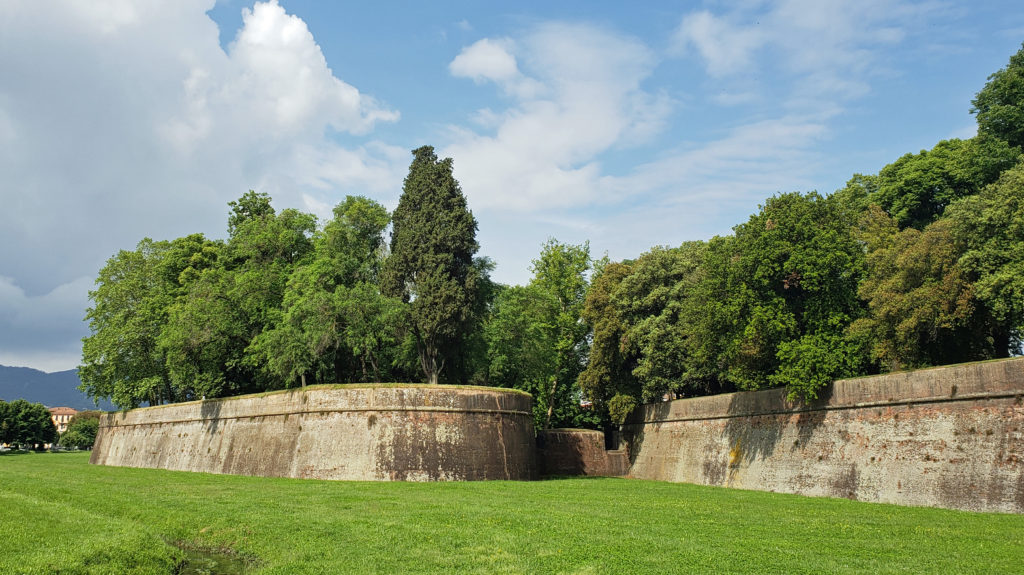 There are no shortages of places in Lucca to get a good meal, something we found true everywhere we went in Italy. There are some fine dining establishments that are recommended the guidebooks, but we found the sidewalk and piazza cafes that are so abundant all had very good food at surprisingly affordable prices. It’s hard to go wrong, wherever you choose to dine. Gelato is serious stuff in Lucca, too, as it is everywhere in Italy.
There are no shortages of places in Lucca to get a good meal, something we found true everywhere we went in Italy. There are some fine dining establishments that are recommended the guidebooks, but we found the sidewalk and piazza cafes that are so abundant all had very good food at surprisingly affordable prices. It’s hard to go wrong, wherever you choose to dine. Gelato is serious stuff in Lucca, too, as it is everywhere in Italy.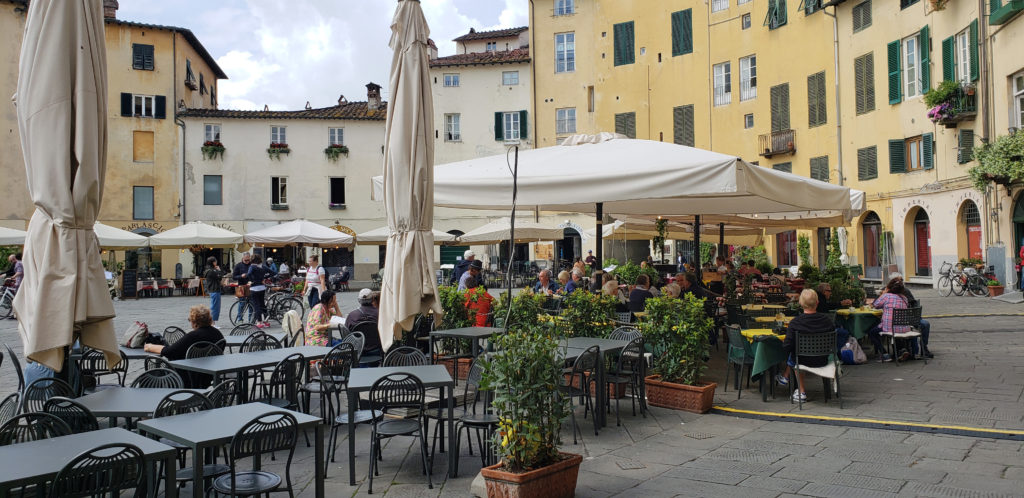 If you’re visiting Tuscany, Lucca should be on your itinerary, even if you only have an afternoon to explore it. Siena is prettier, and Lucca doesn’t have the history or art and culture of Florence, but it is more authentic and much less touristy, and has its own appeal. You won’t regret it.
If you’re visiting Tuscany, Lucca should be on your itinerary, even if you only have an afternoon to explore it. Siena is prettier, and Lucca doesn’t have the history or art and culture of Florence, but it is more authentic and much less touristy, and has its own appeal. You won’t regret it.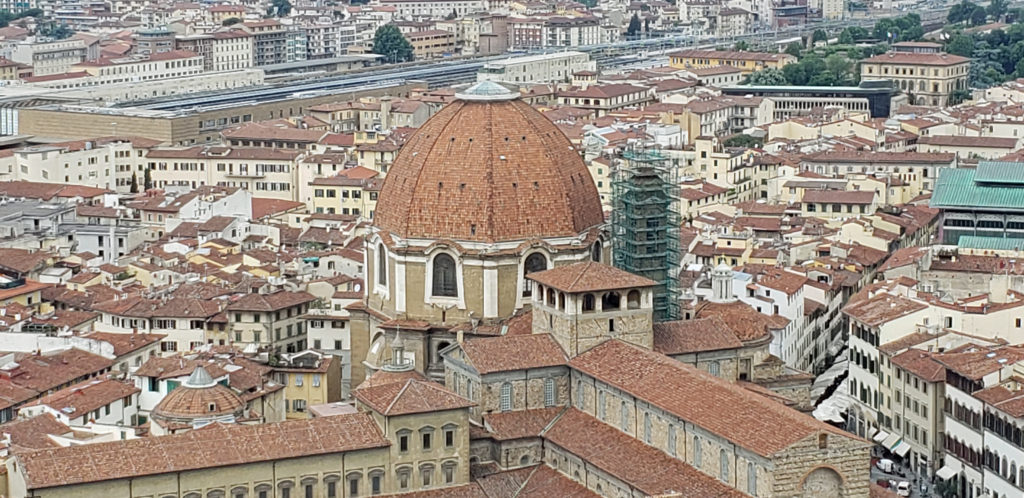
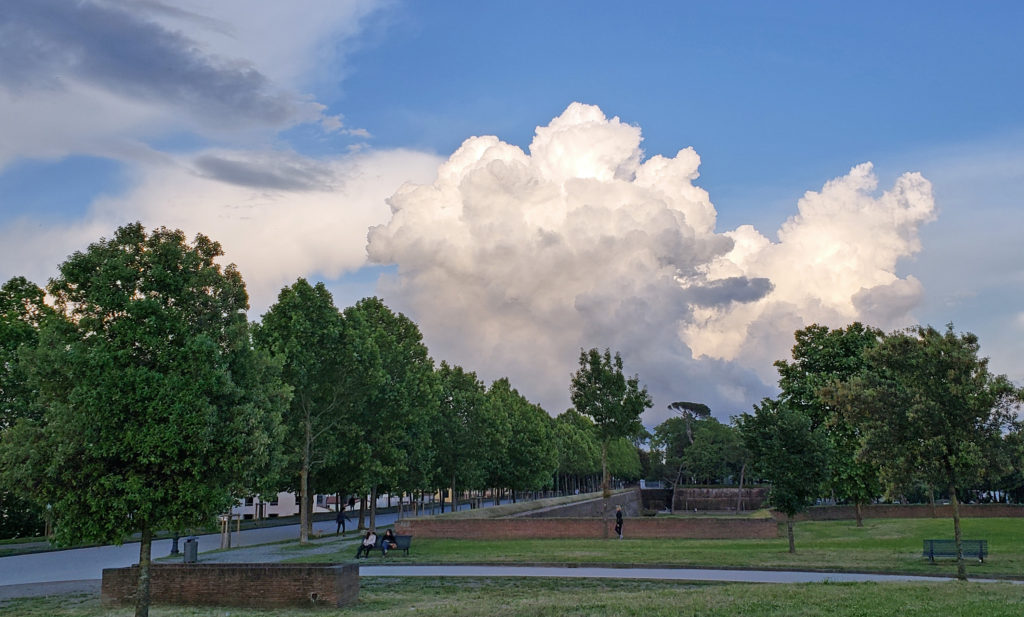 Originally posted September 17, 2018. Updated and re-posted April 14, 2021 and May 21, 2023.
Originally posted September 17, 2018. Updated and re-posted April 14, 2021 and May 21, 2023.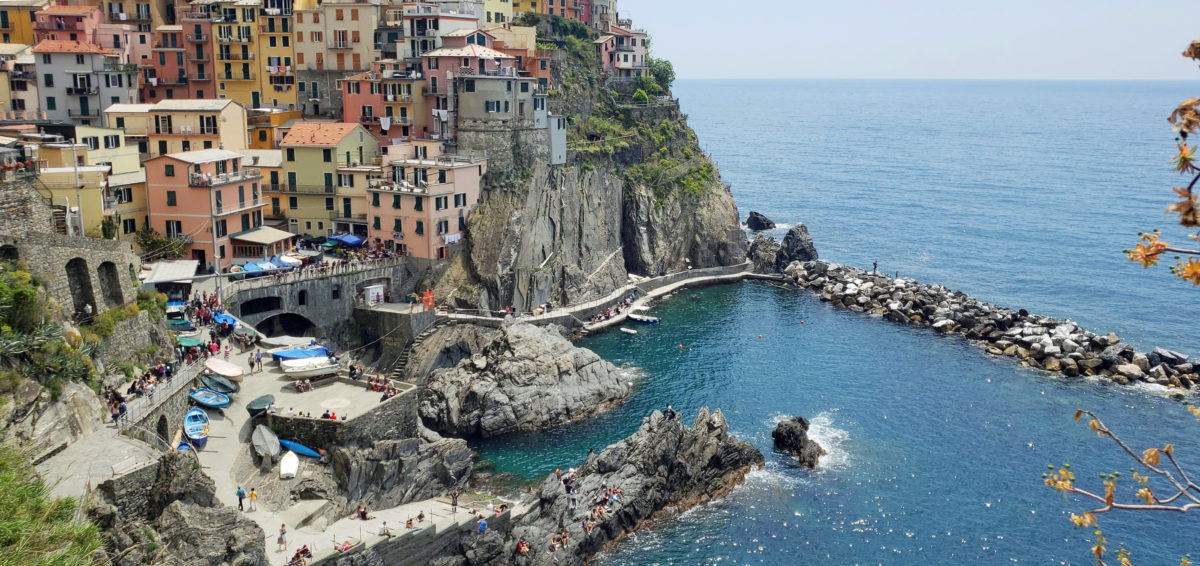
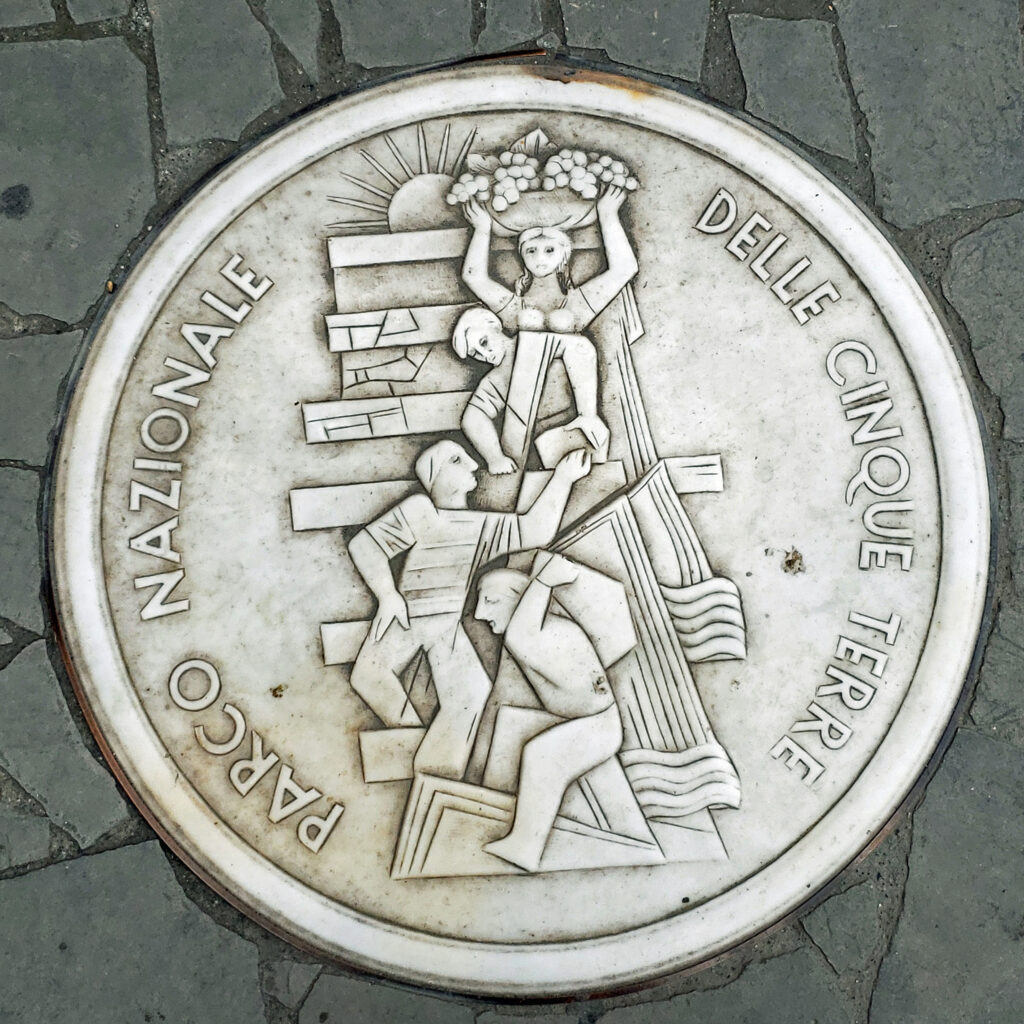 The following is an expanded and updated version of an August 2018 post on this site.
The following is an expanded and updated version of an August 2018 post on this site.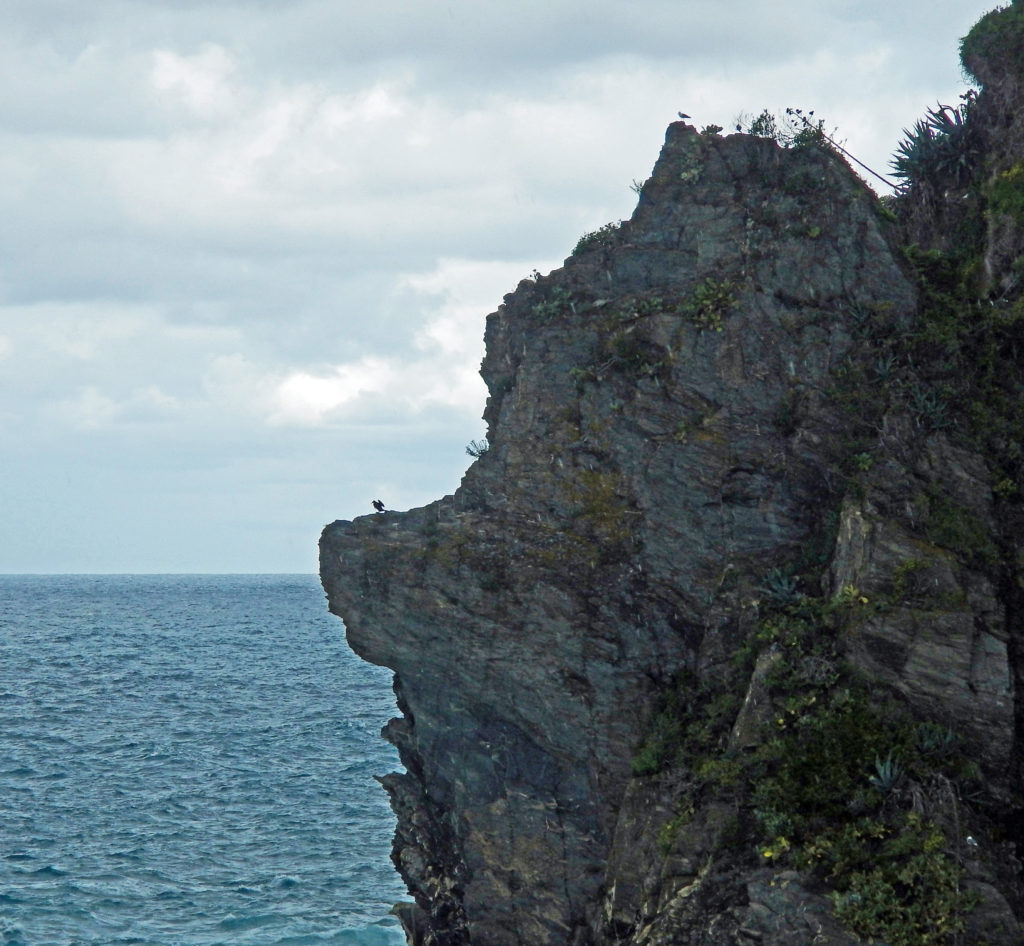
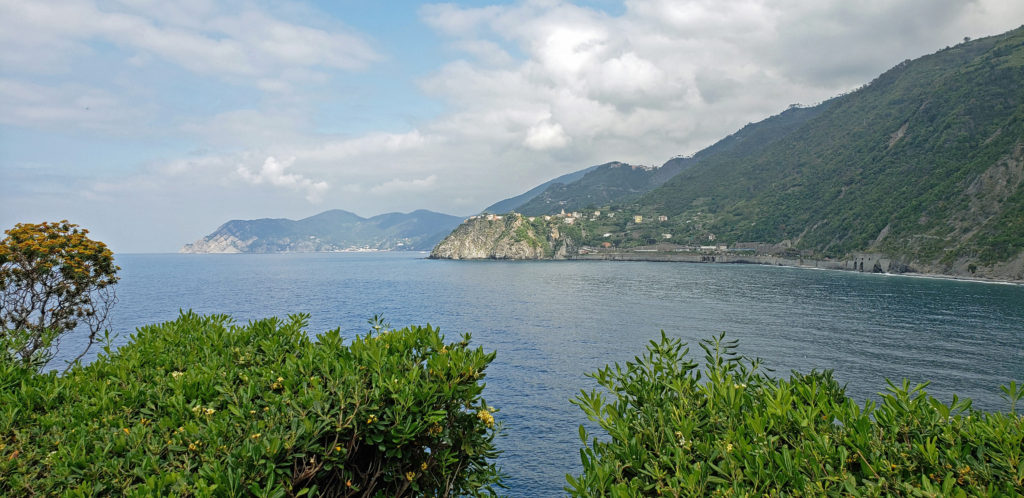
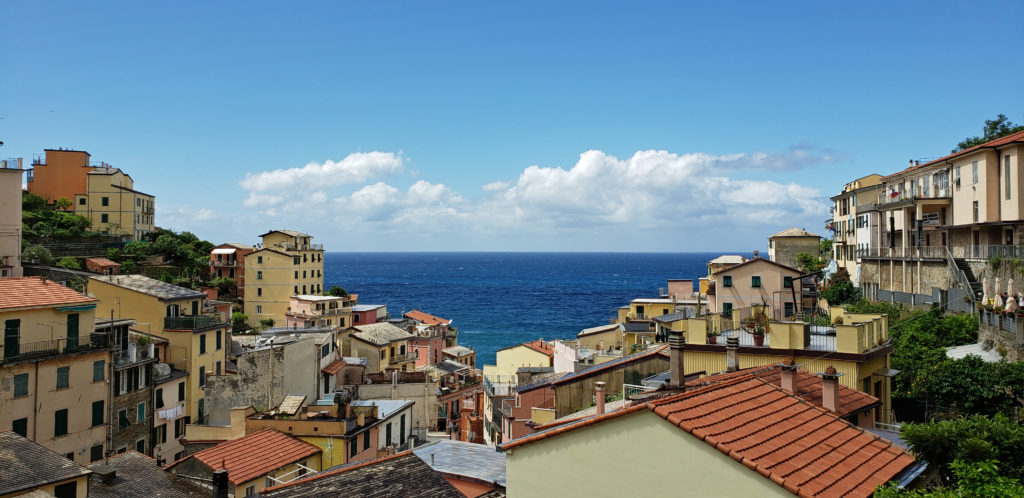
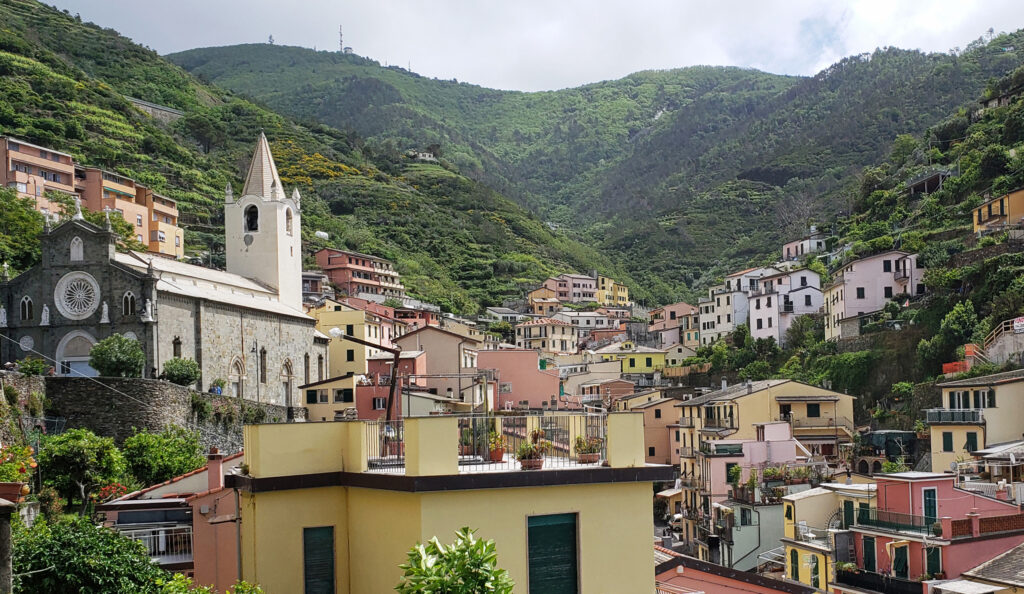
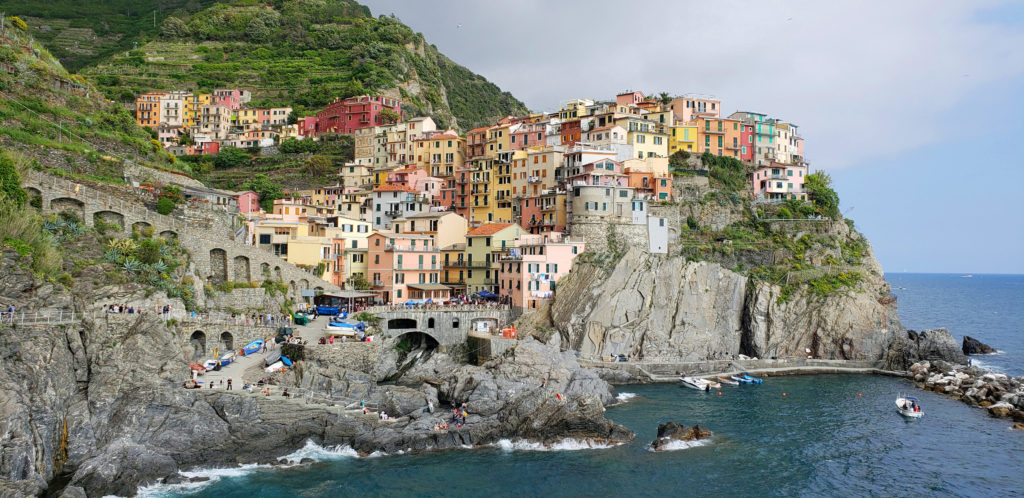

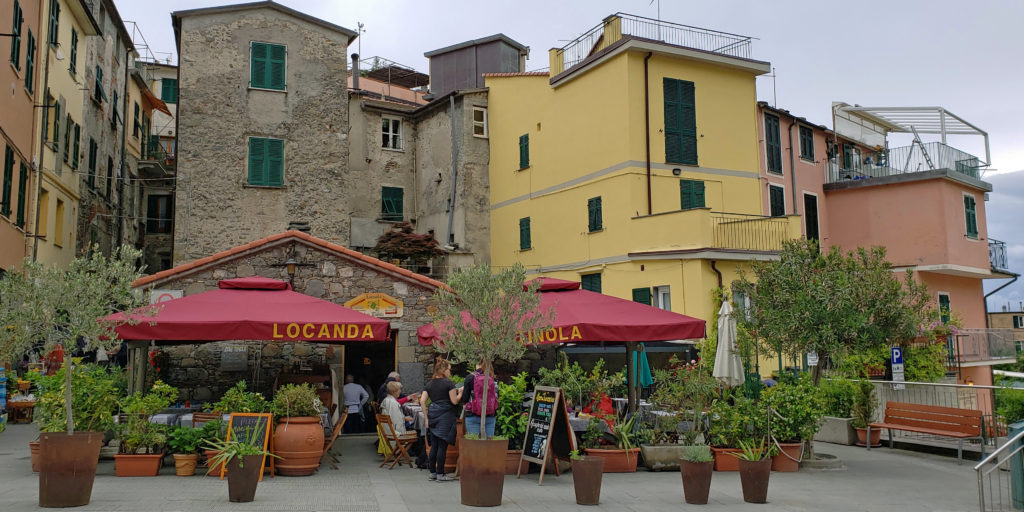
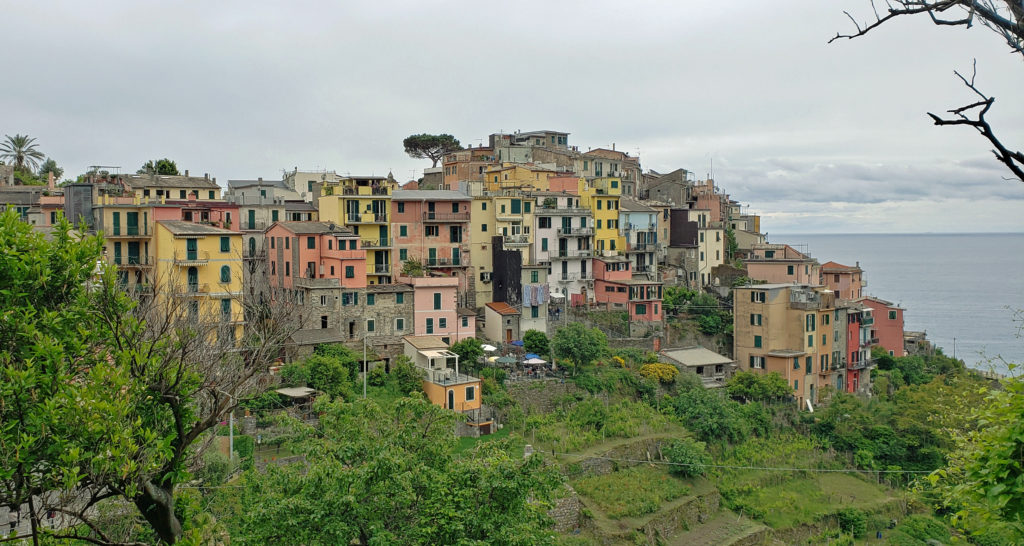
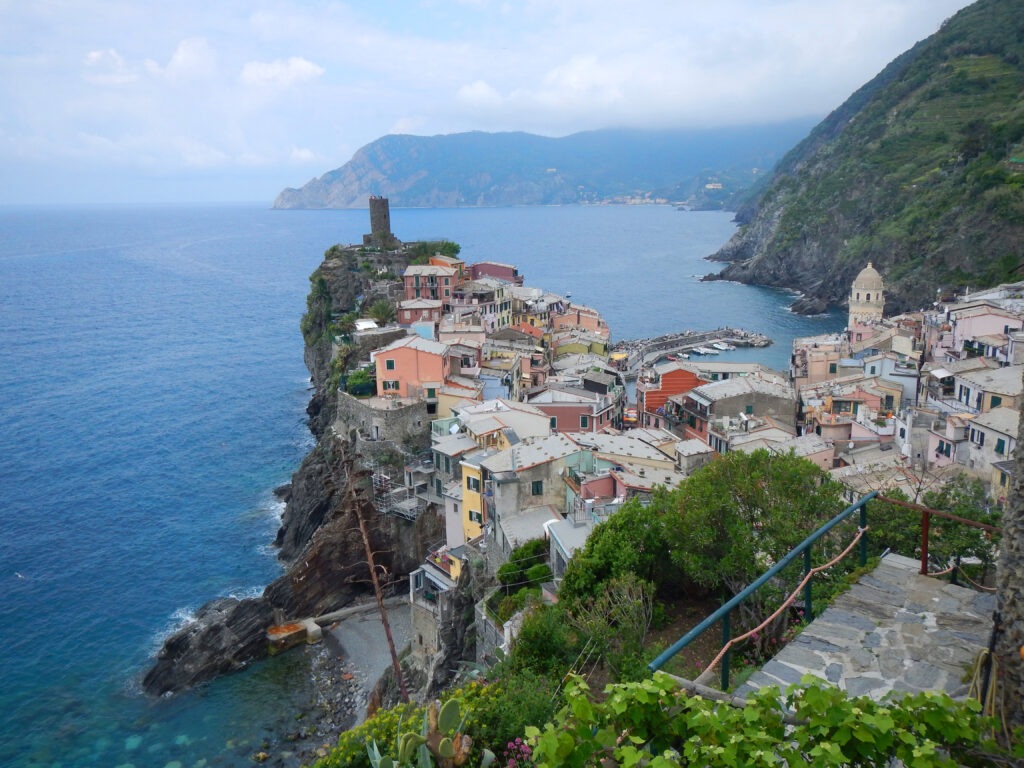
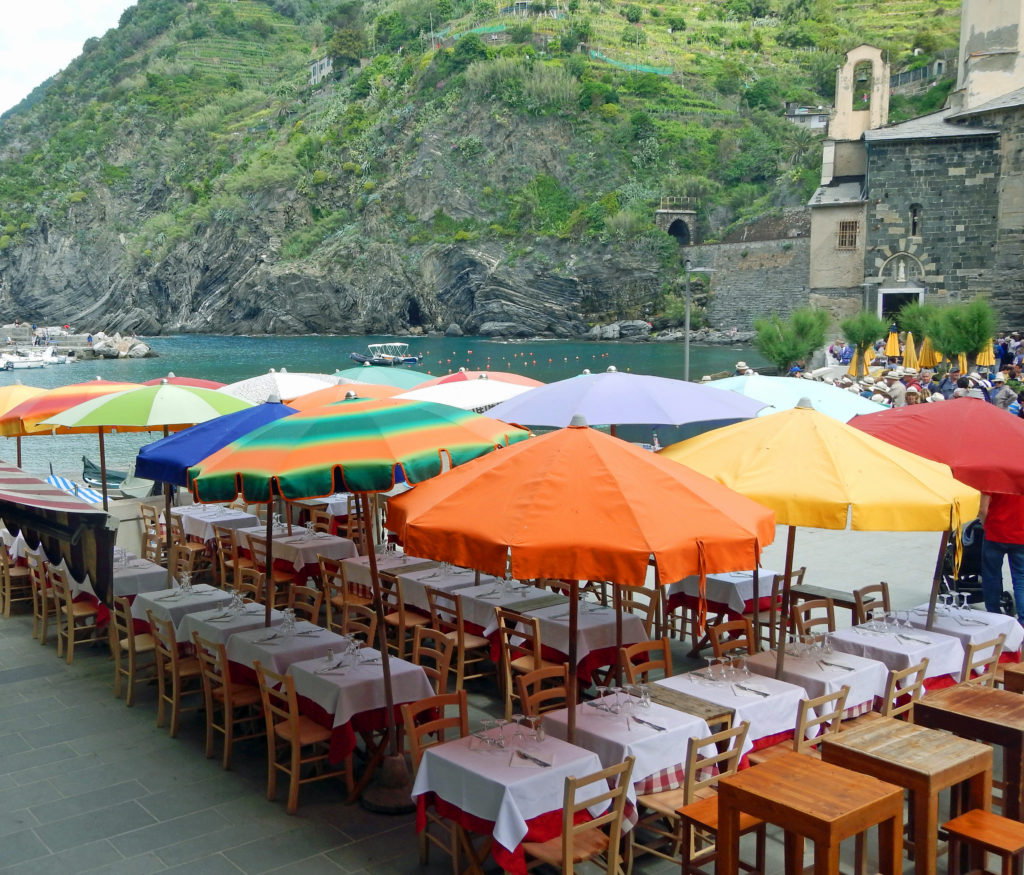
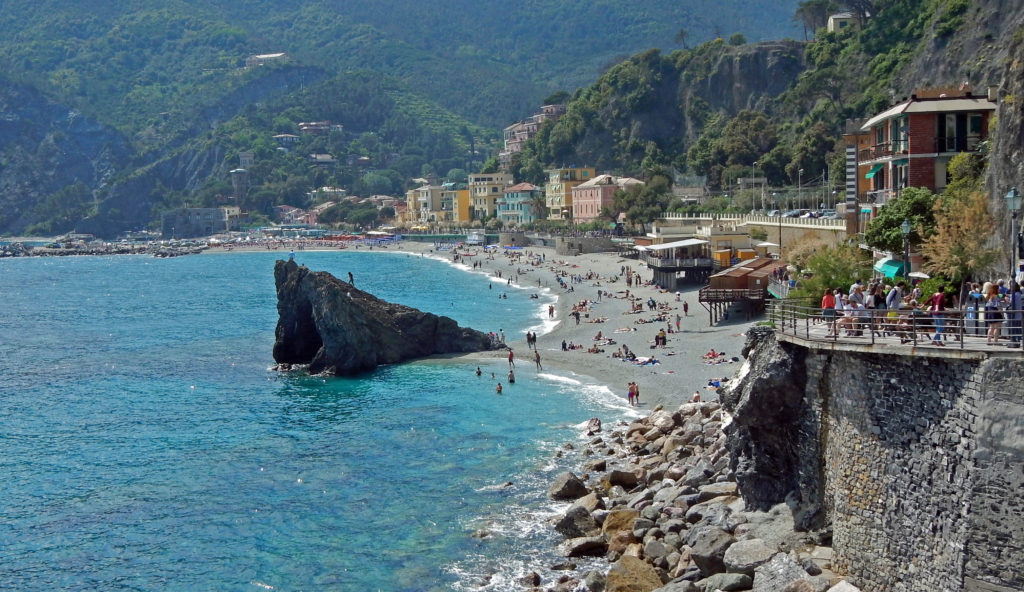

 Because we would not be home on Mother’s Day, my two stepdaughters bought my wife (and me) tickets to a pesto making class and lunch at the Nessum Dorma Restaurant in Manarola, something I would not have done on my own, but which turned out to be both a good introduction to Italian cuisine and loads of fun. And the food was very good, including the pesto that we made ourselves.
Because we would not be home on Mother’s Day, my two stepdaughters bought my wife (and me) tickets to a pesto making class and lunch at the Nessum Dorma Restaurant in Manarola, something I would not have done on my own, but which turned out to be both a good introduction to Italian cuisine and loads of fun. And the food was very good, including the pesto that we made ourselves.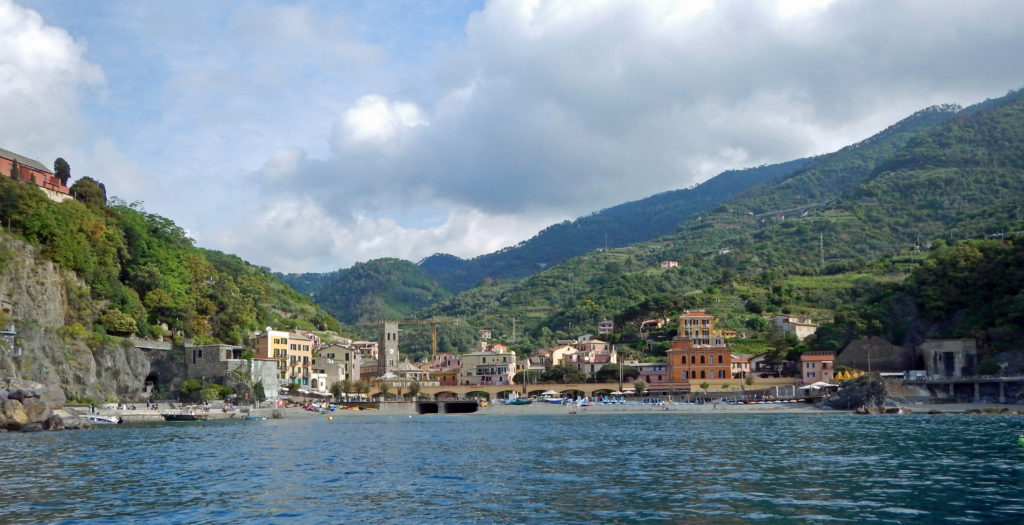
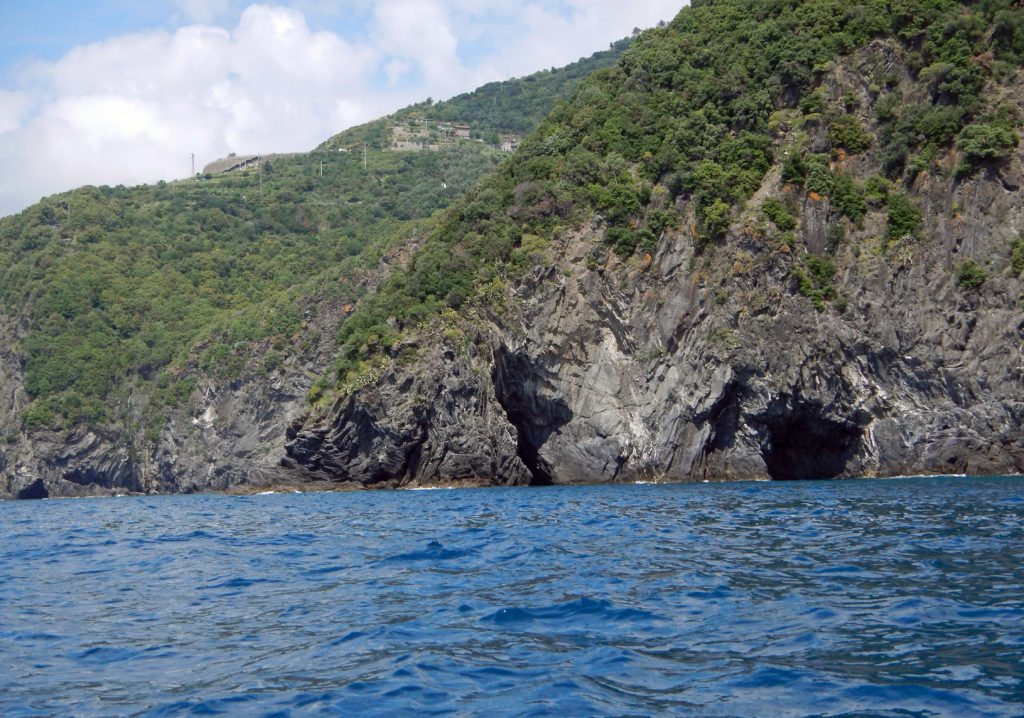

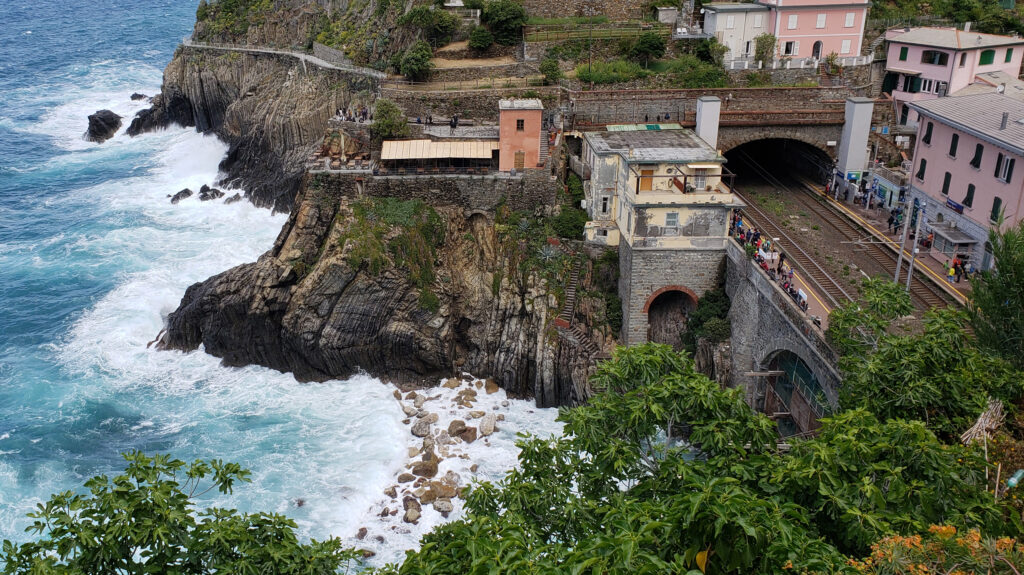
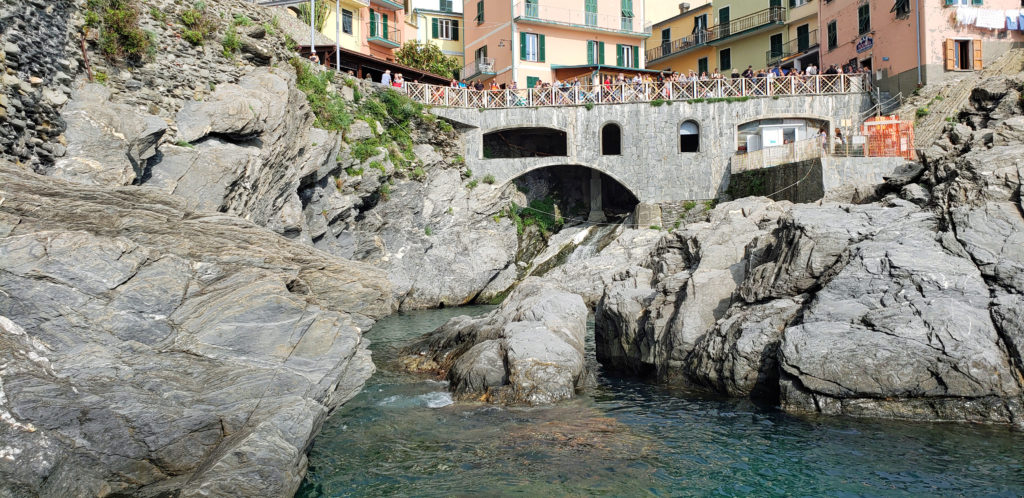
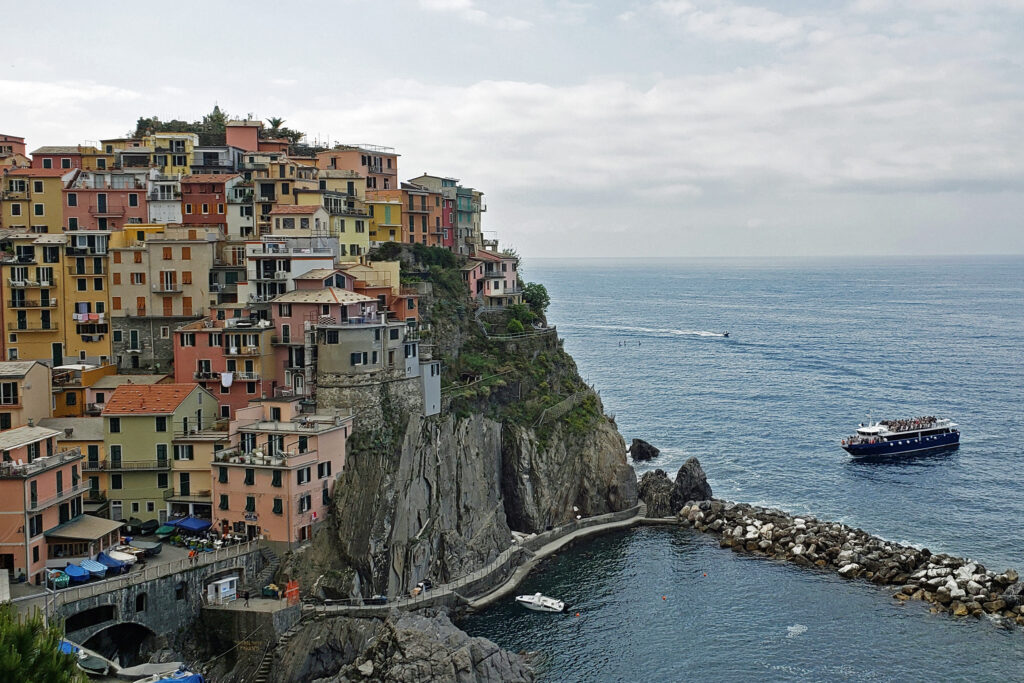
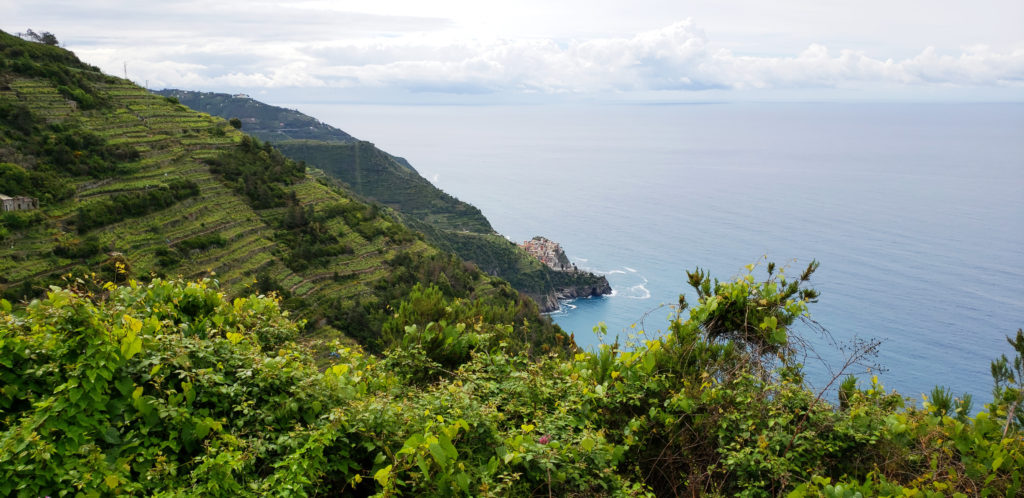
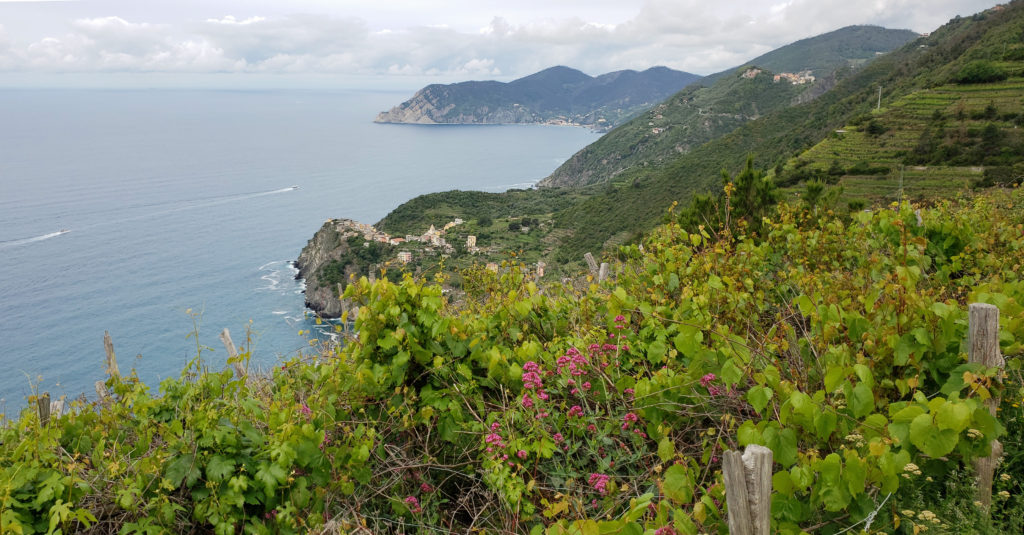
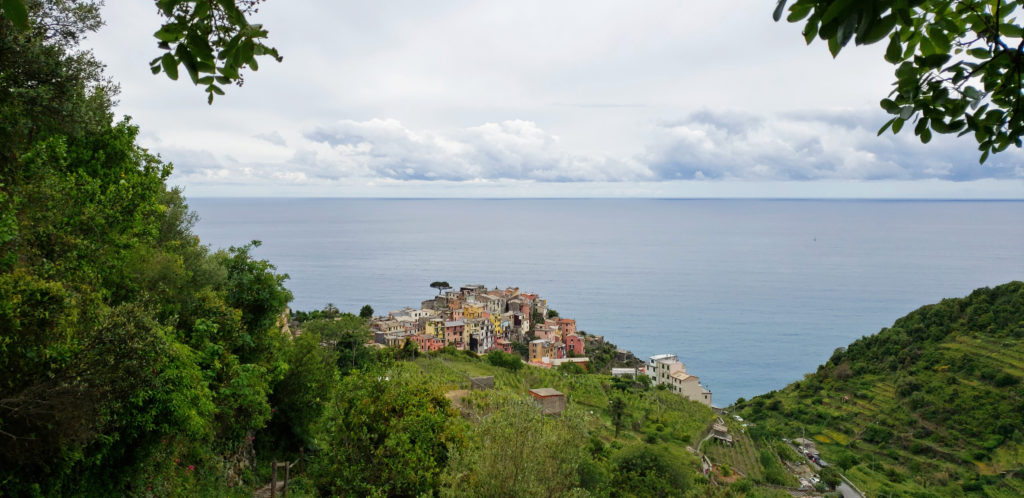
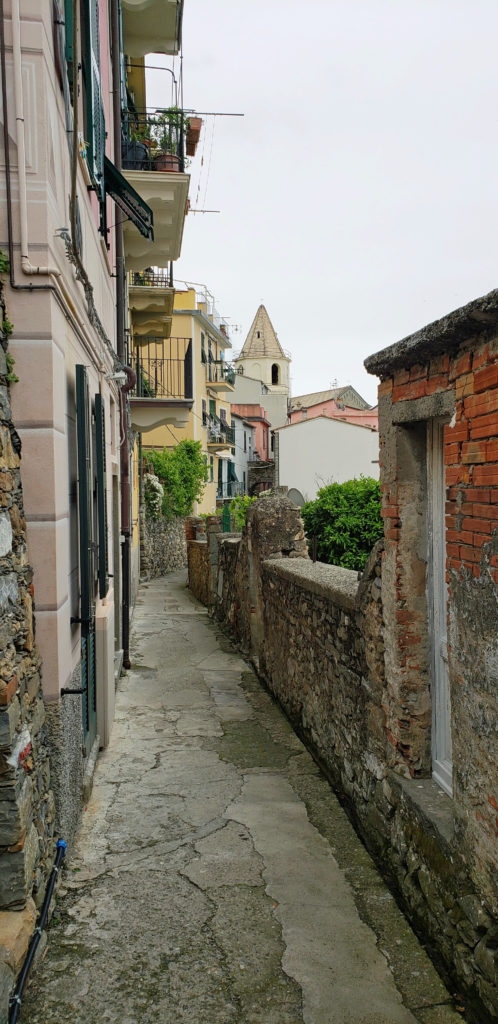


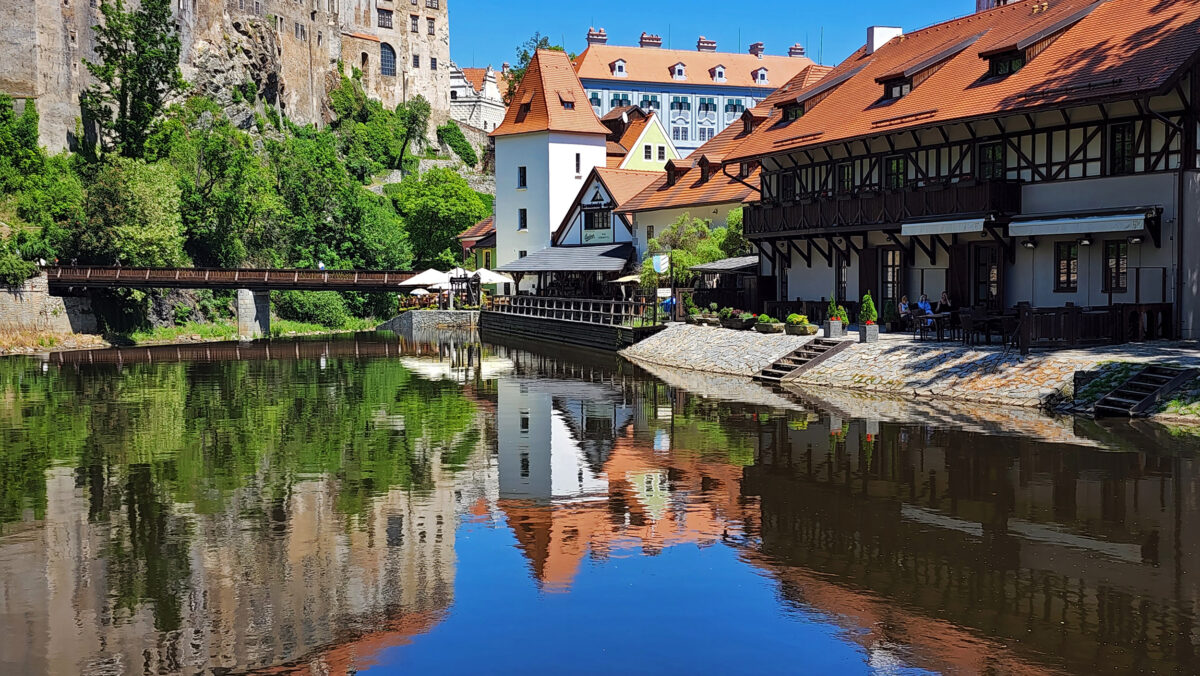
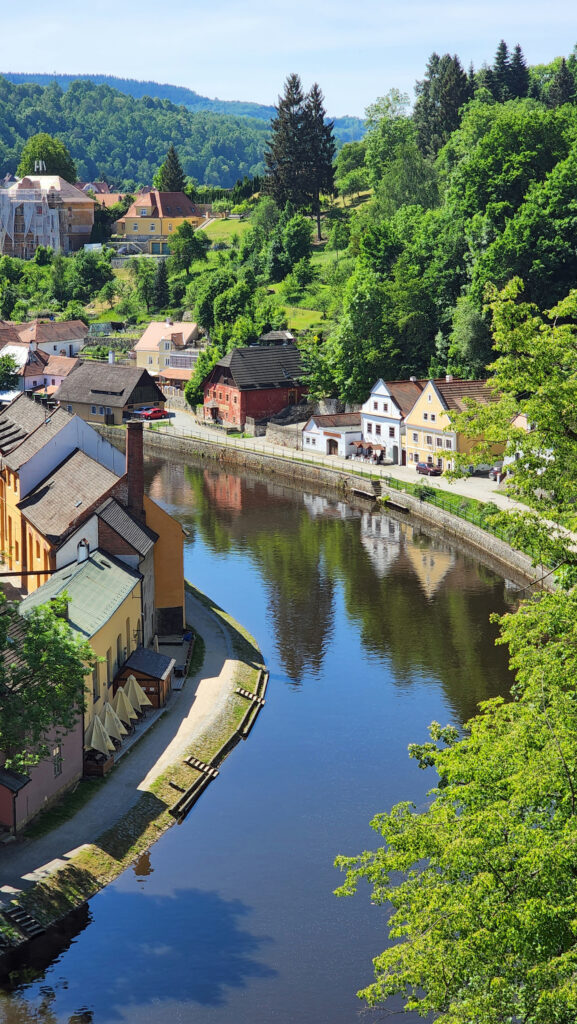
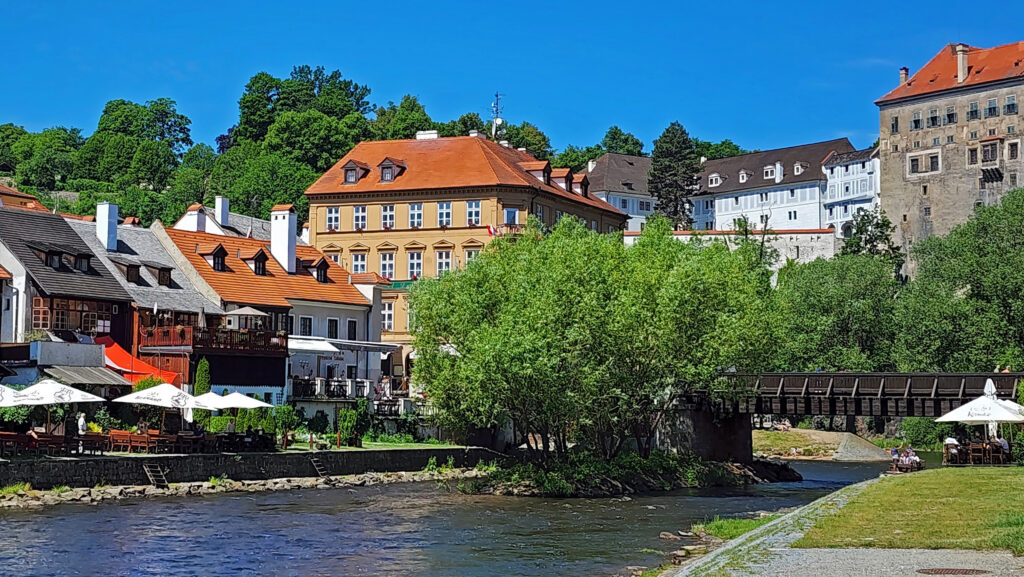
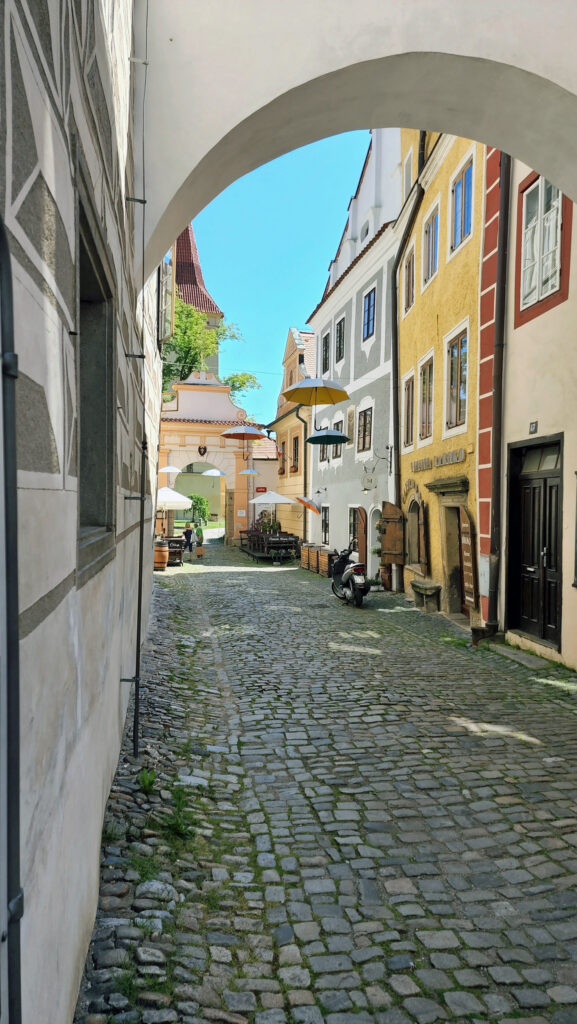
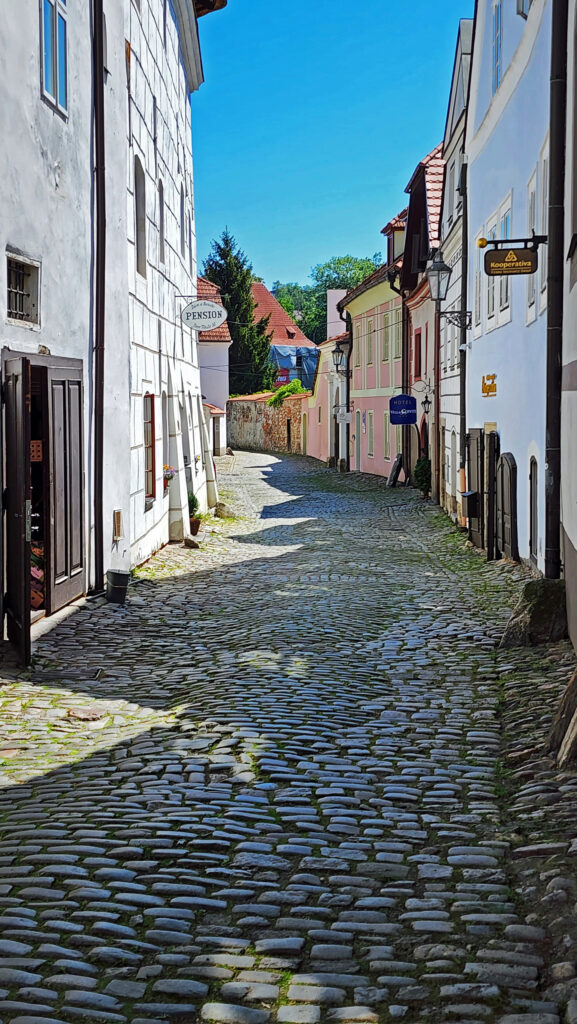
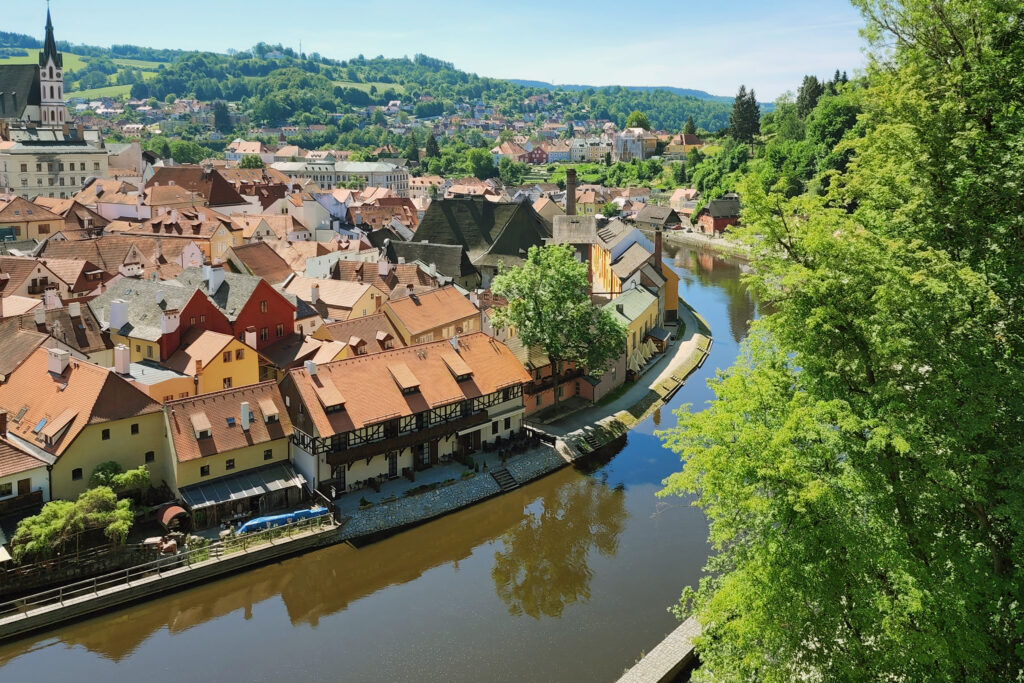

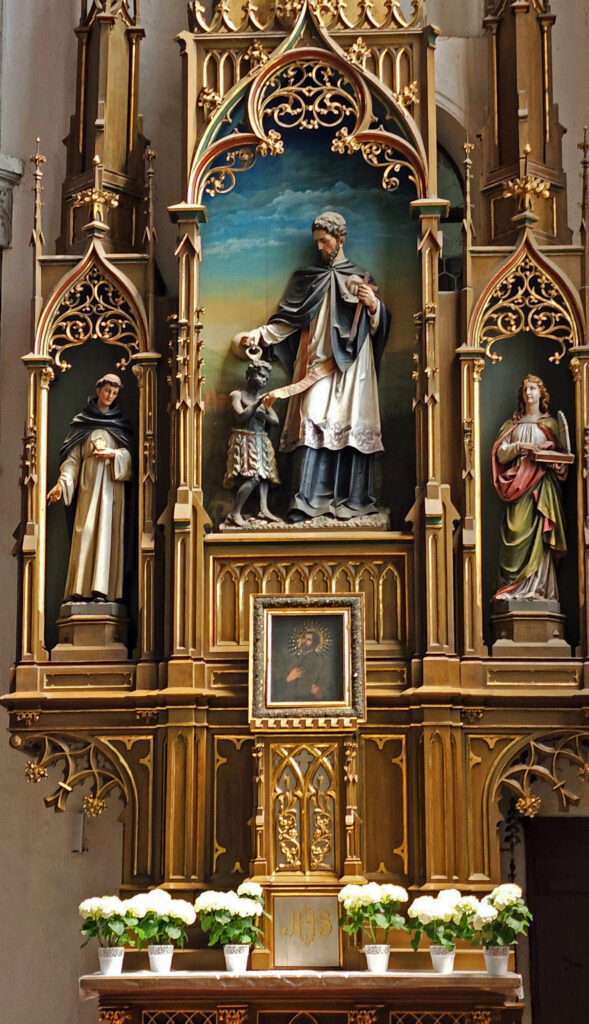
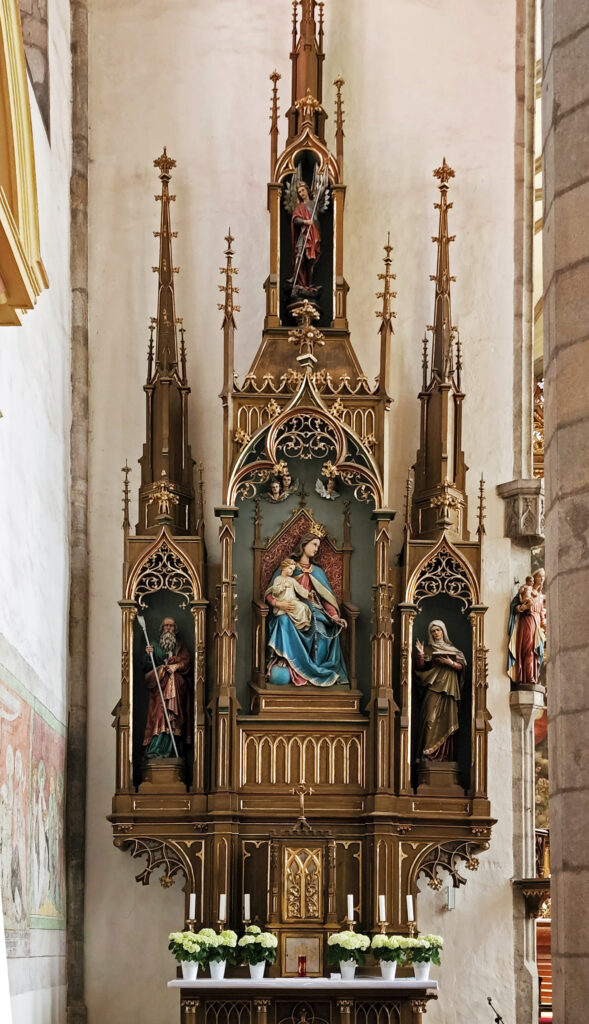
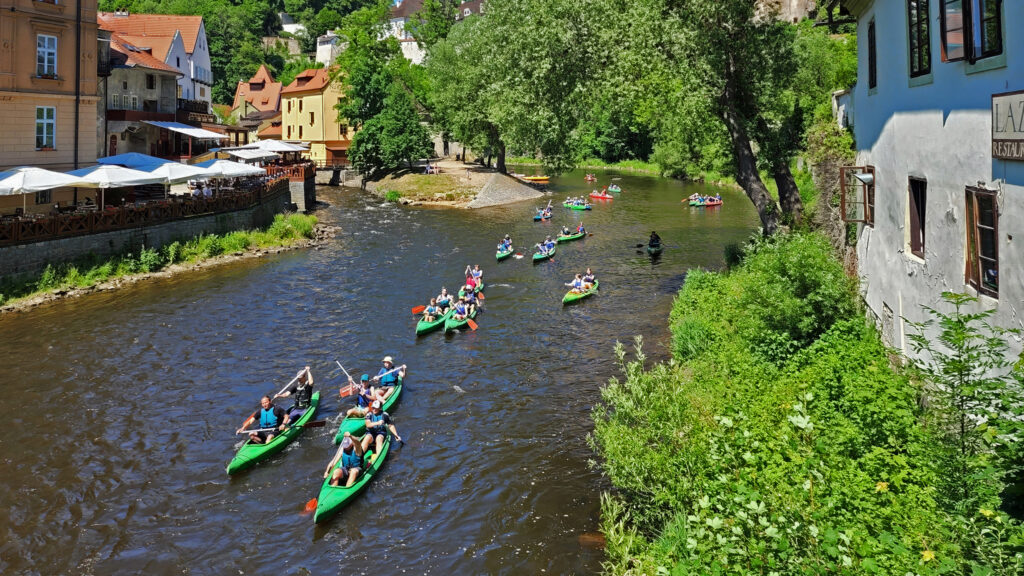
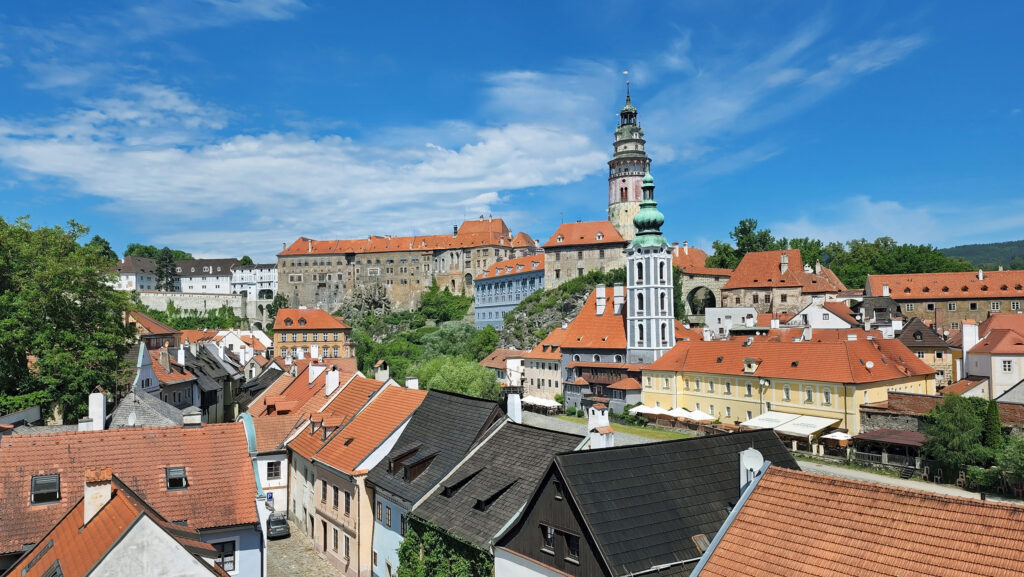
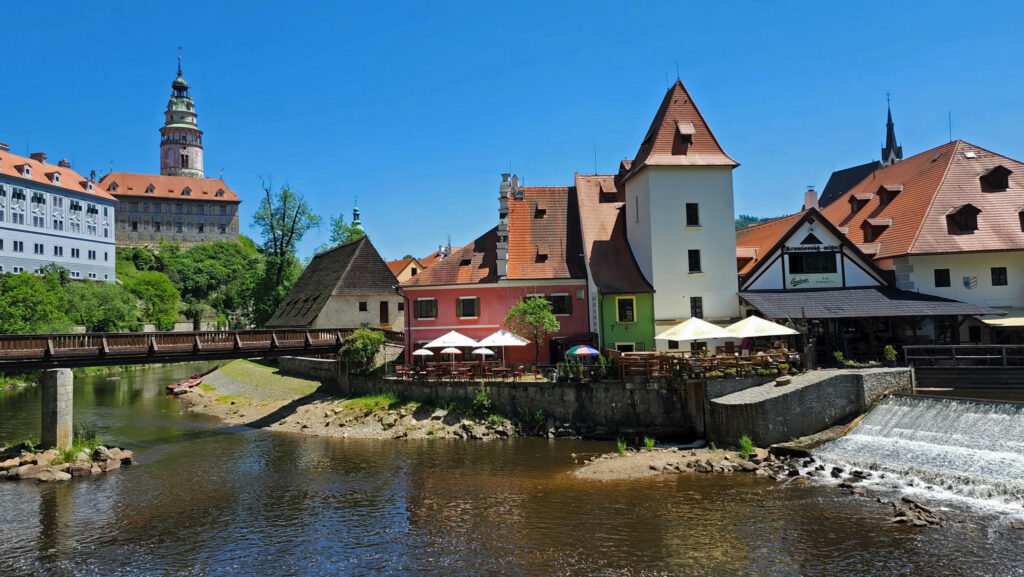
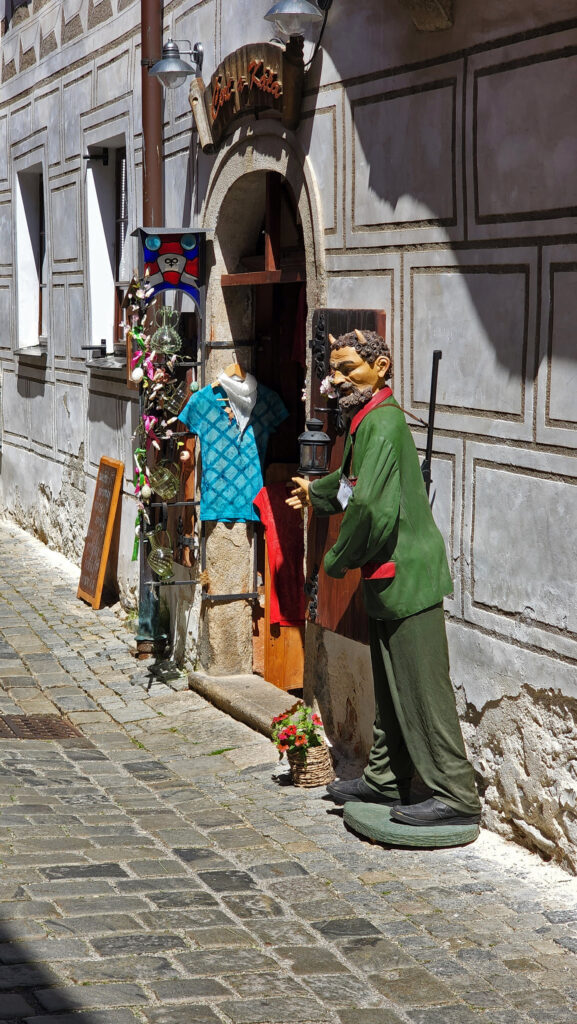 For my money, the best part of our visit was simply wandering around the historic center, walking the cobblestone streets and taking in the wonderful architecture, the beauty of the Vltava River that meanders around and through the town, and finding some of the charming and quirky things that set Czesky Krumlov apart. The old town area is car free and pedestrian friendly.
For my money, the best part of our visit was simply wandering around the historic center, walking the cobblestone streets and taking in the wonderful architecture, the beauty of the Vltava River that meanders around and through the town, and finding some of the charming and quirky things that set Czesky Krumlov apart. The old town area is car free and pedestrian friendly.